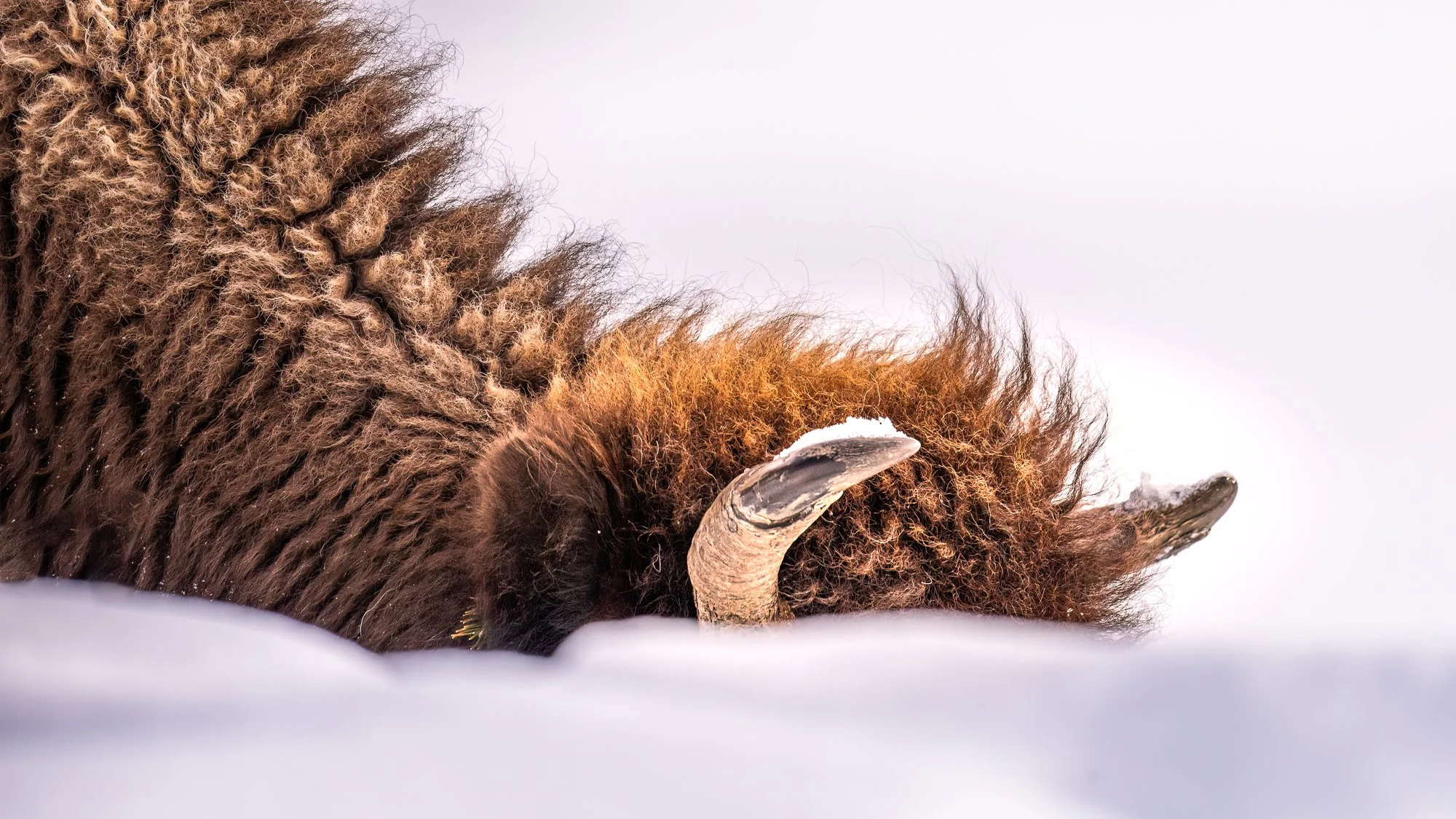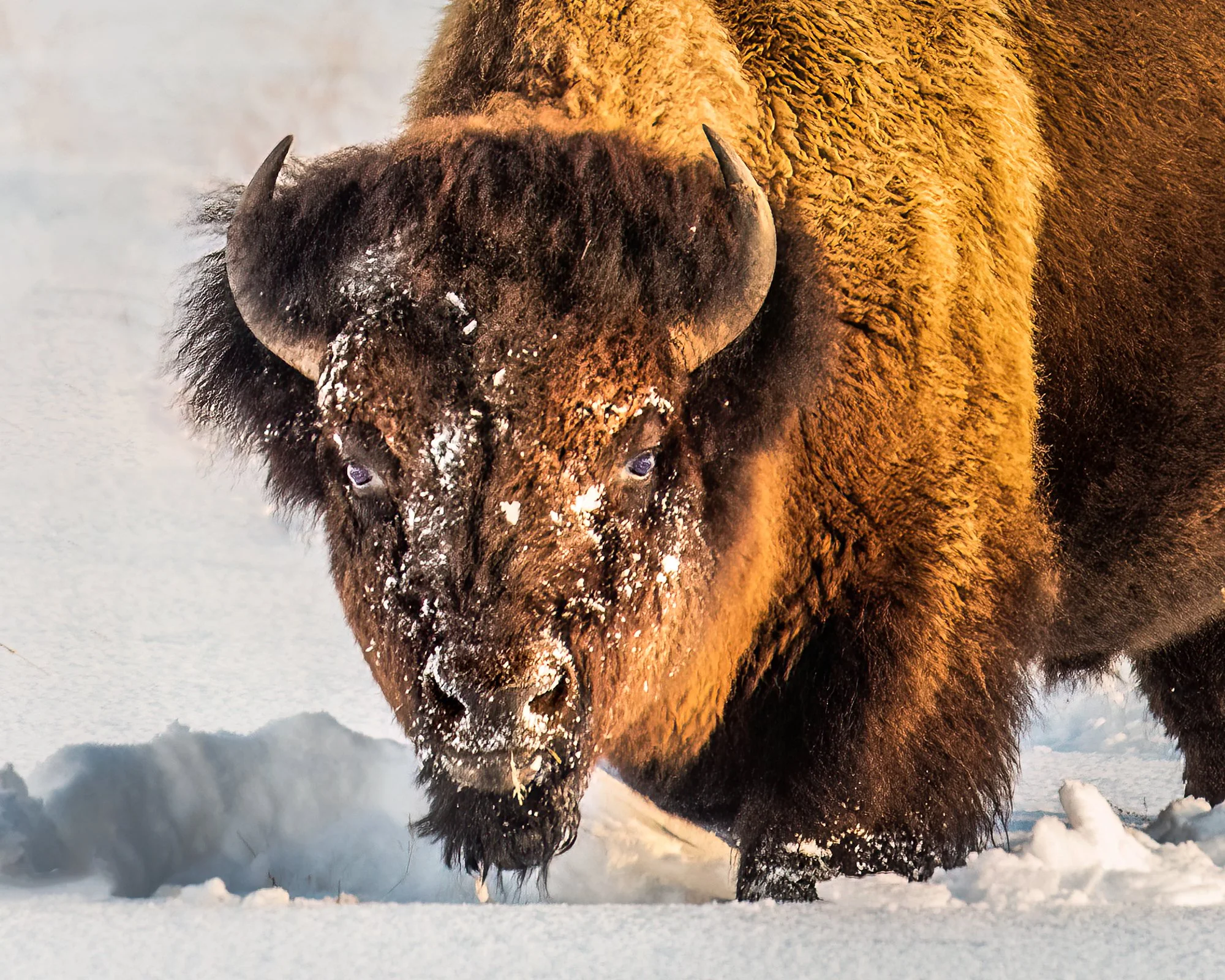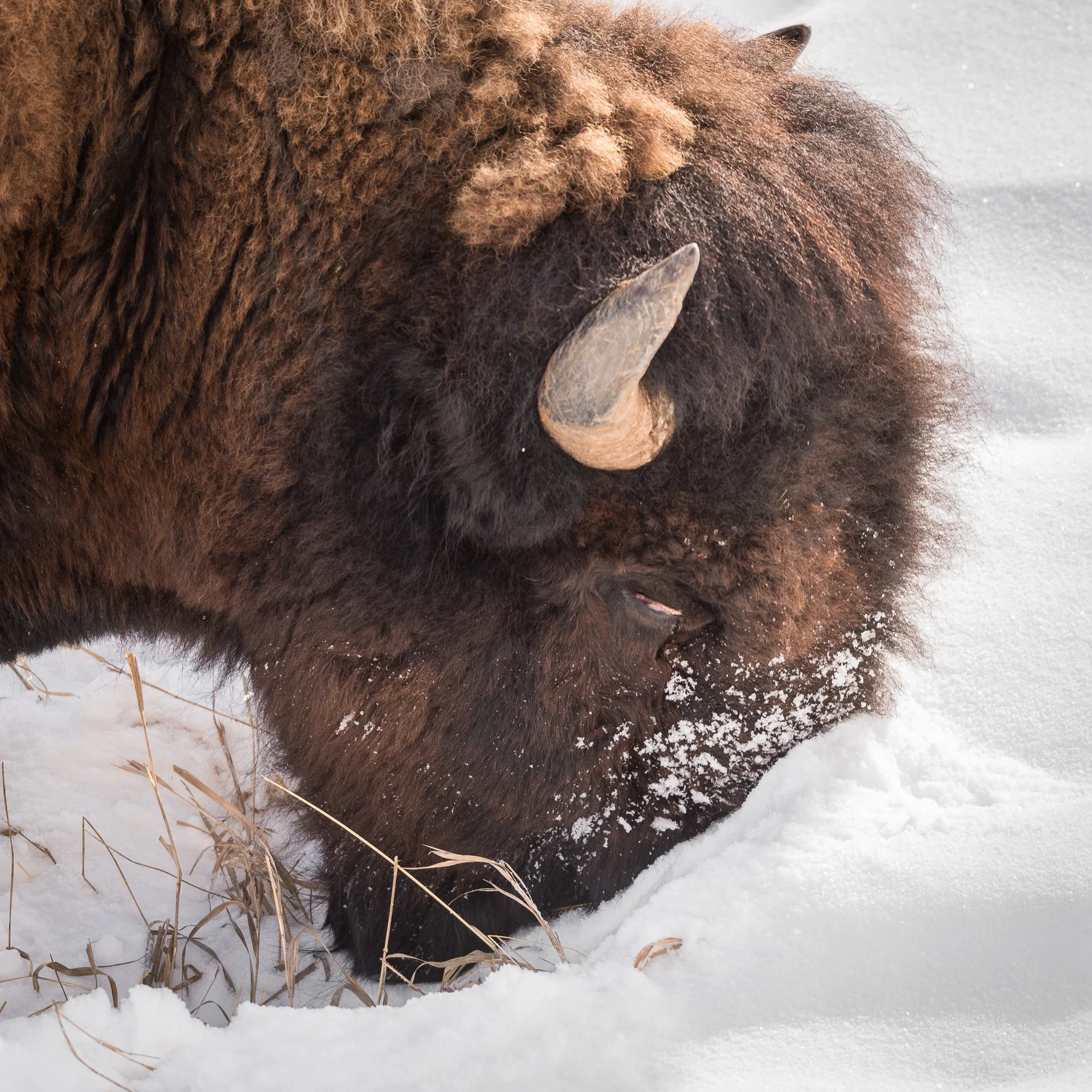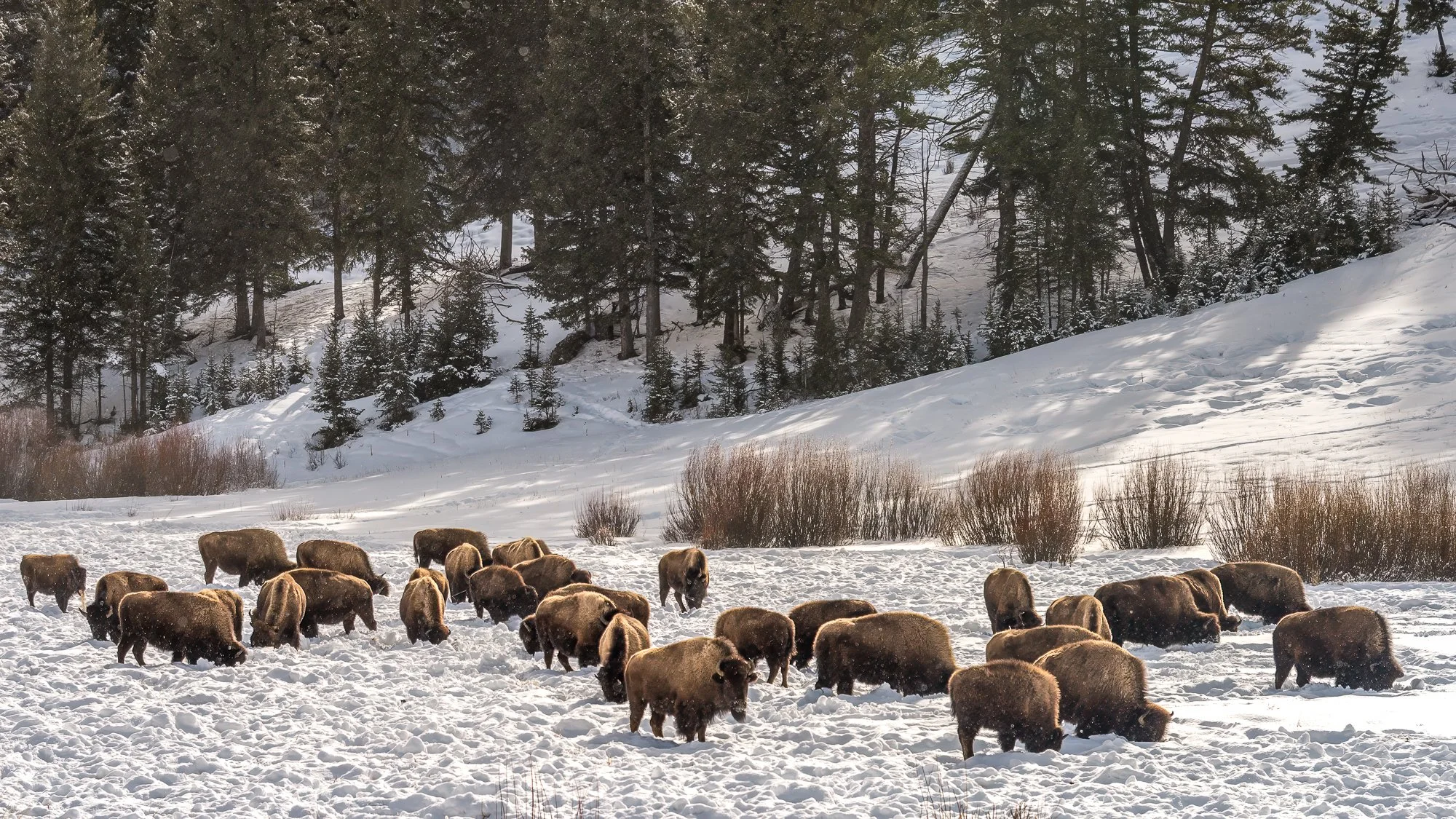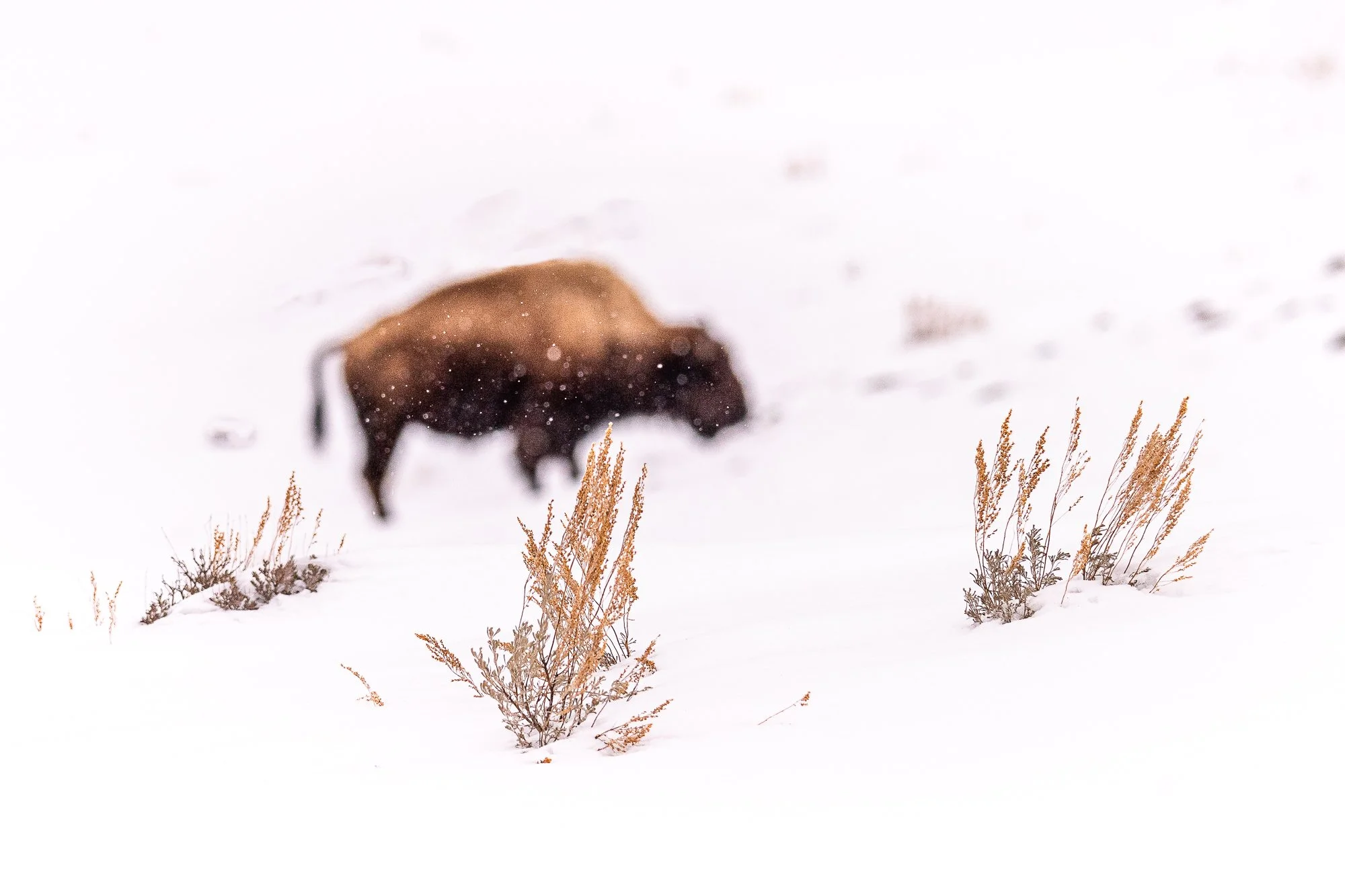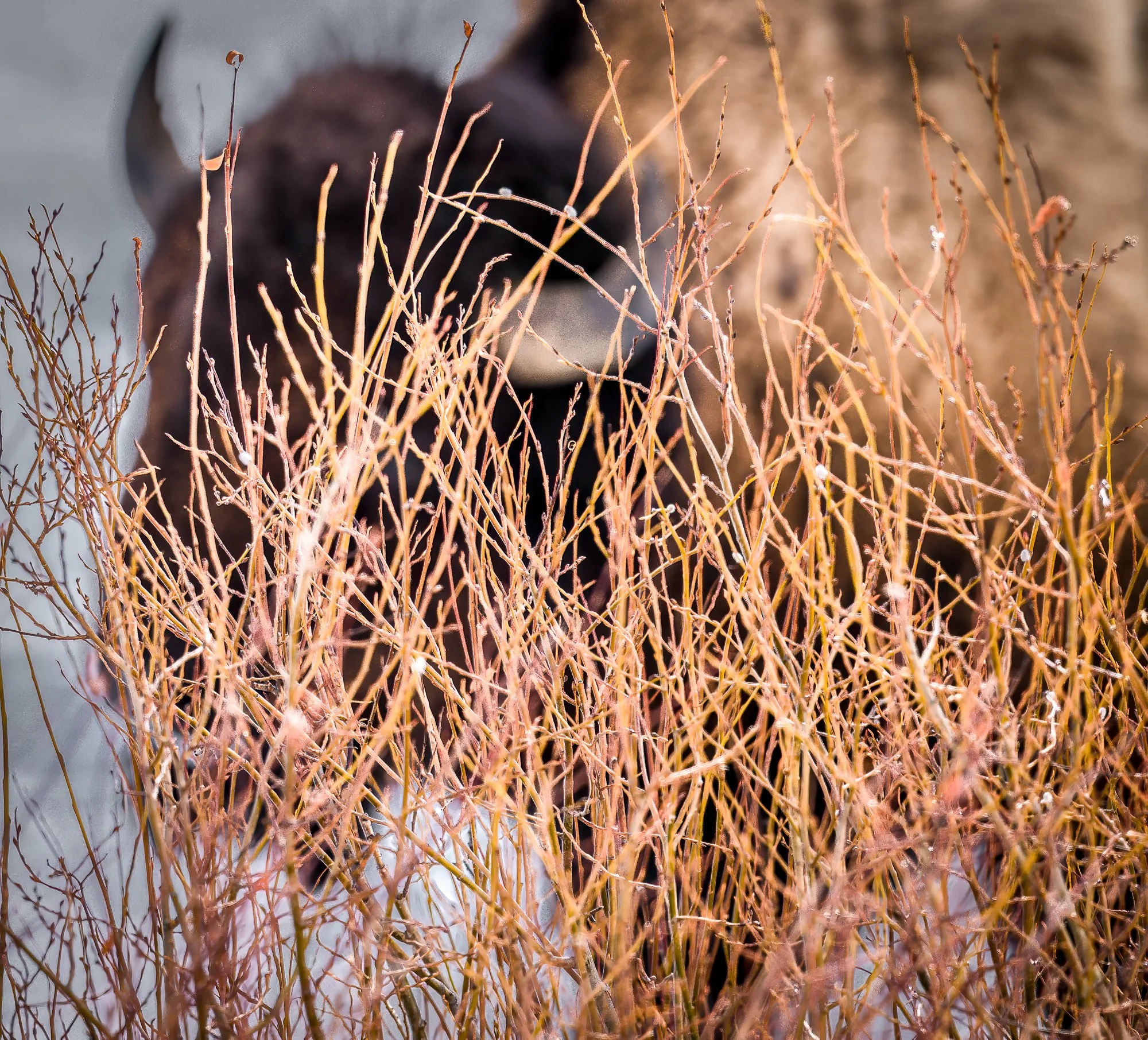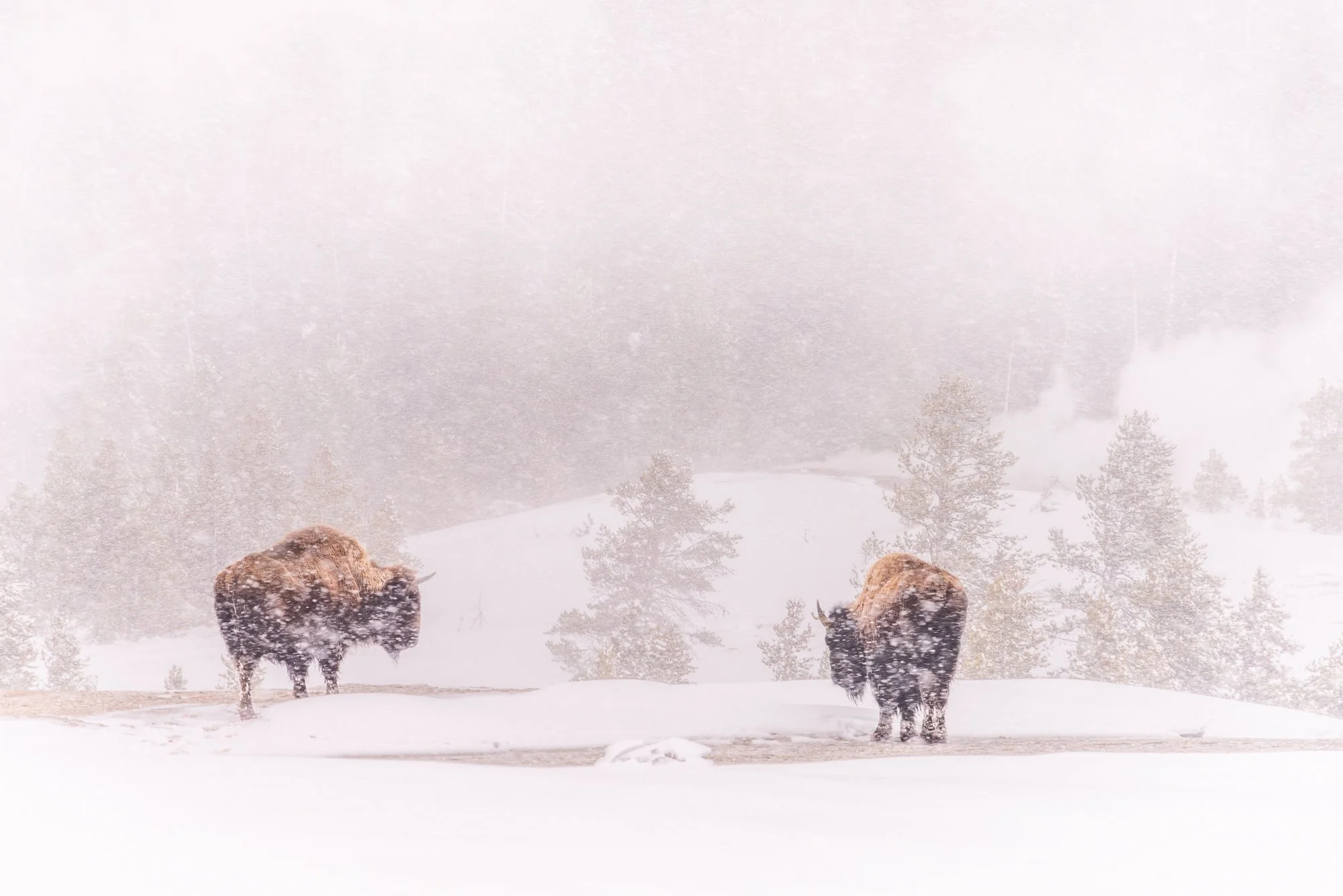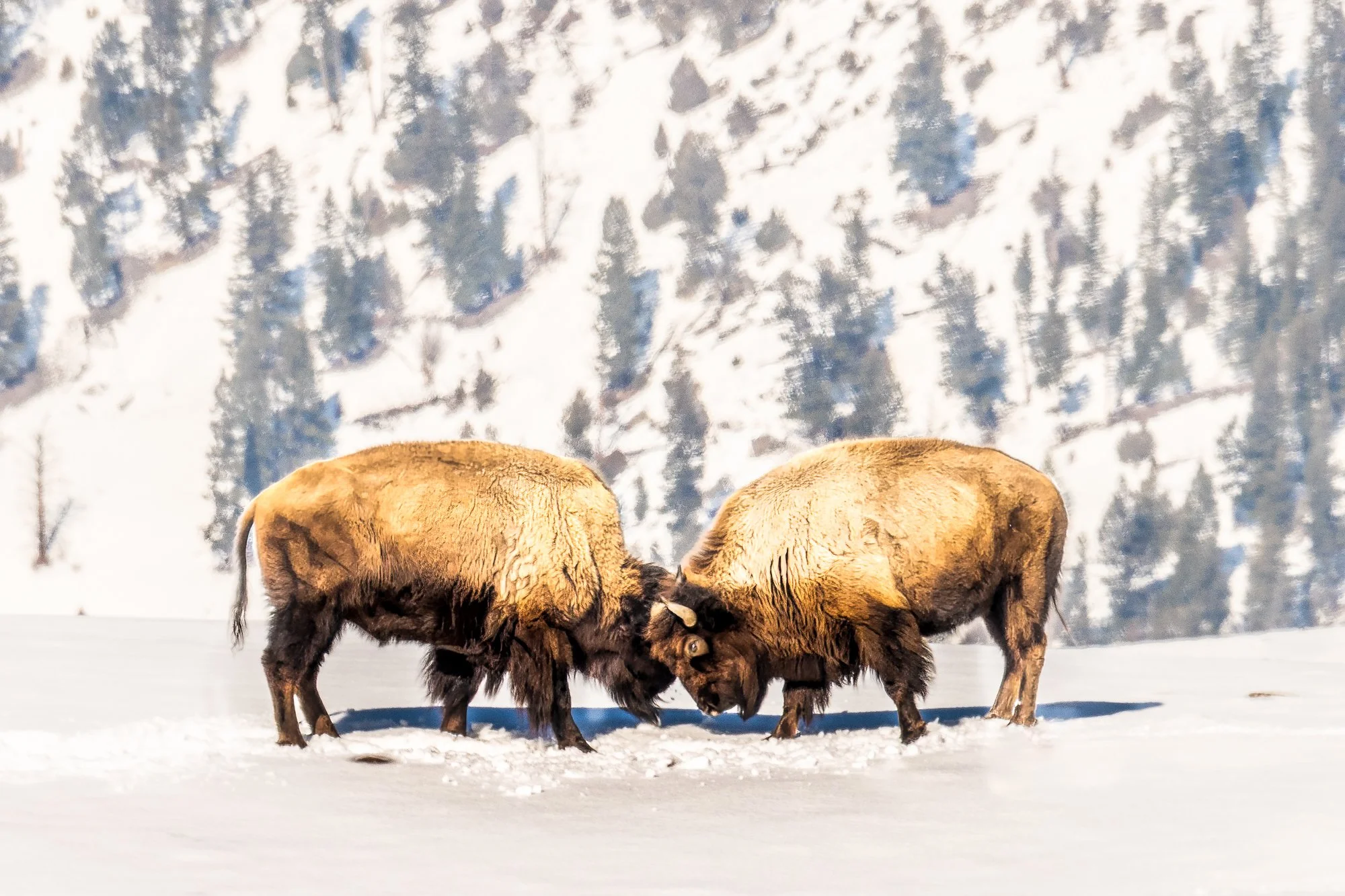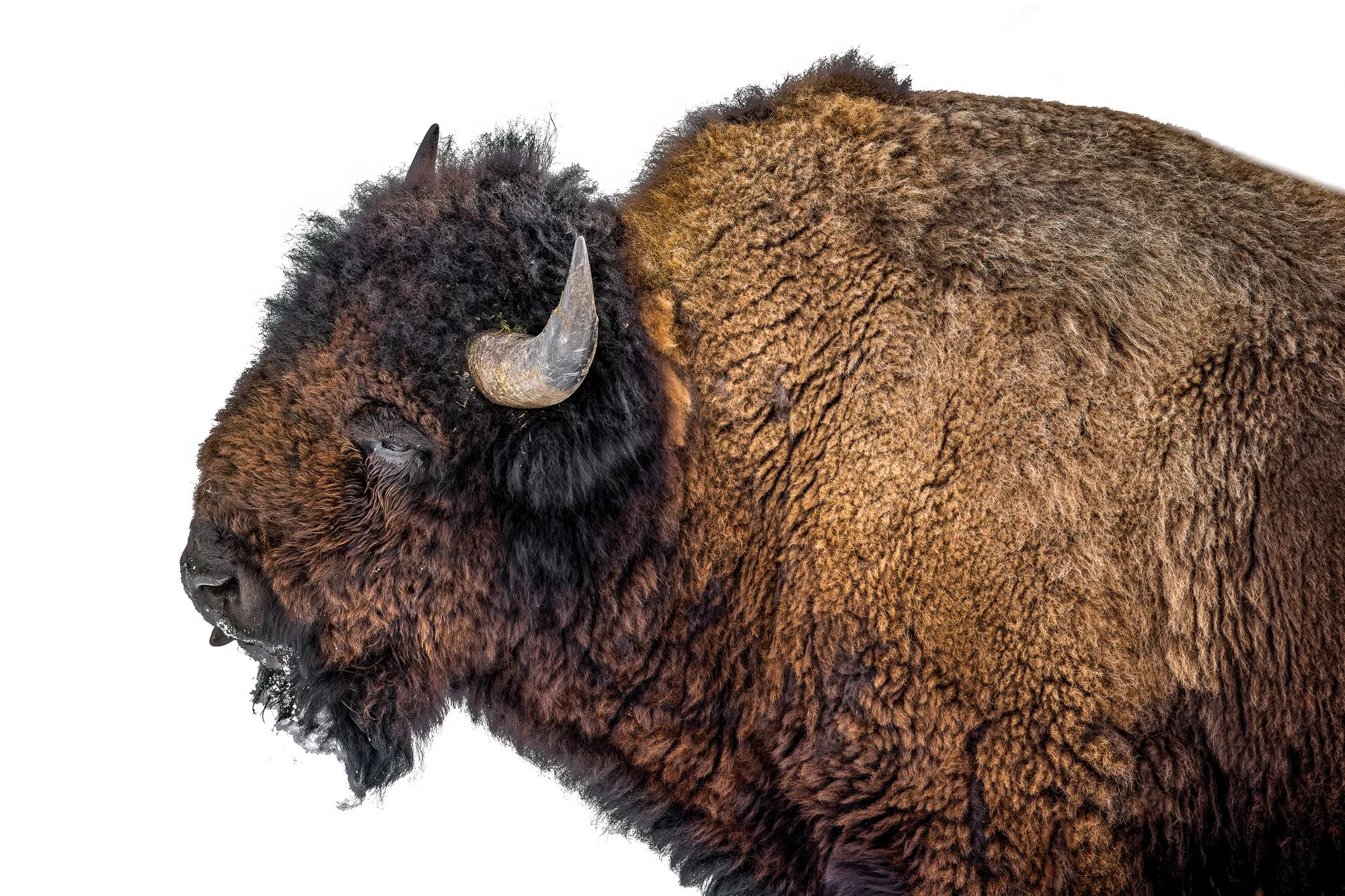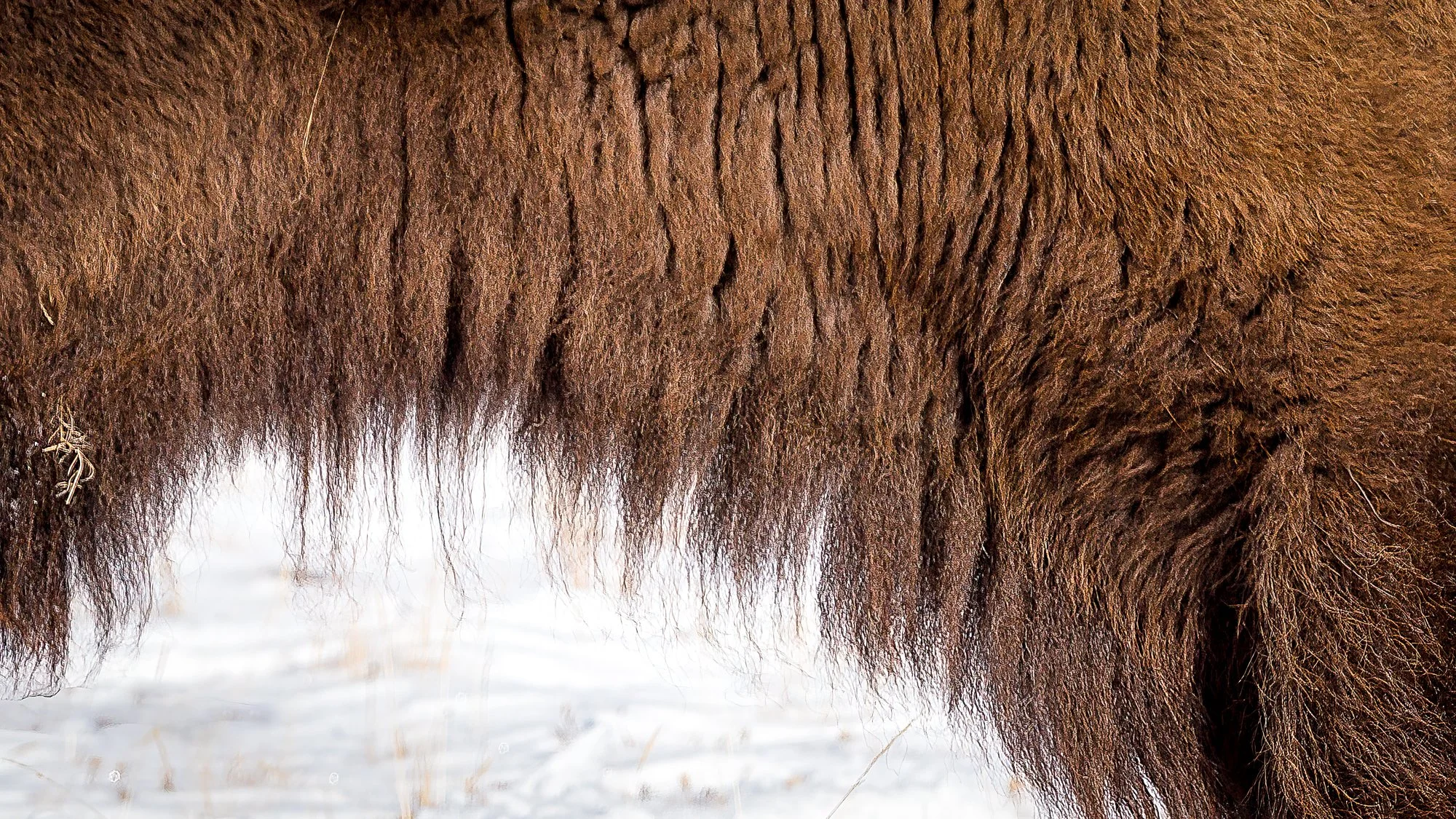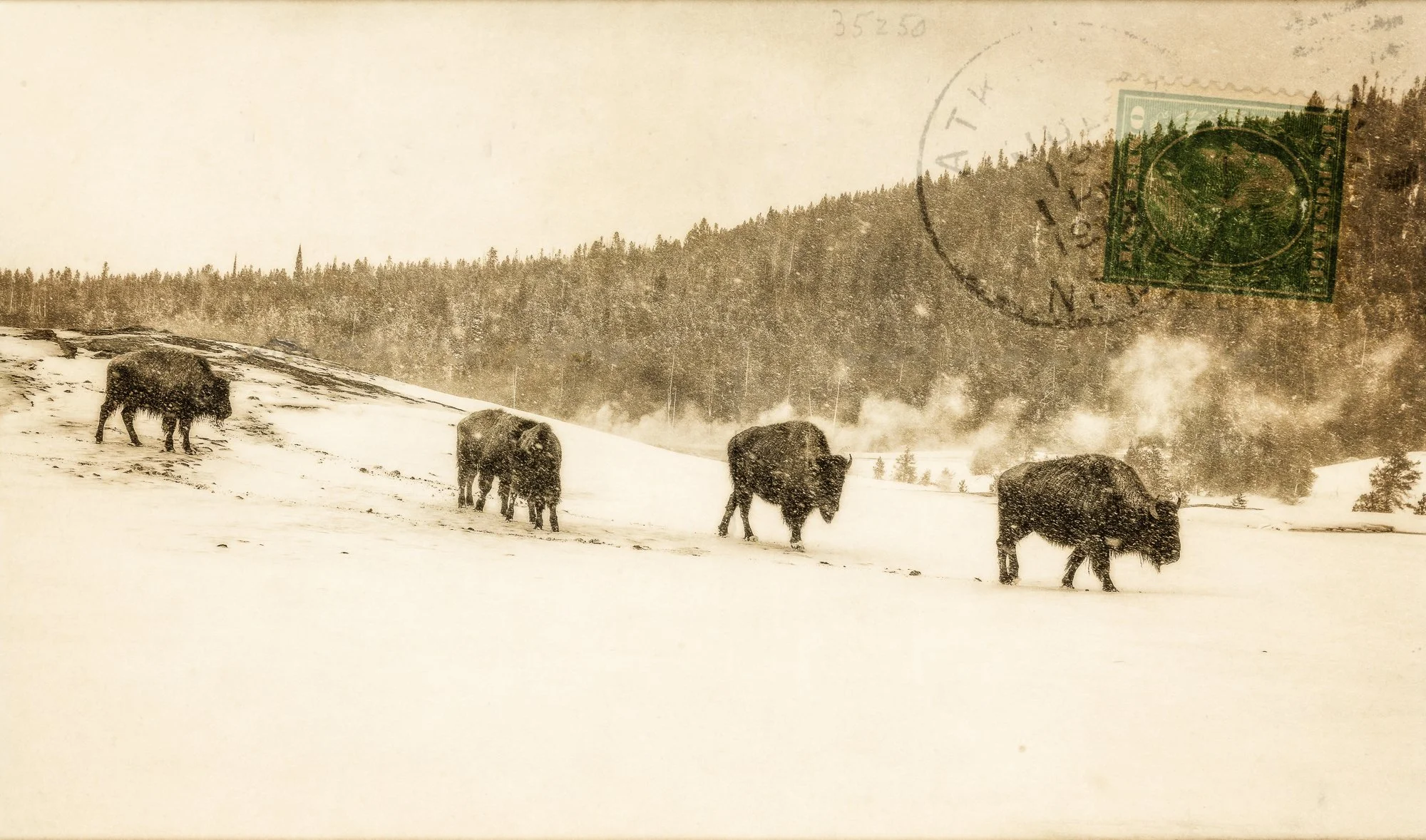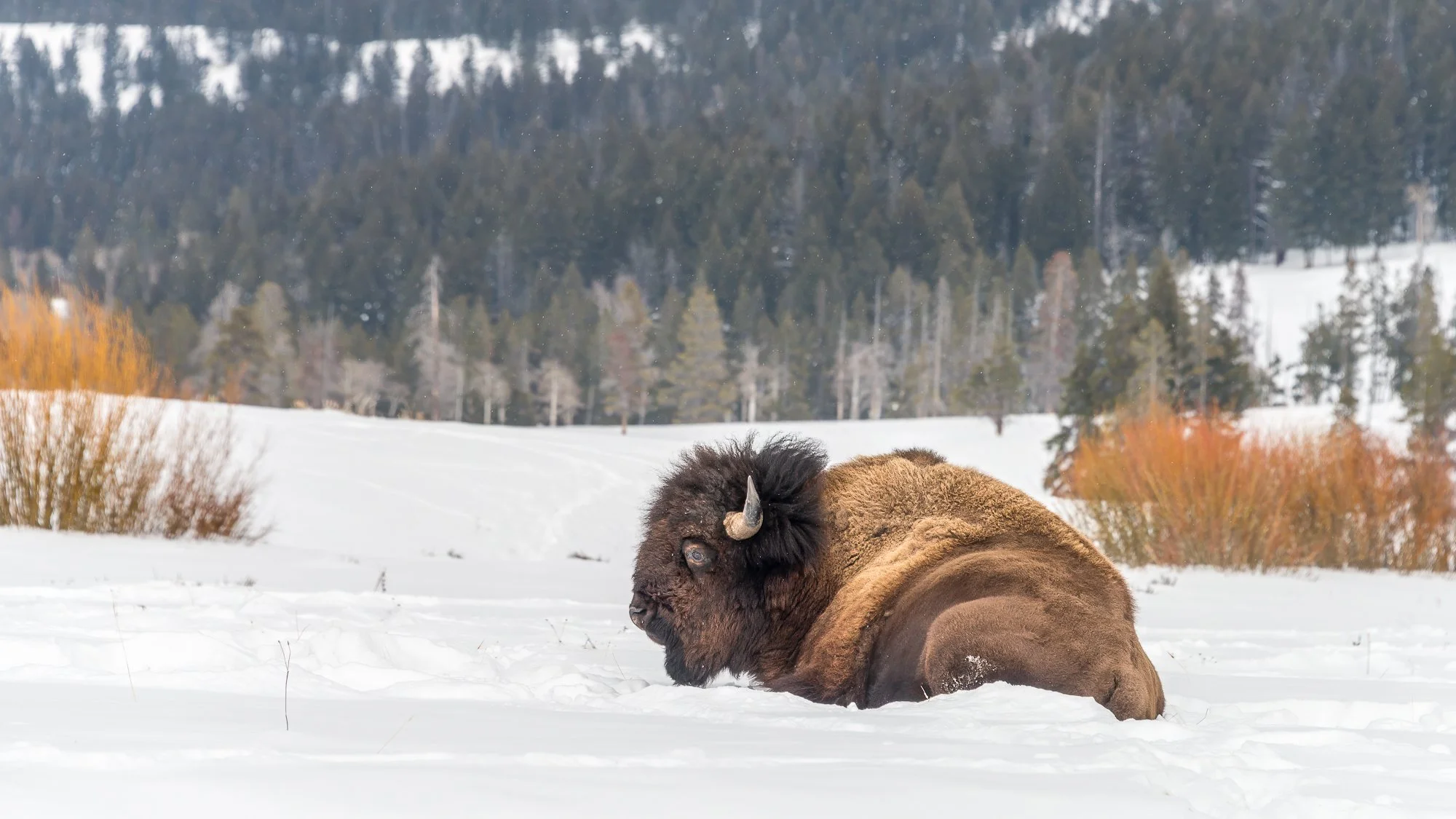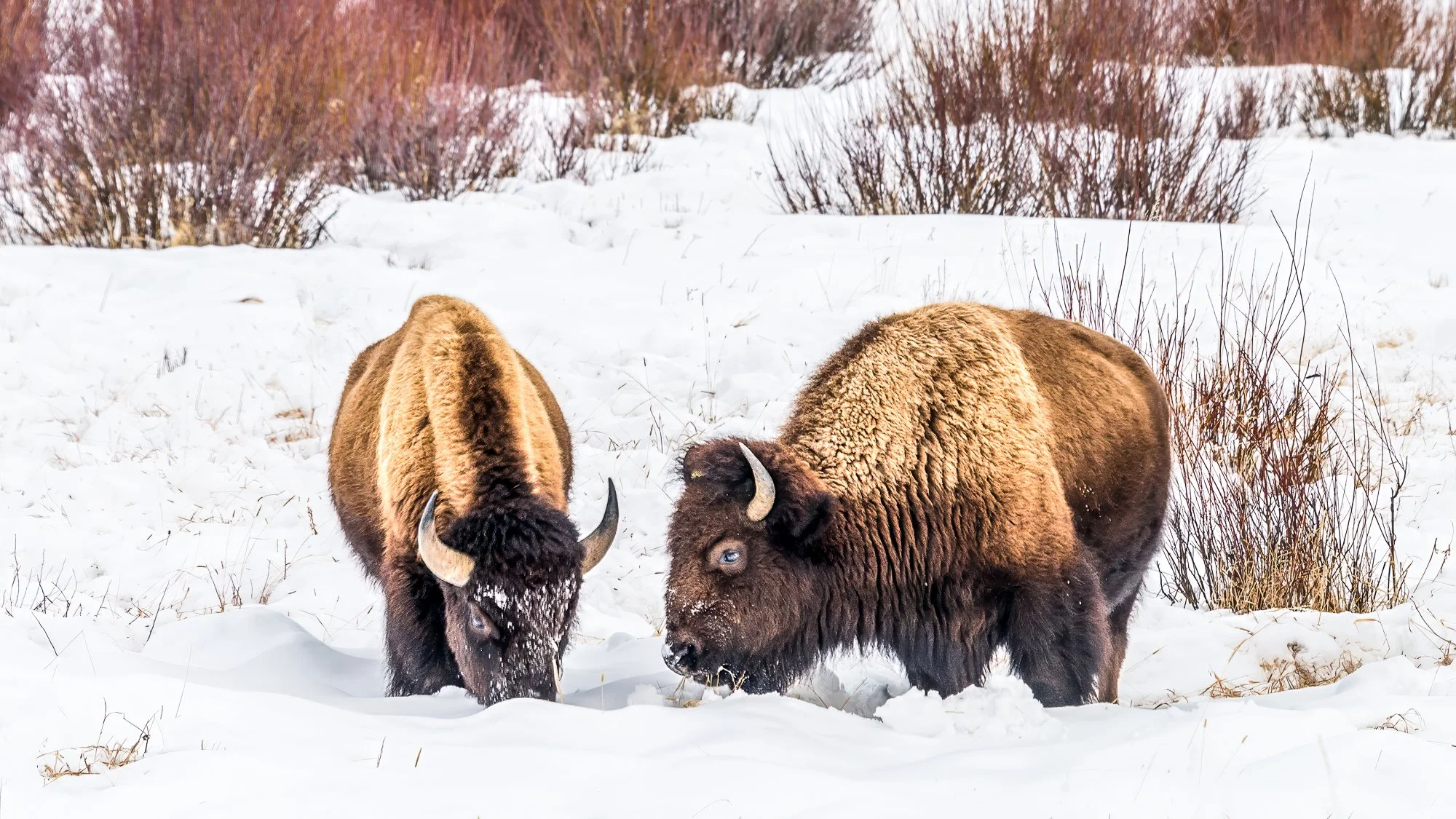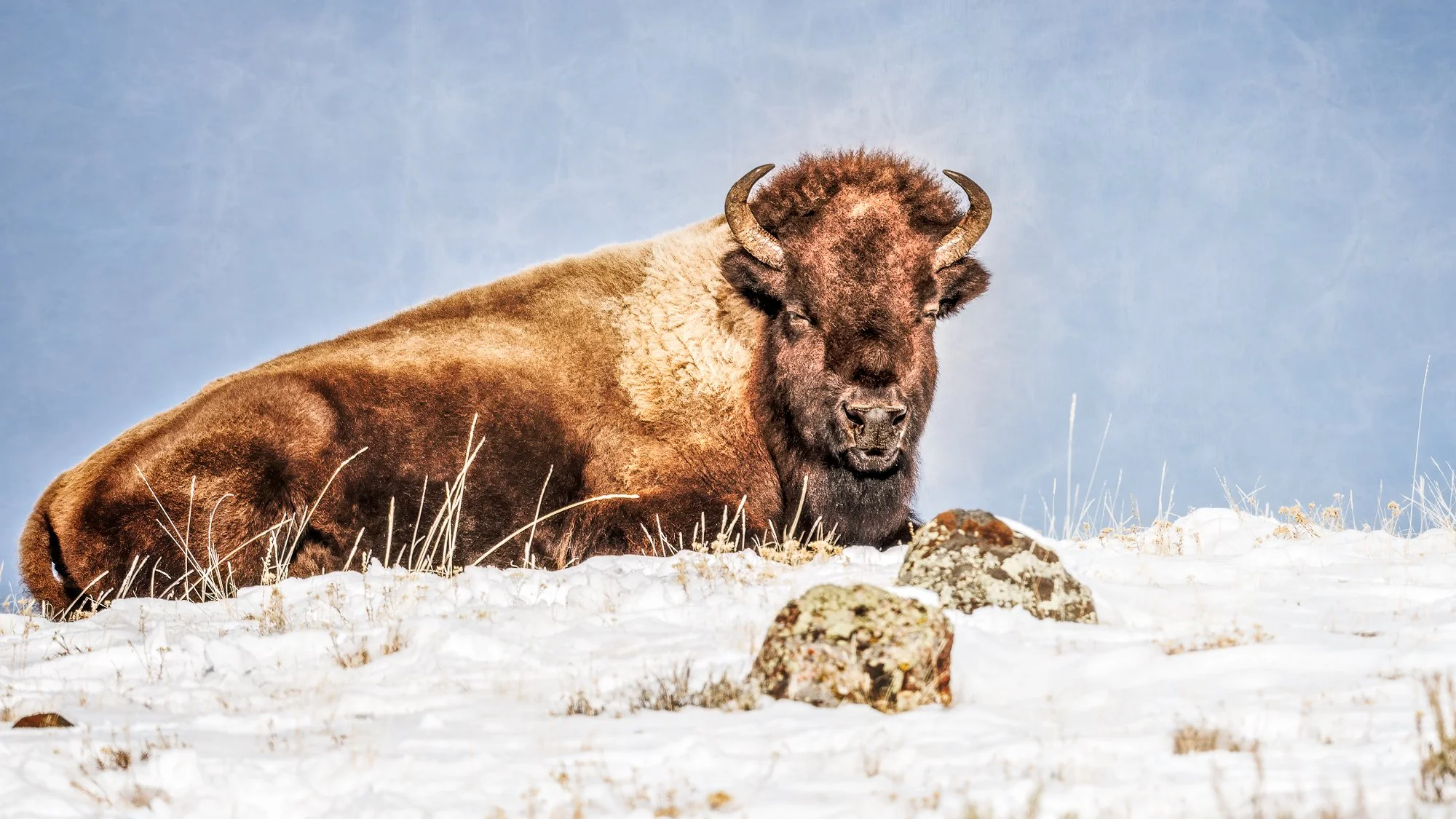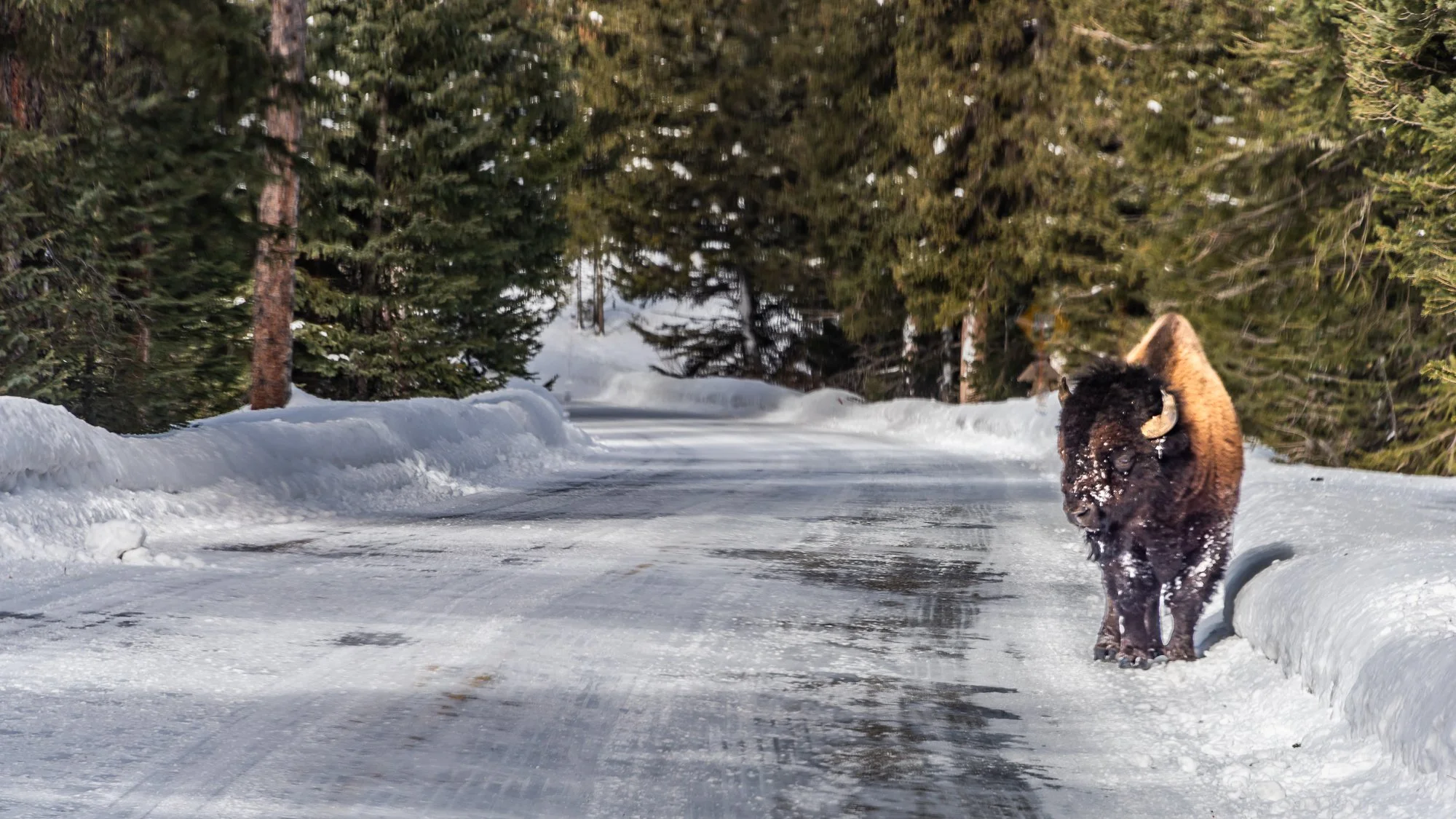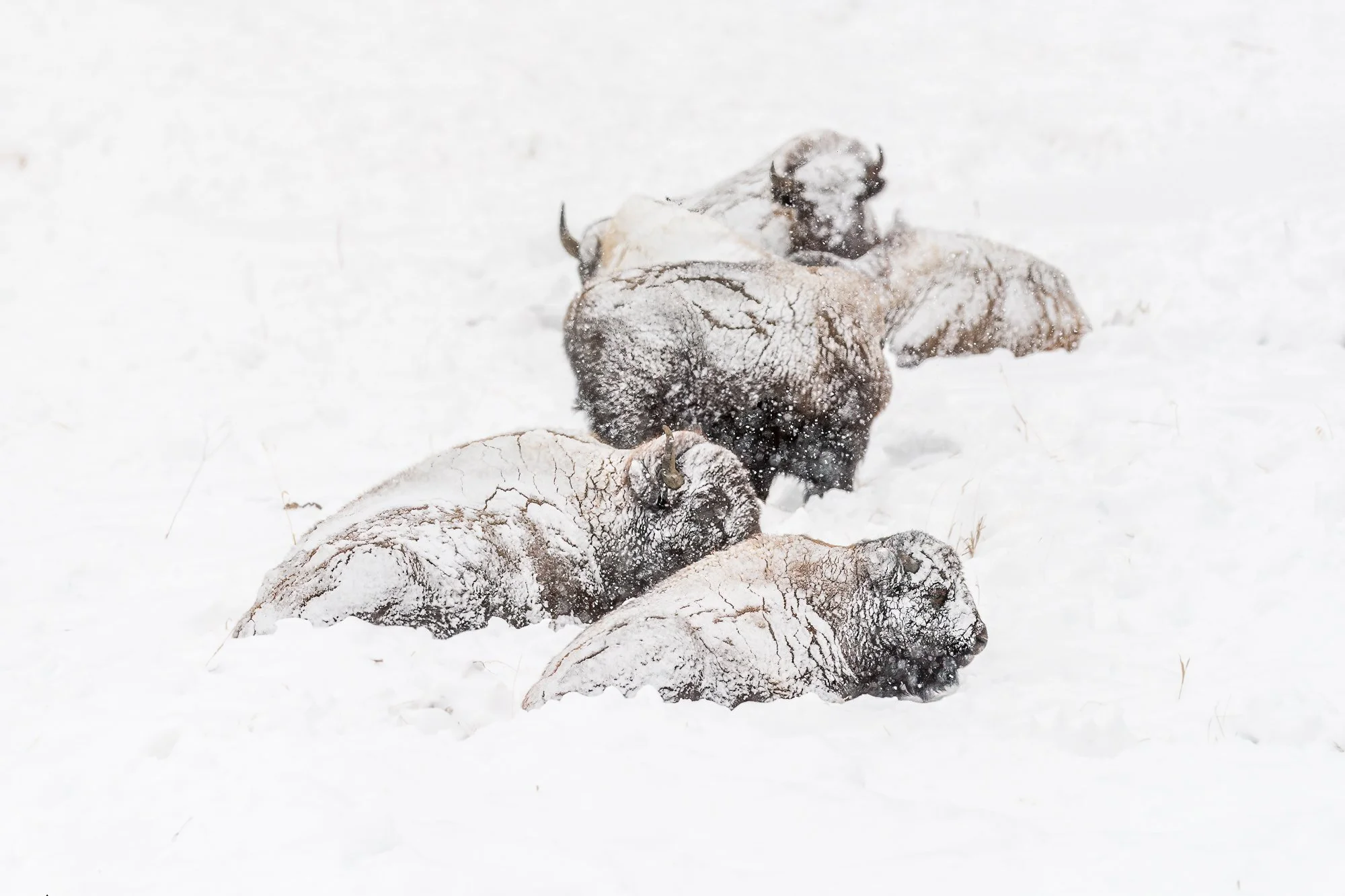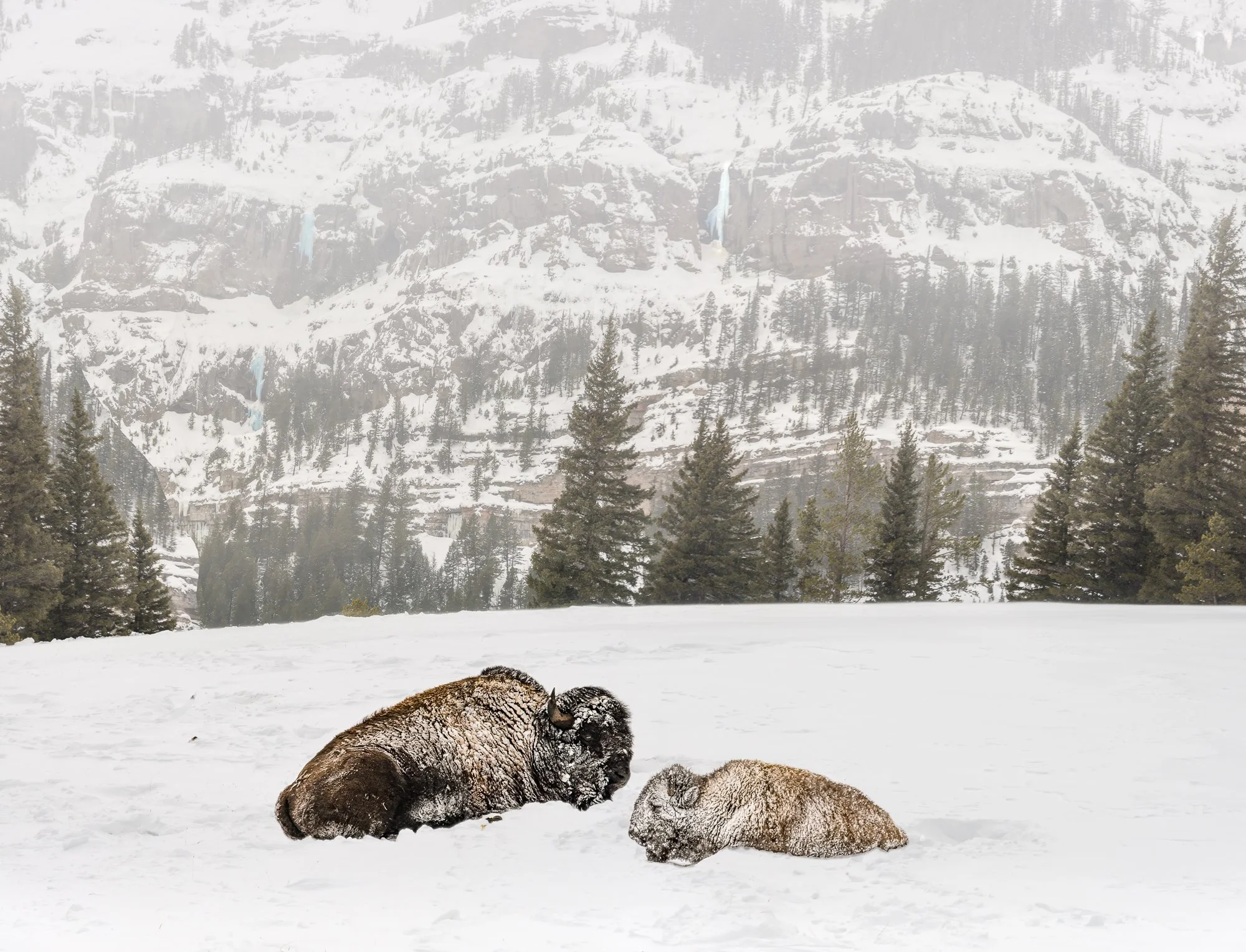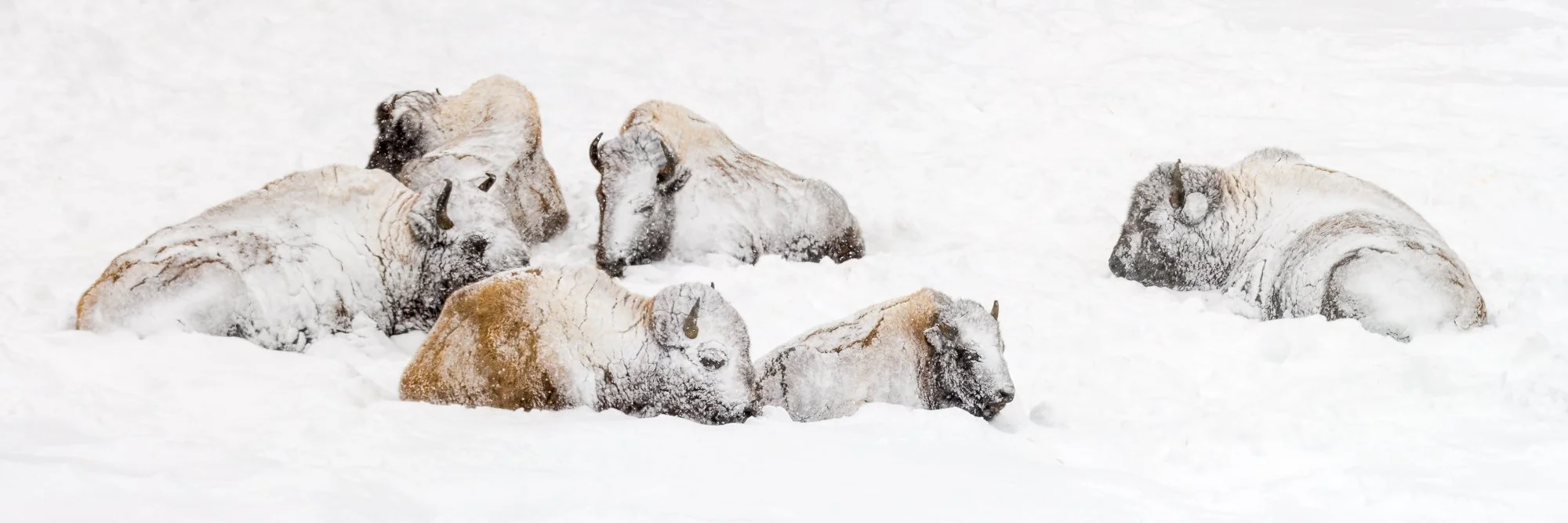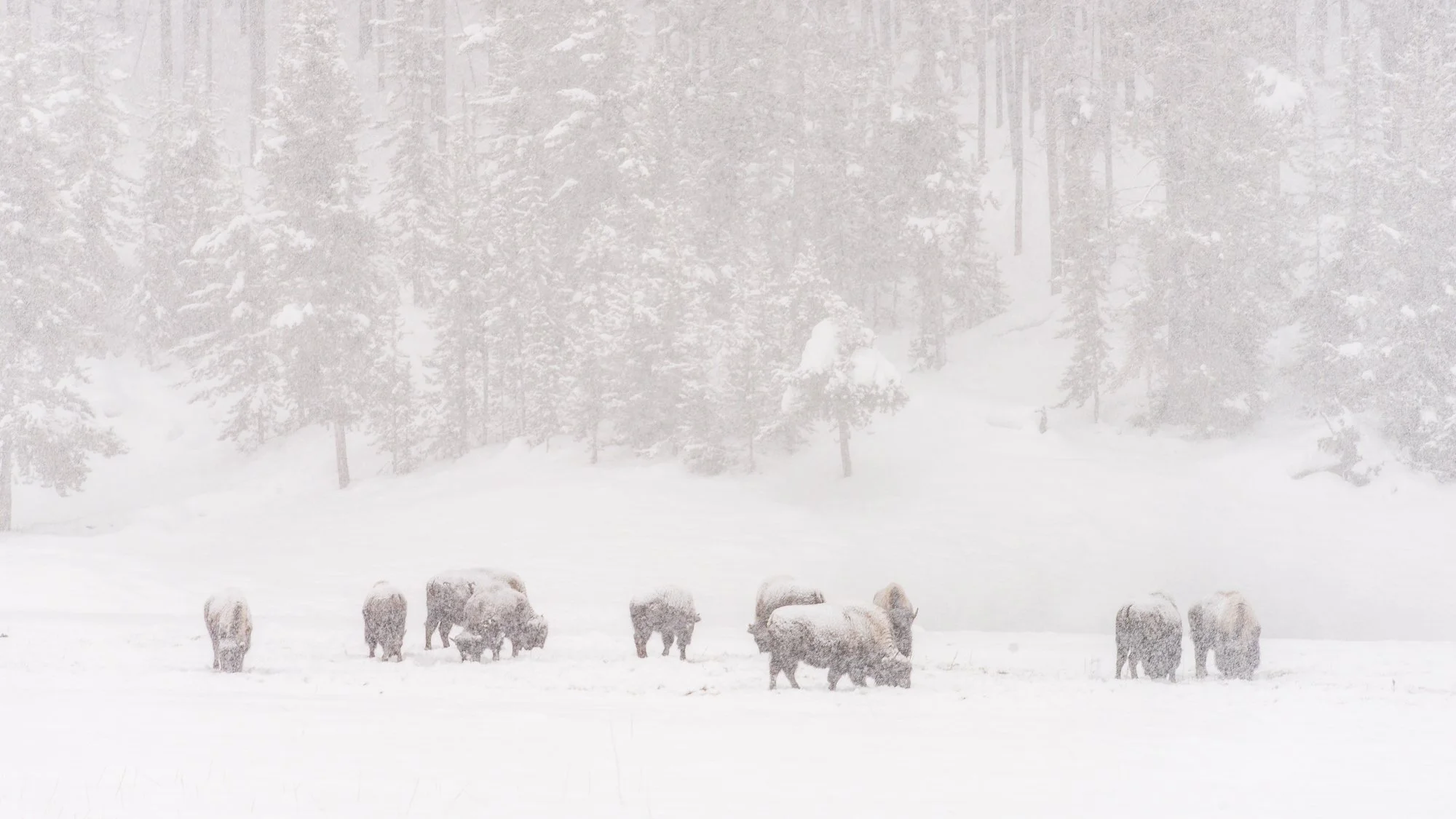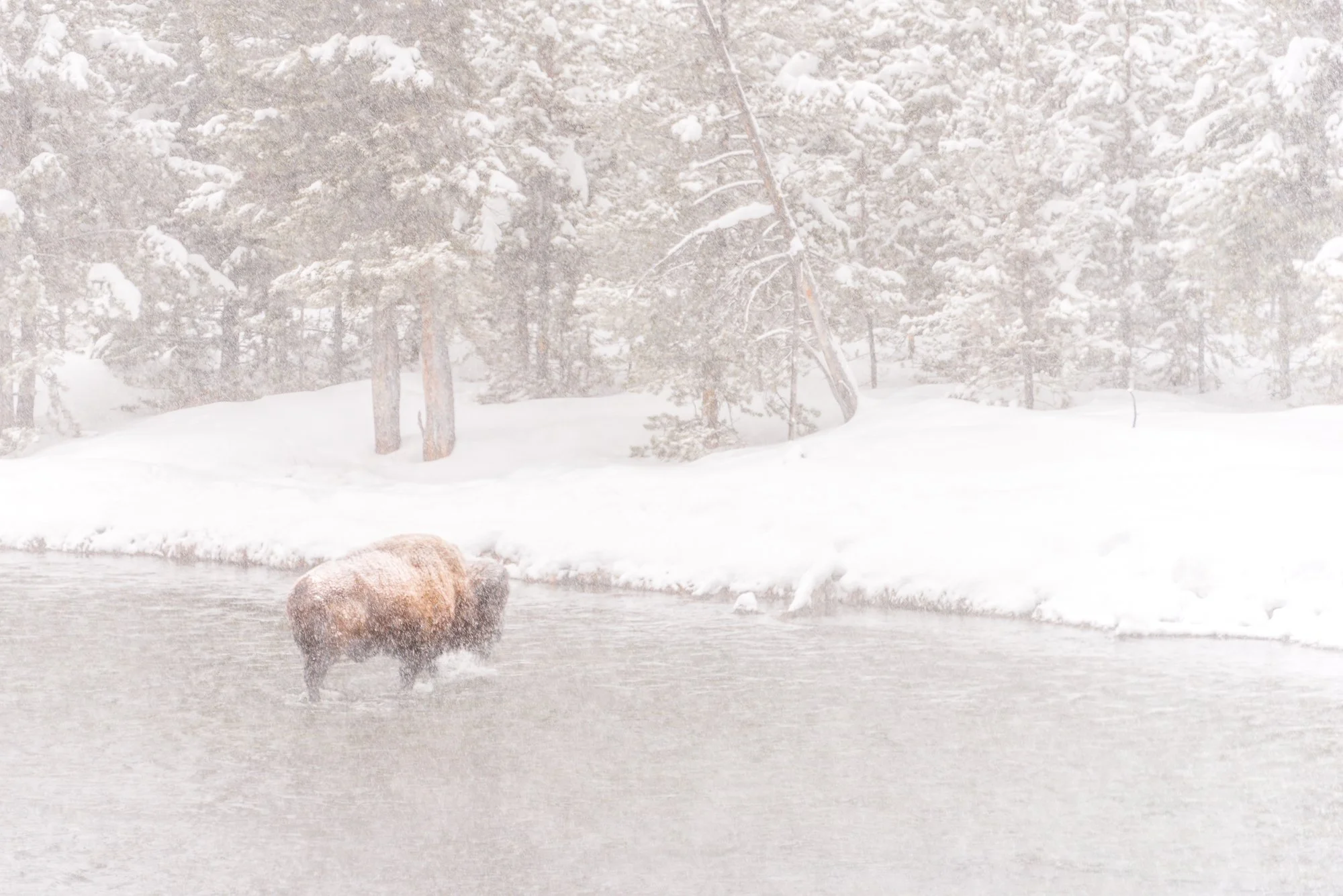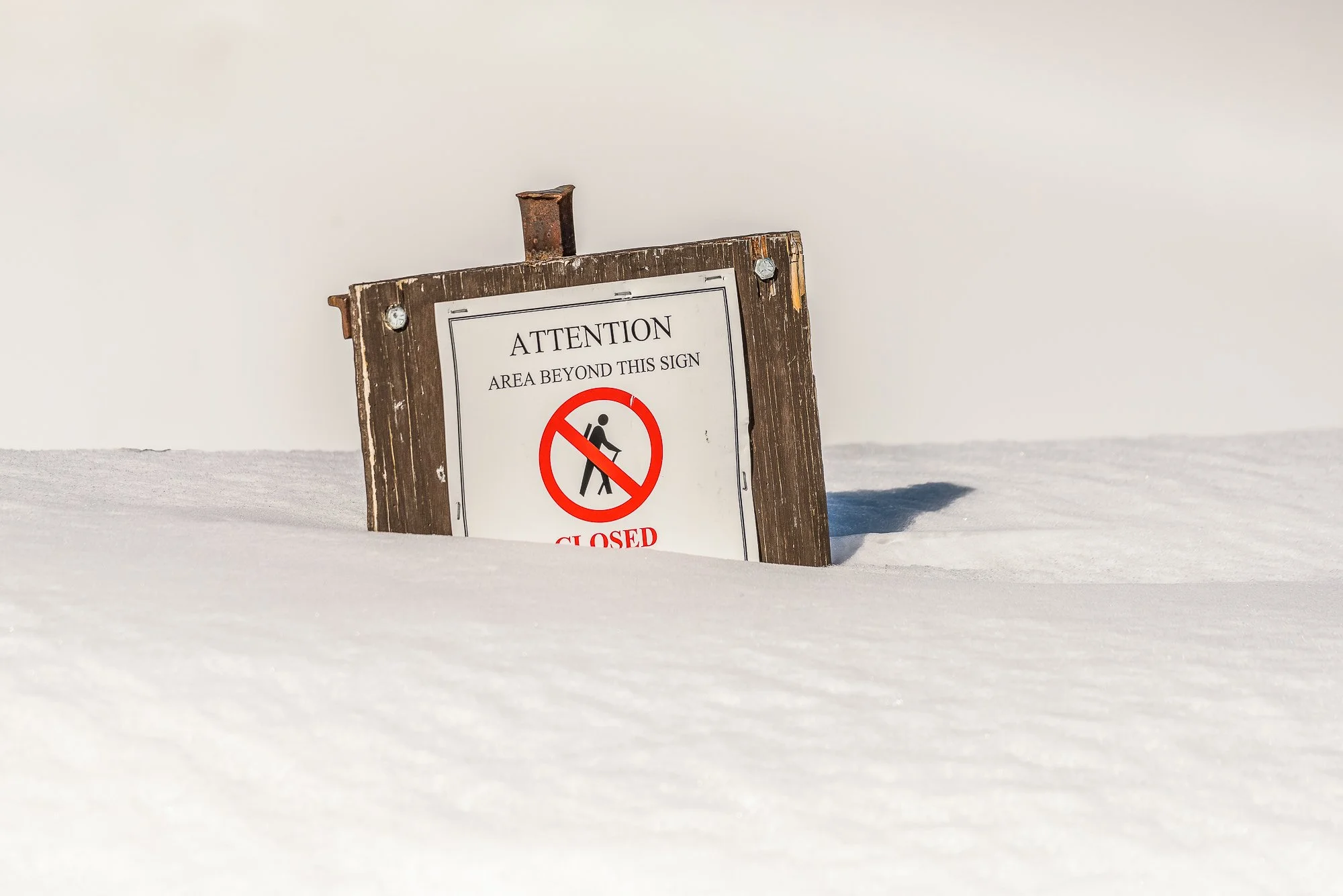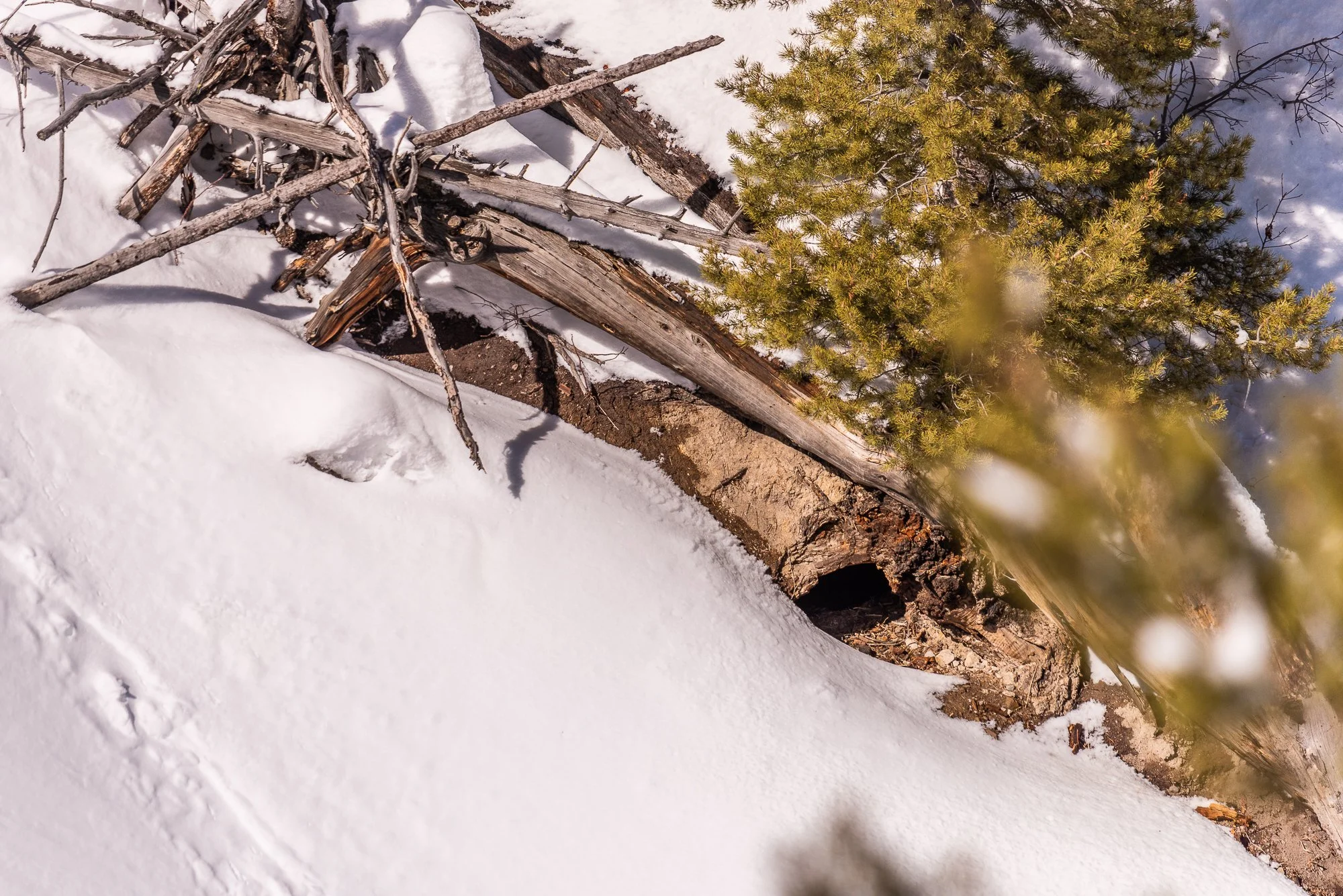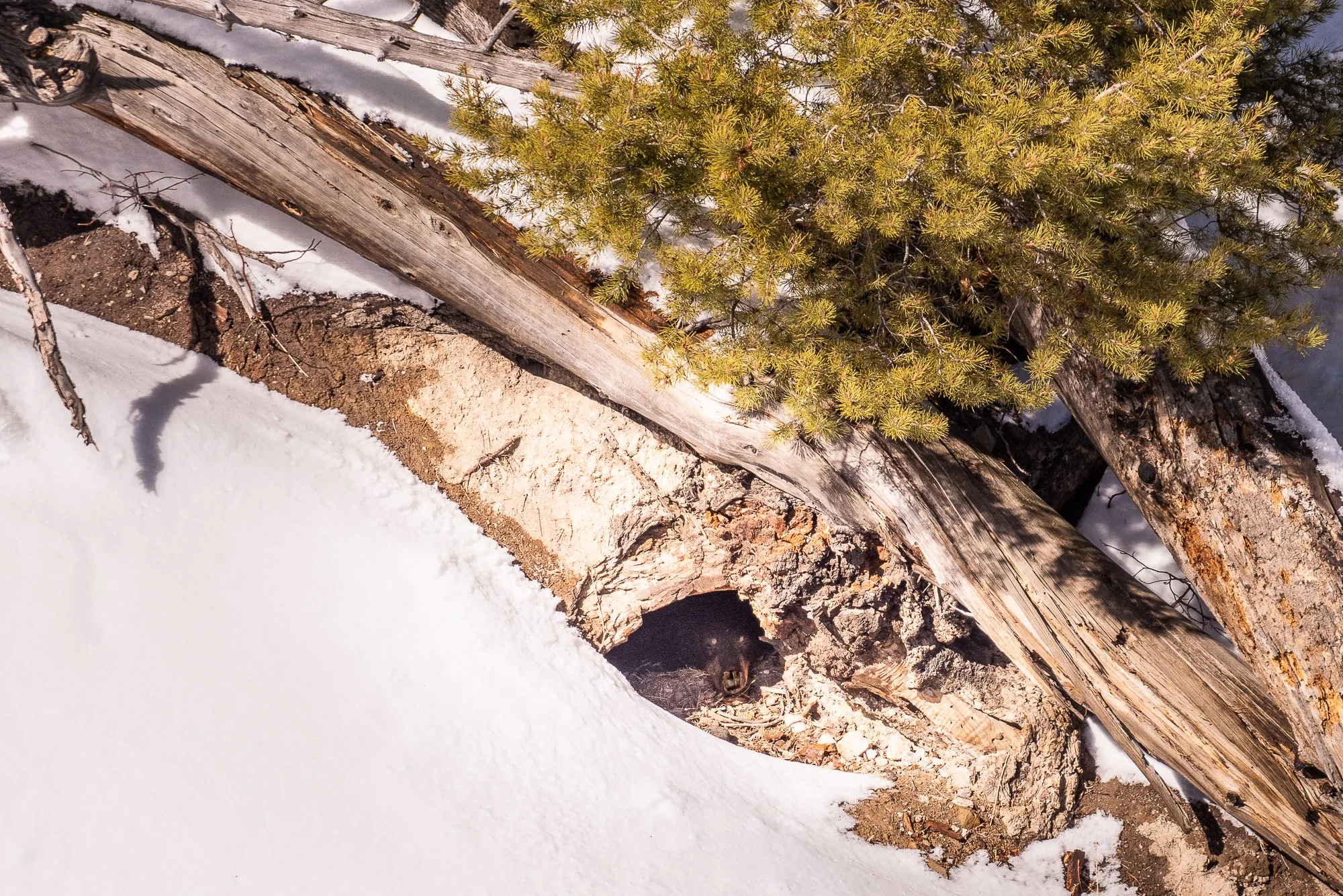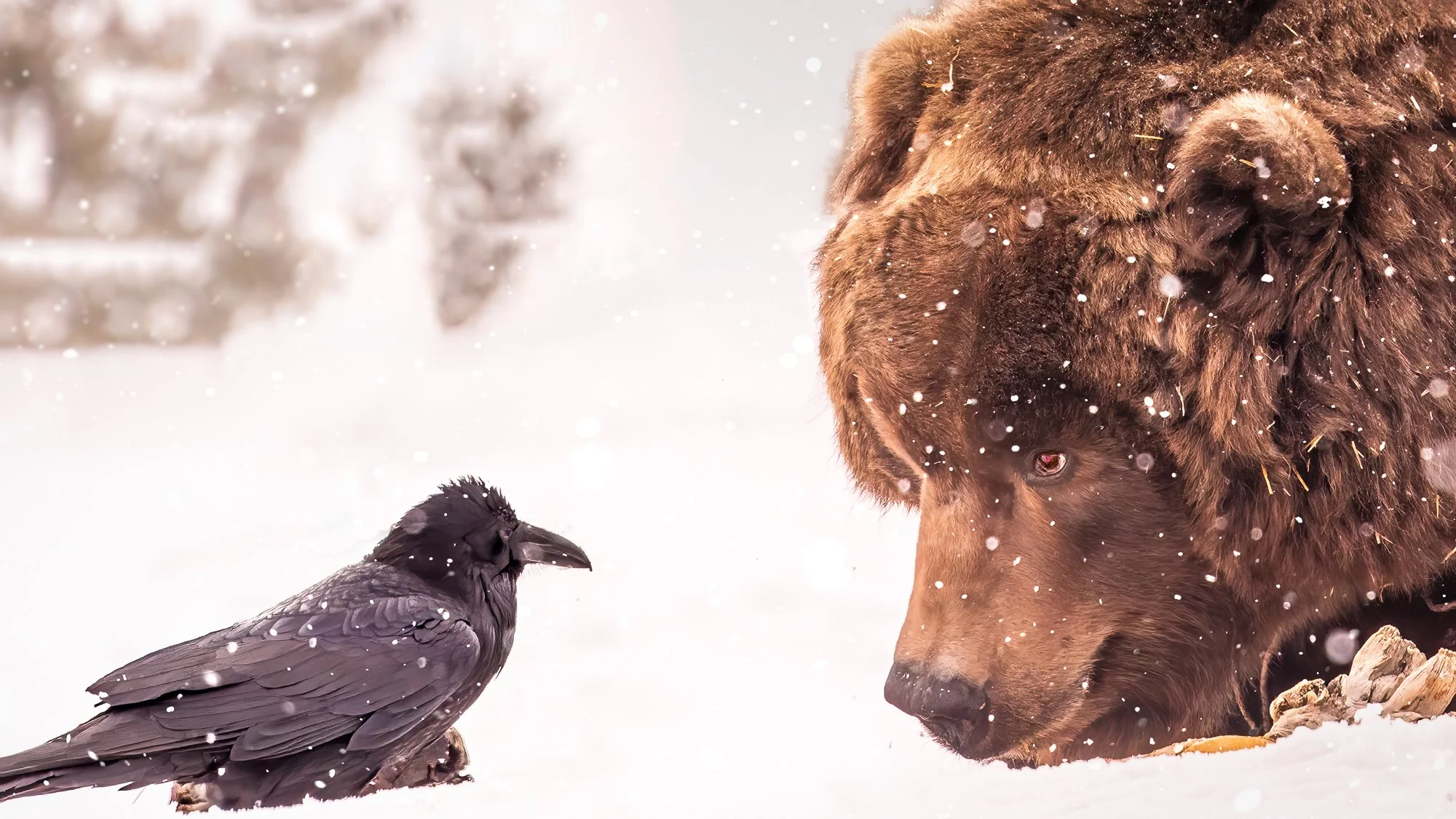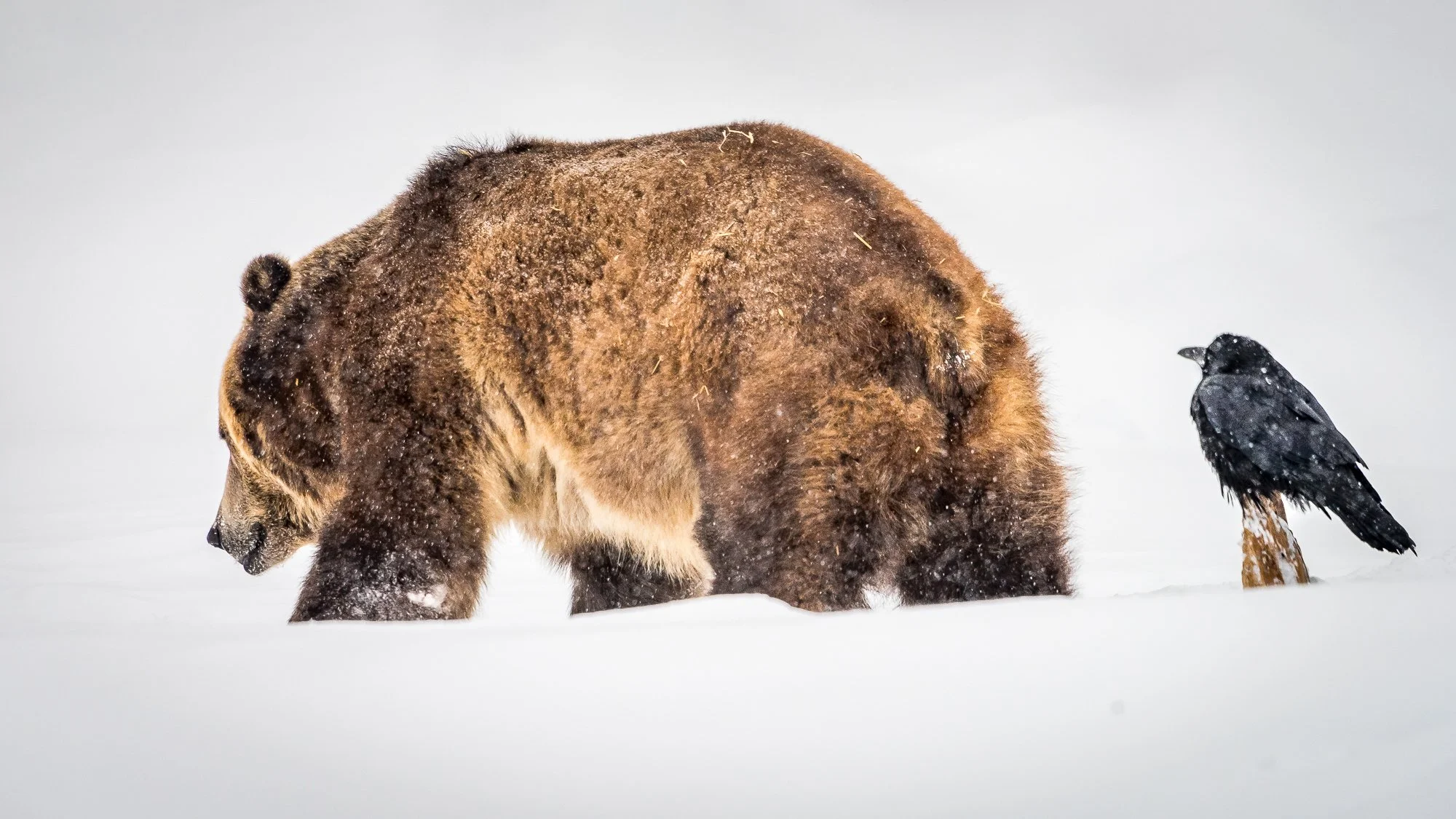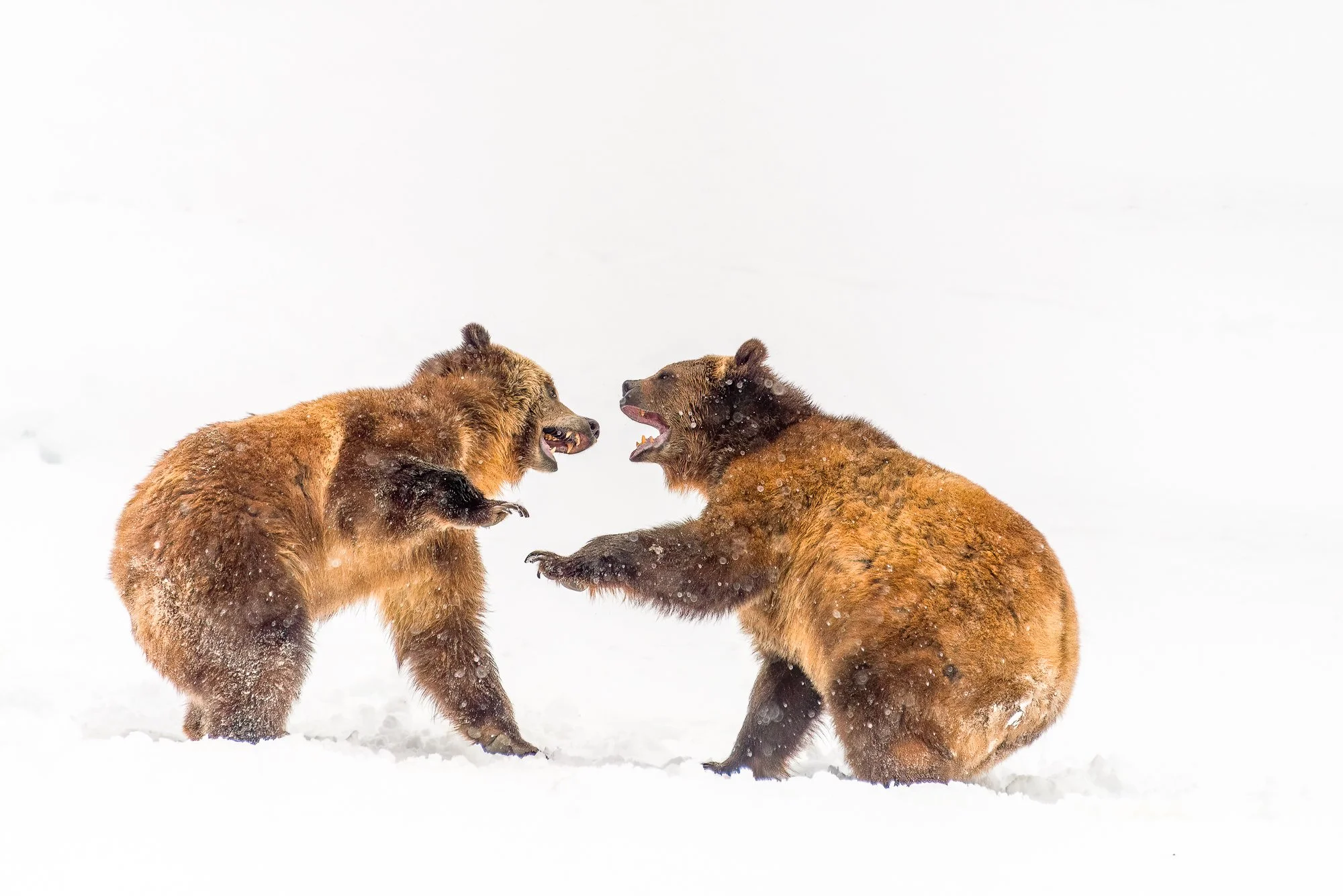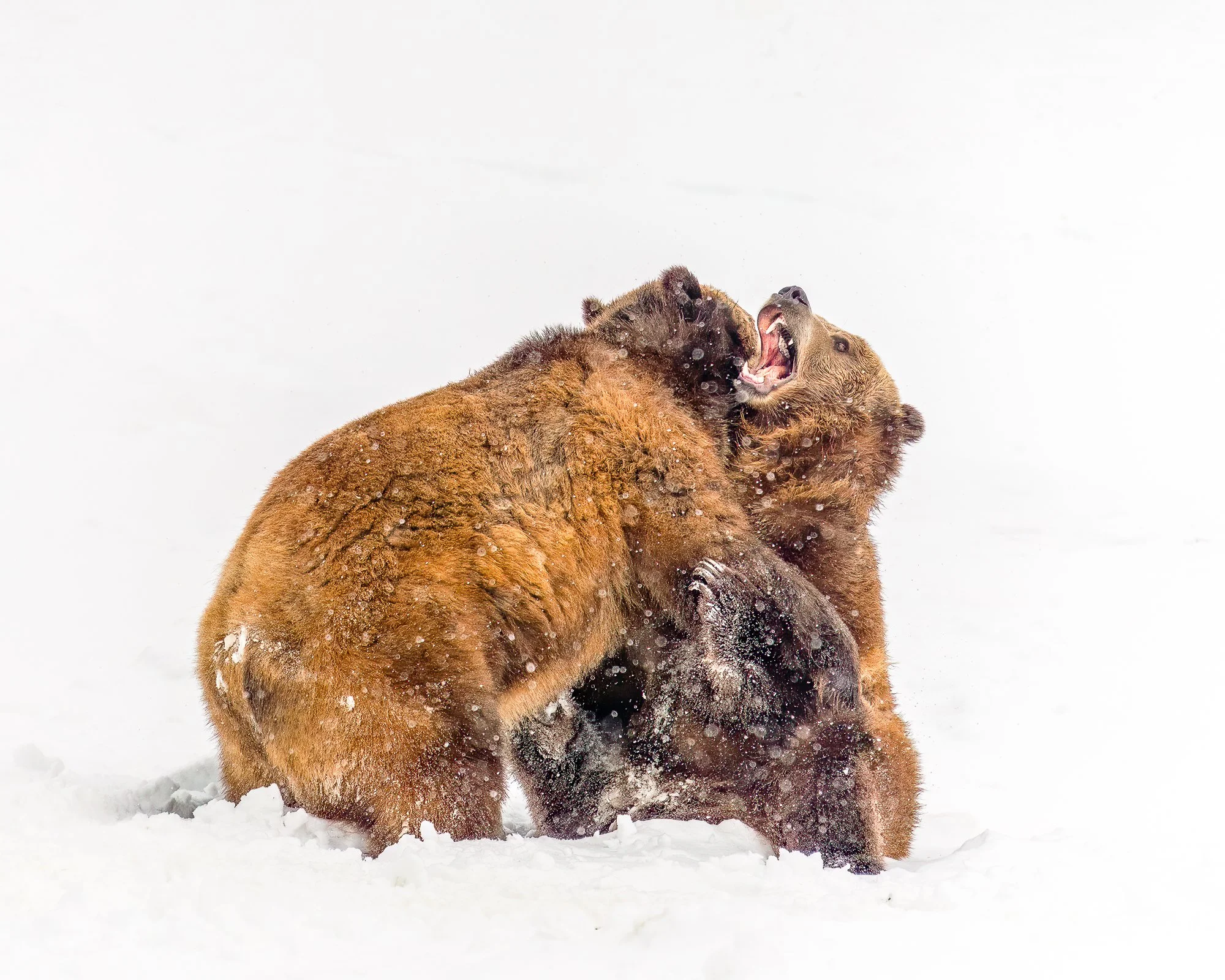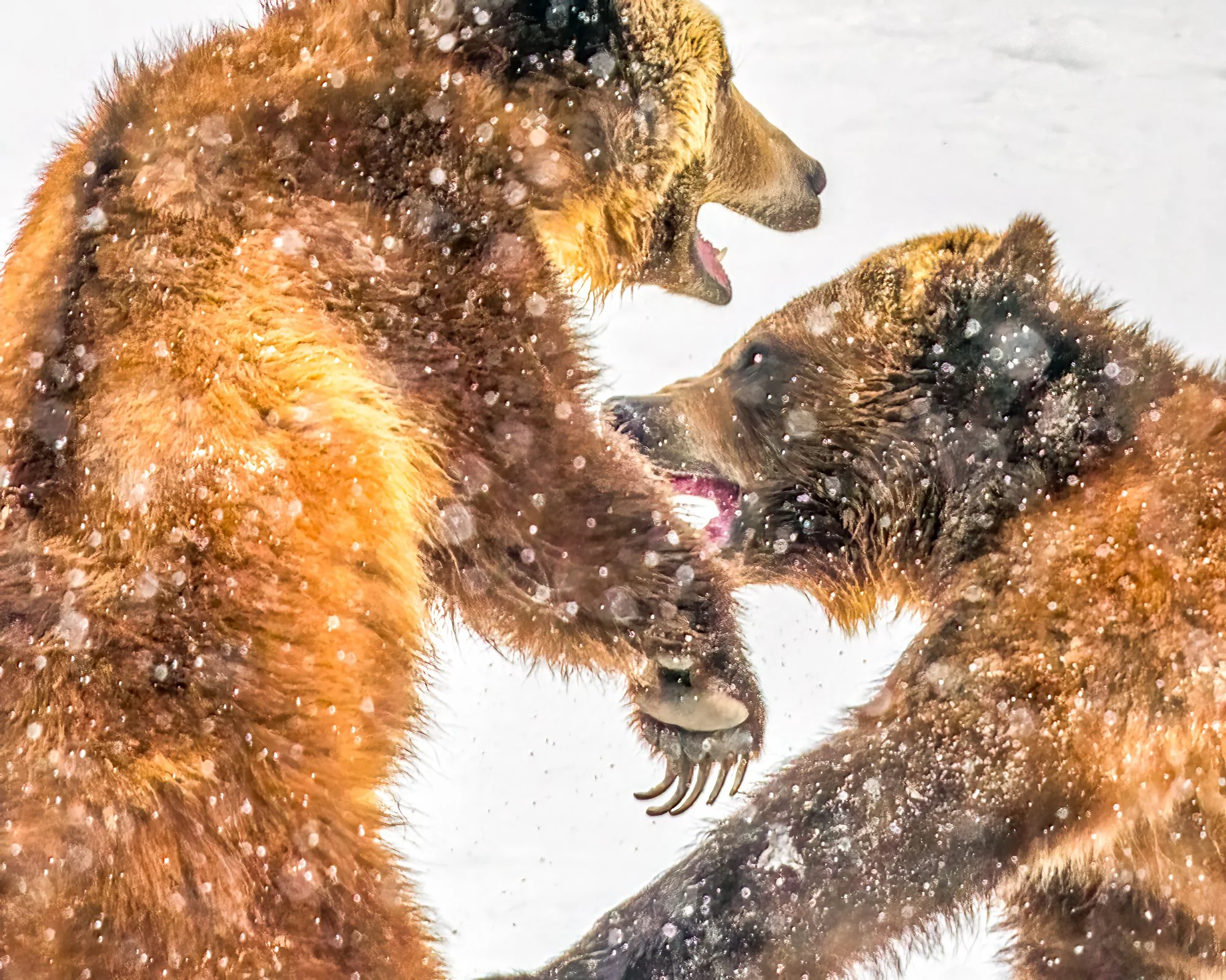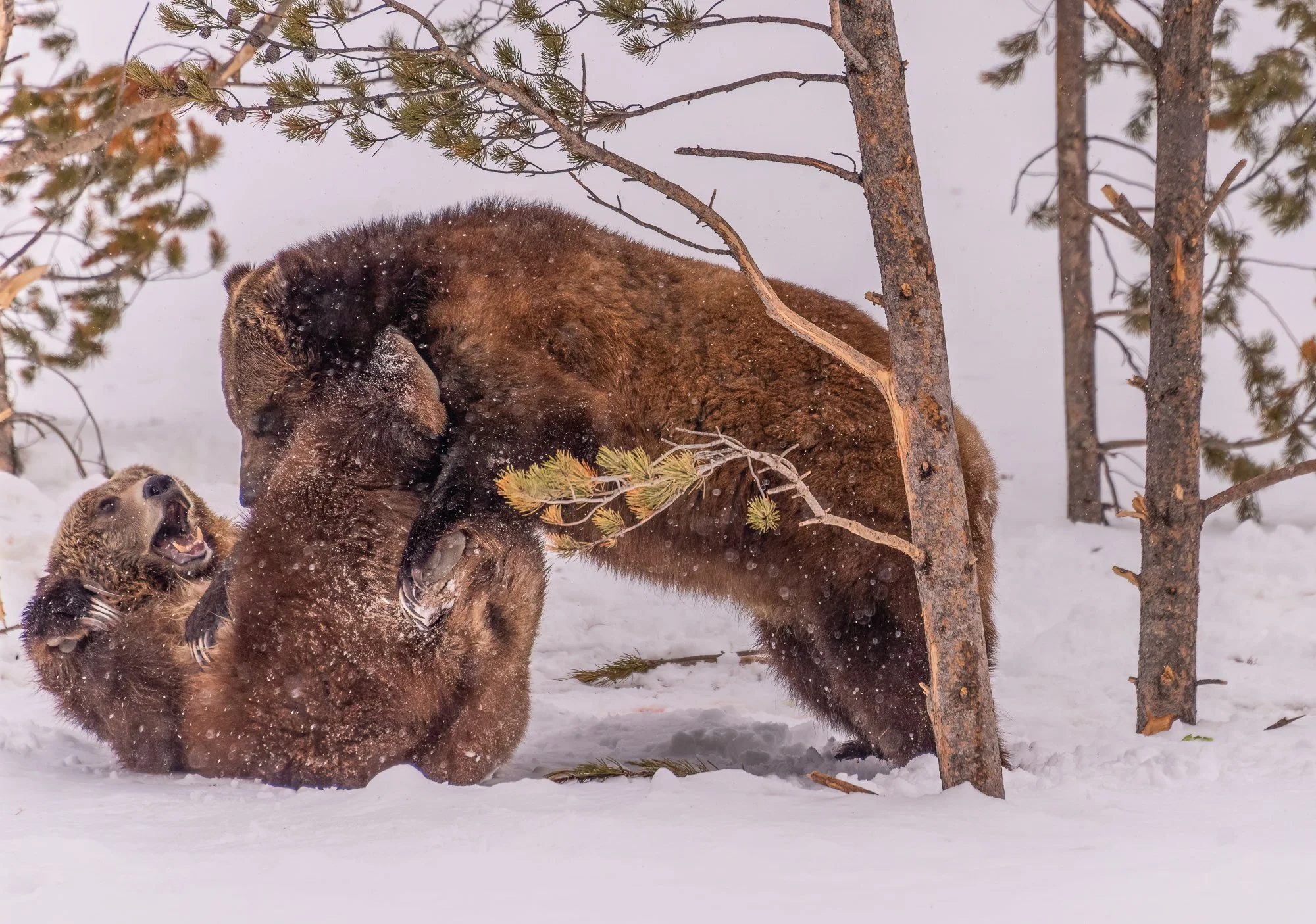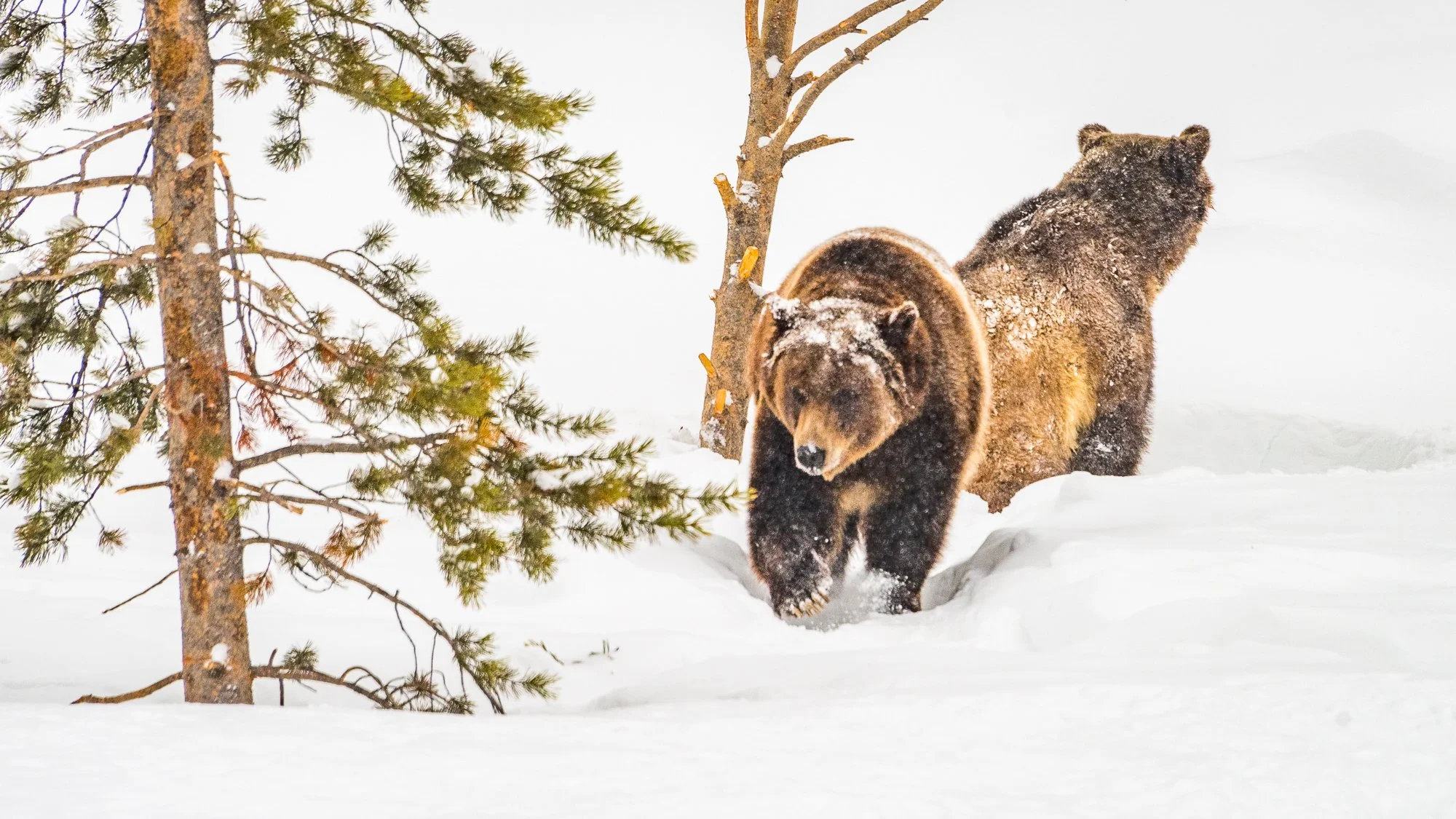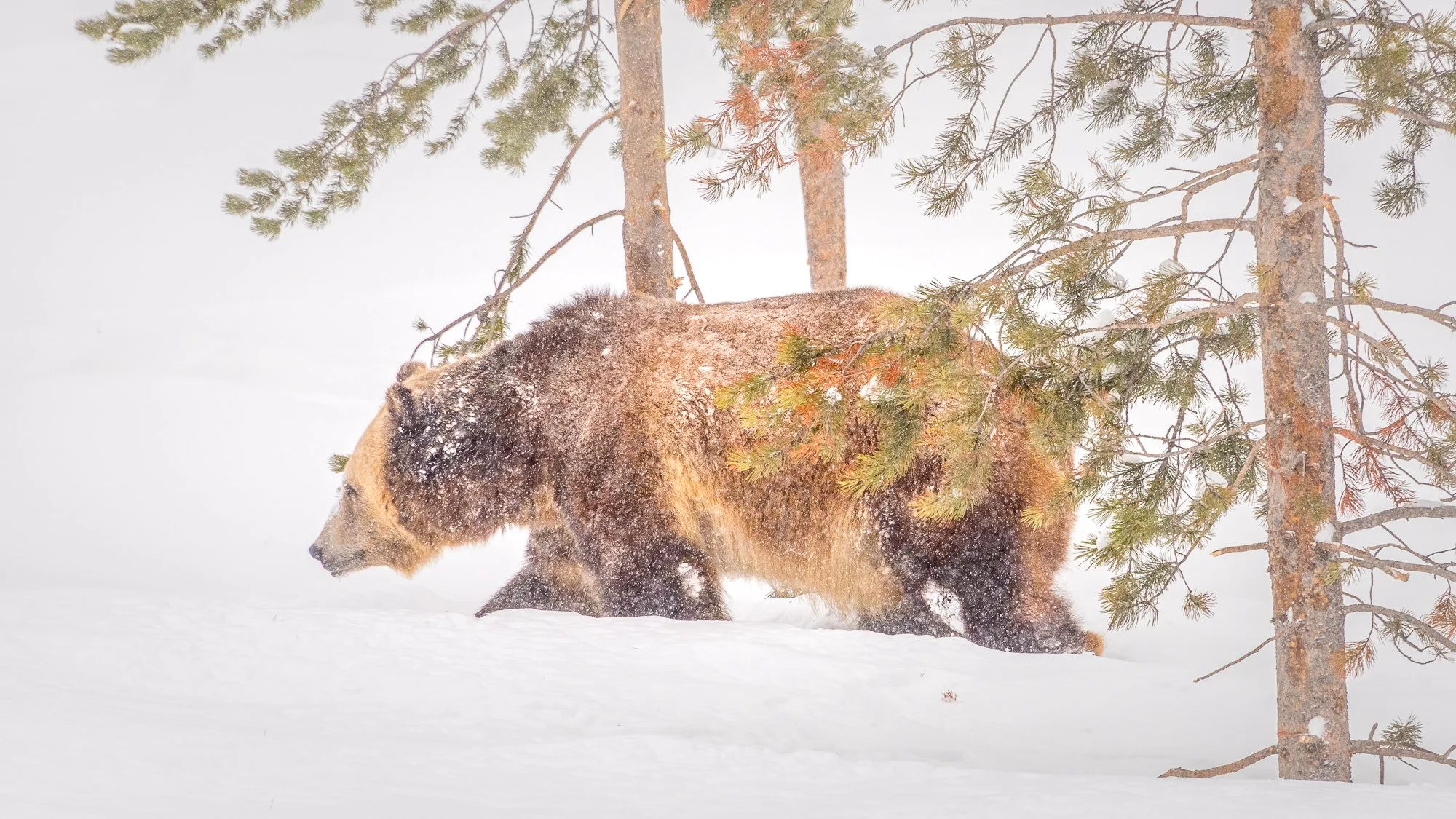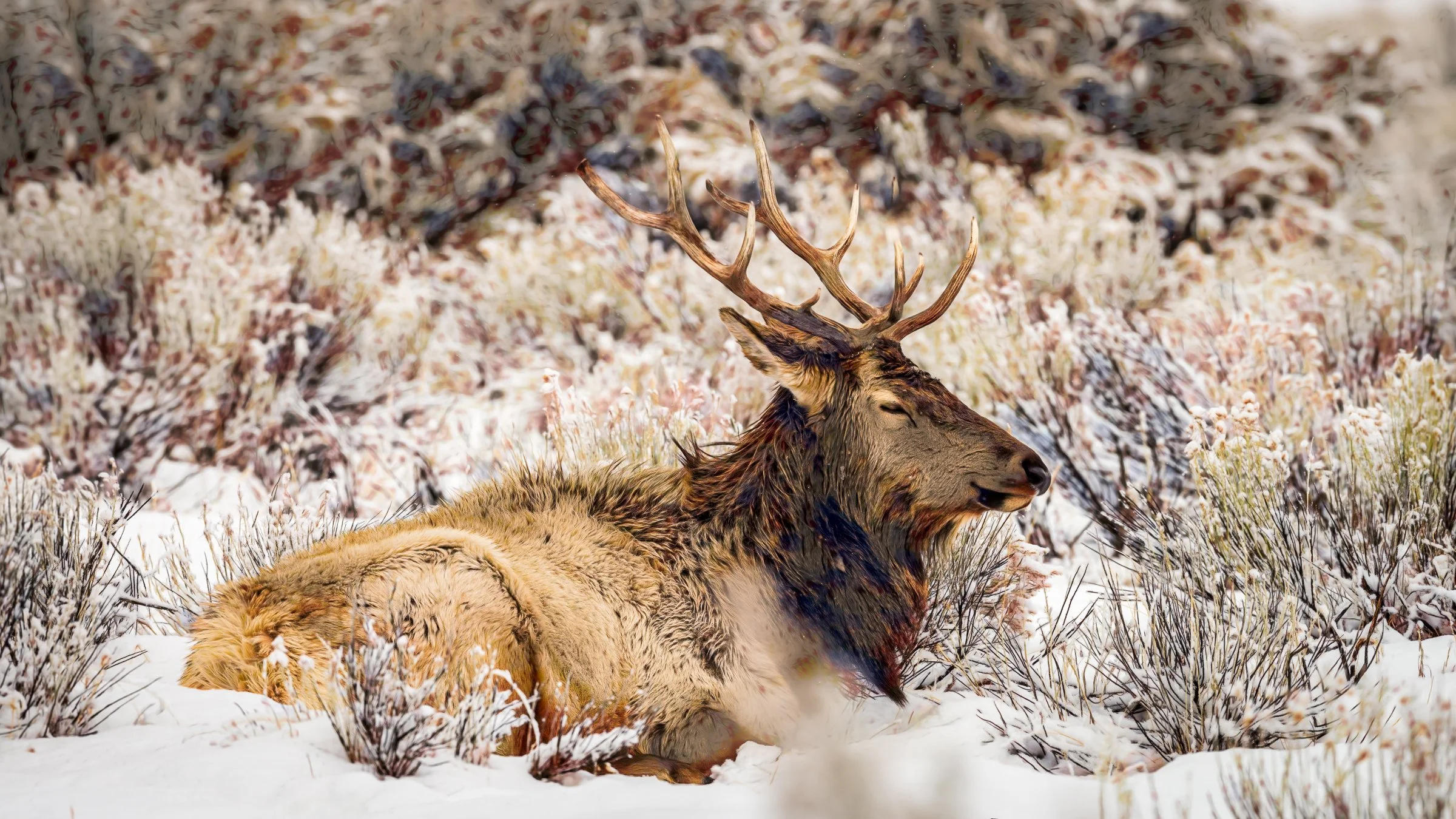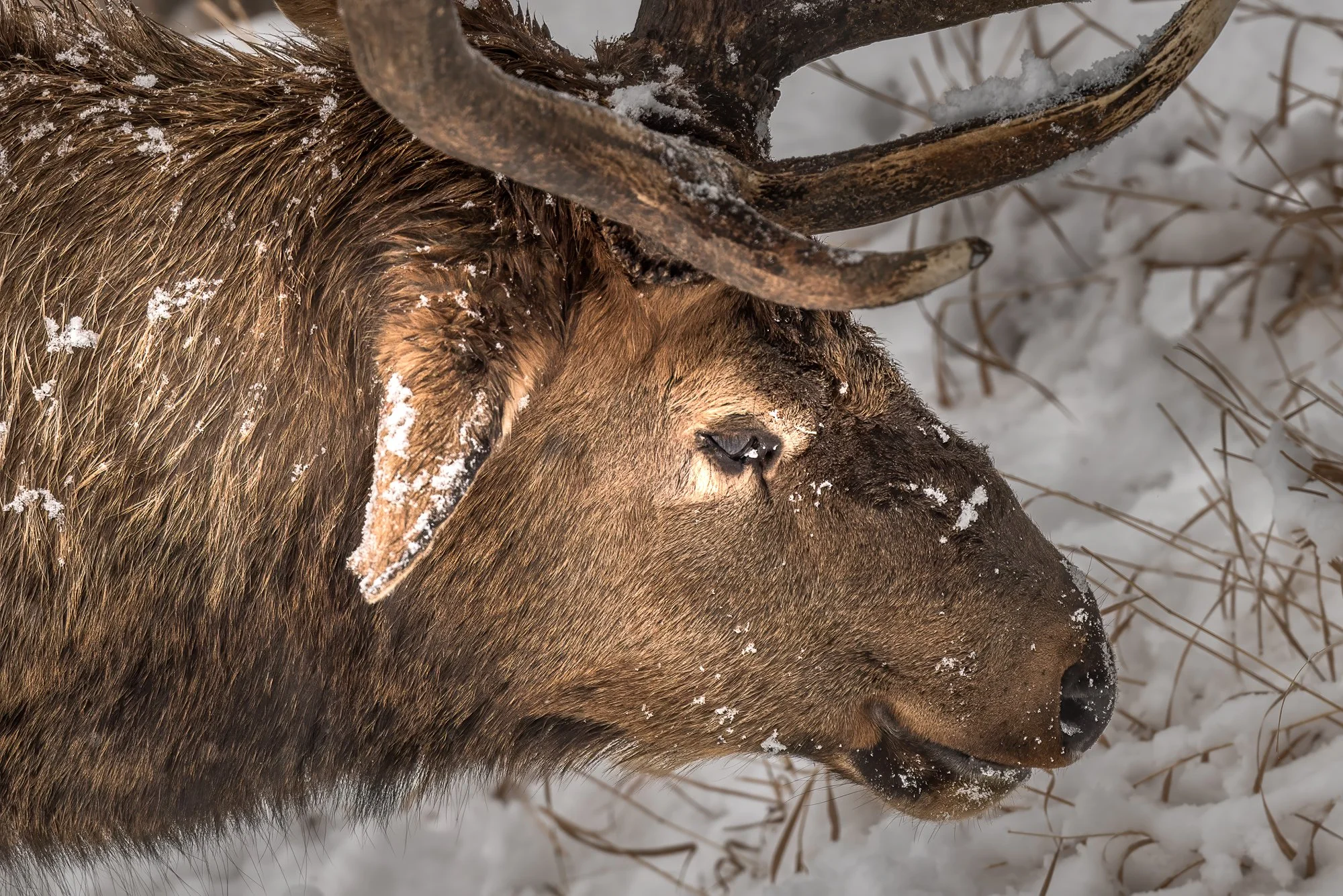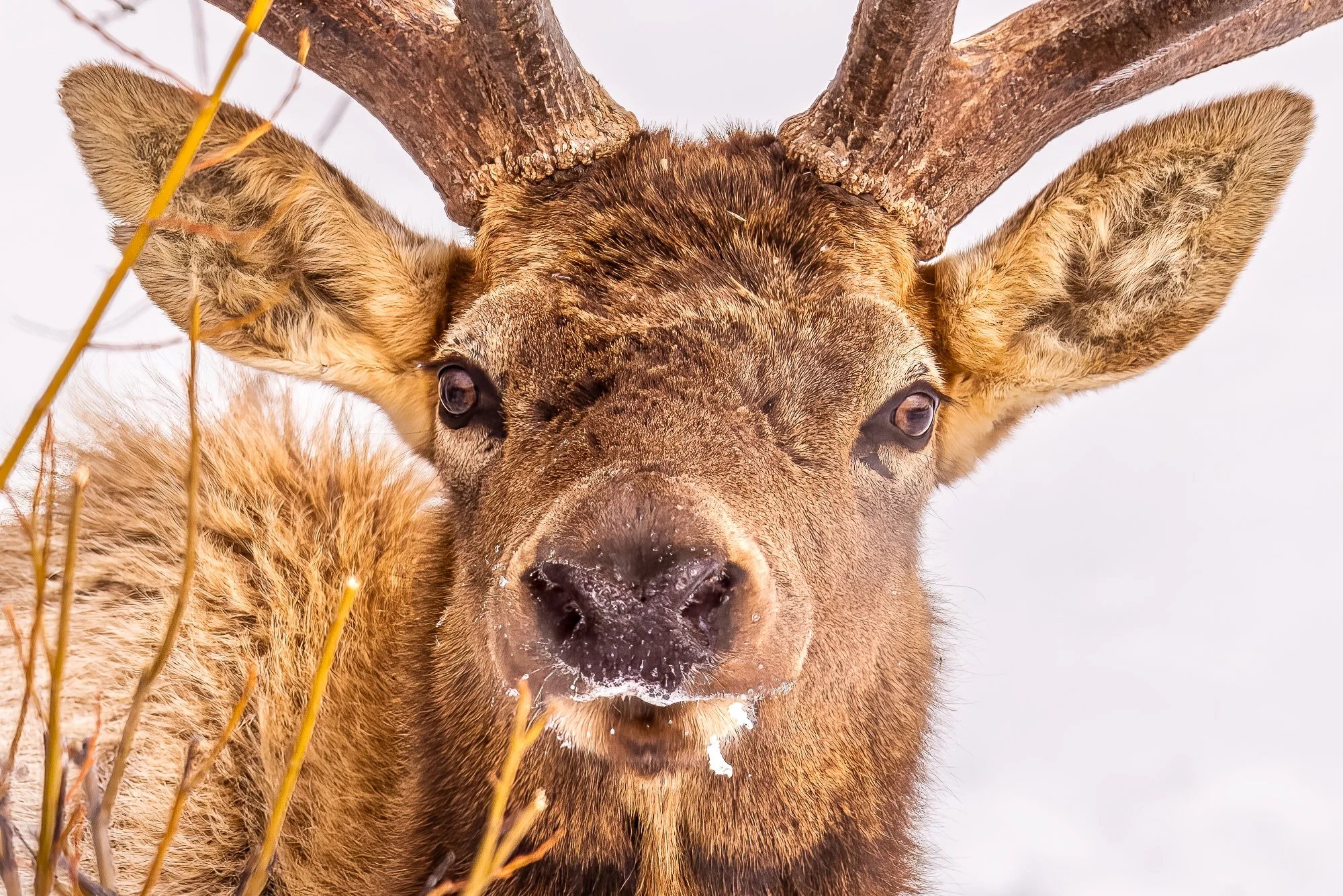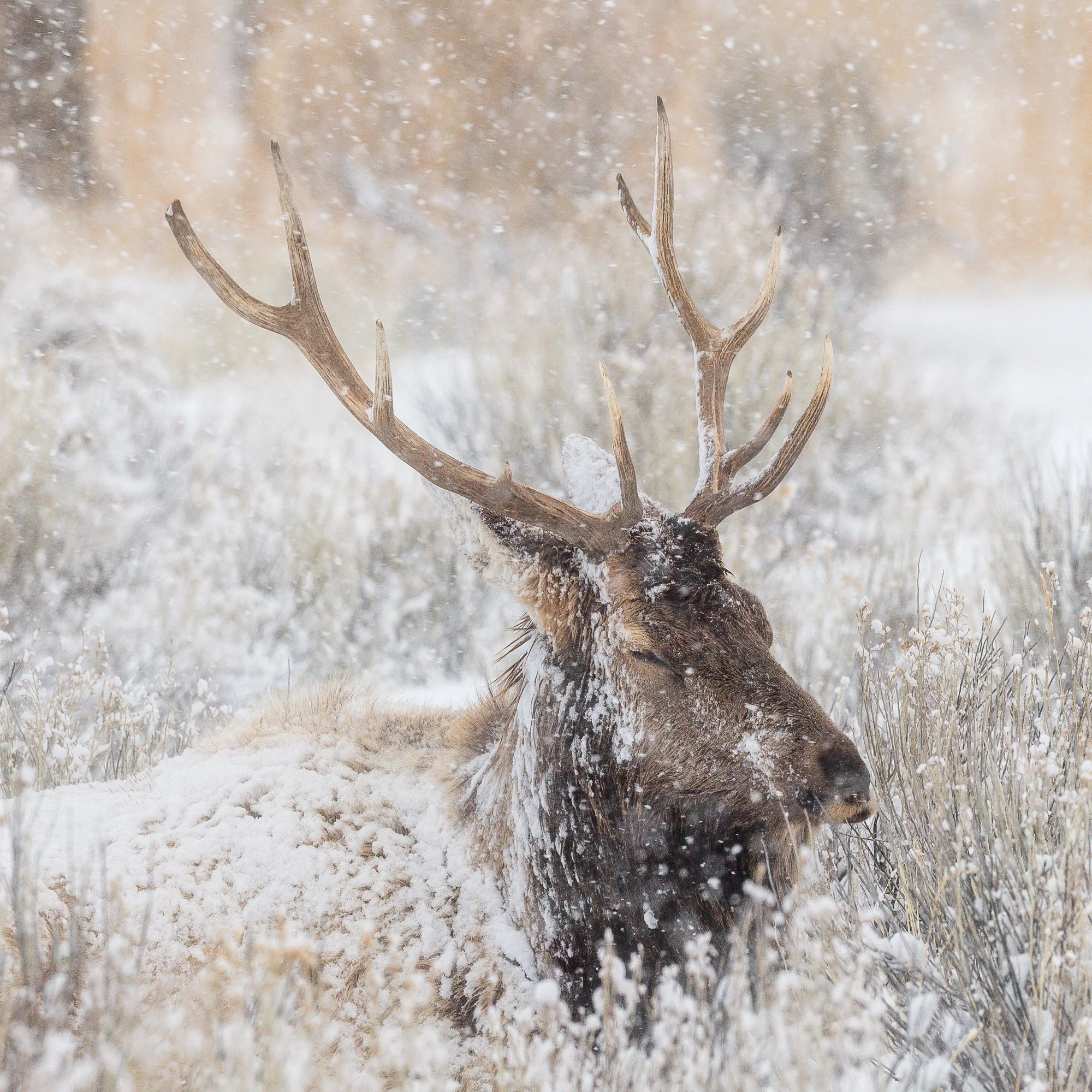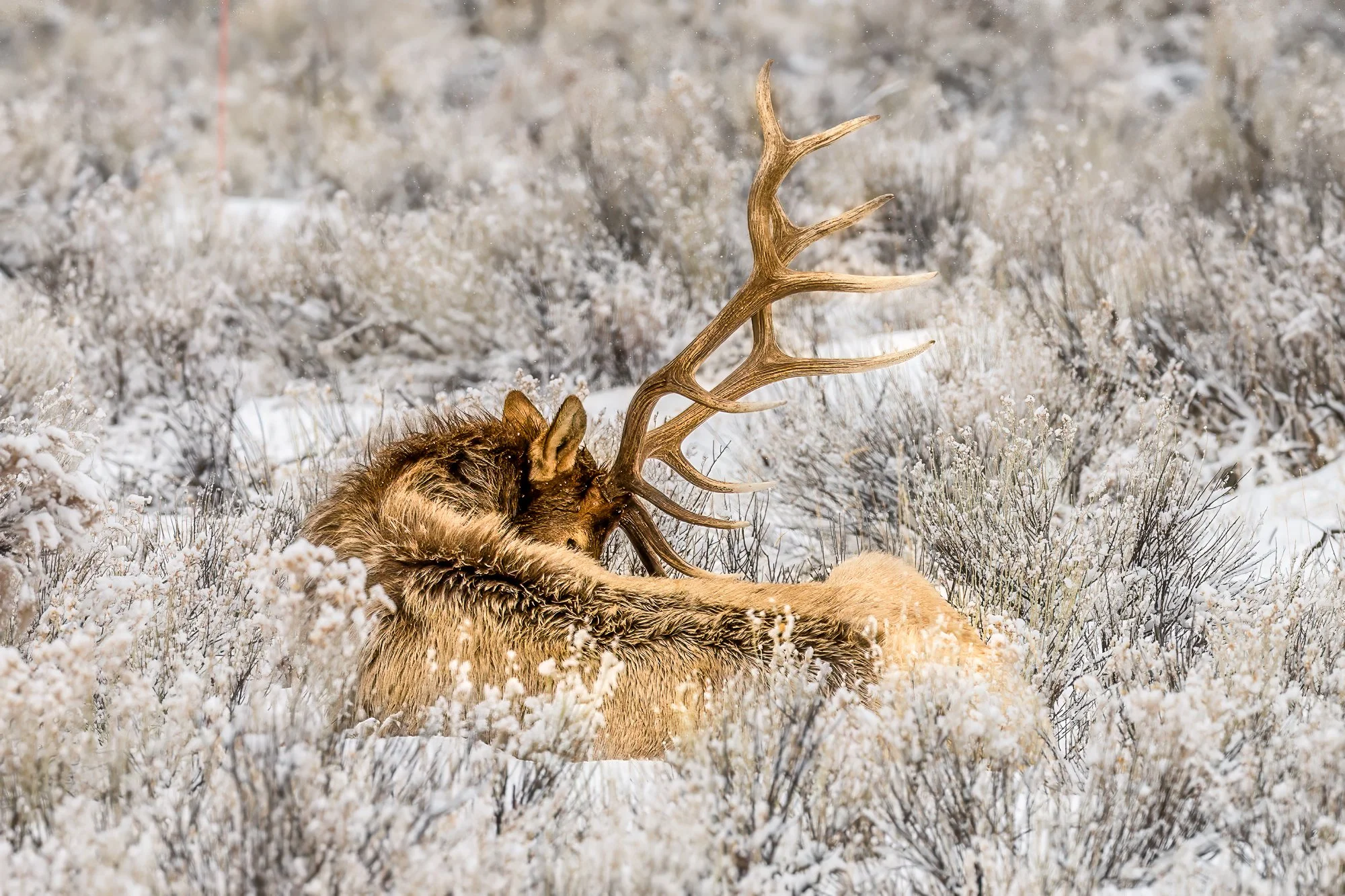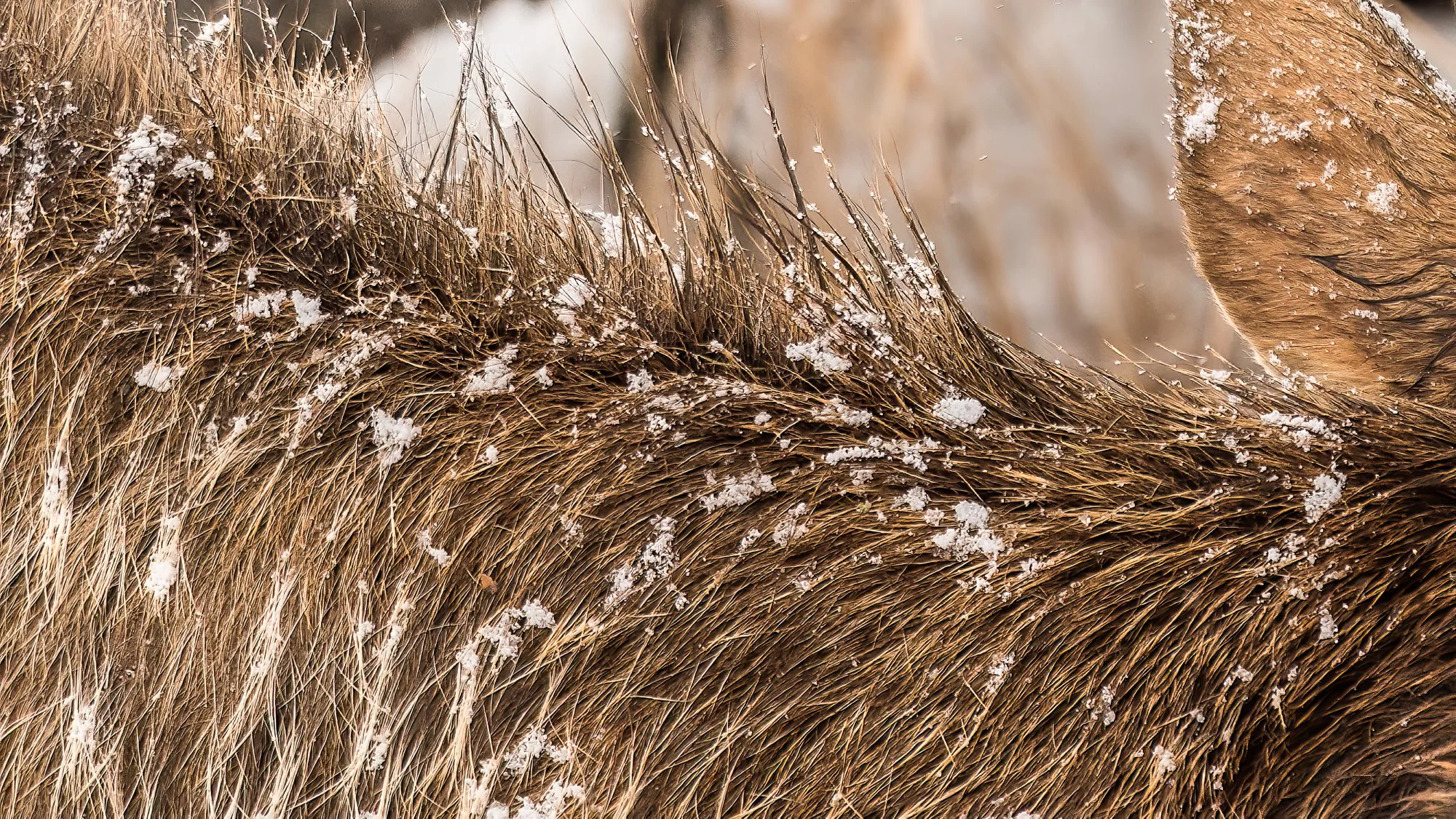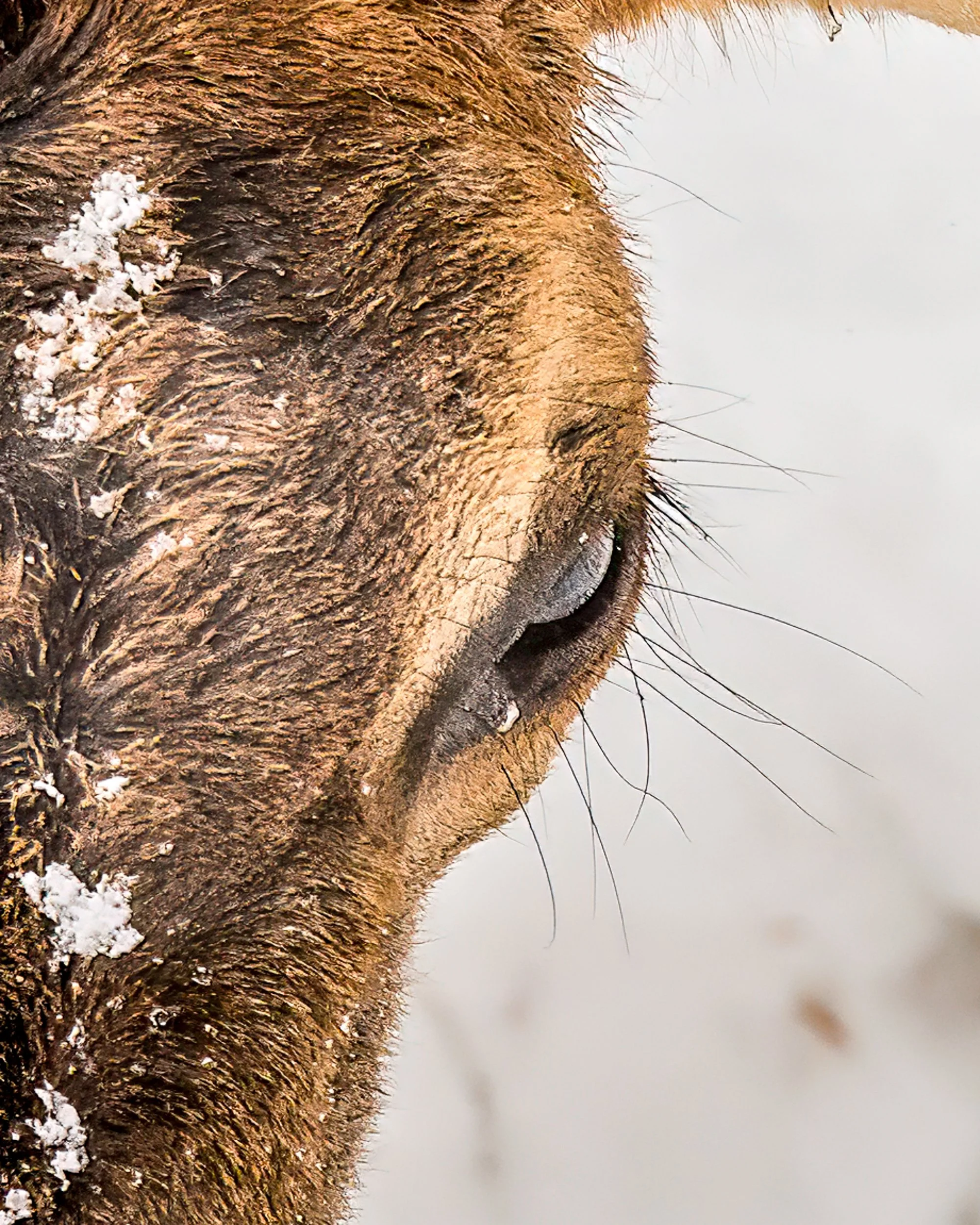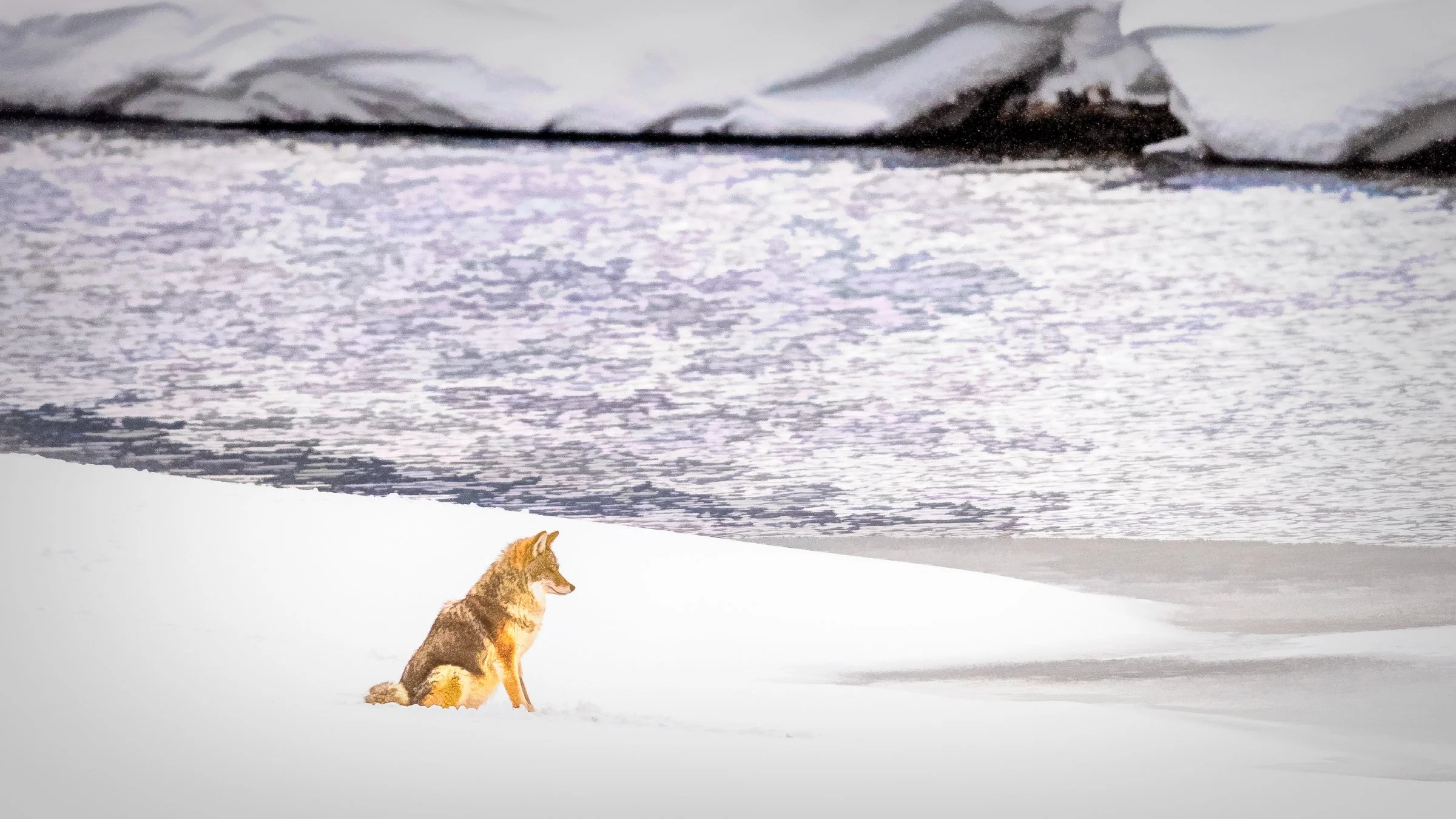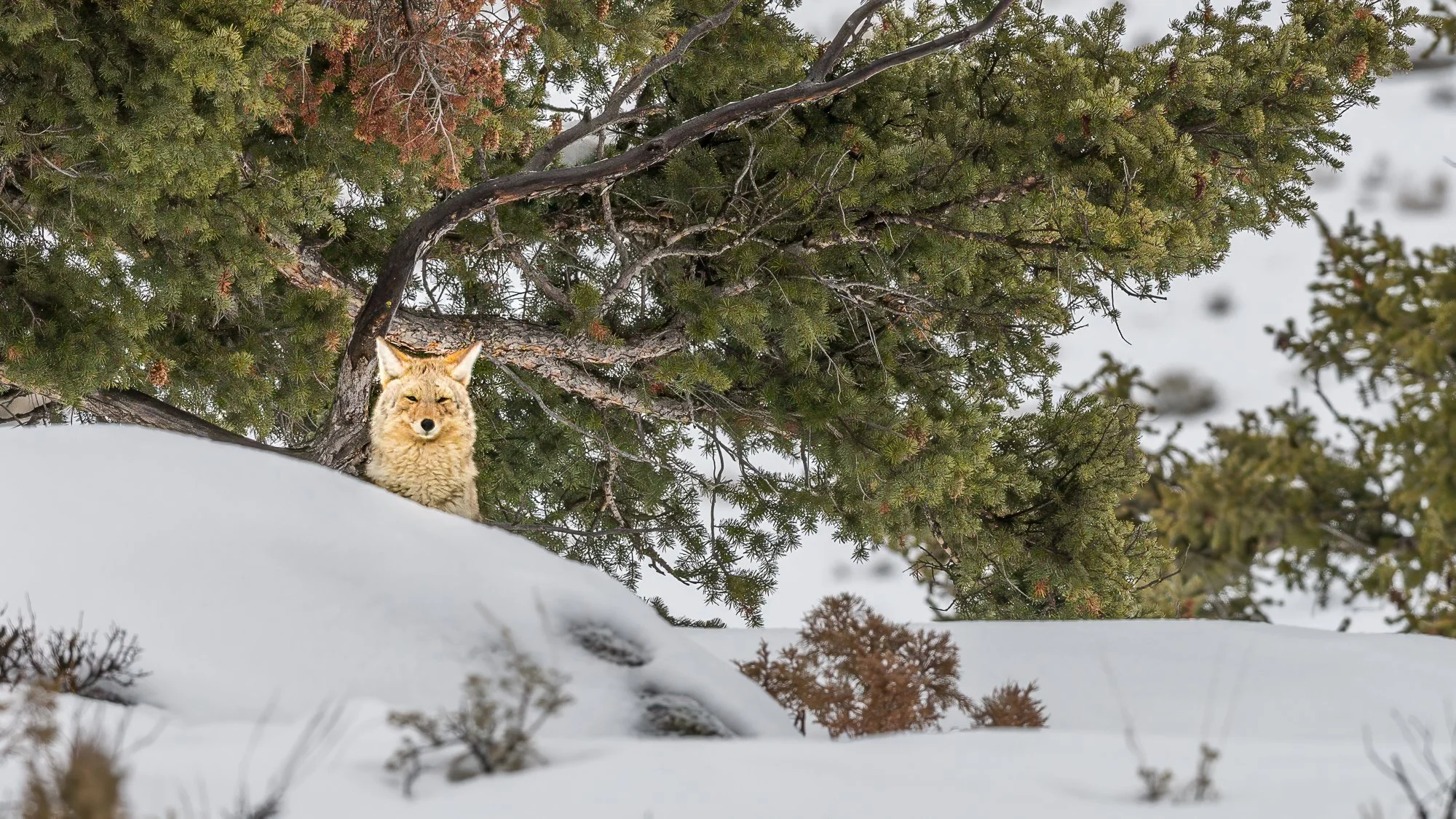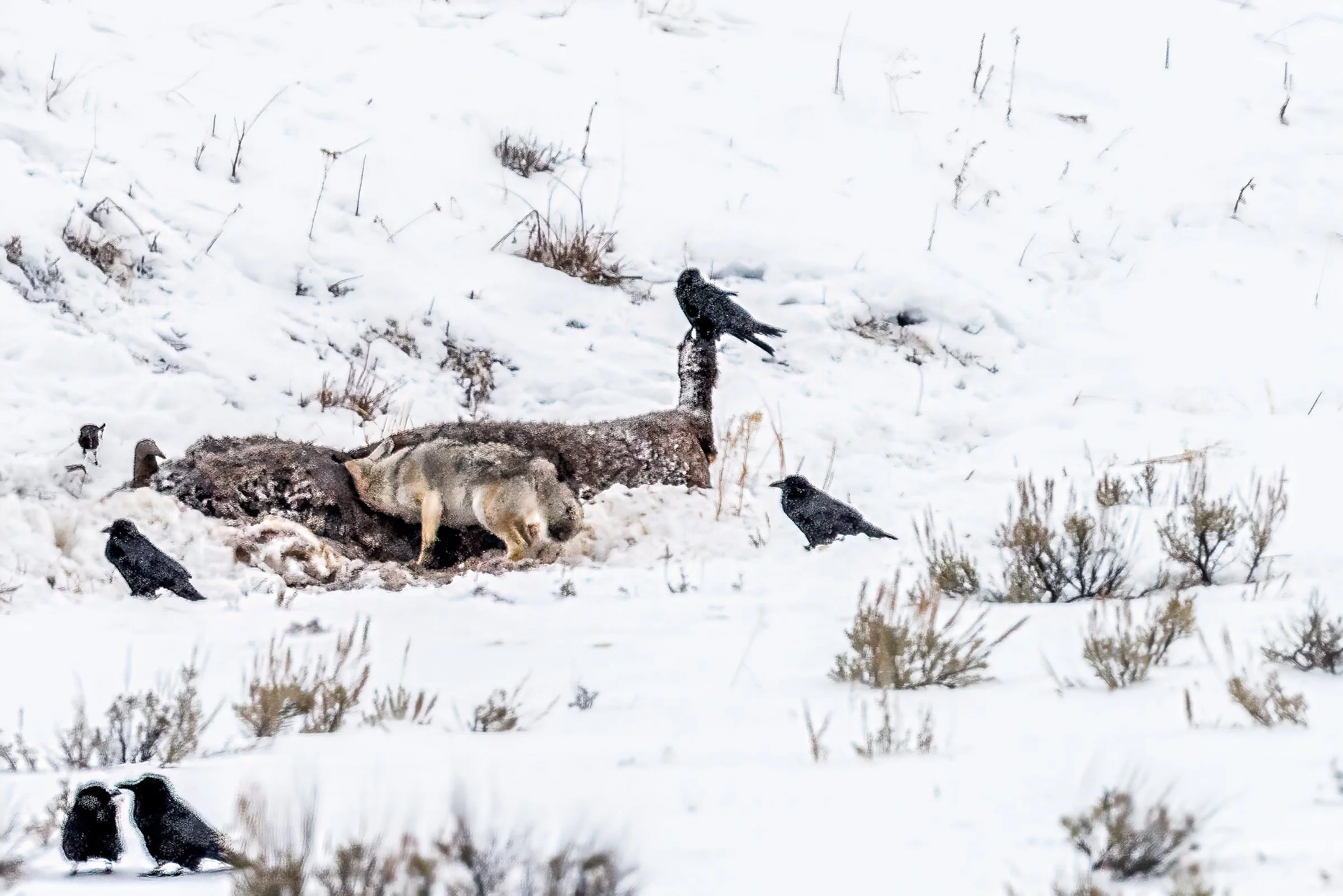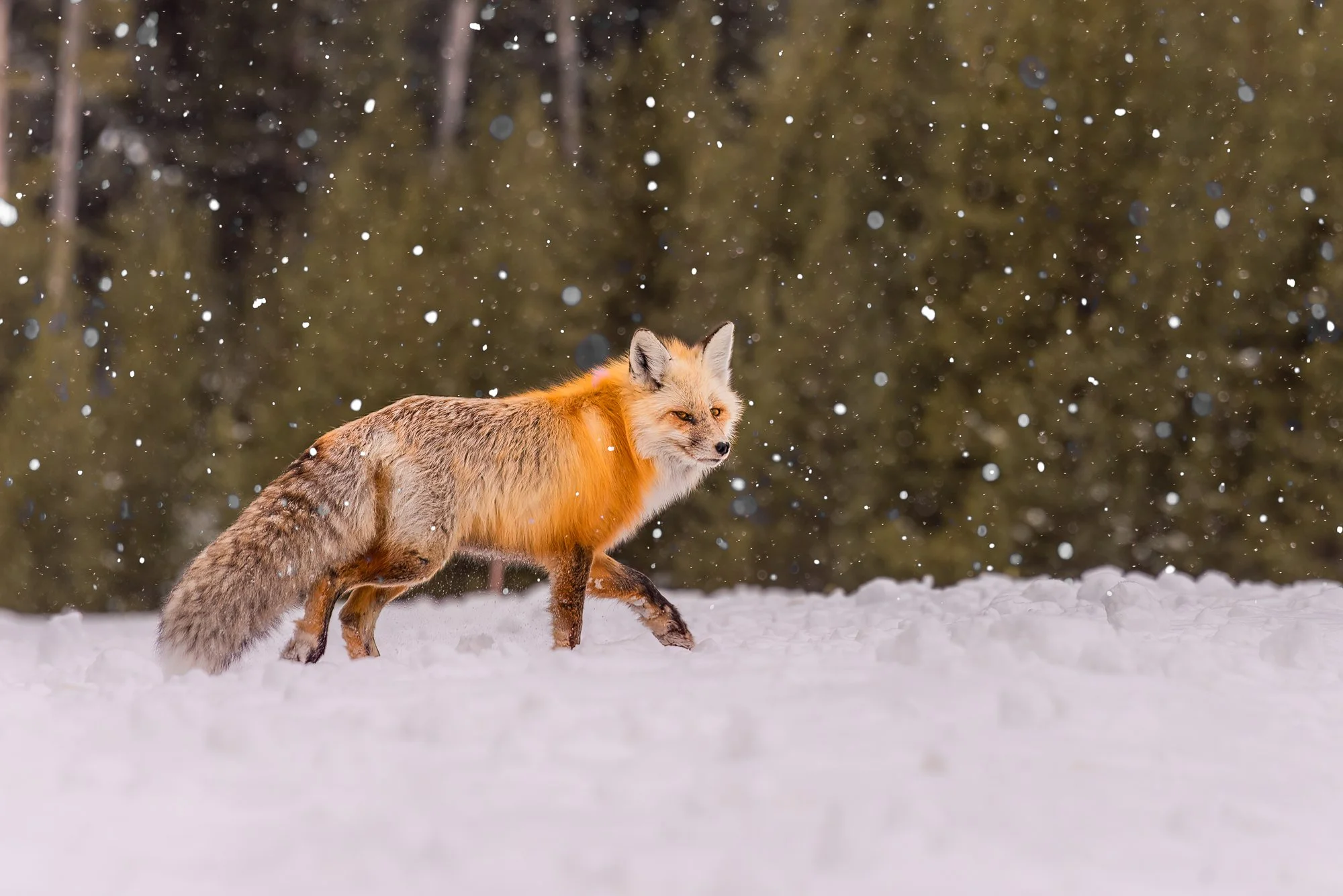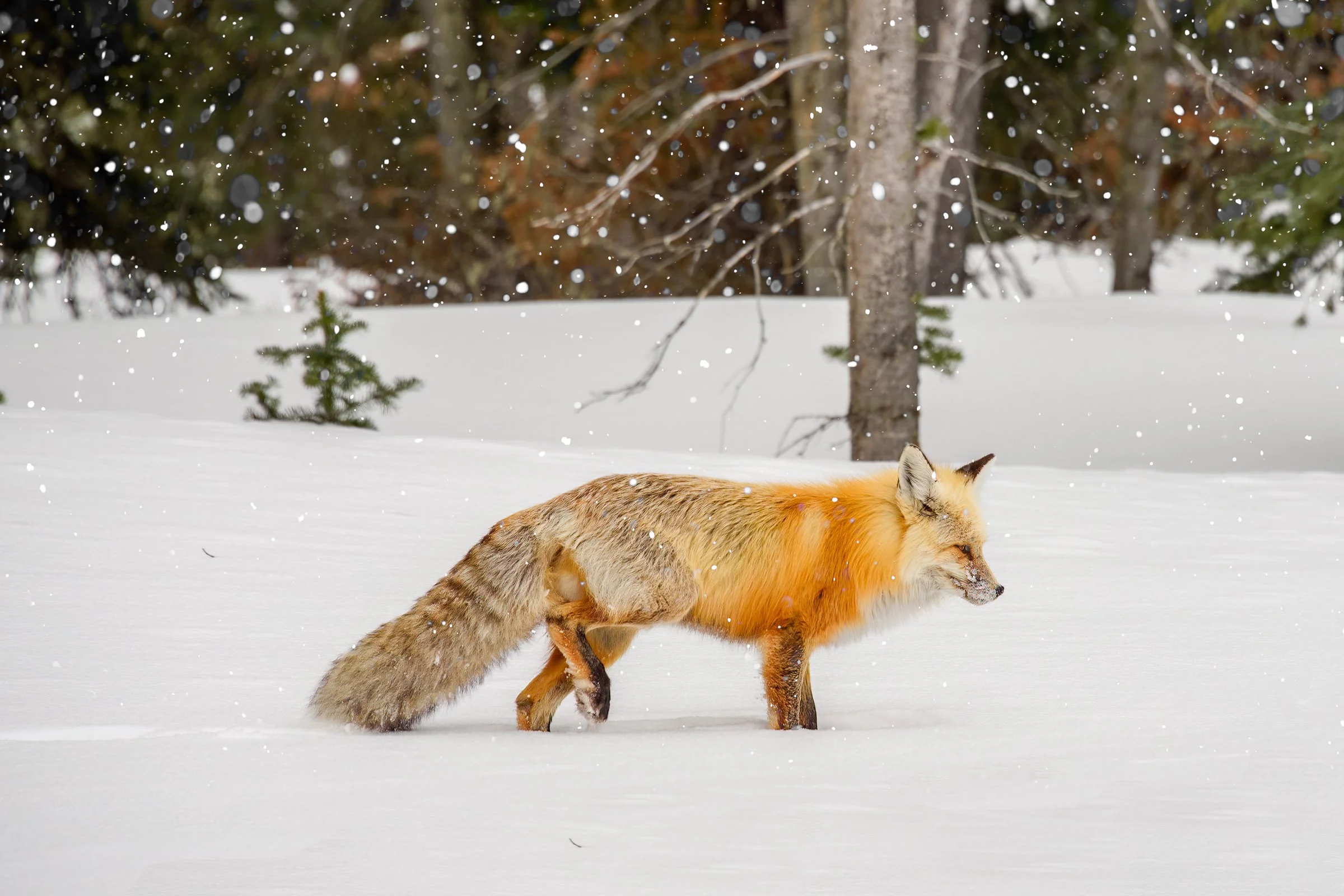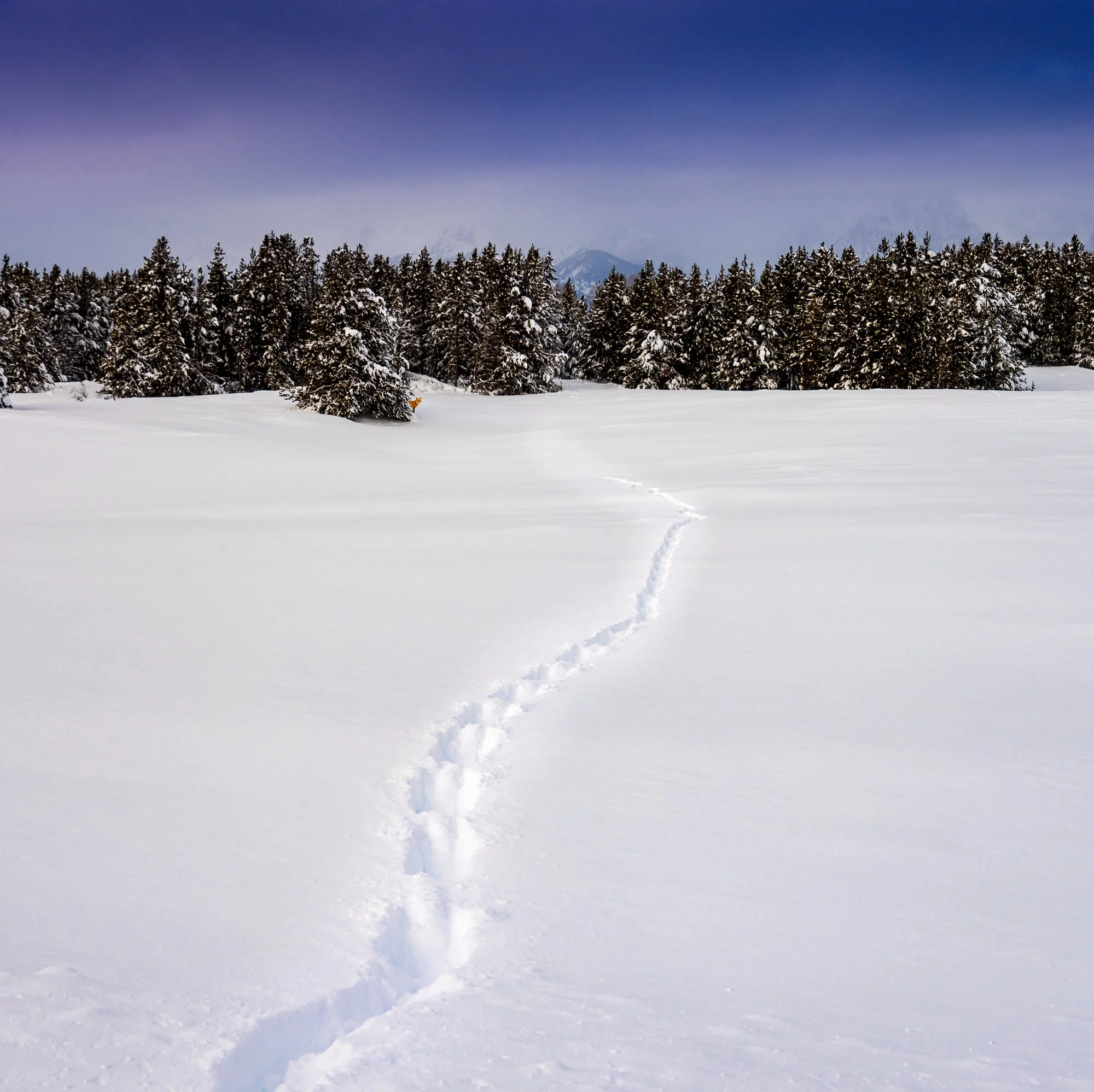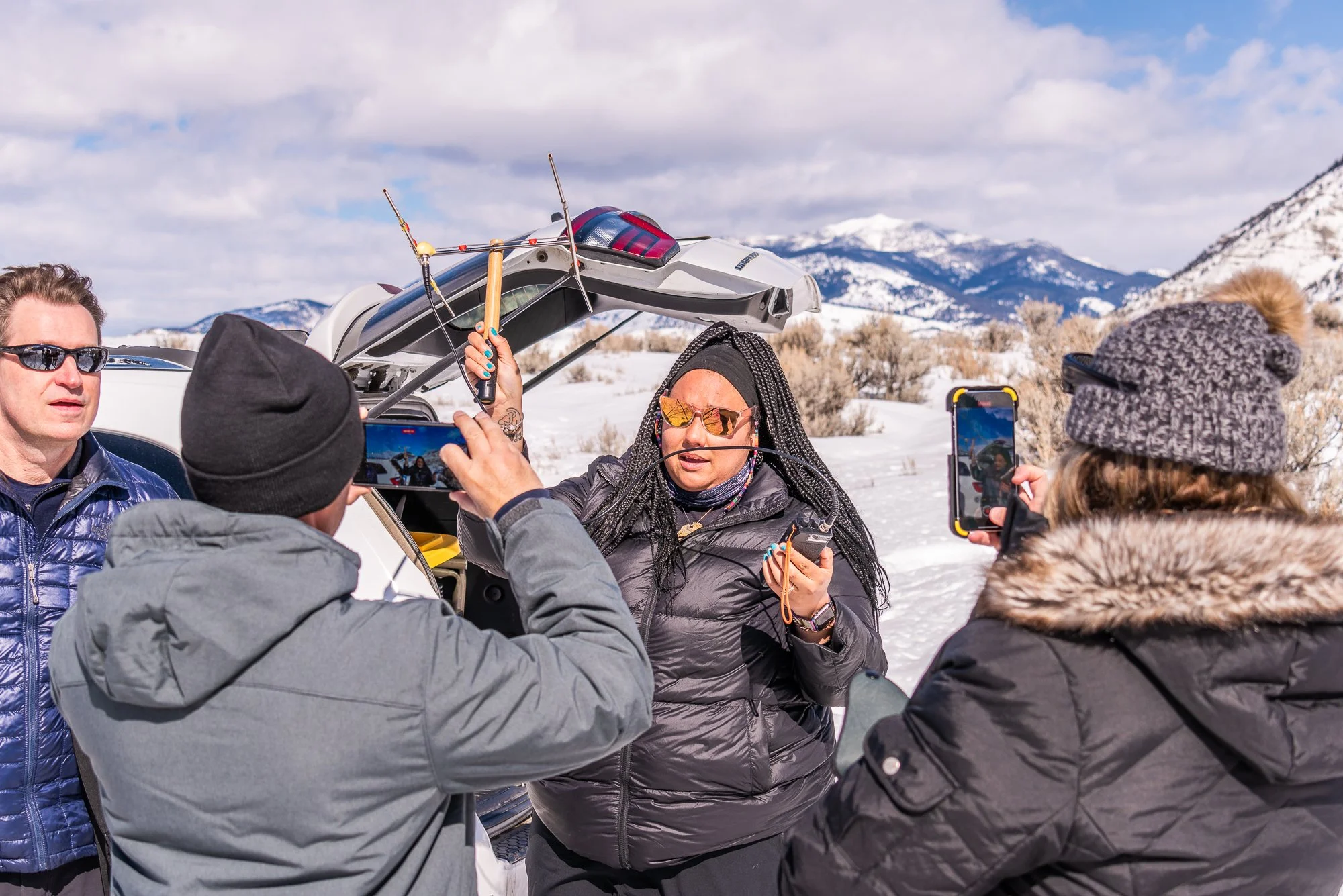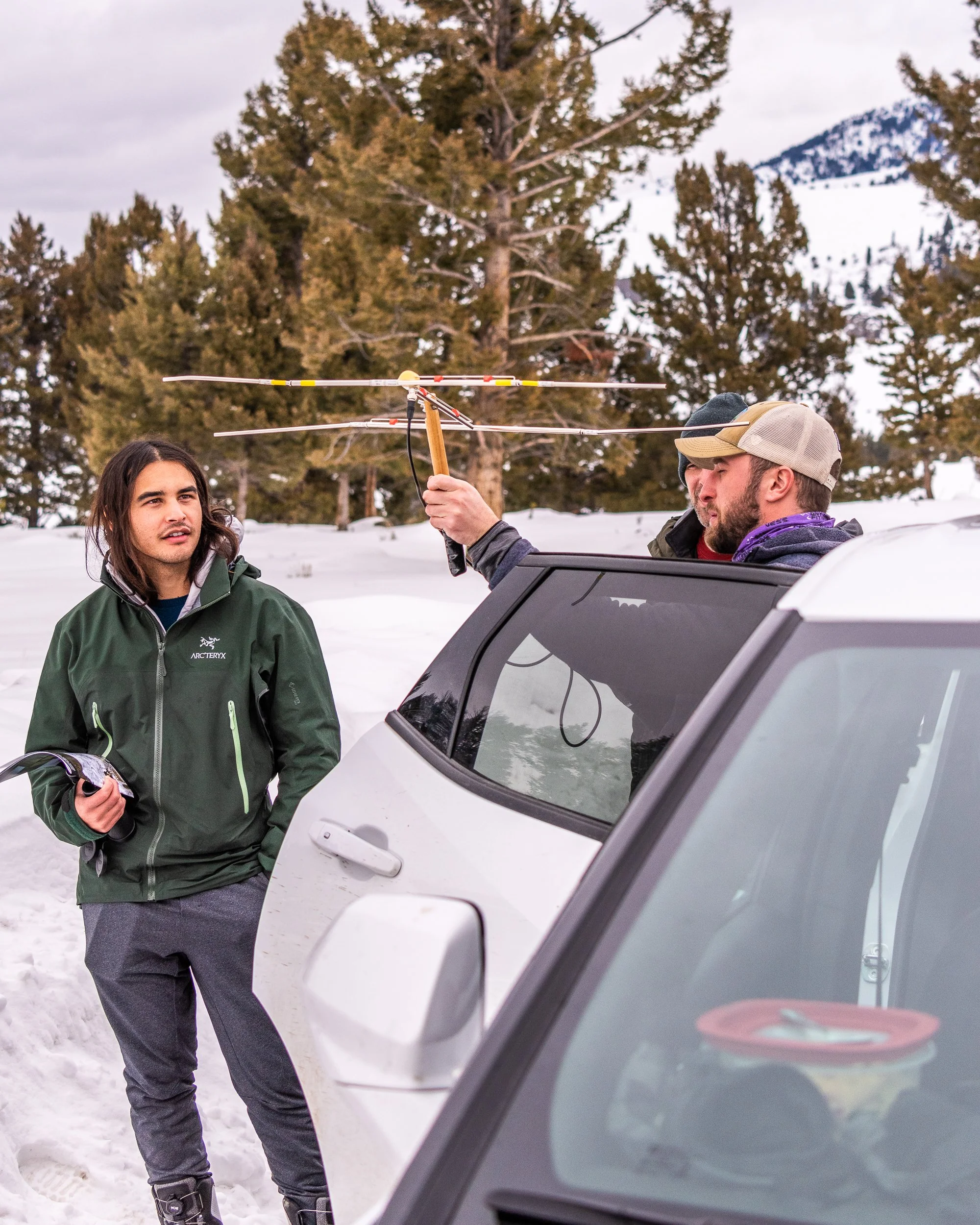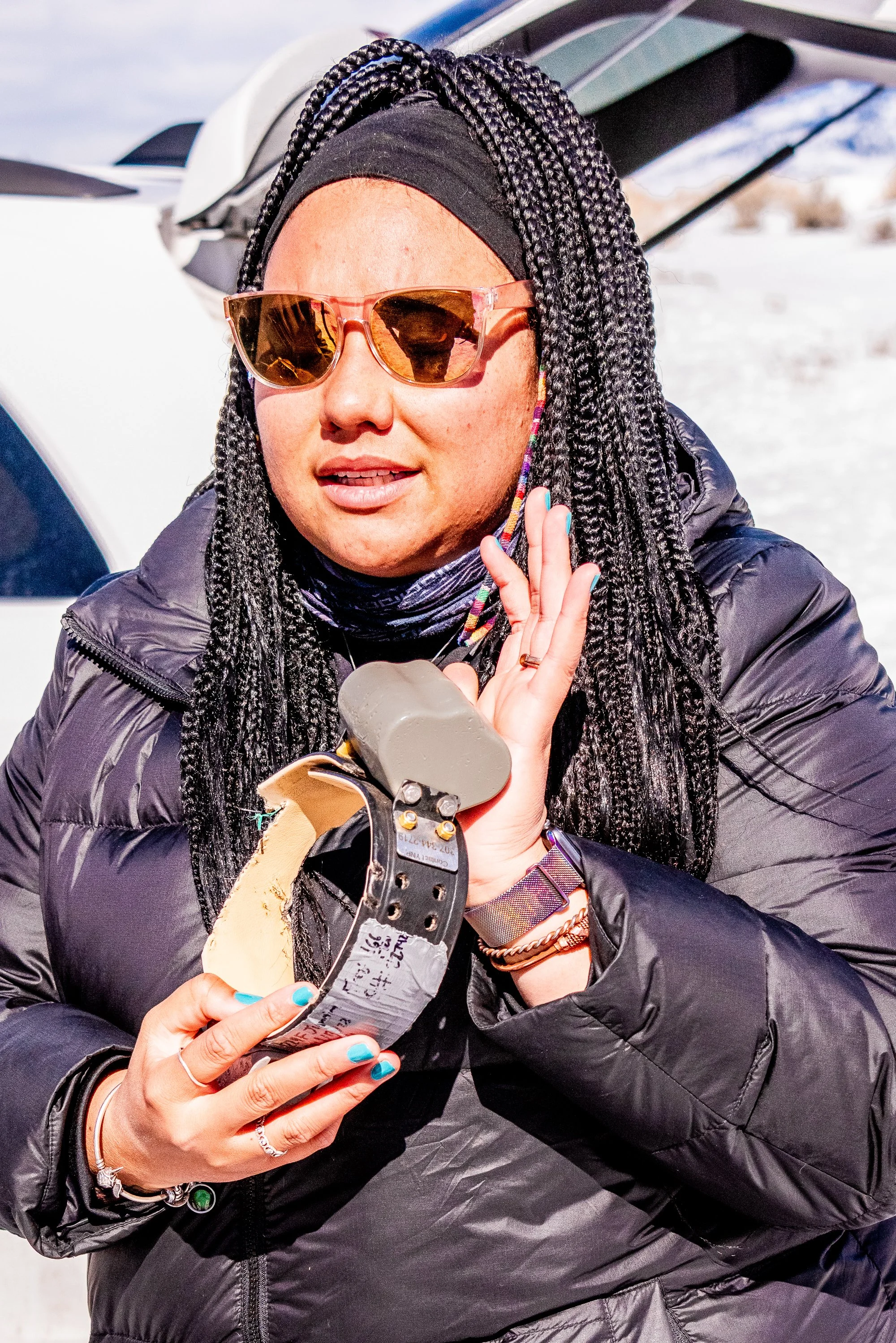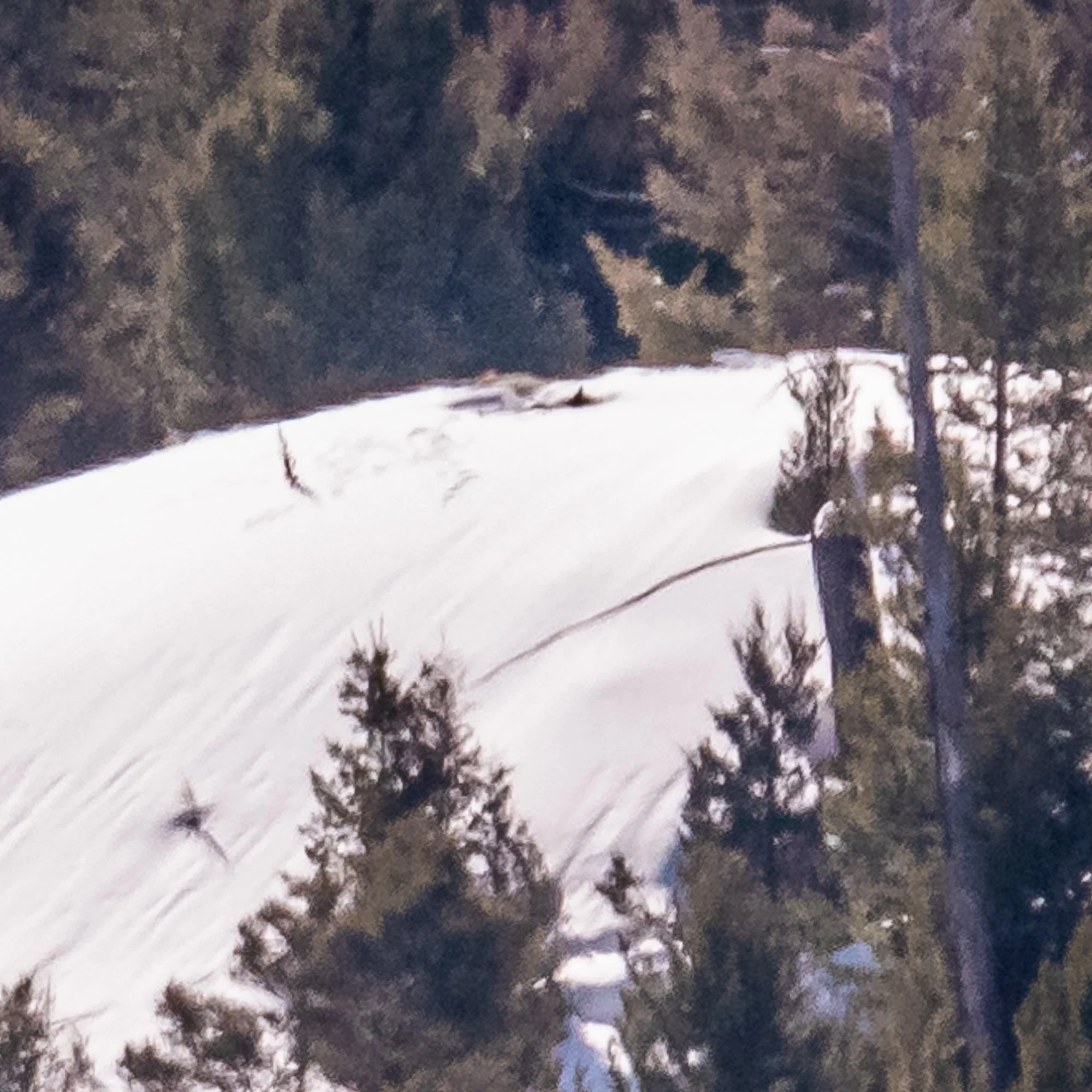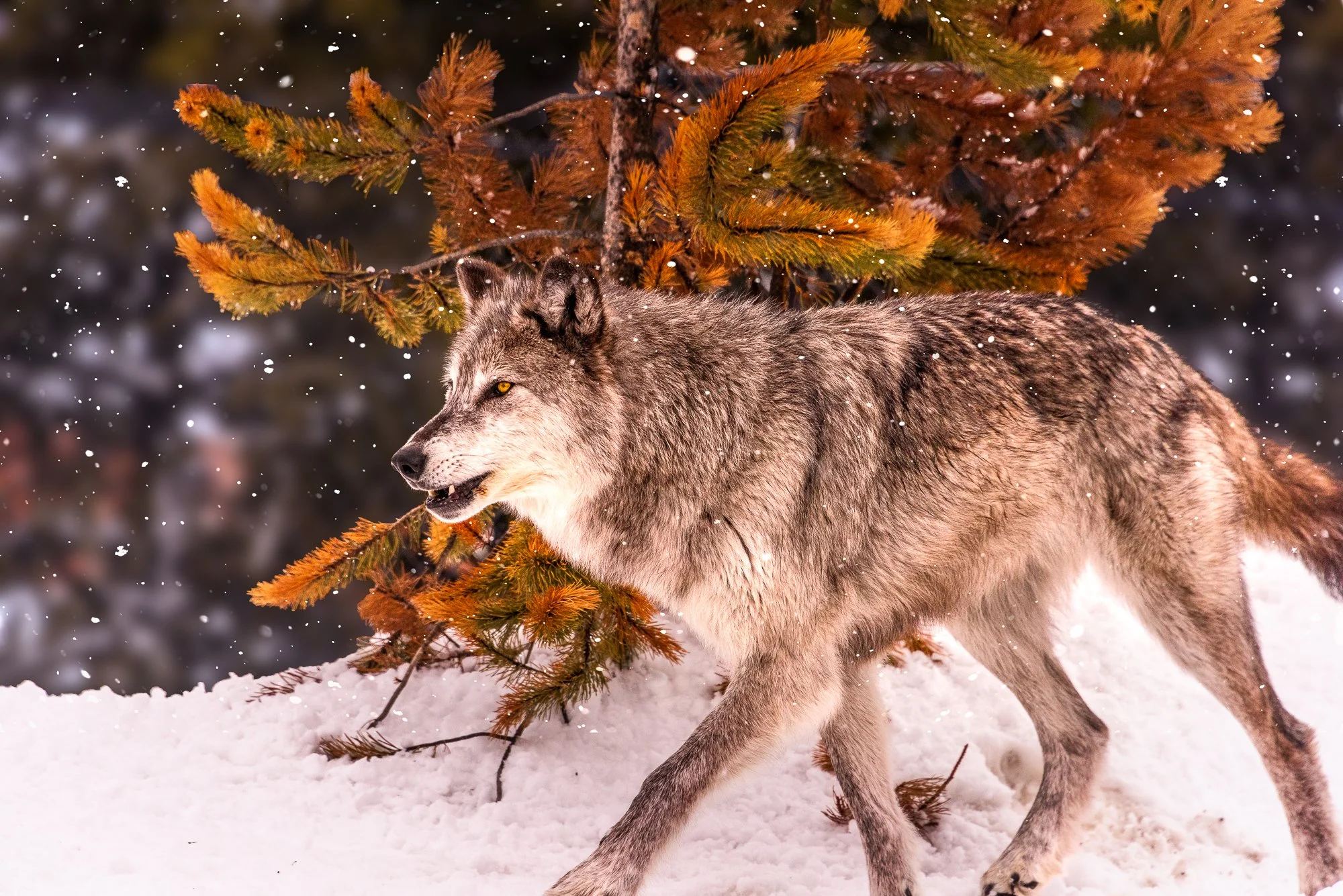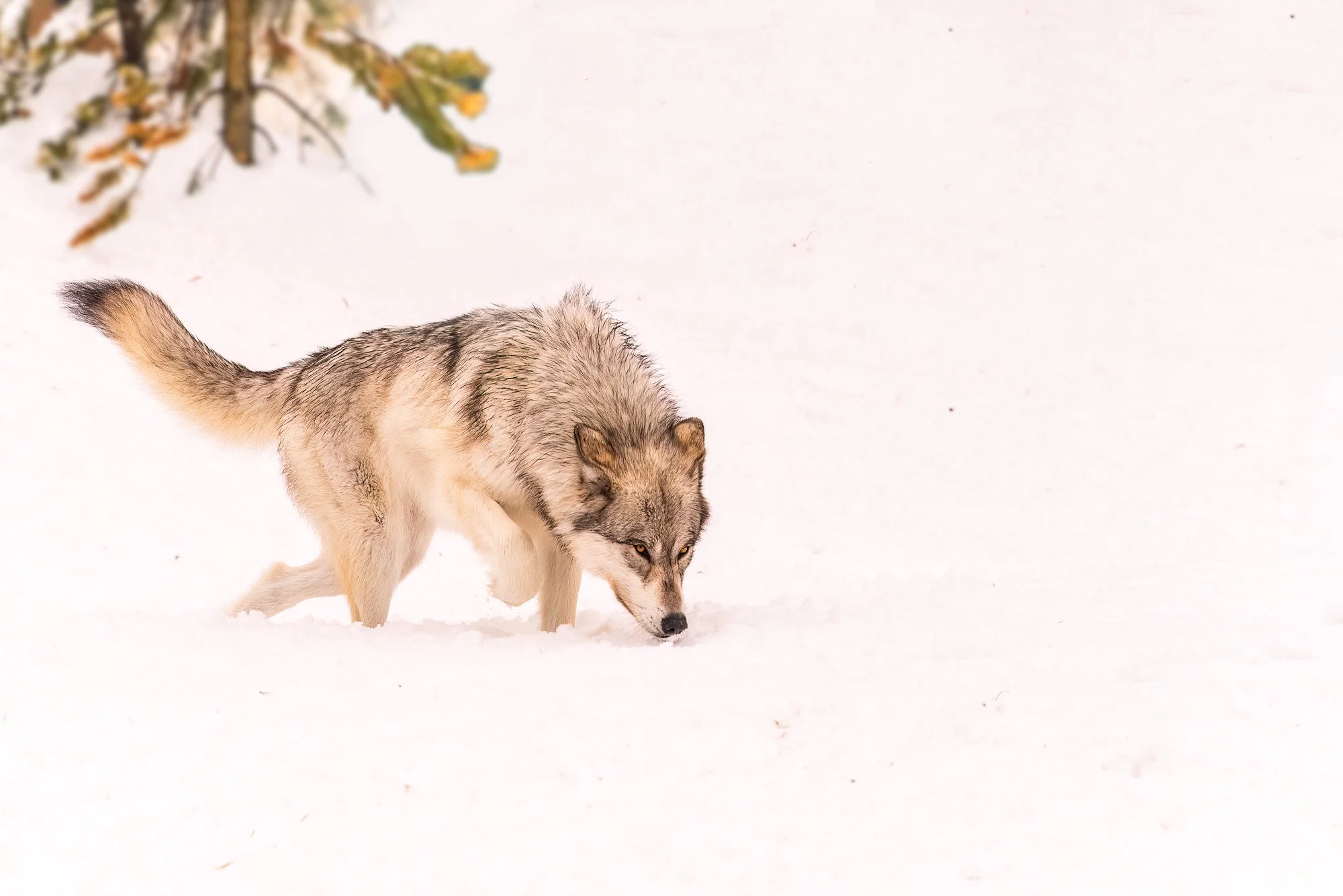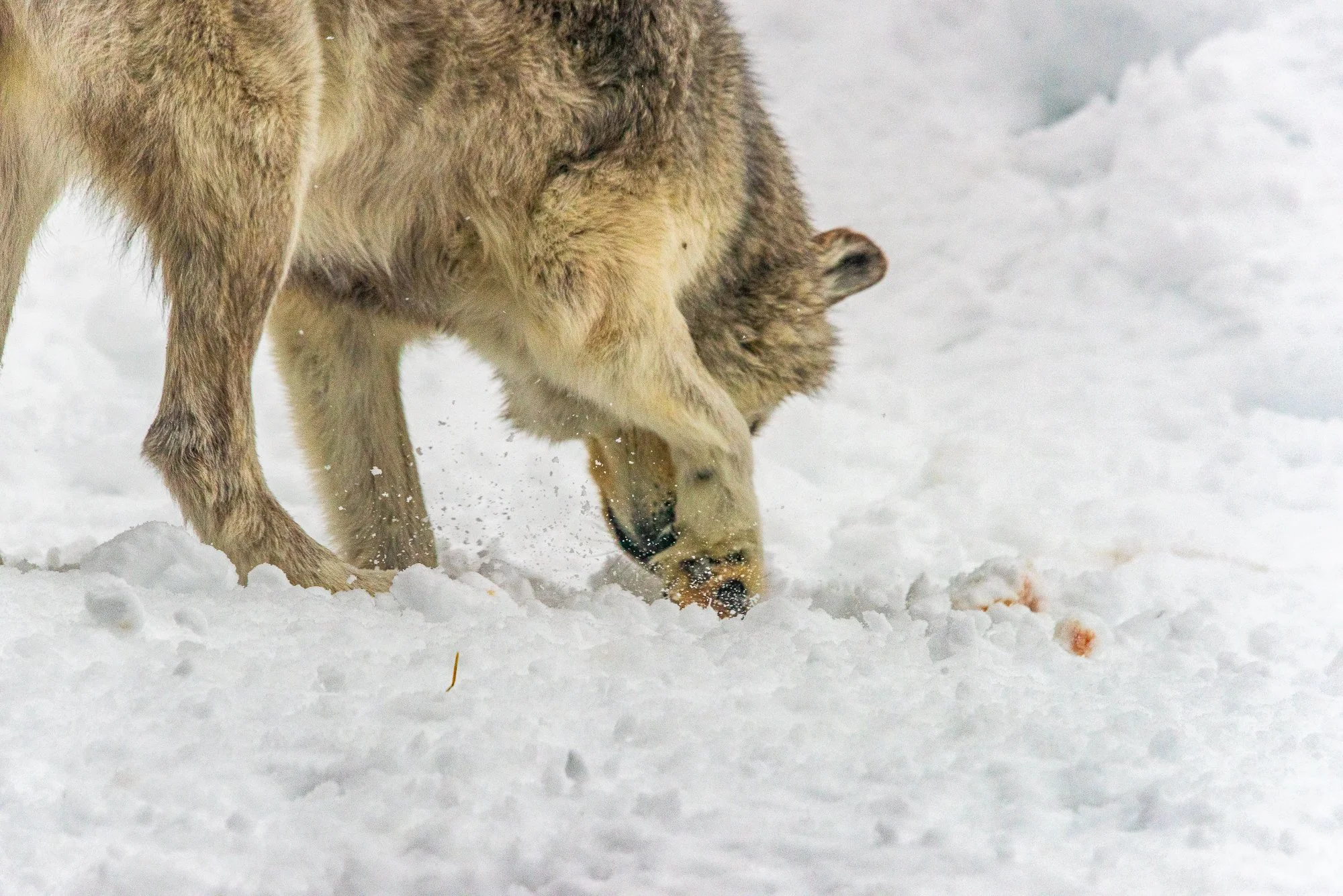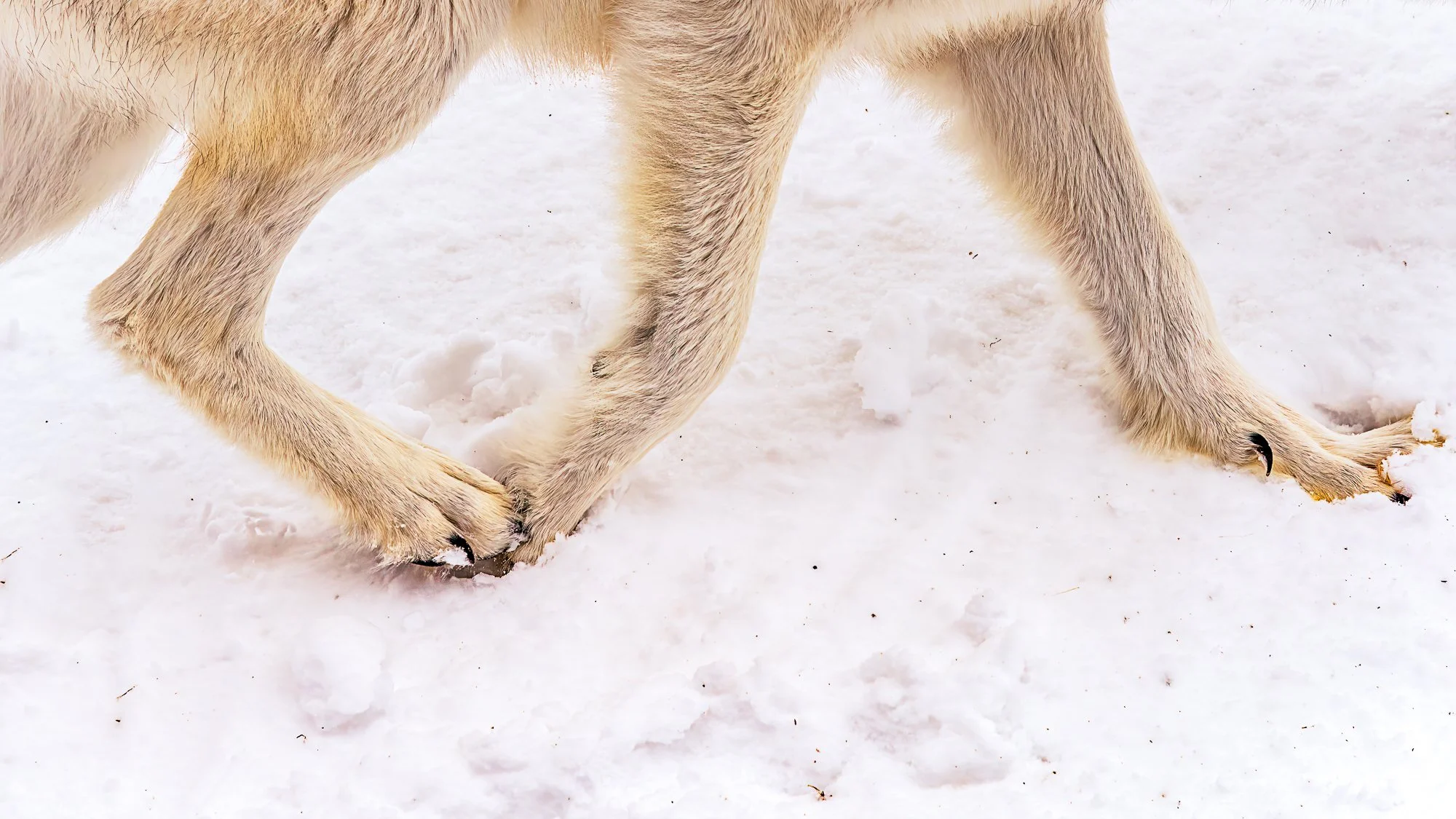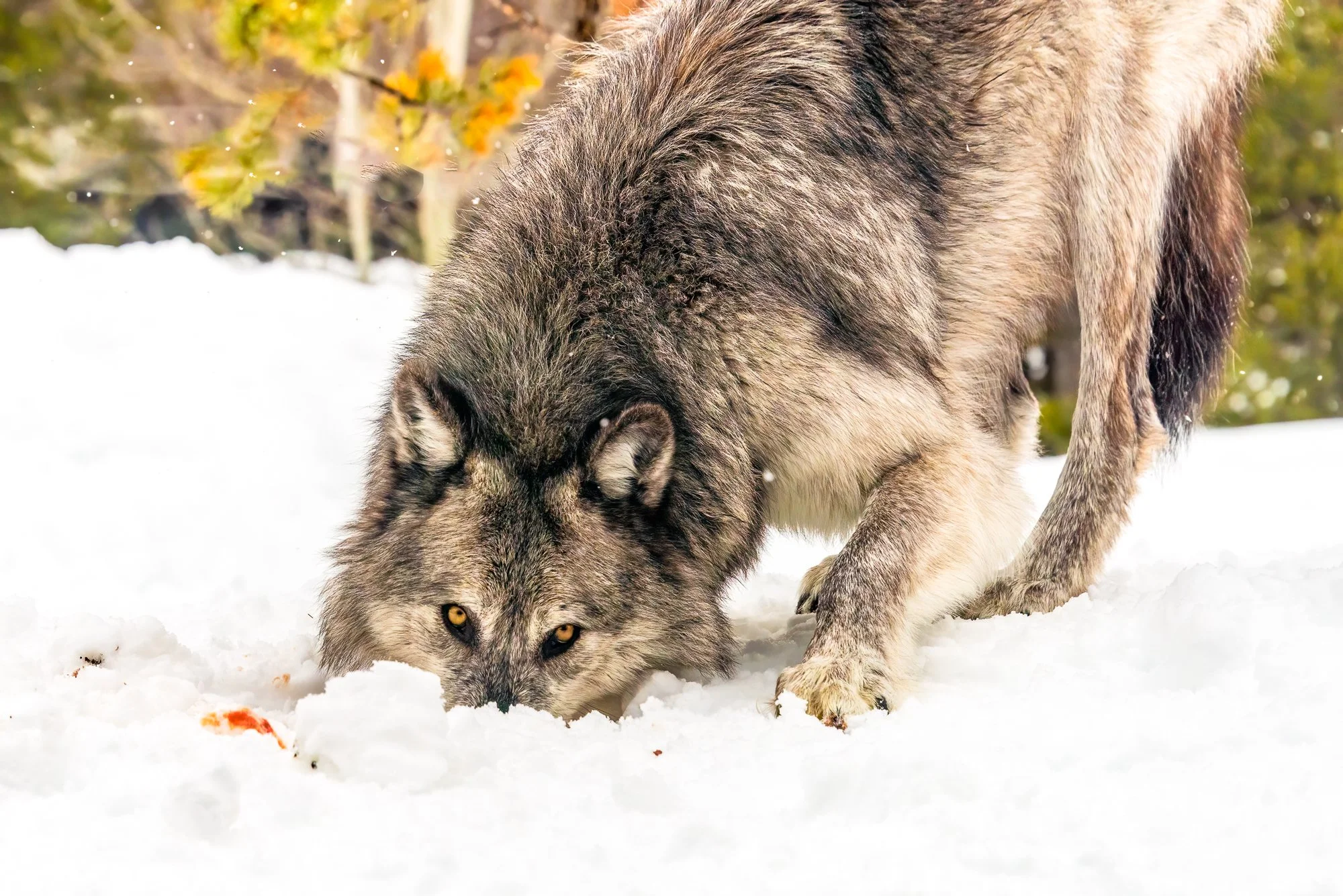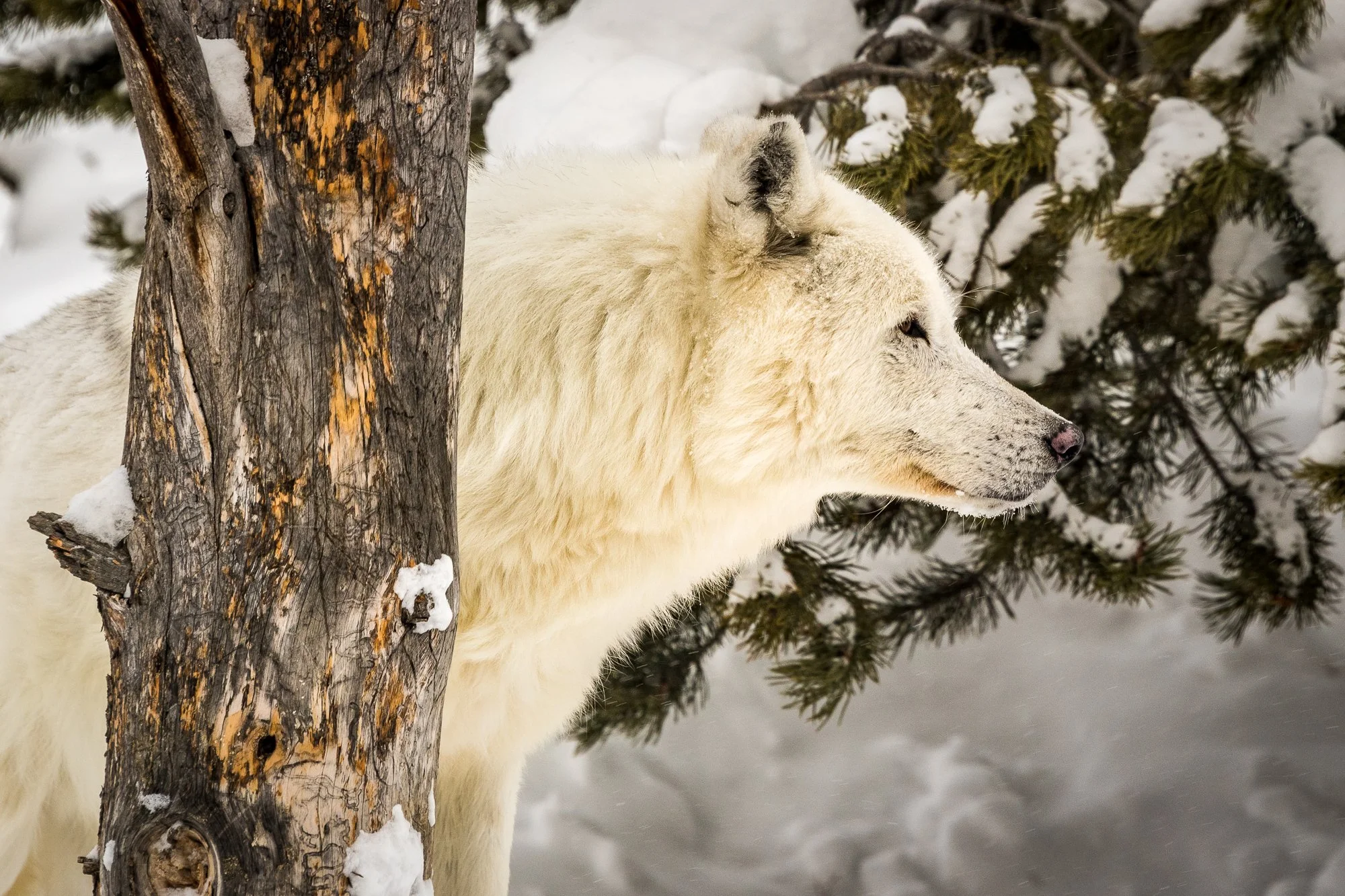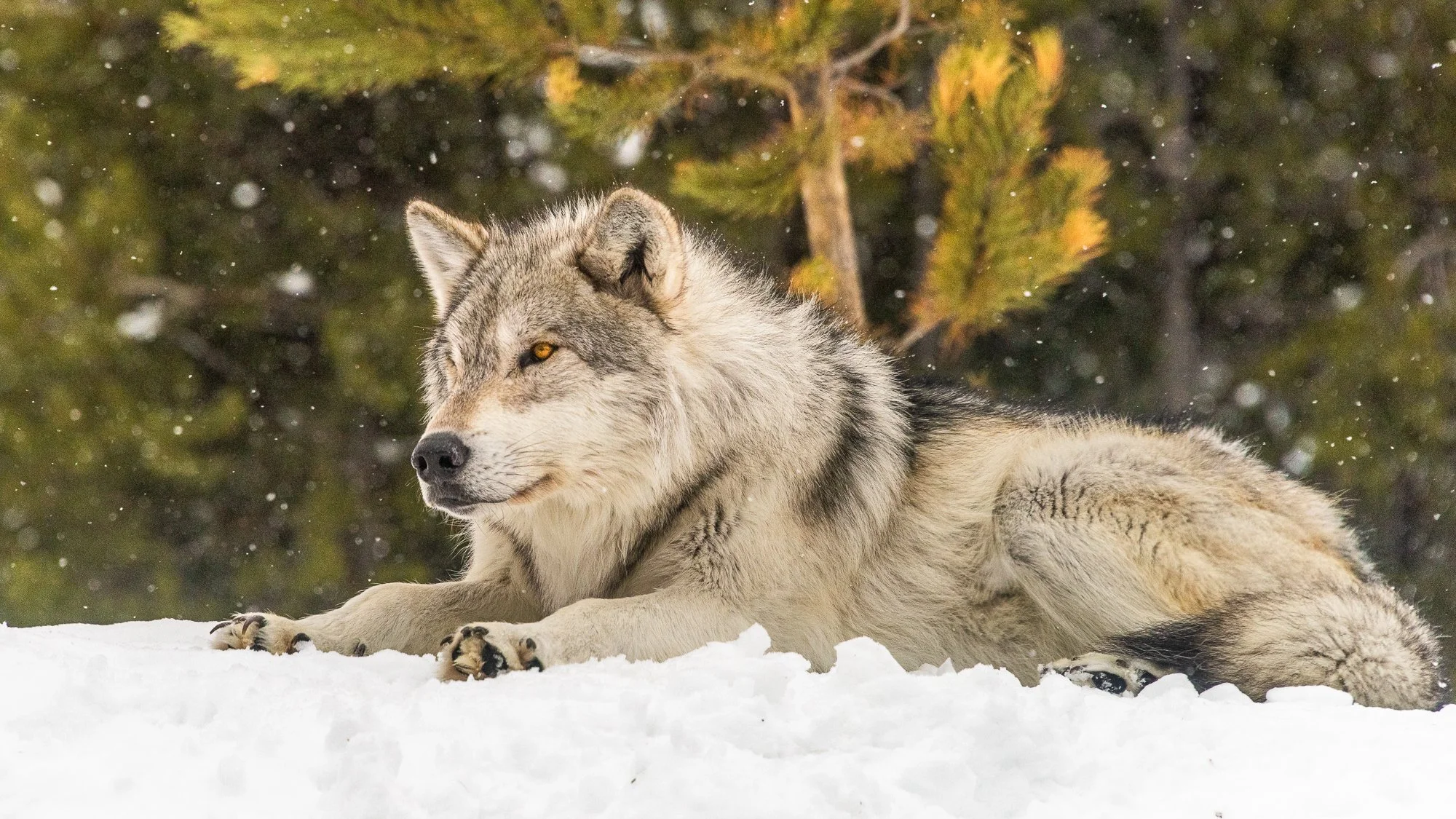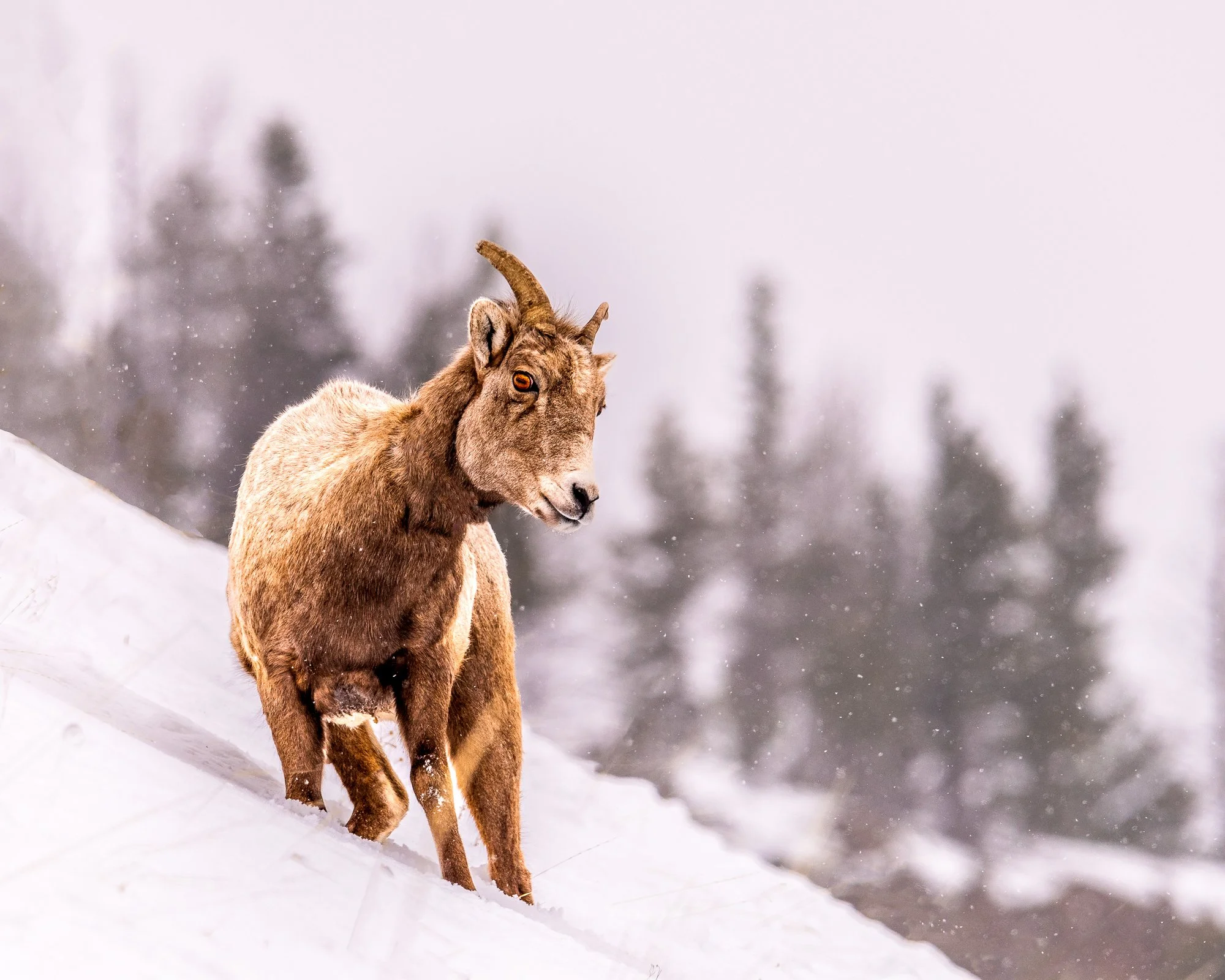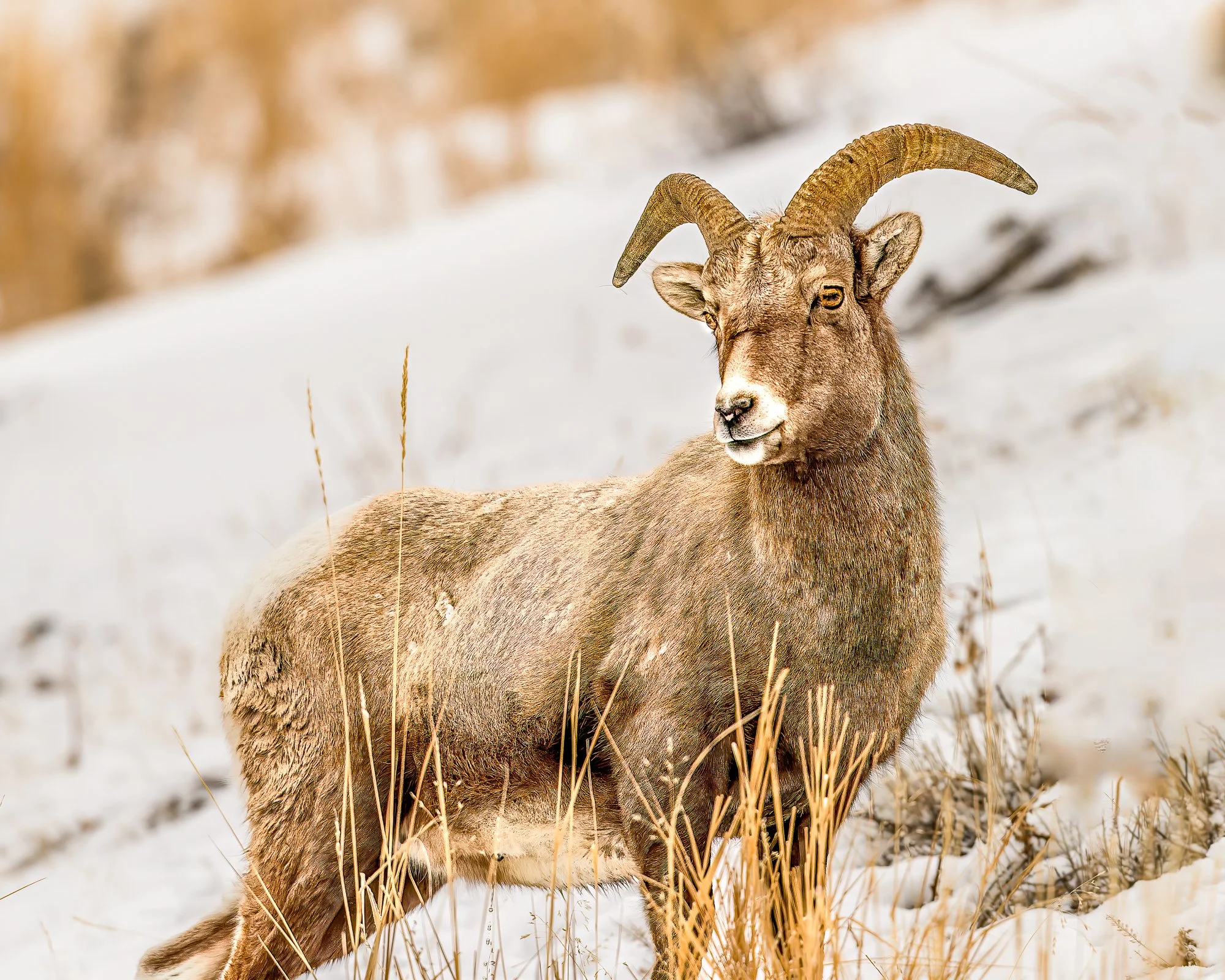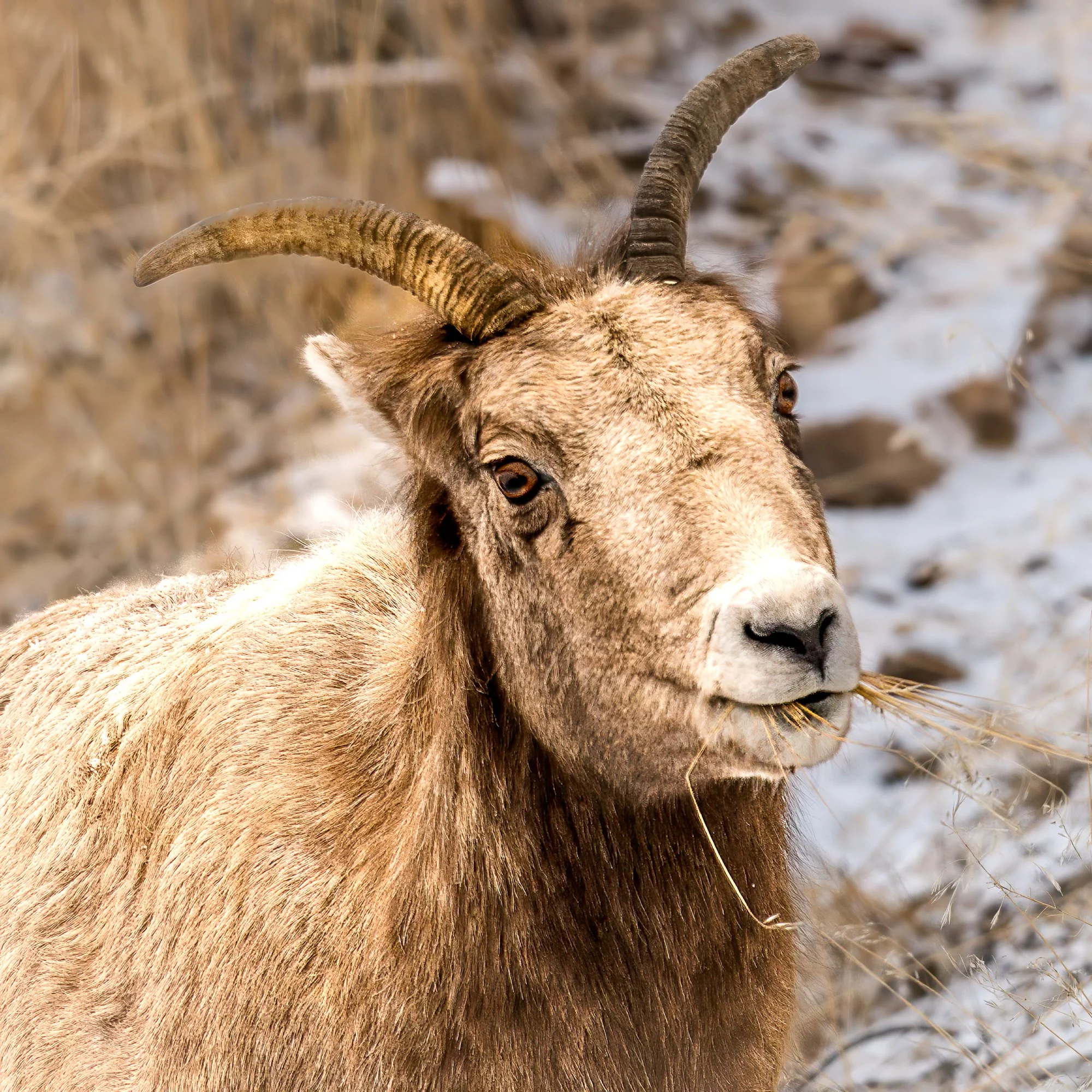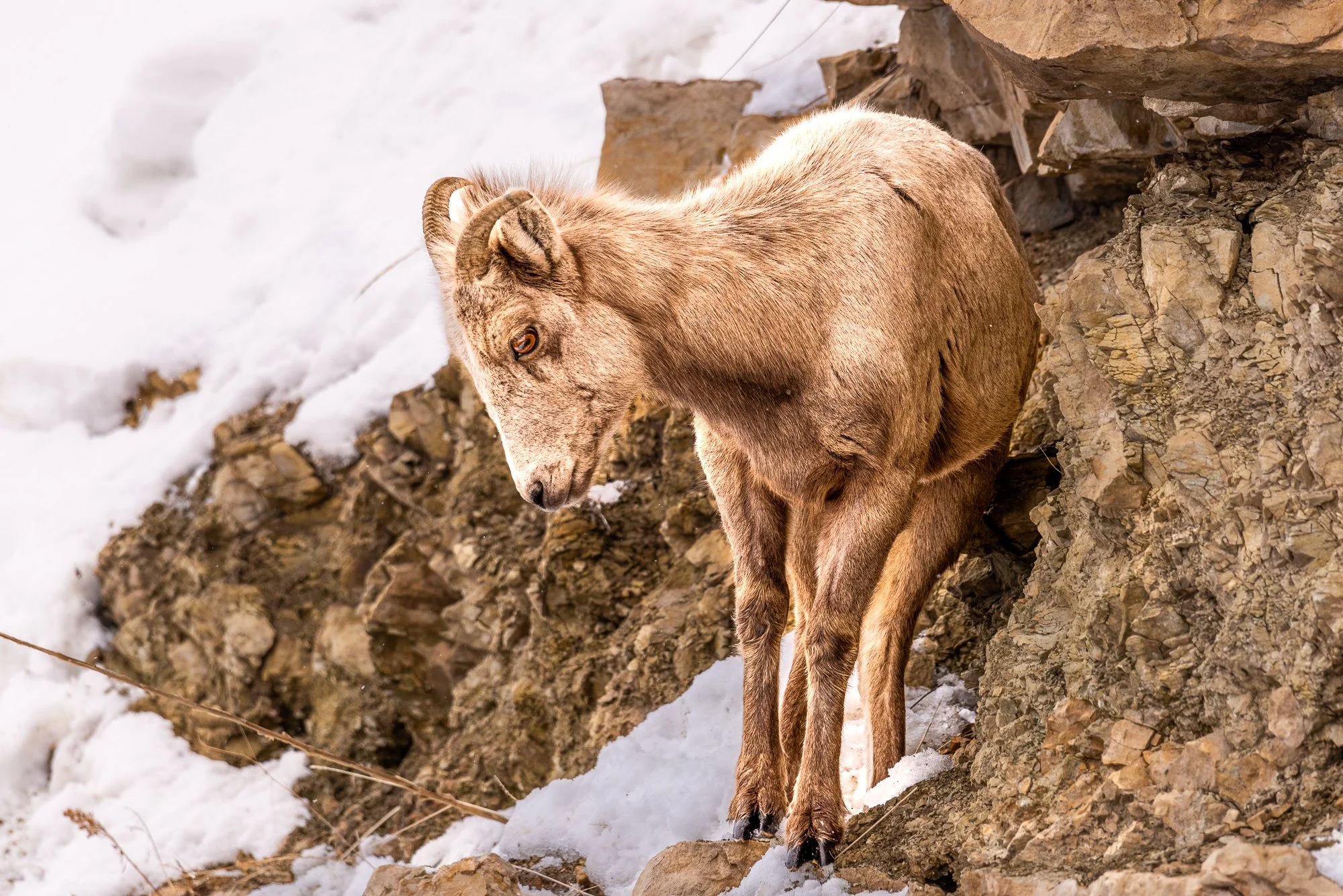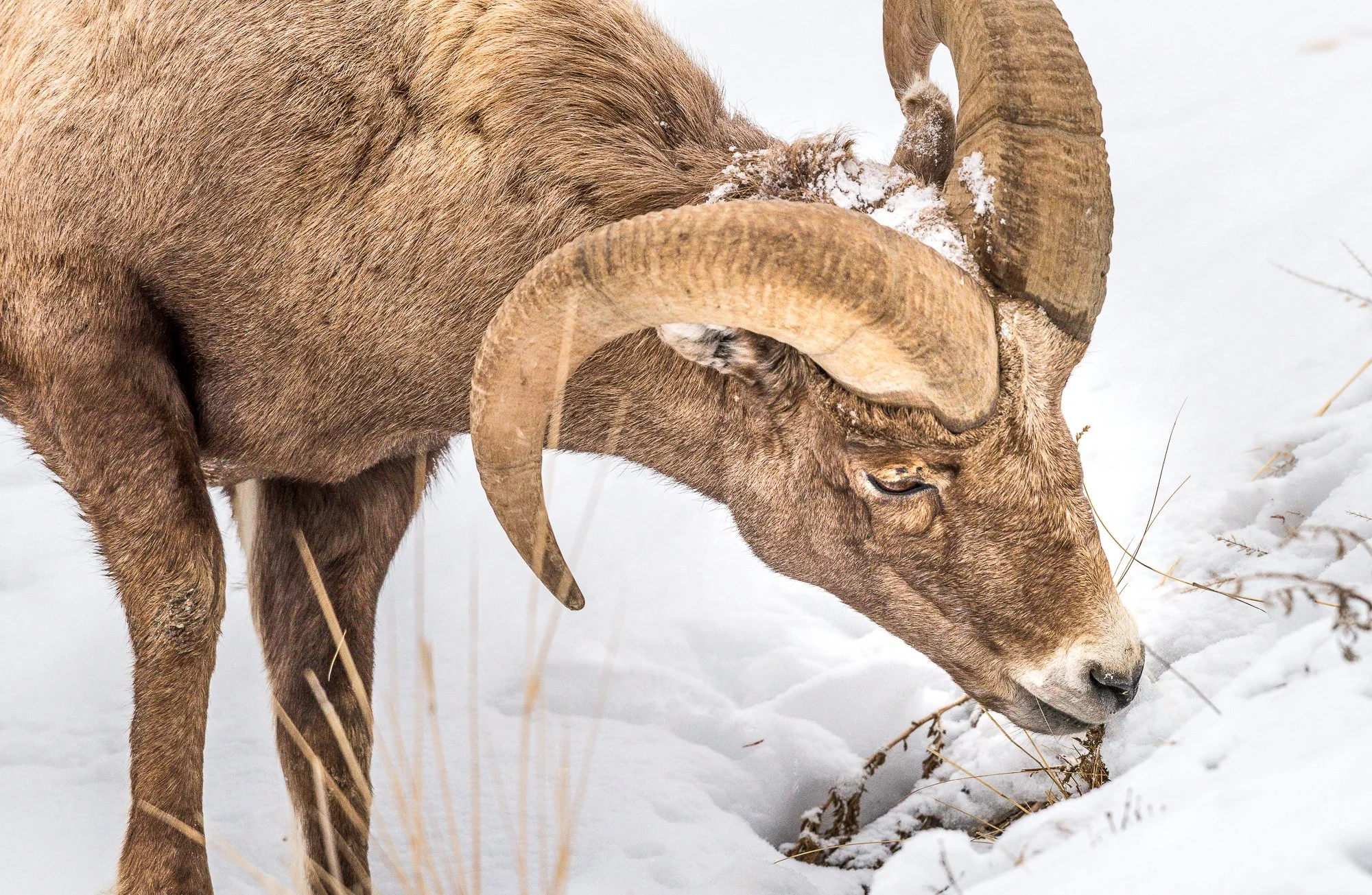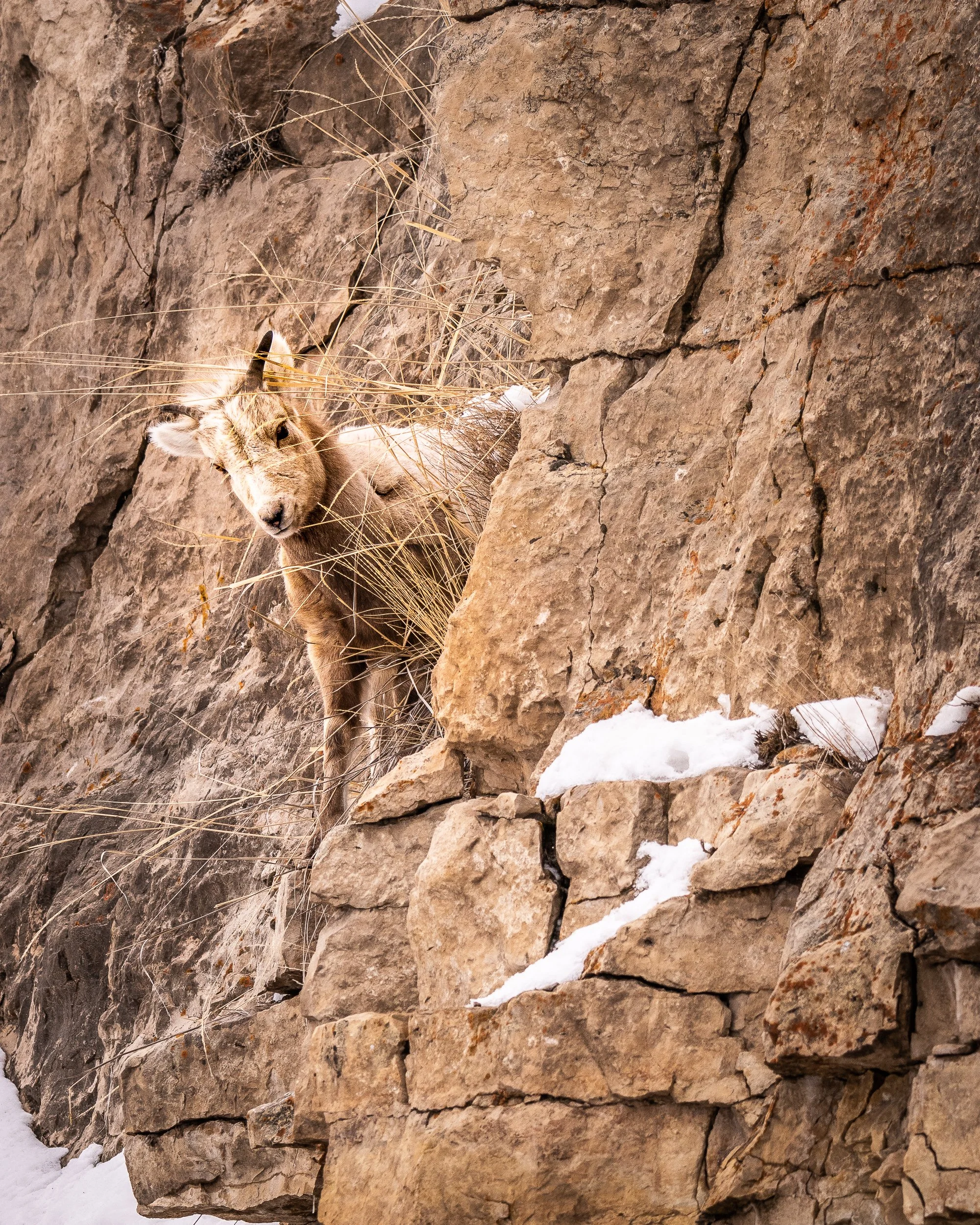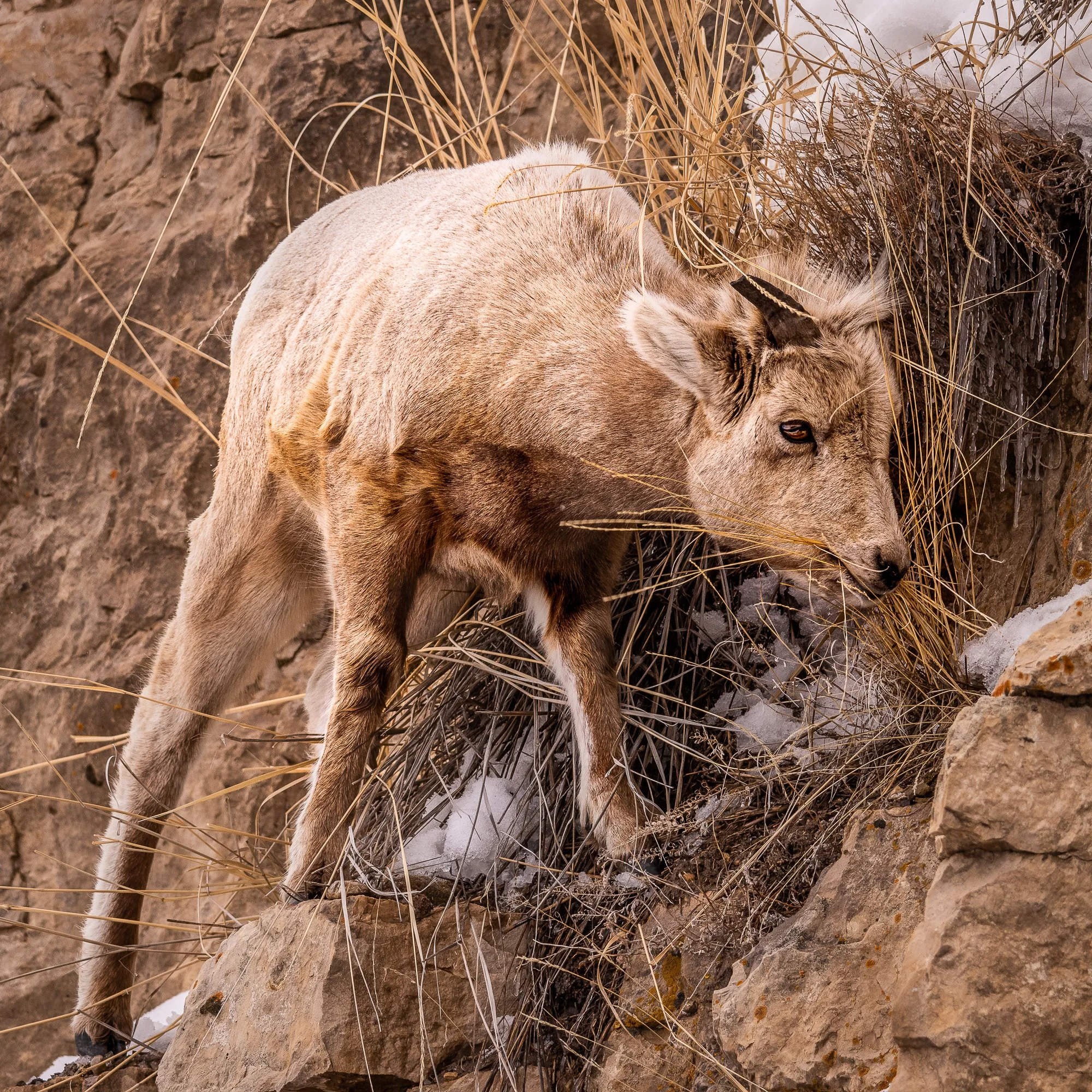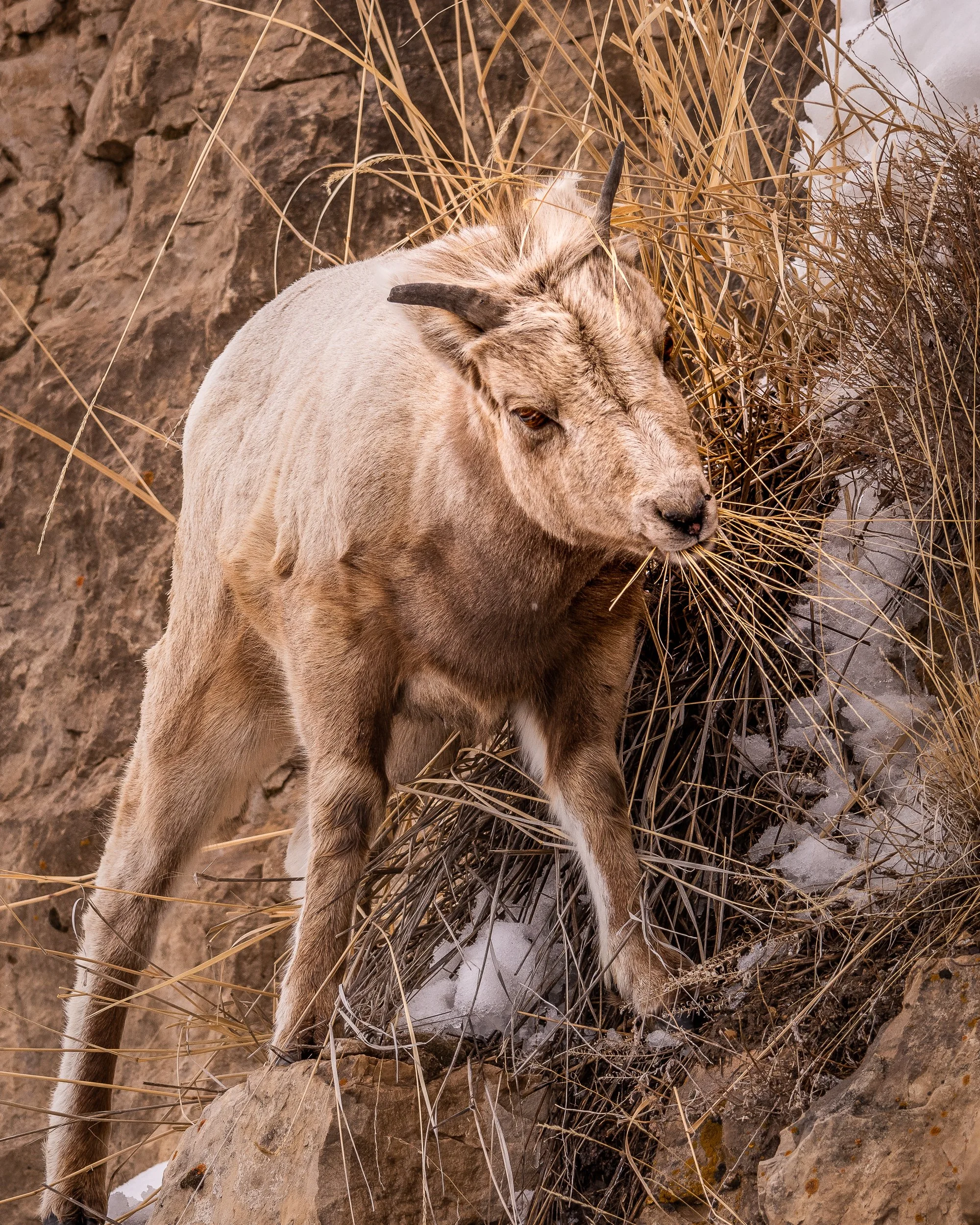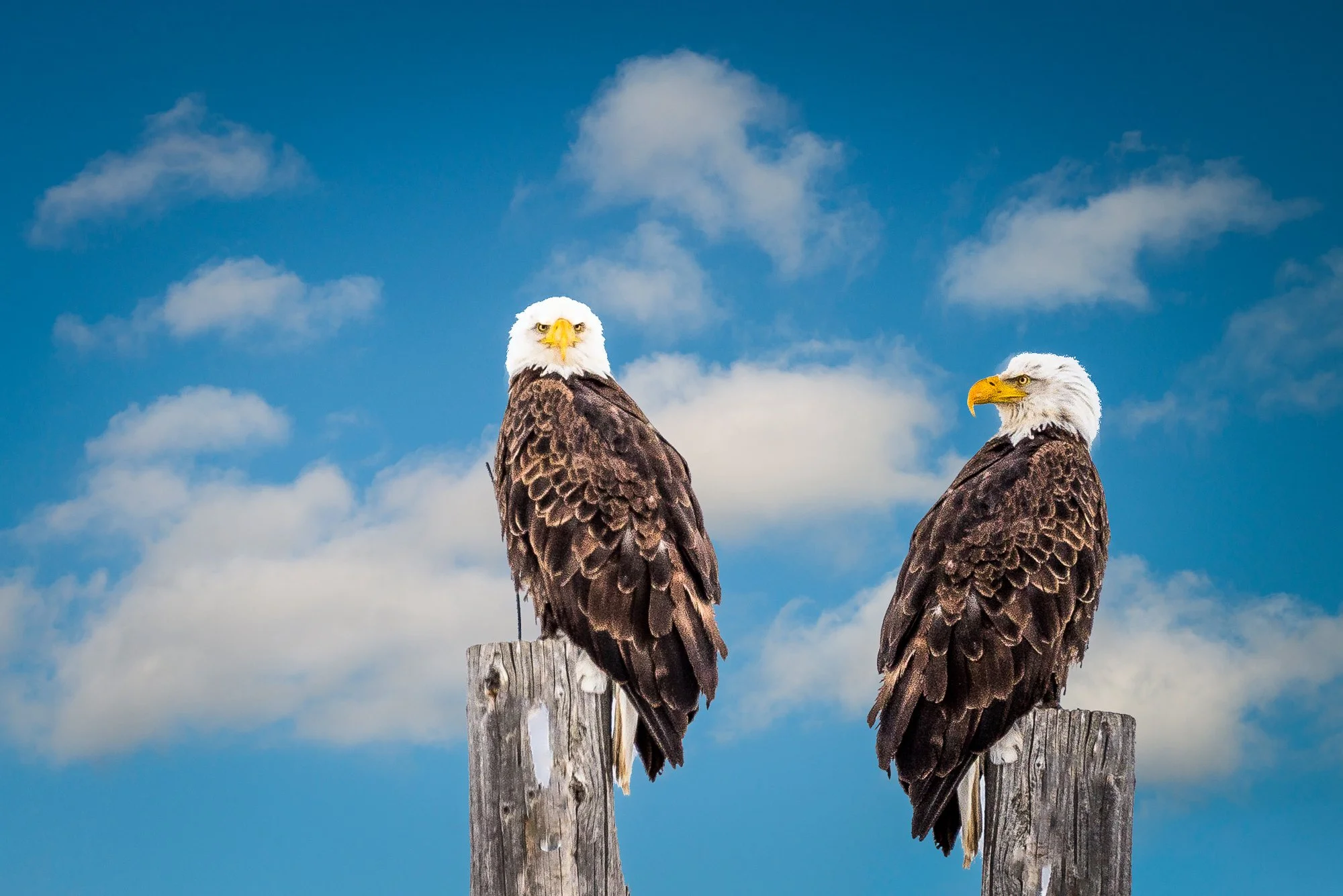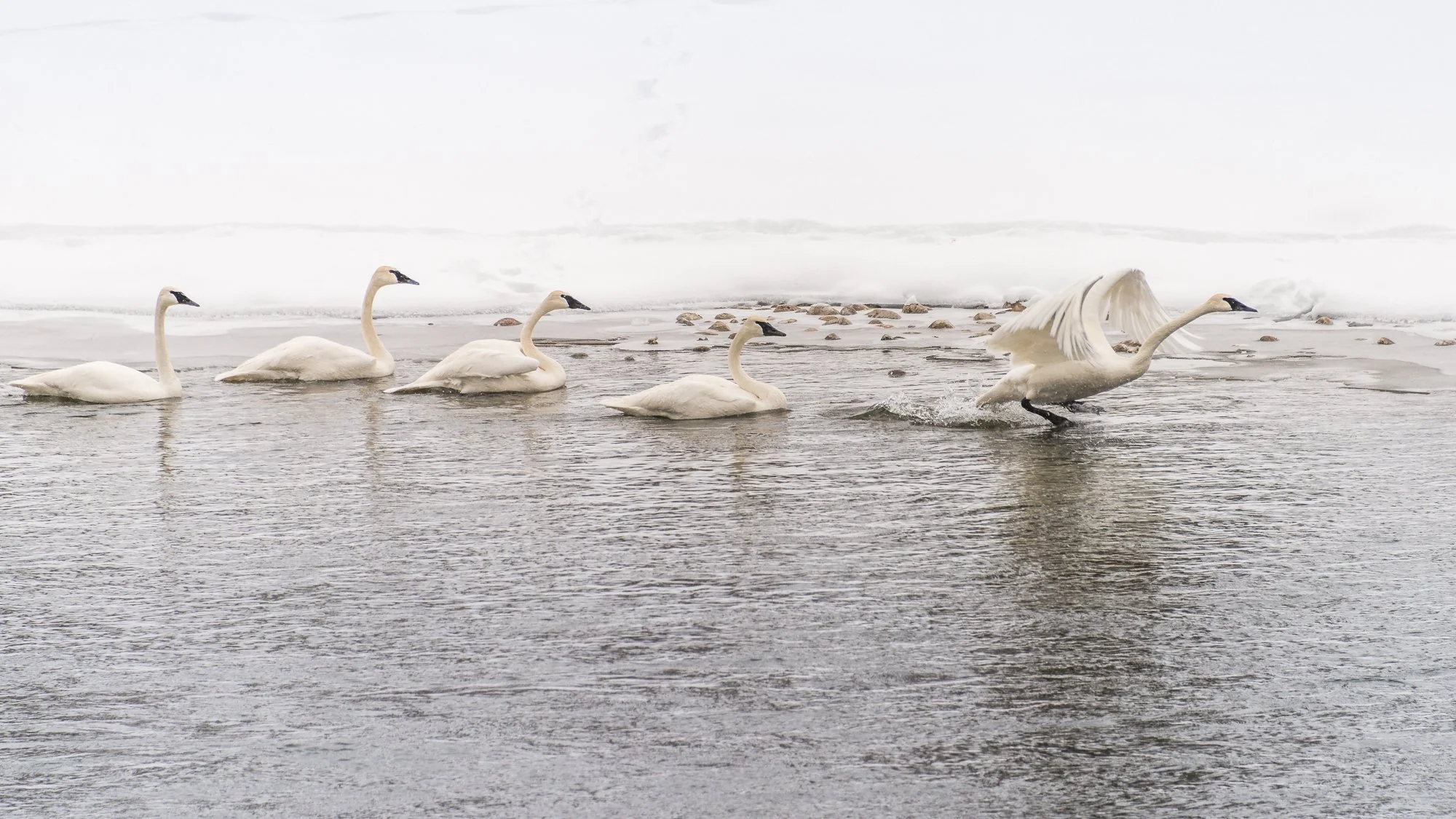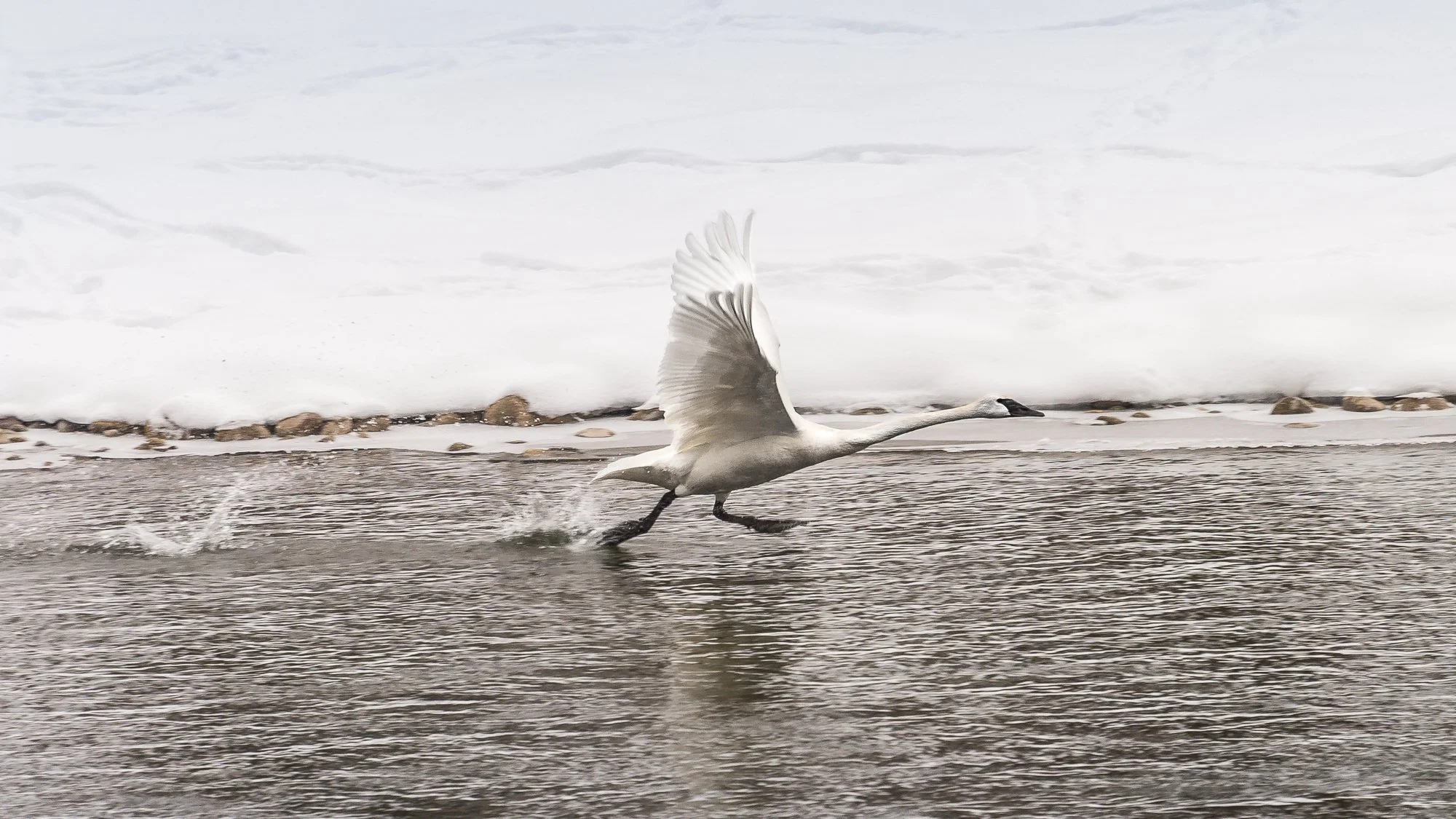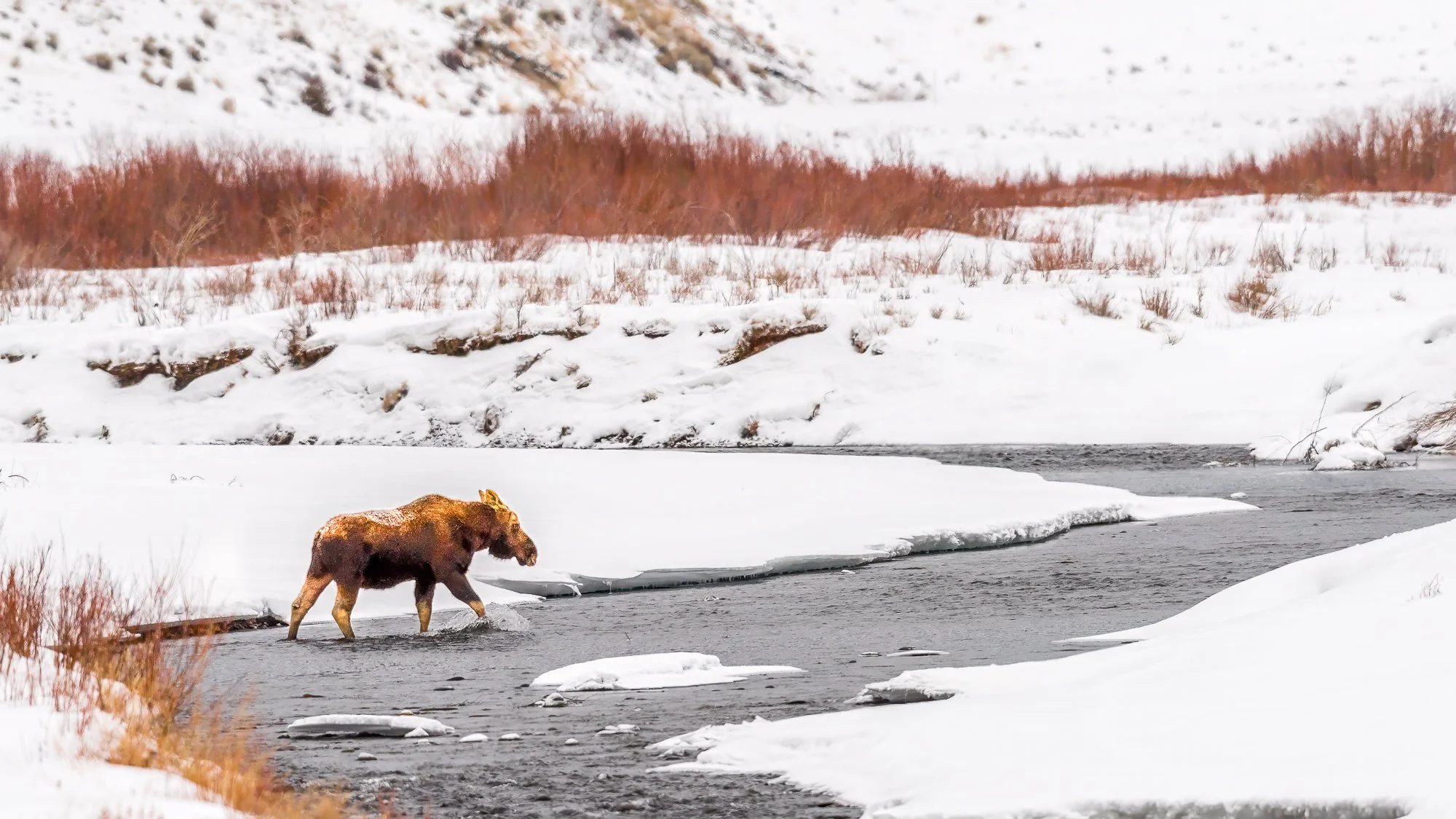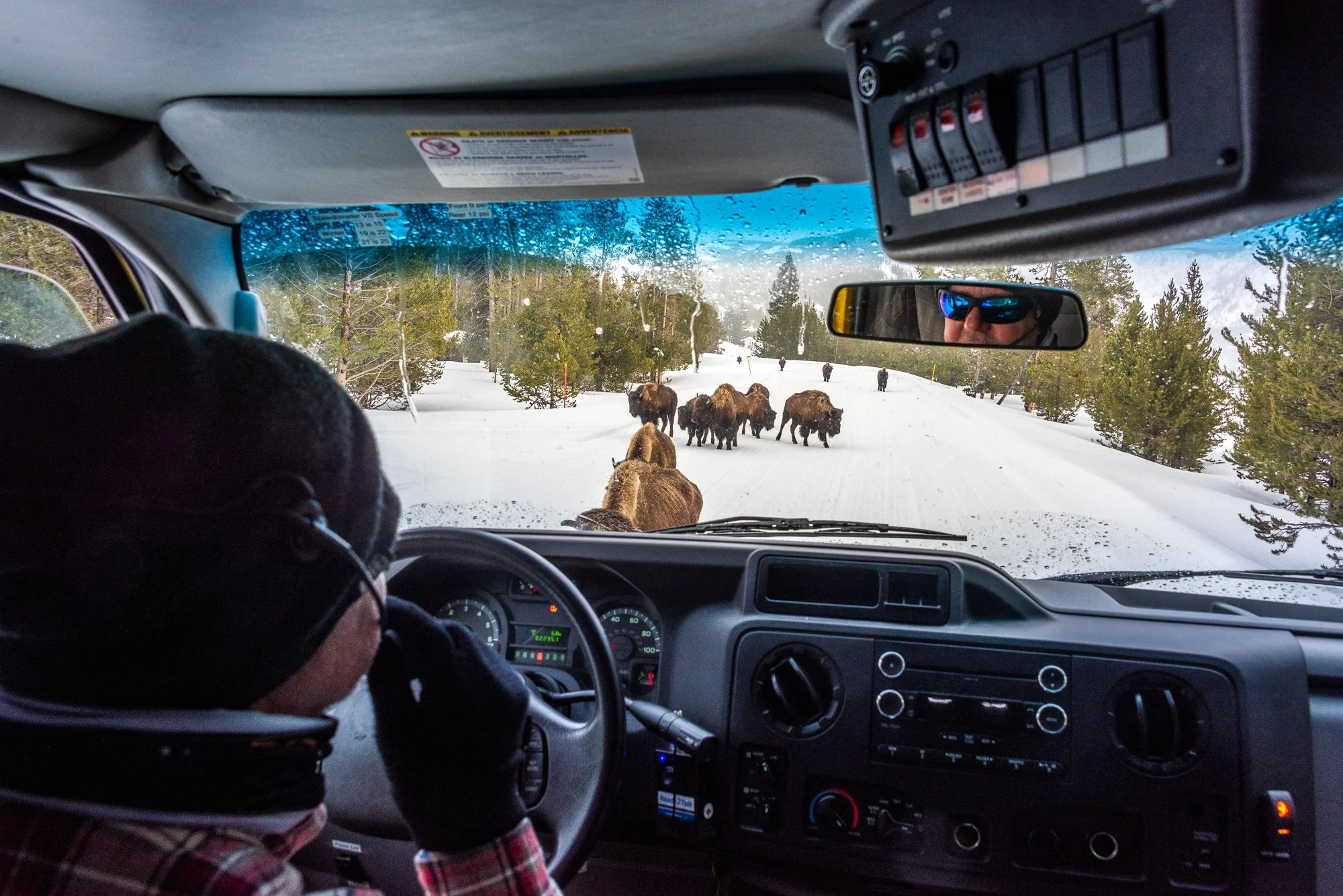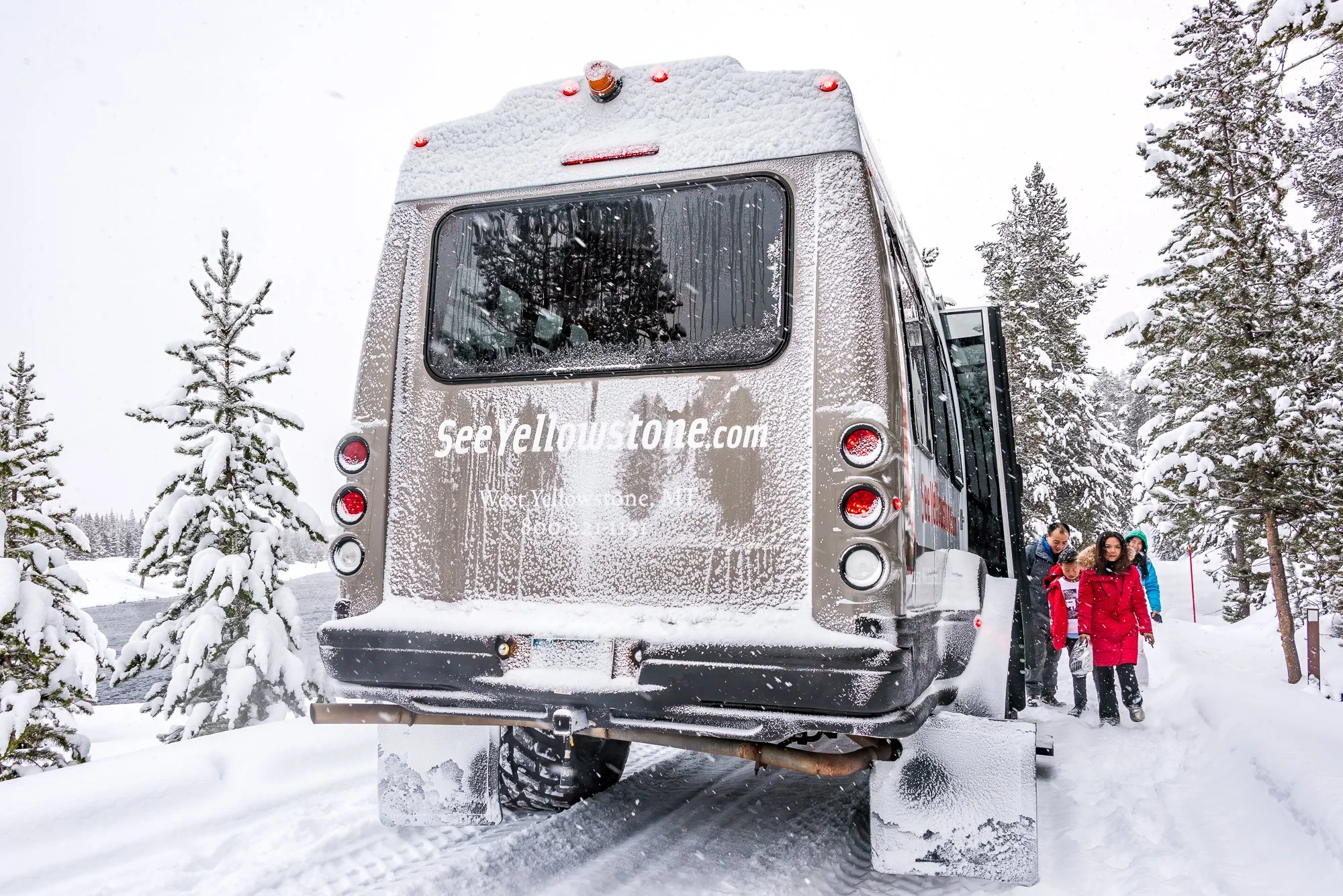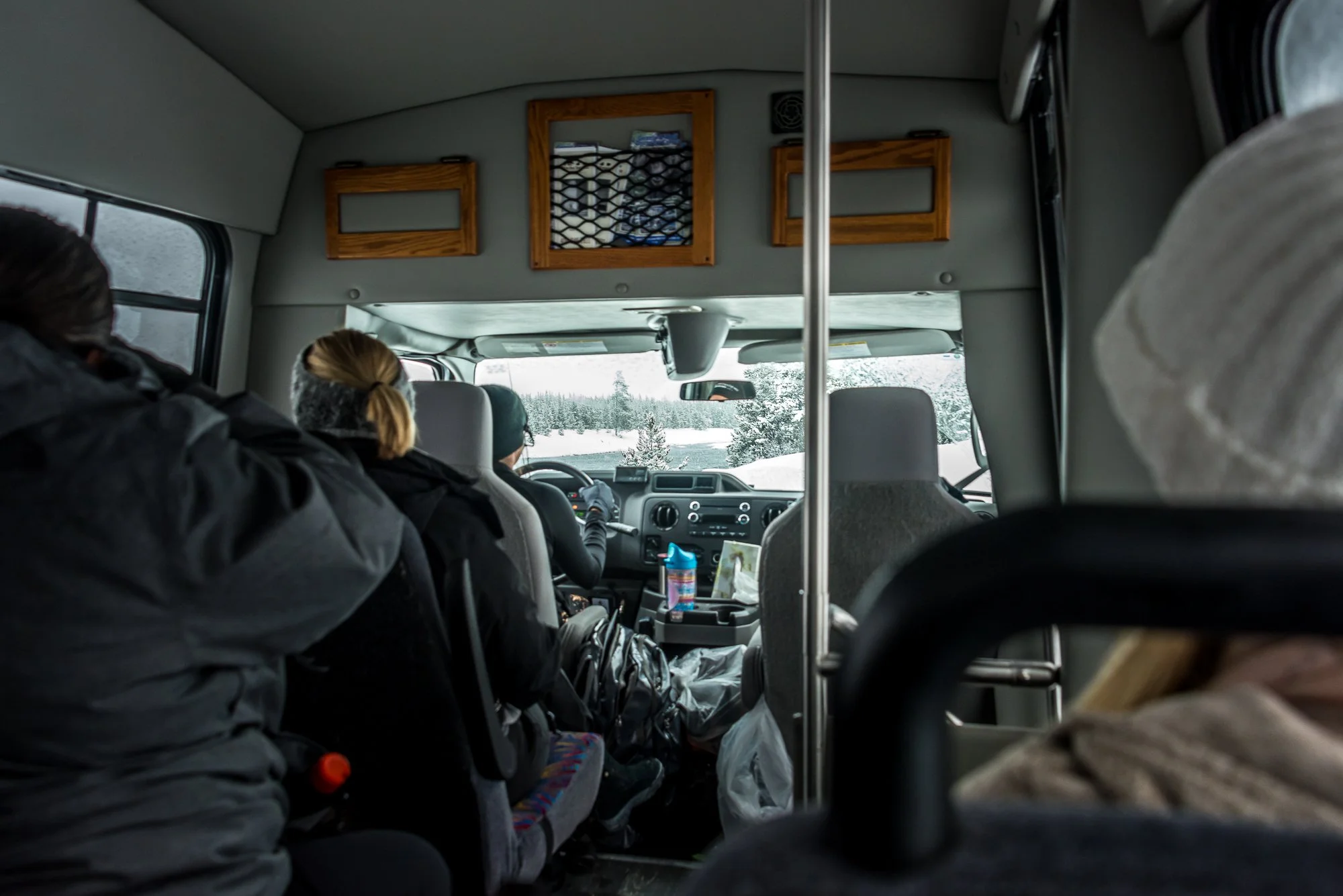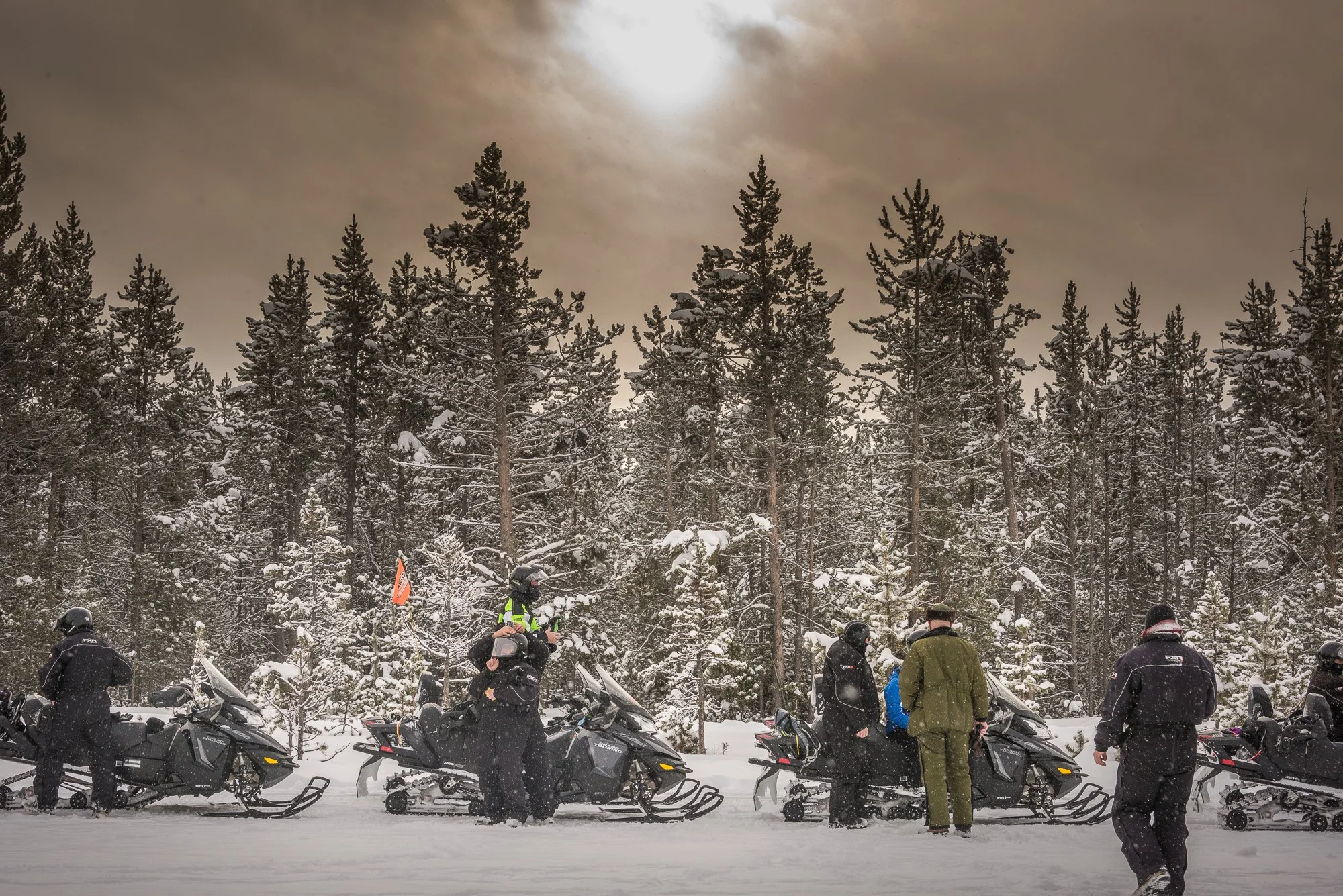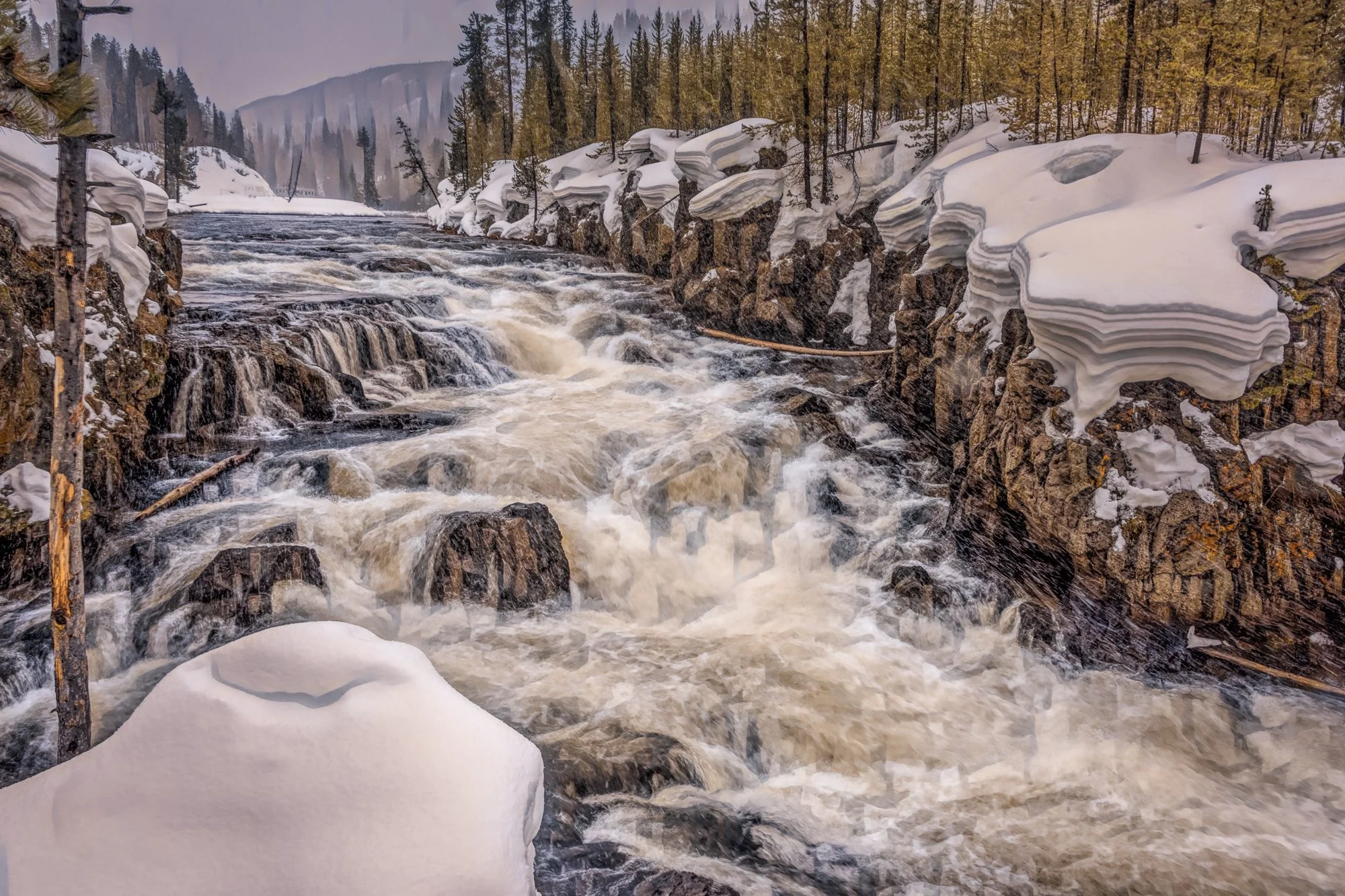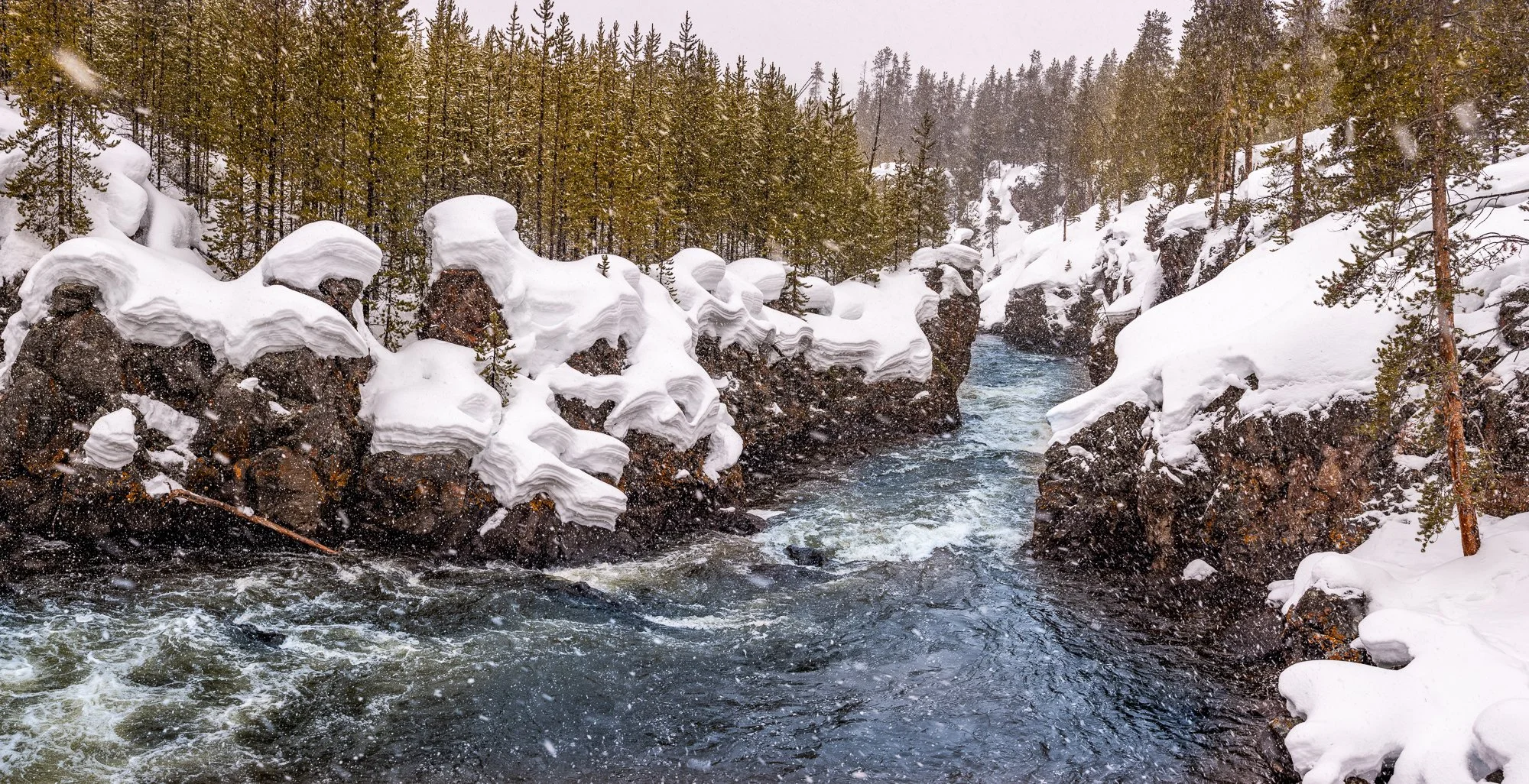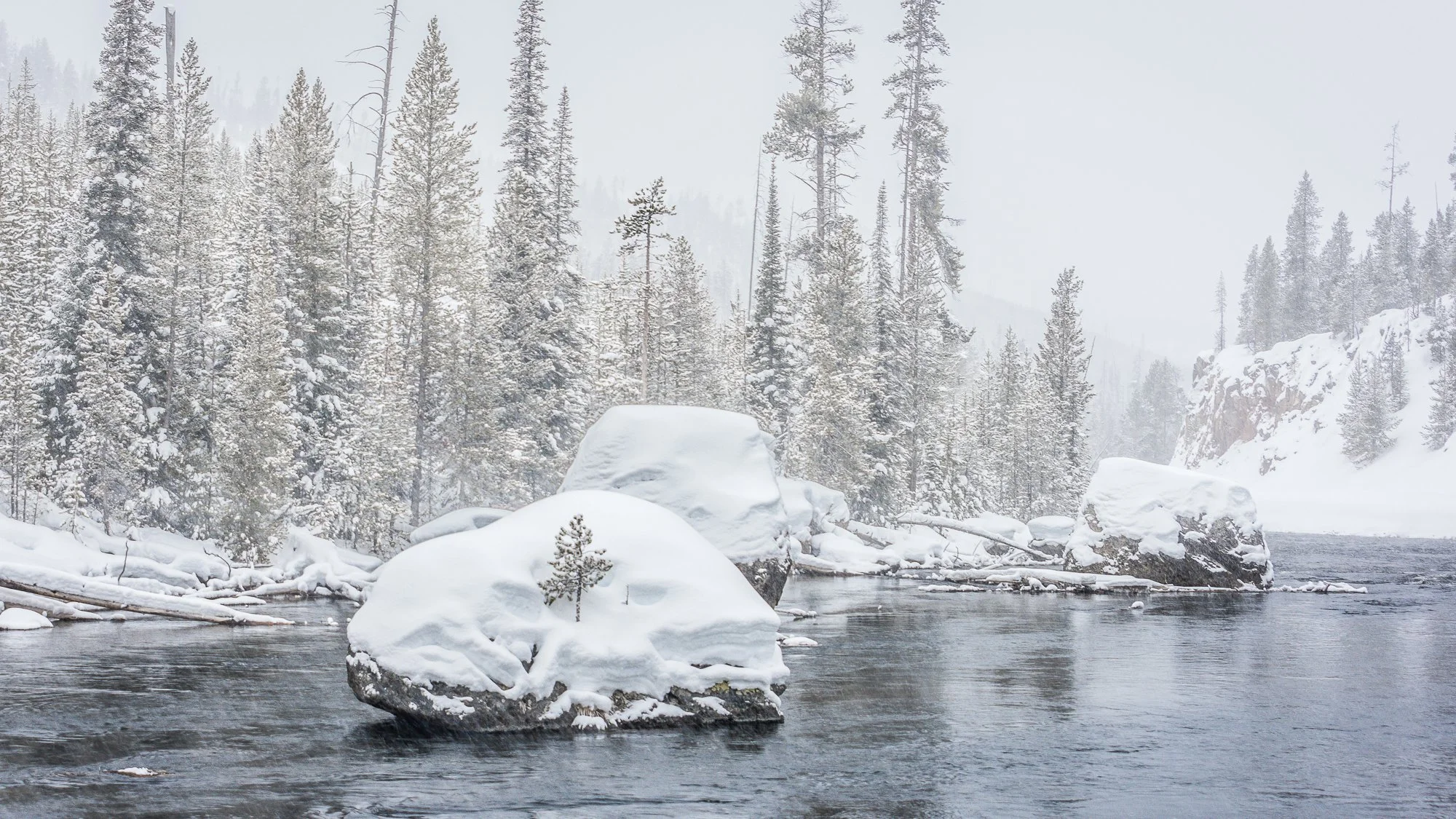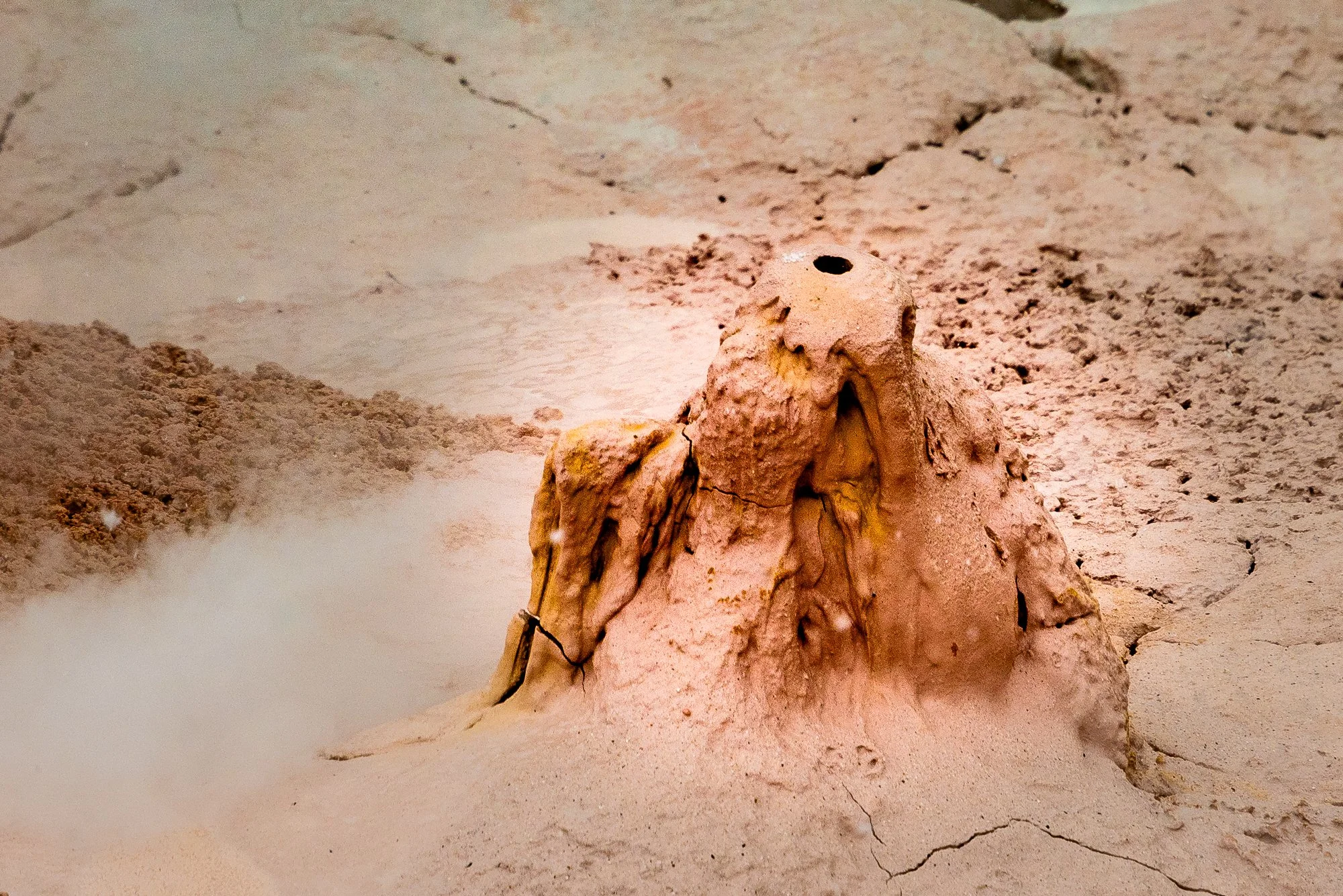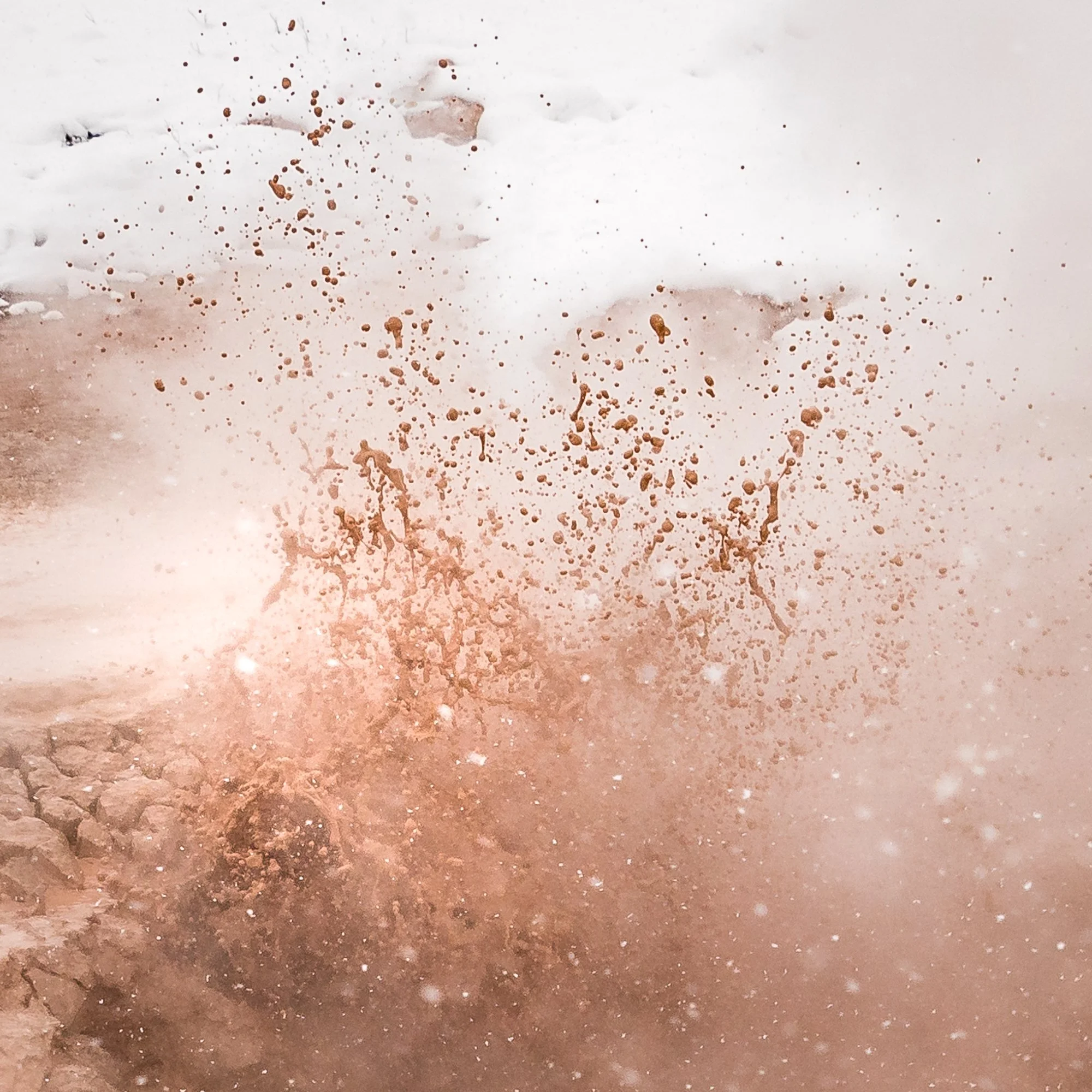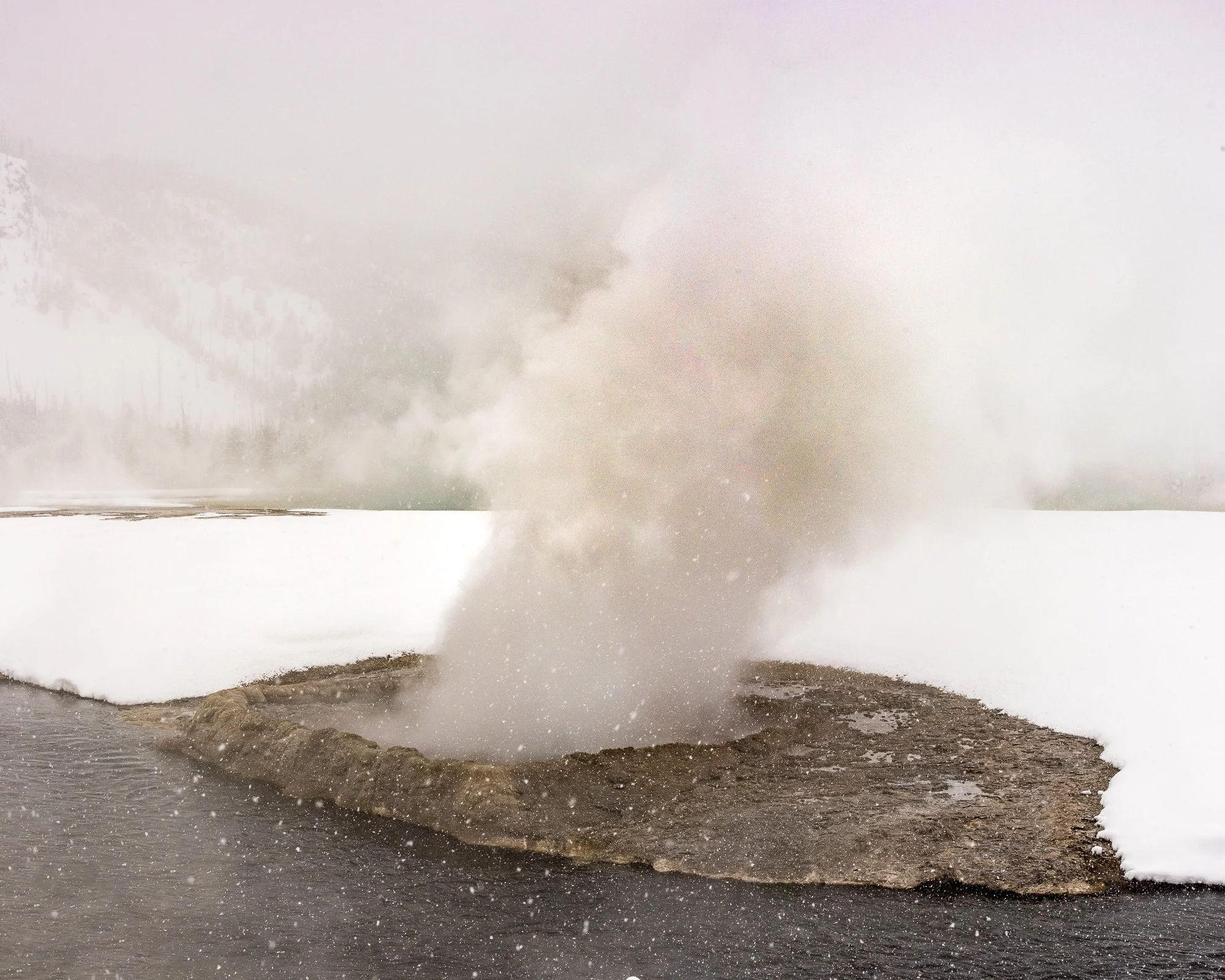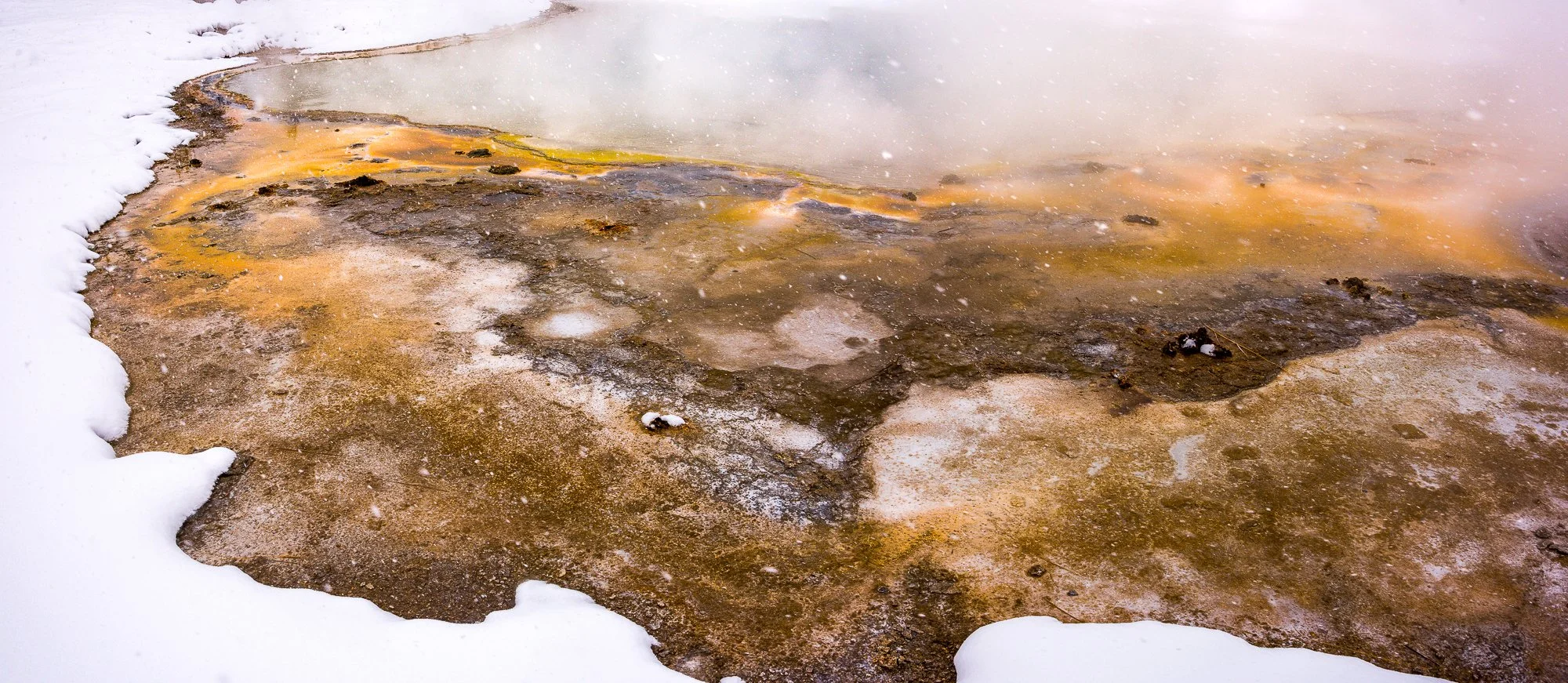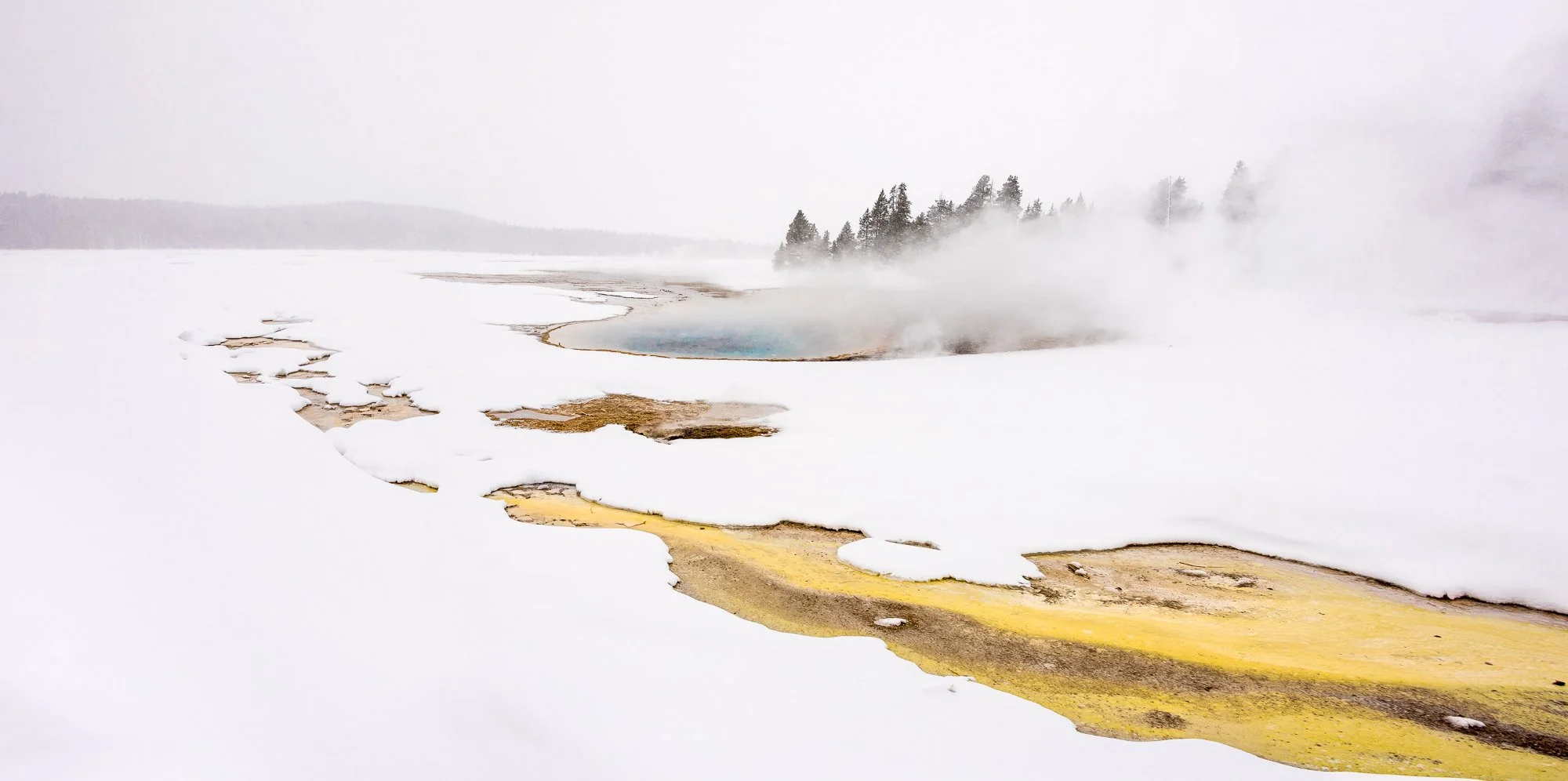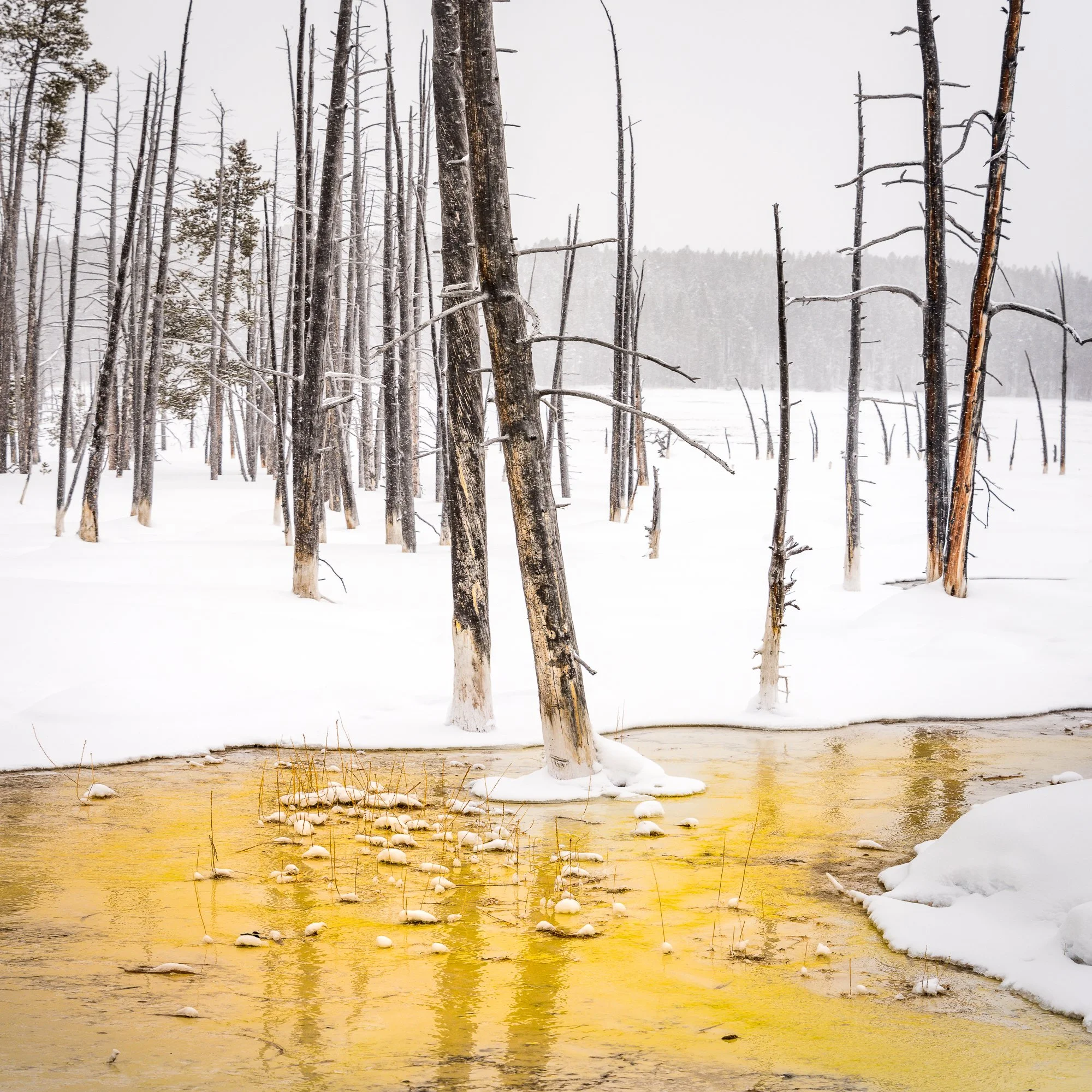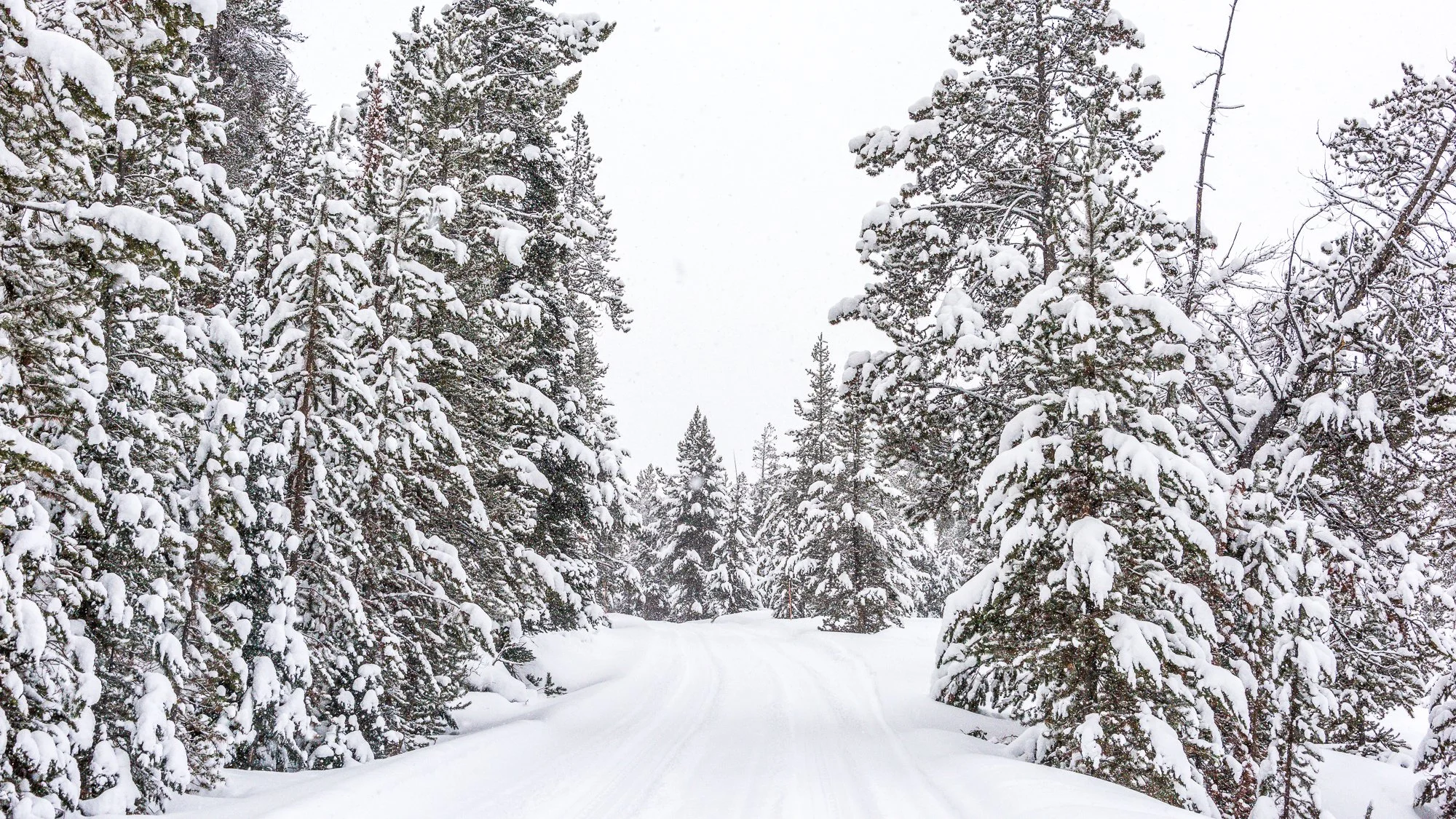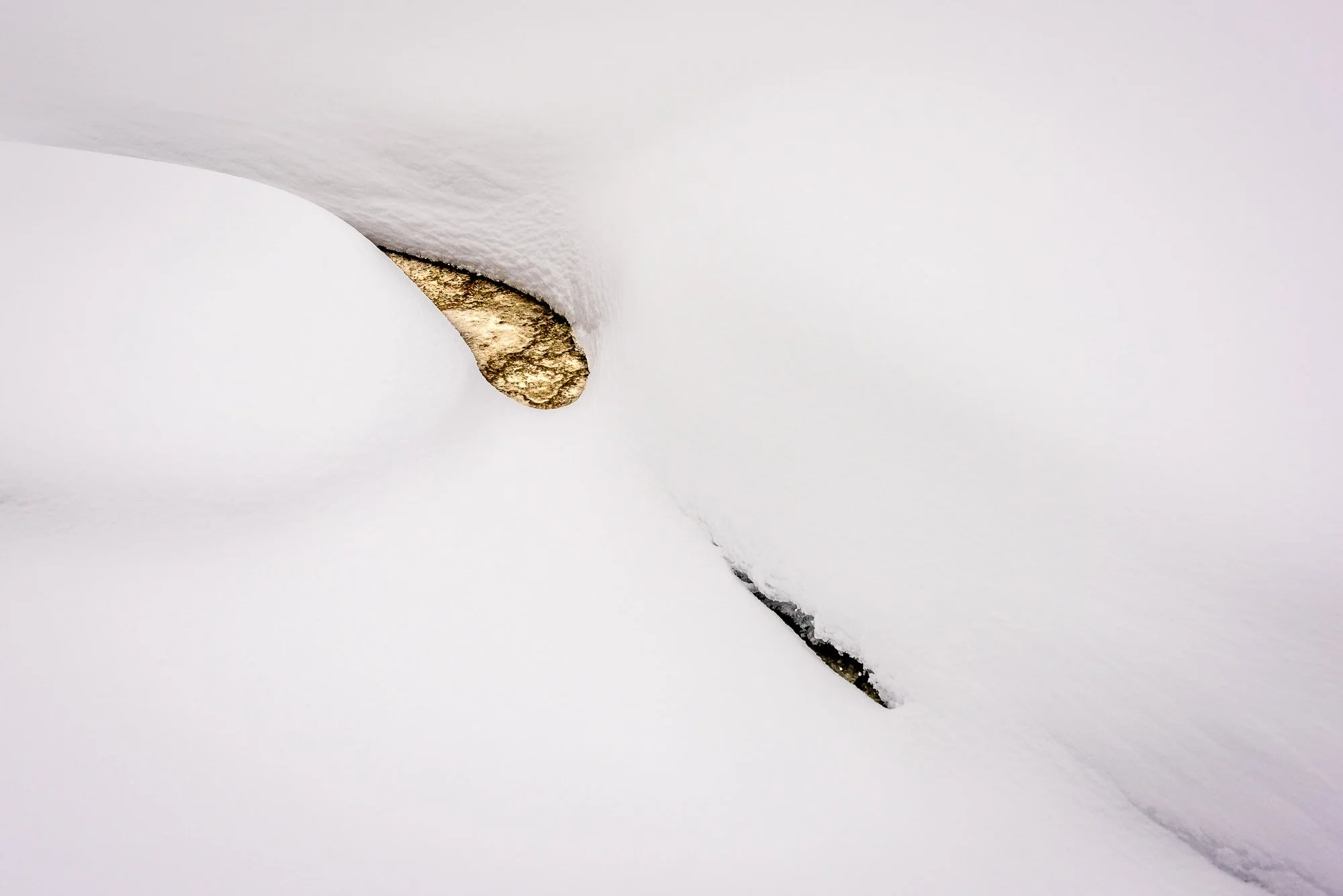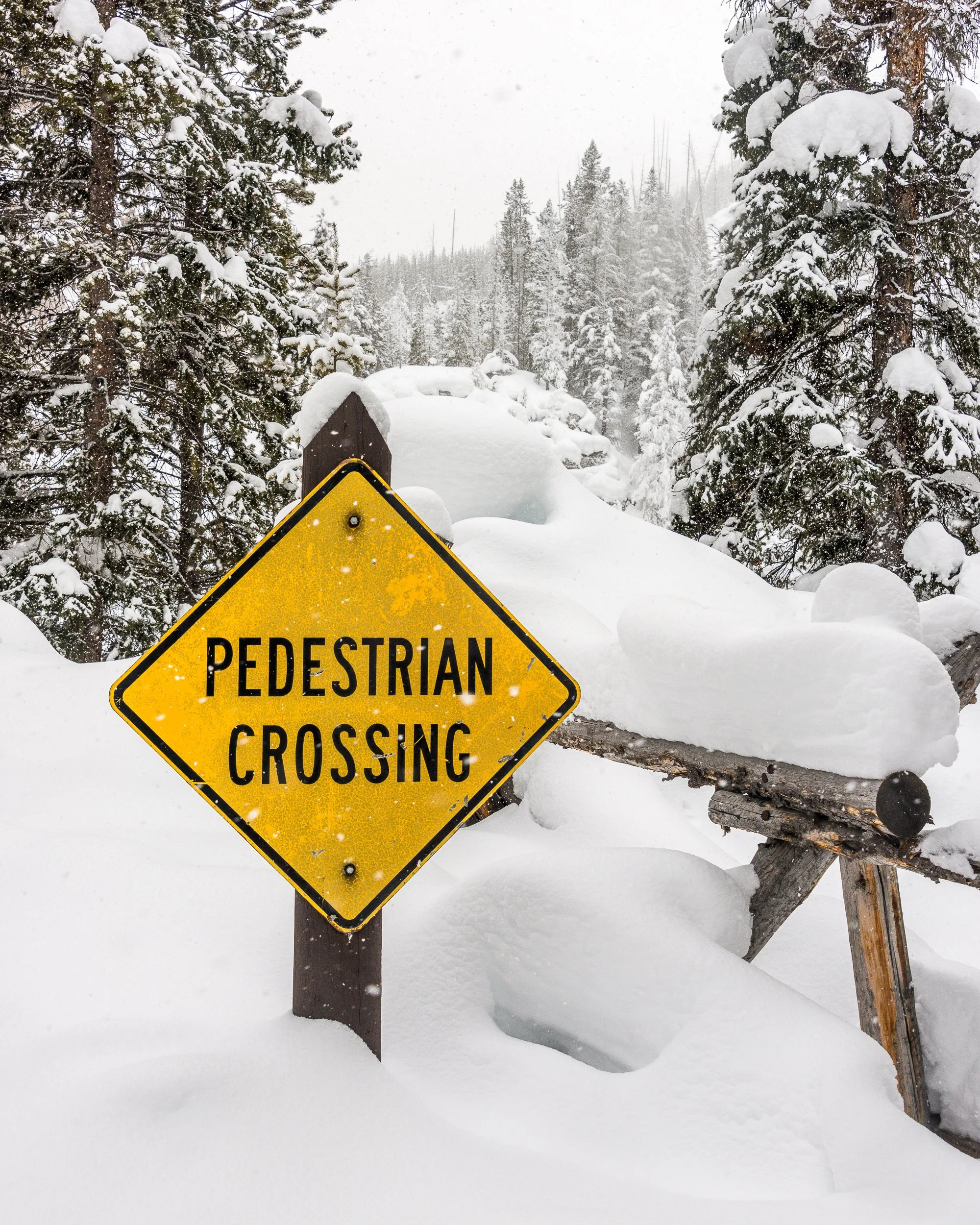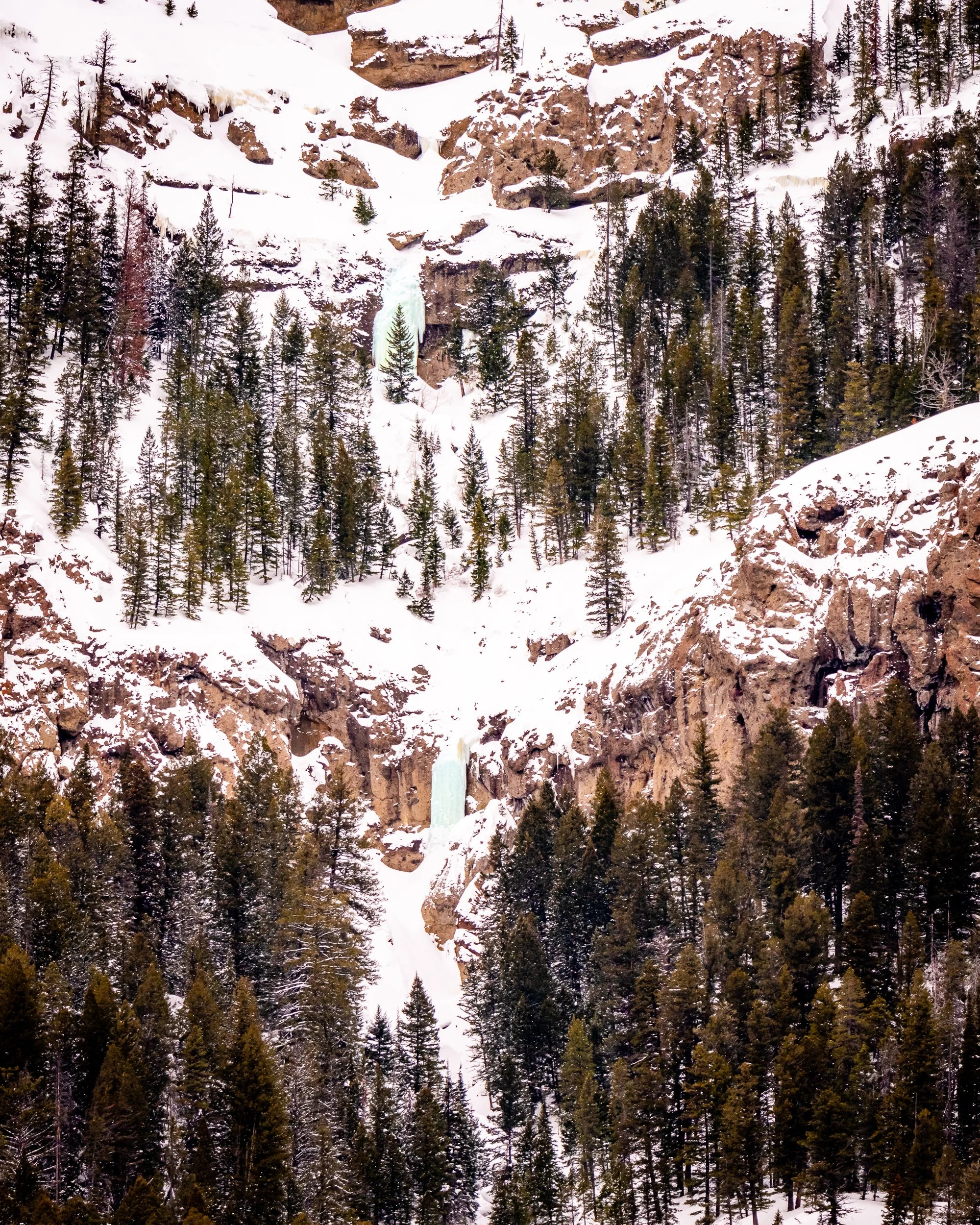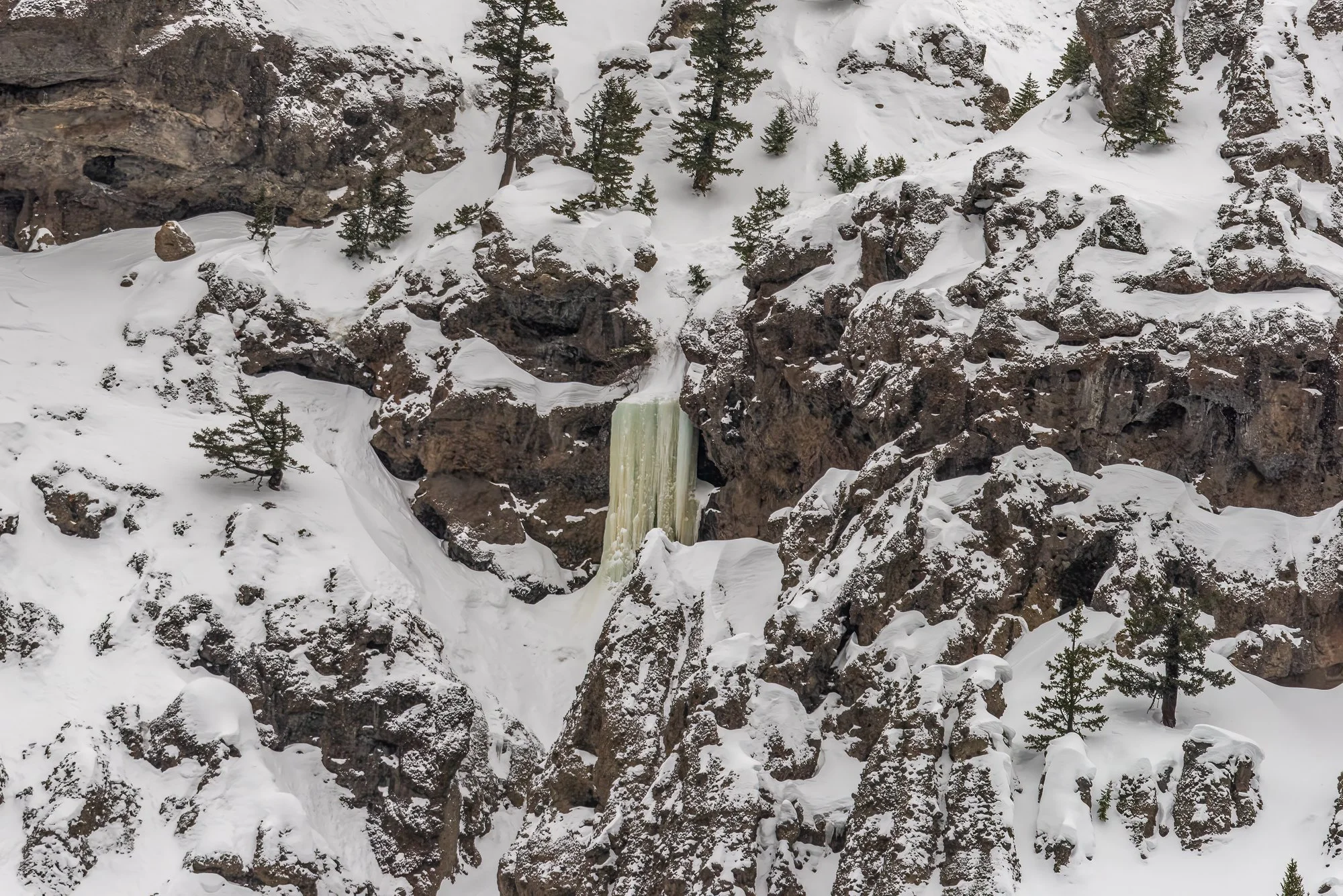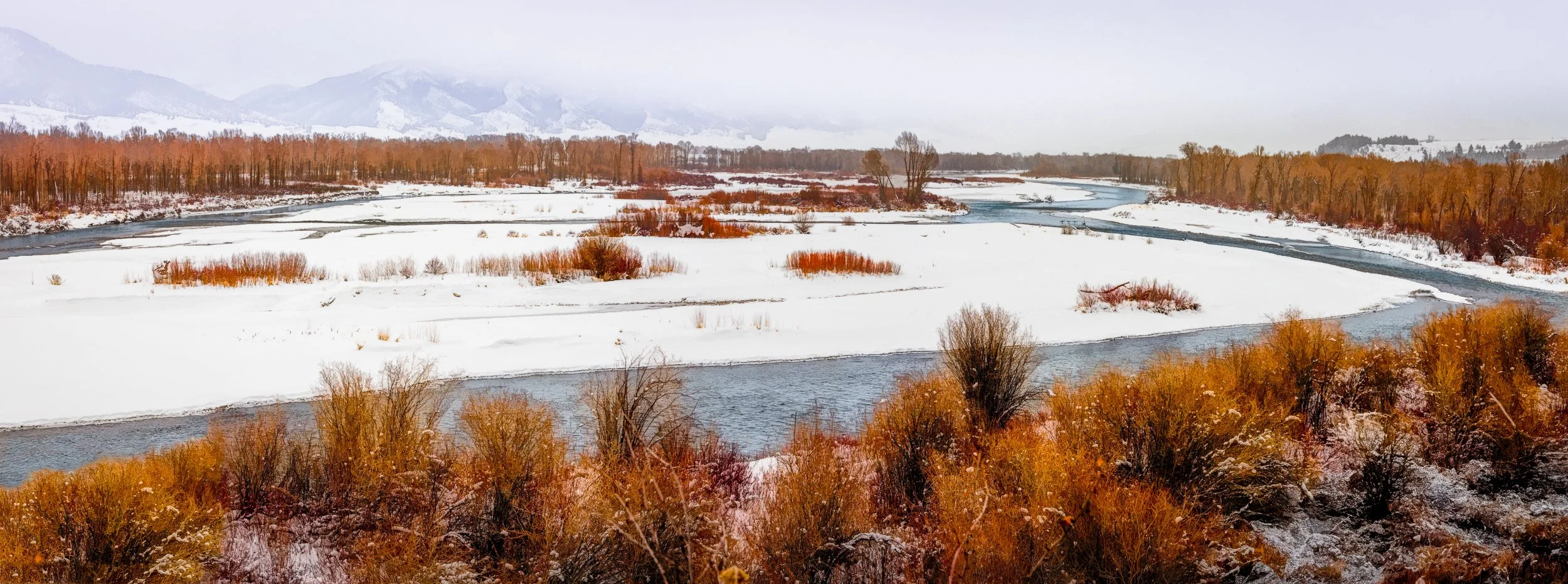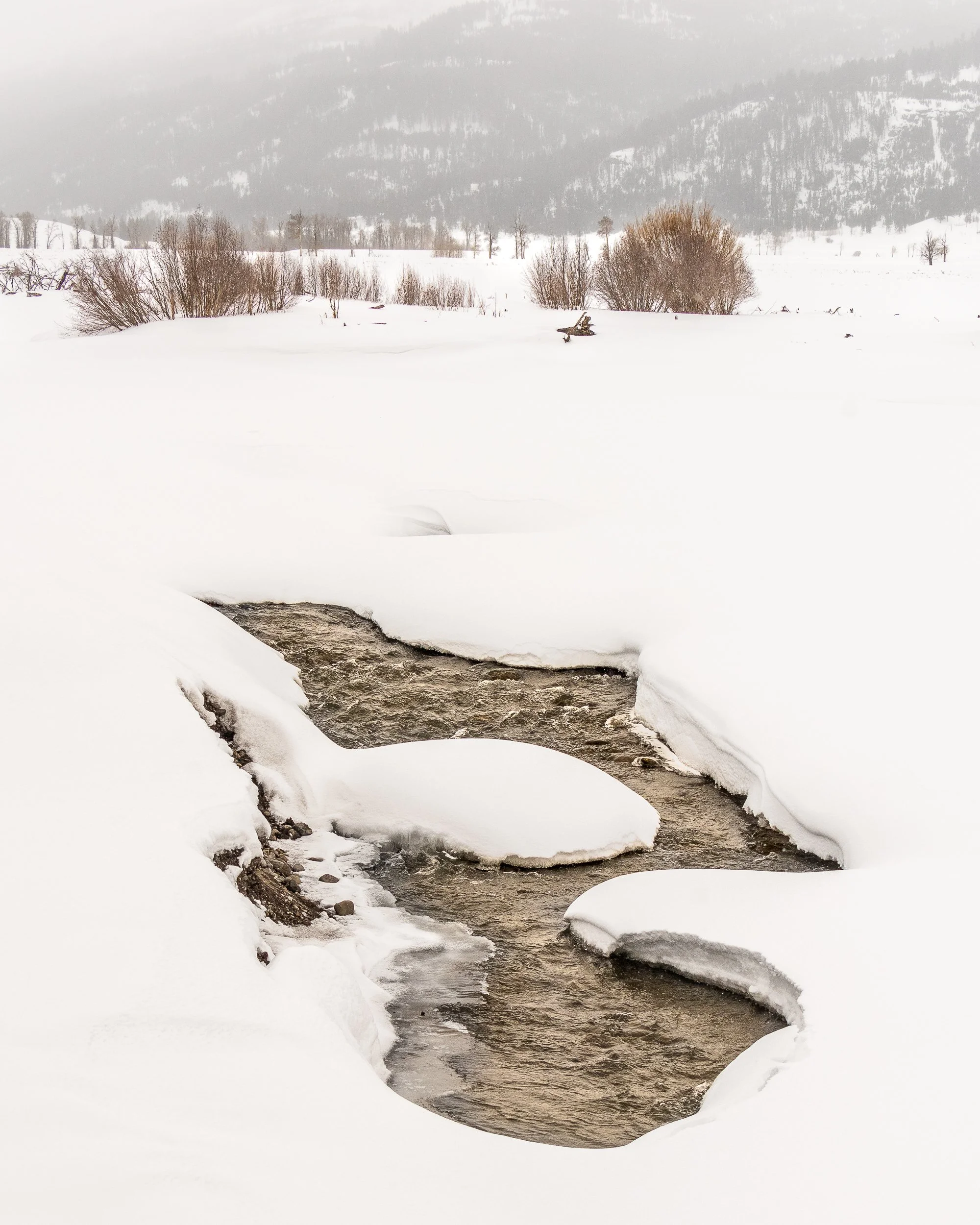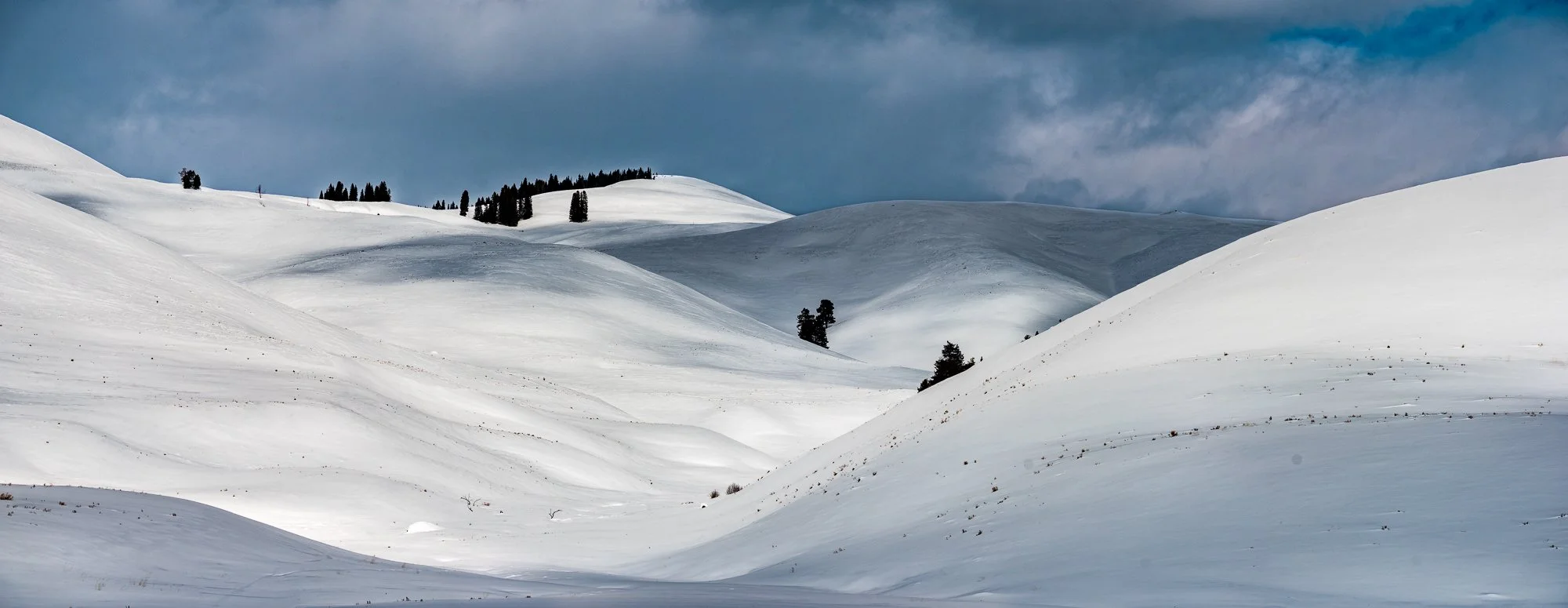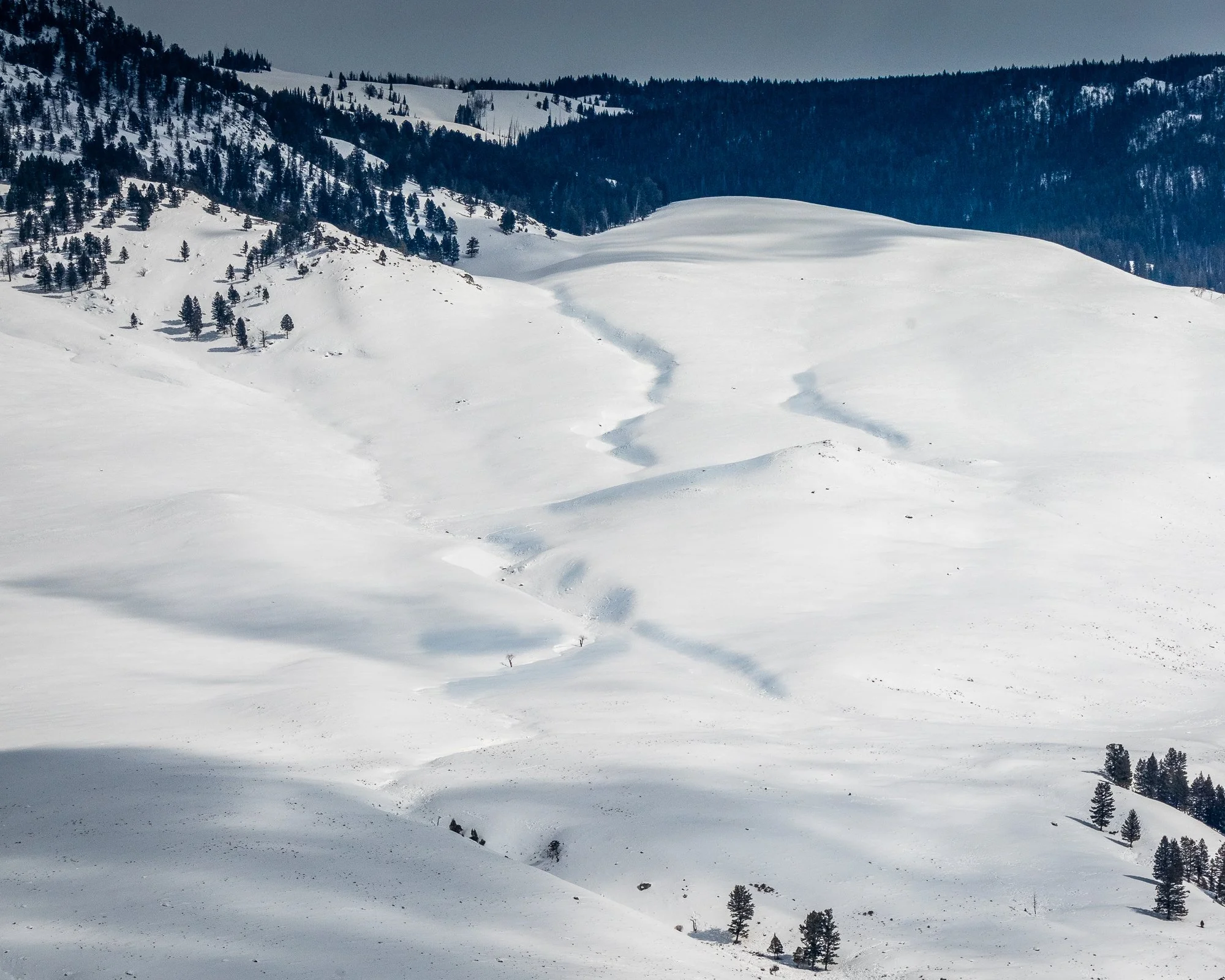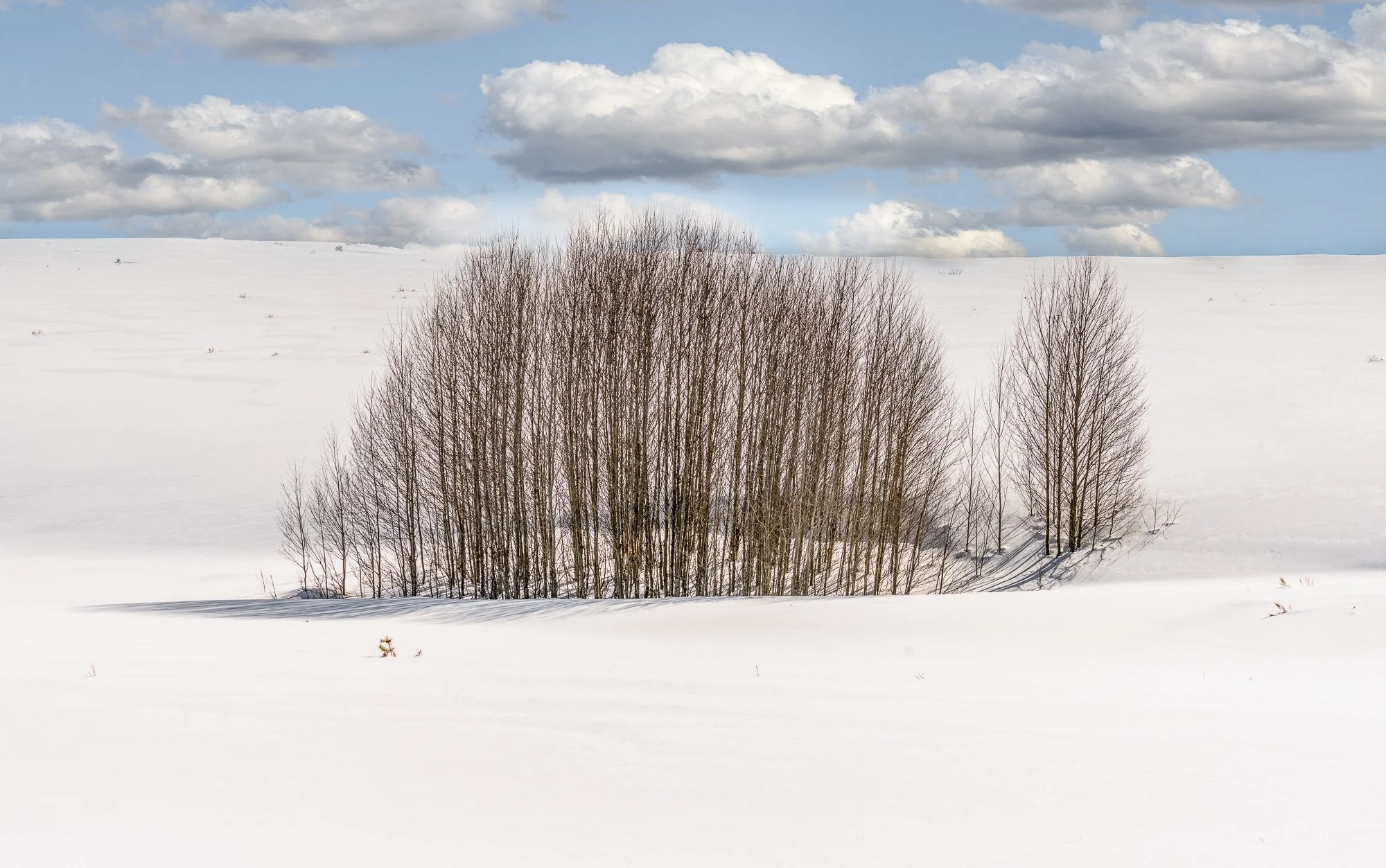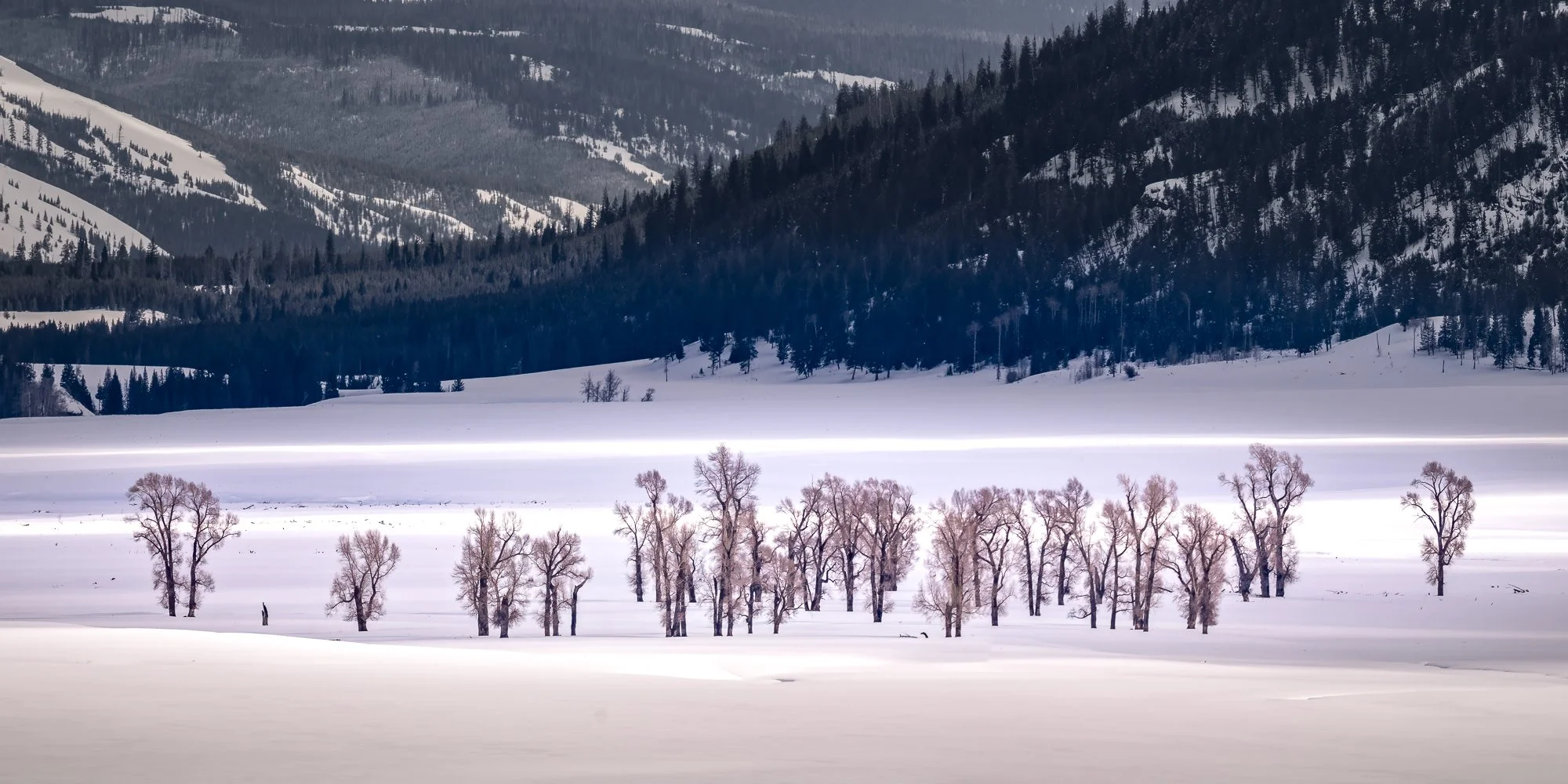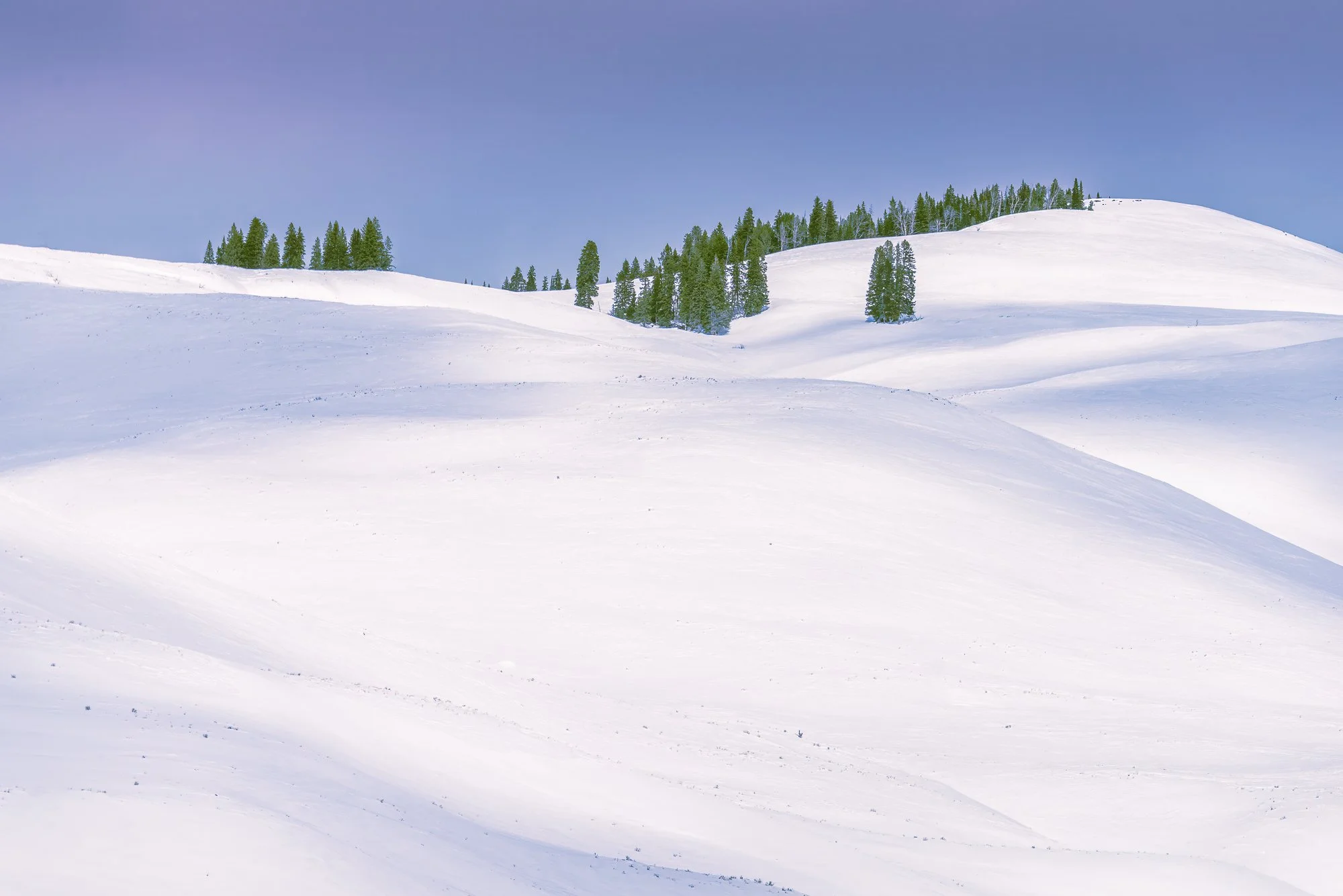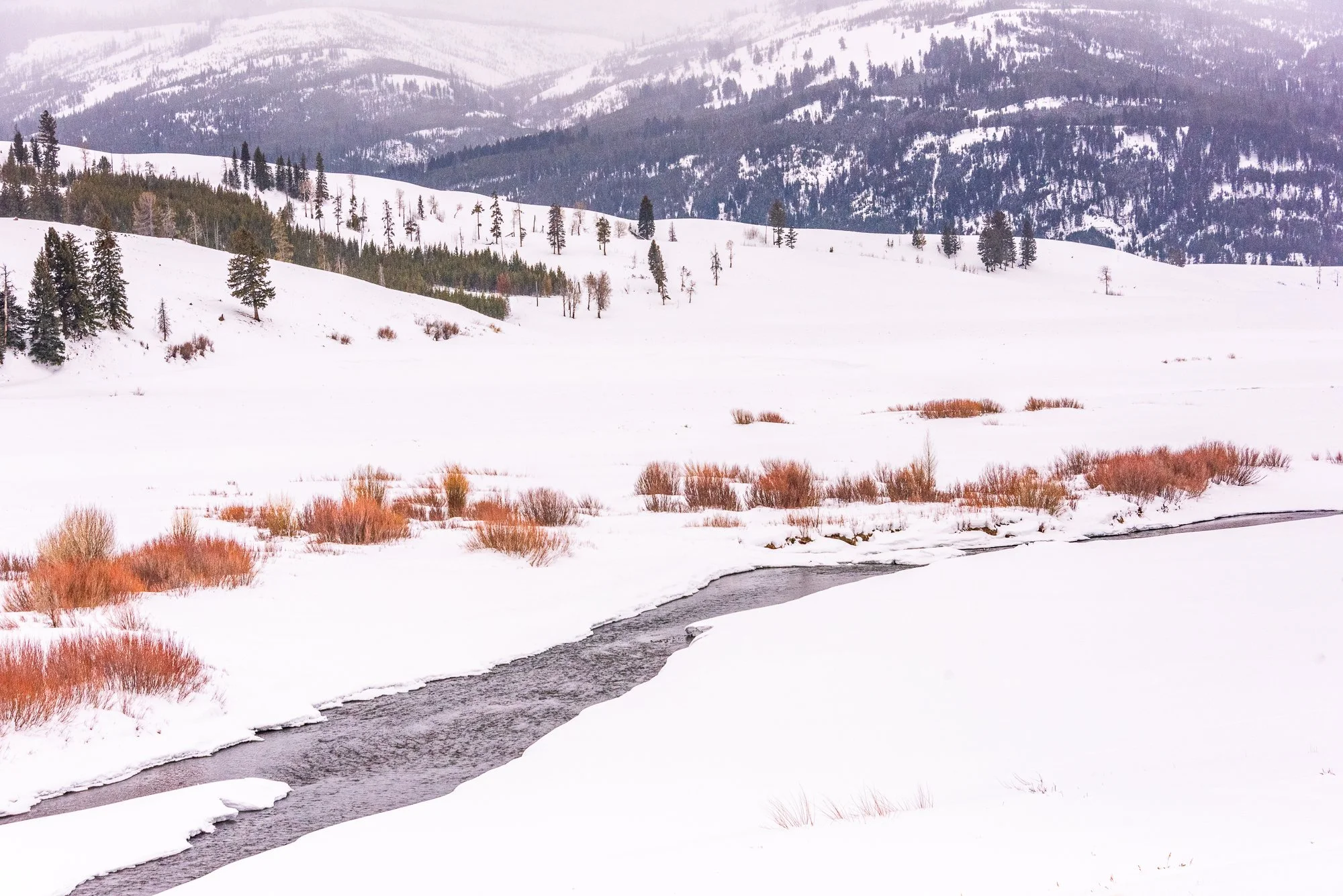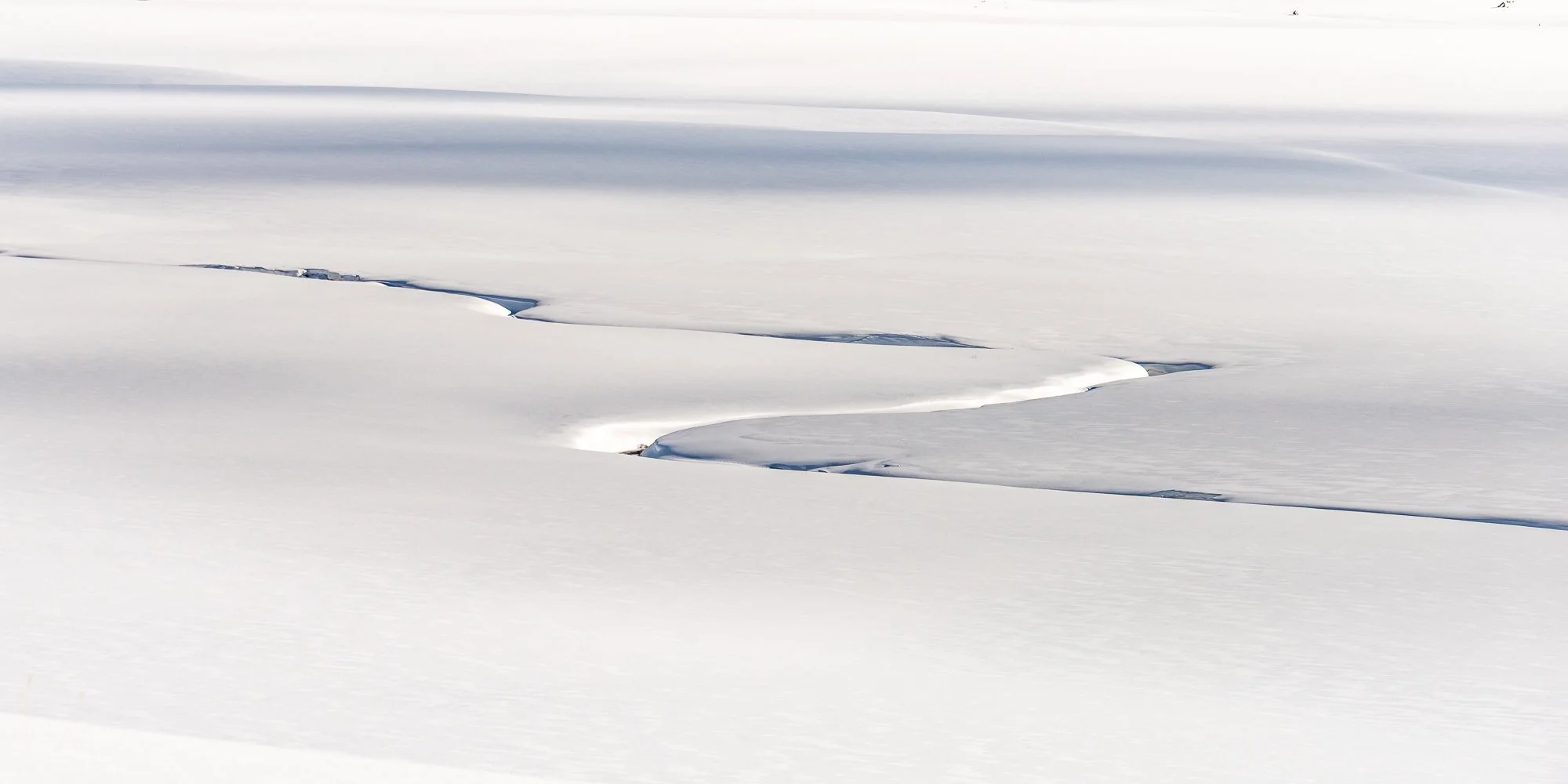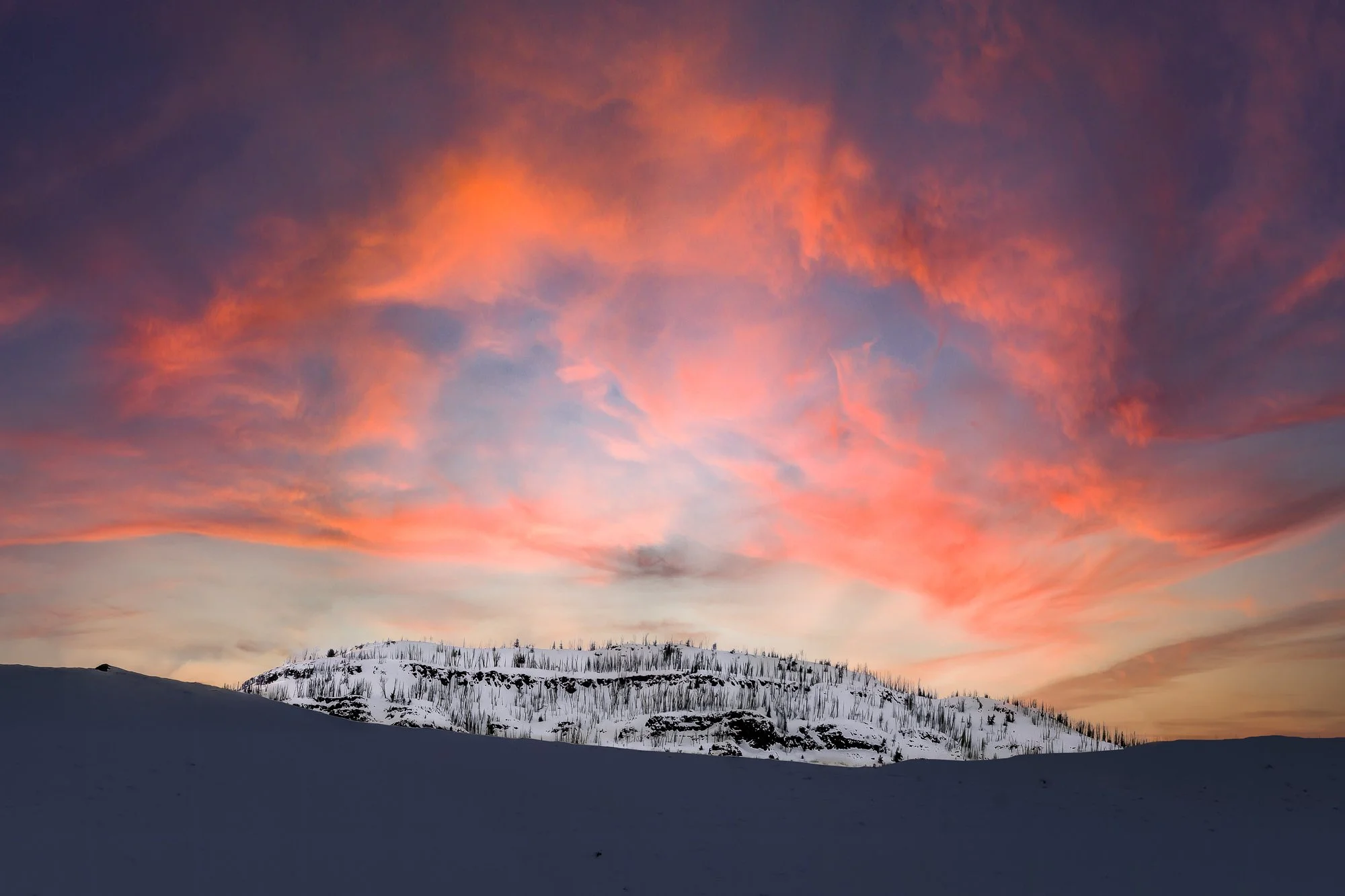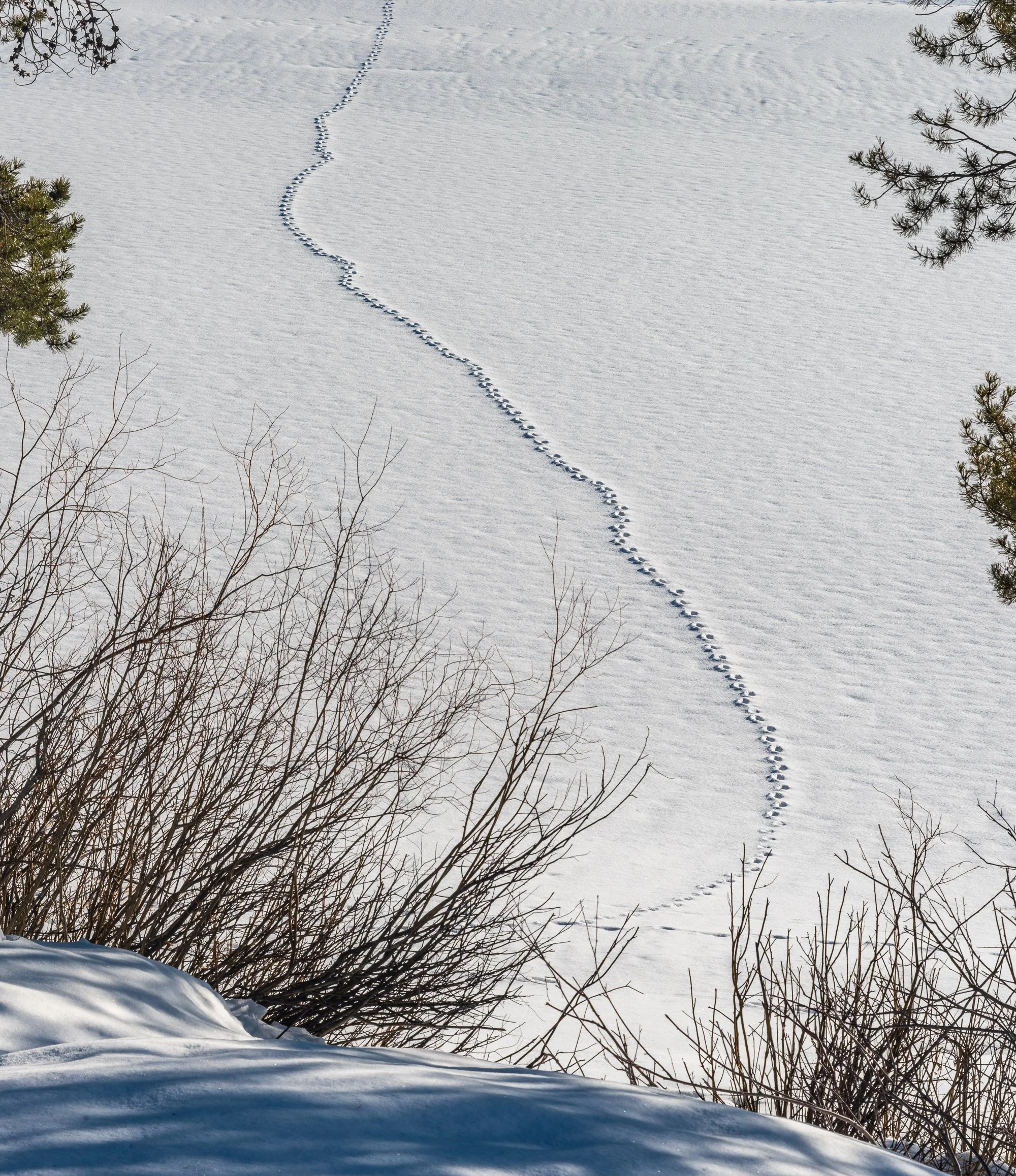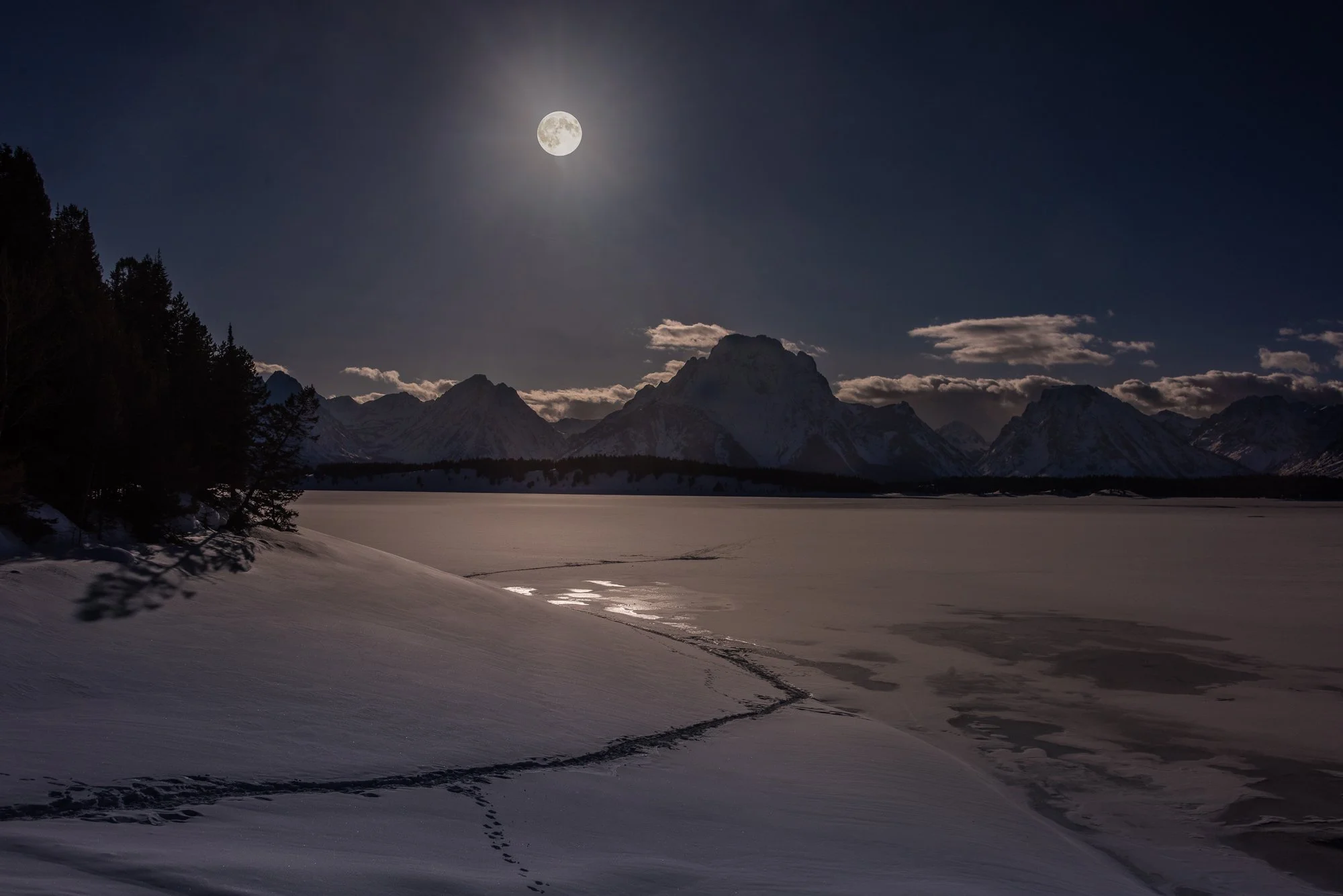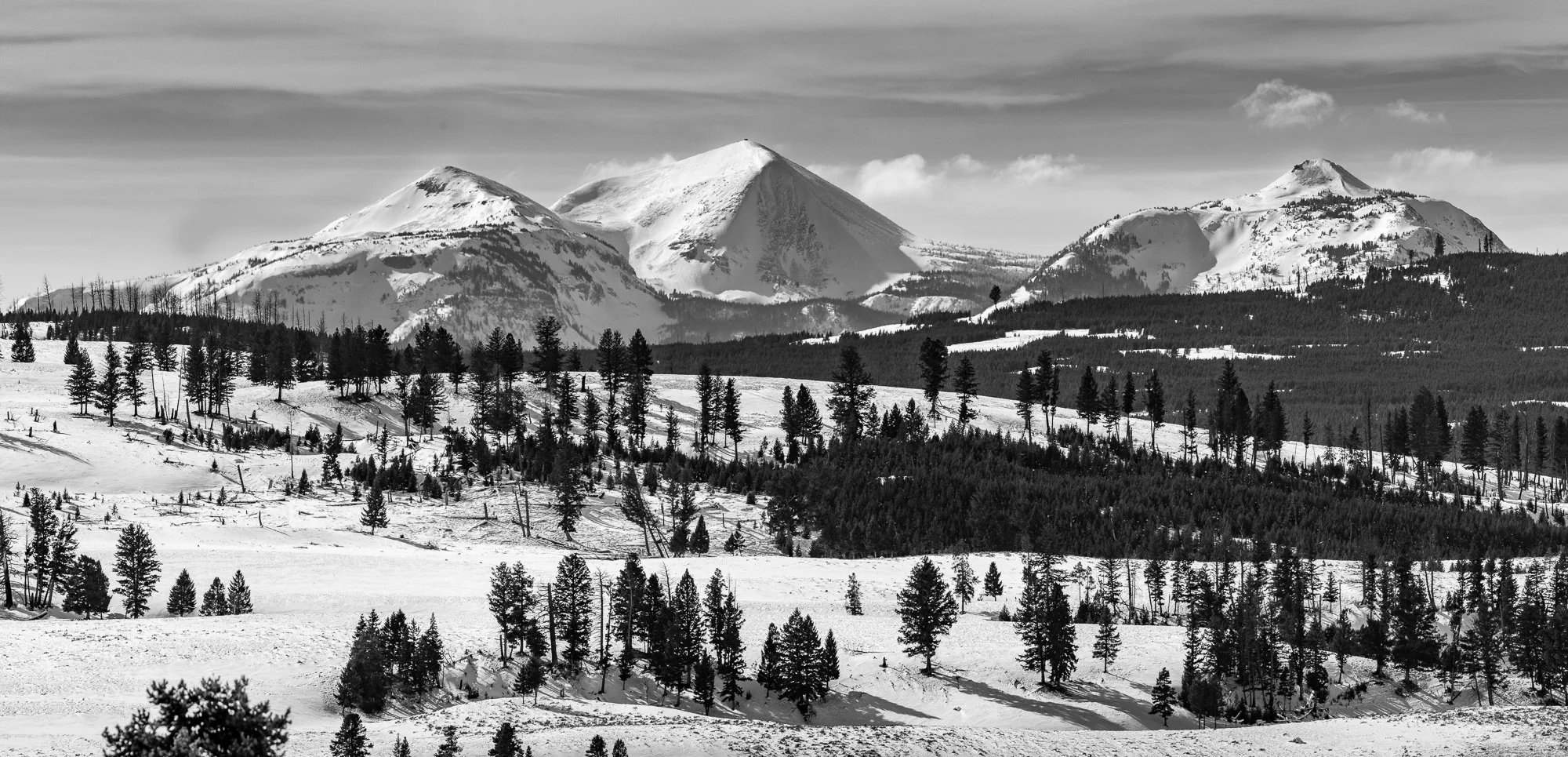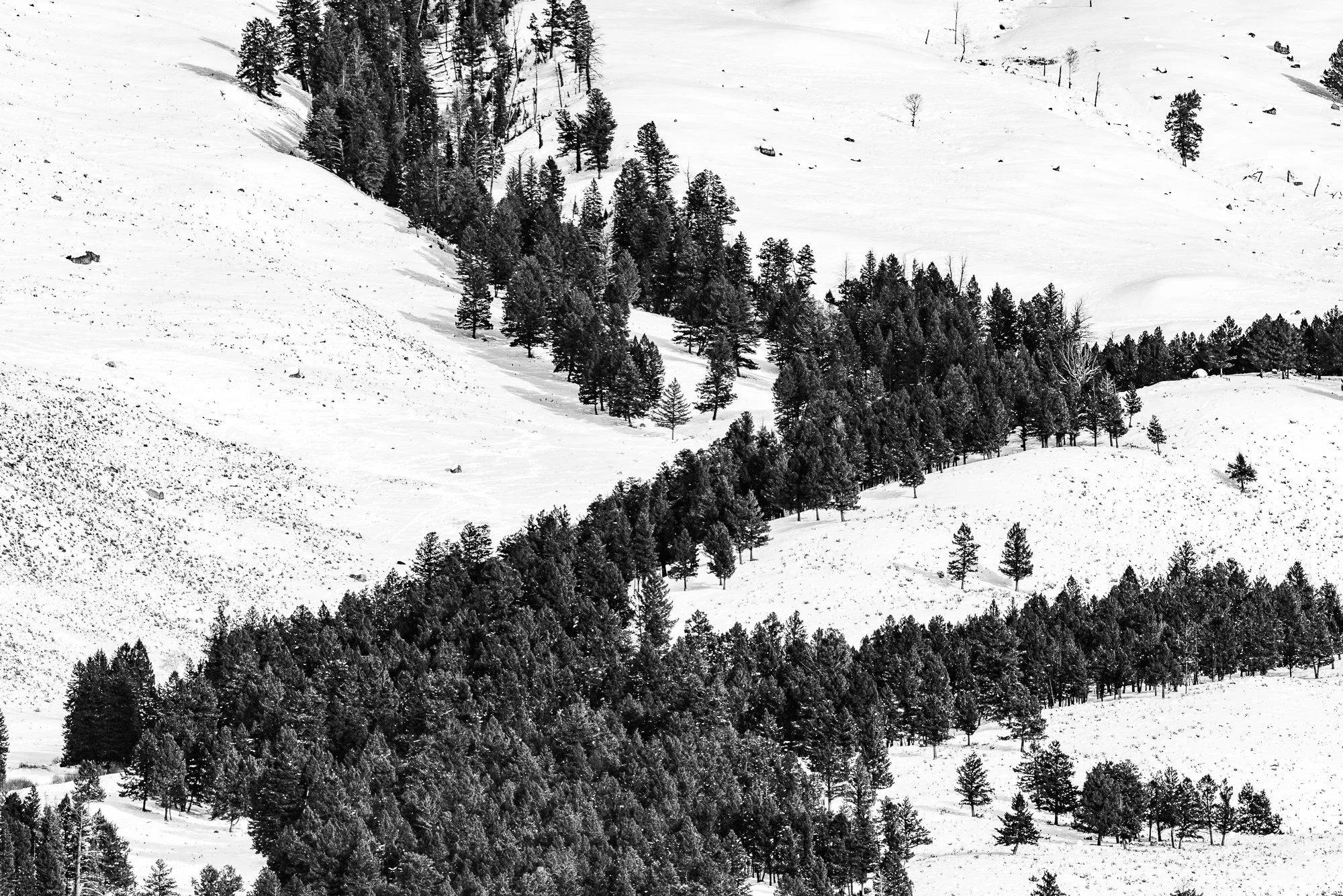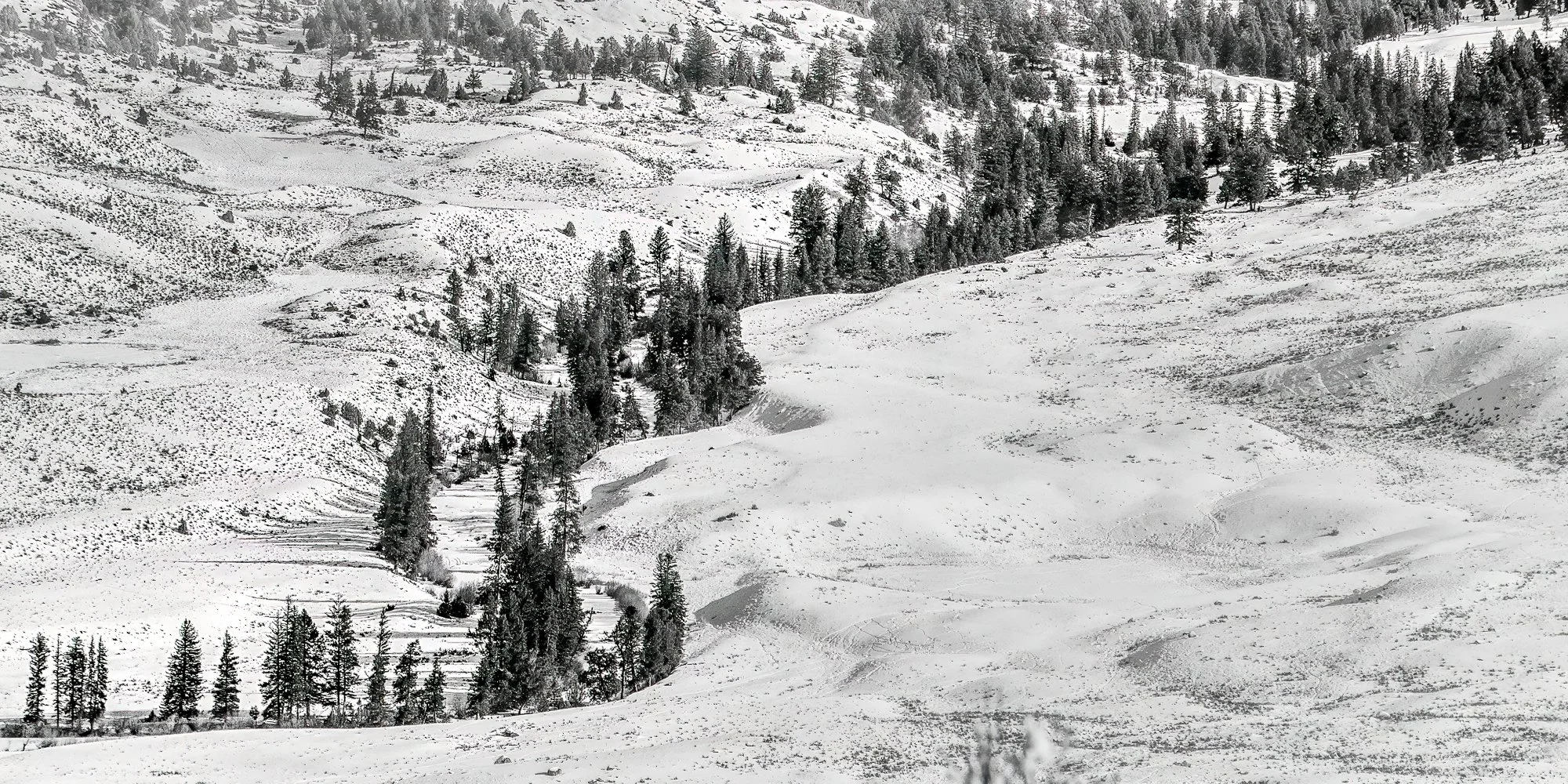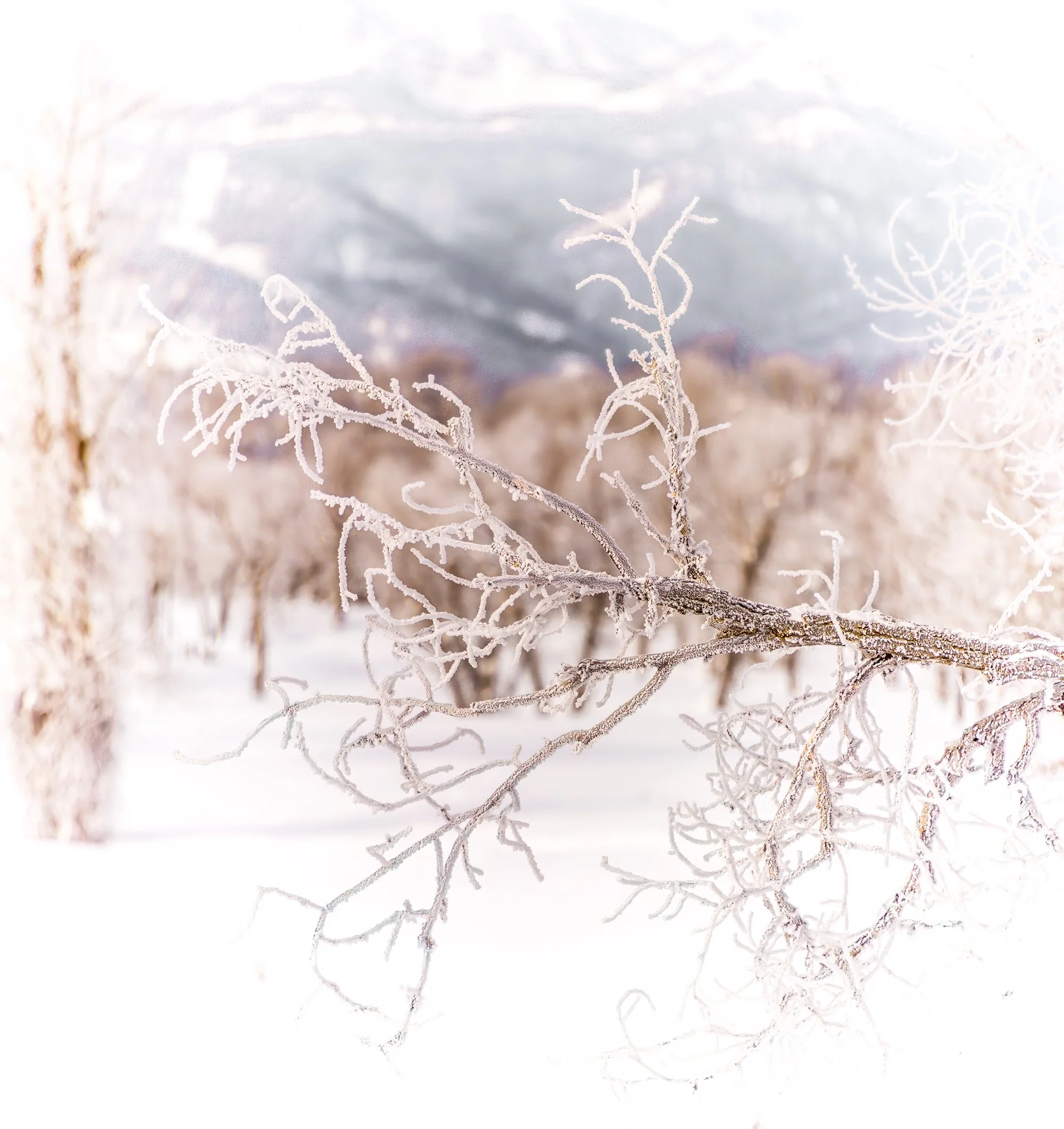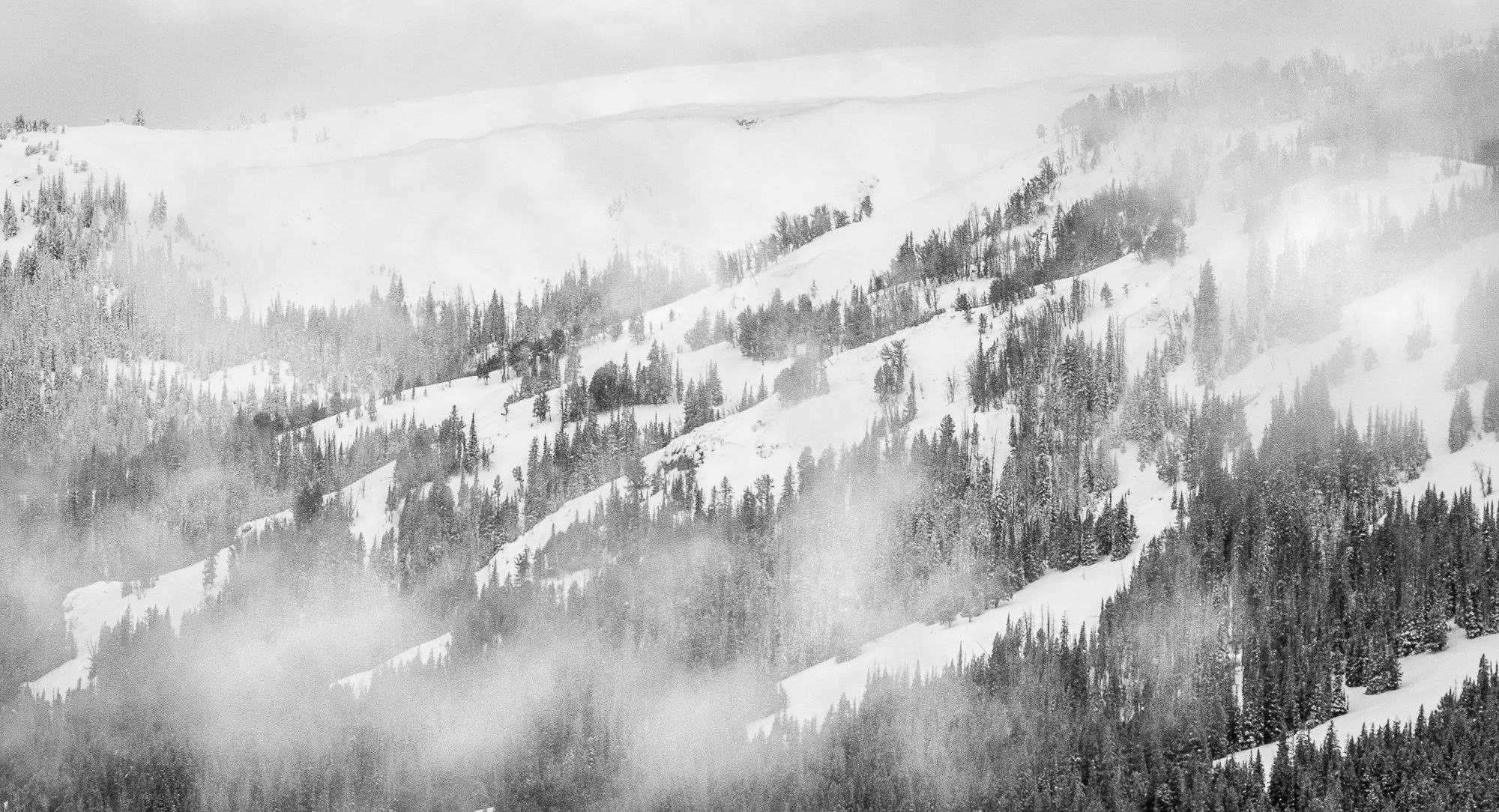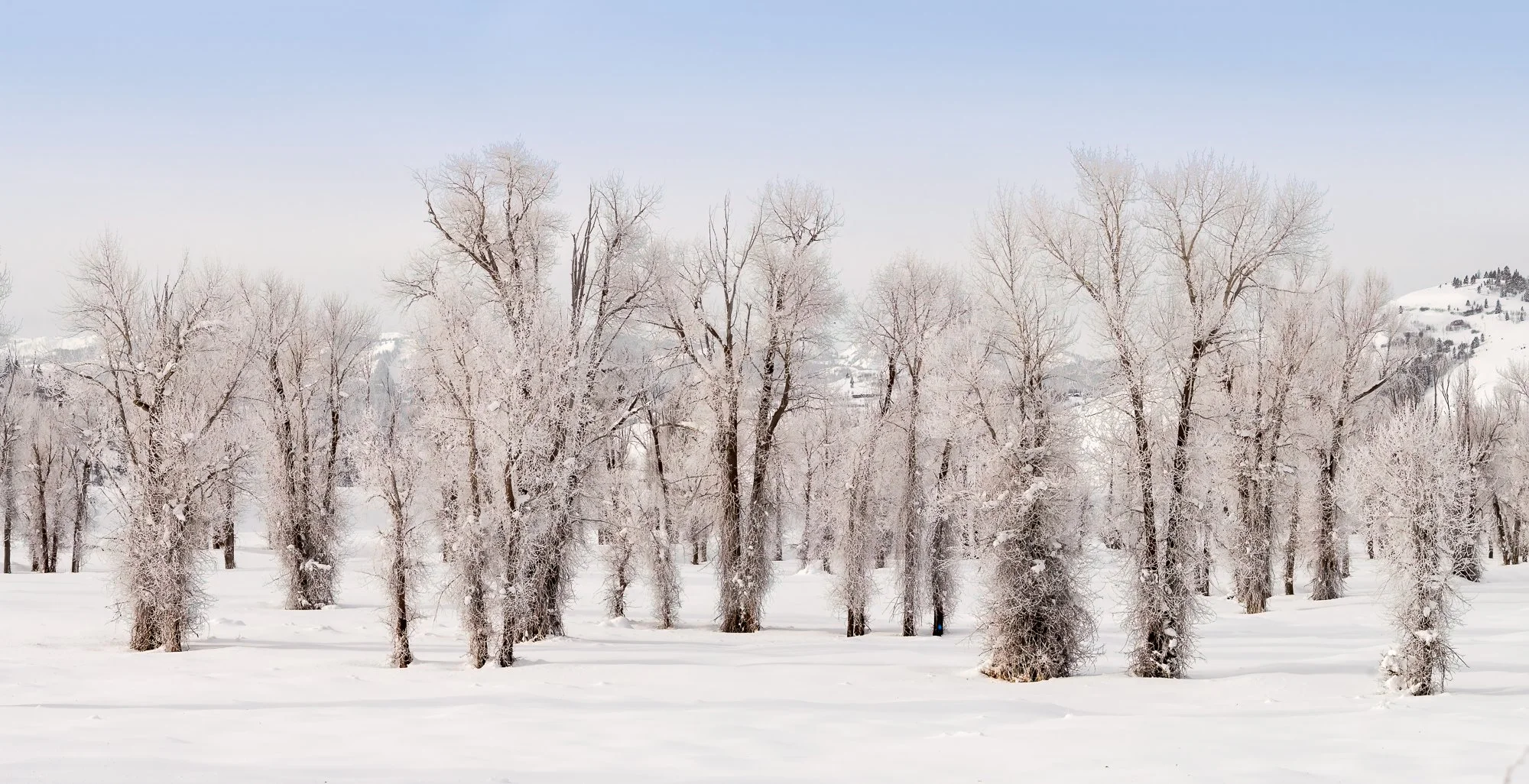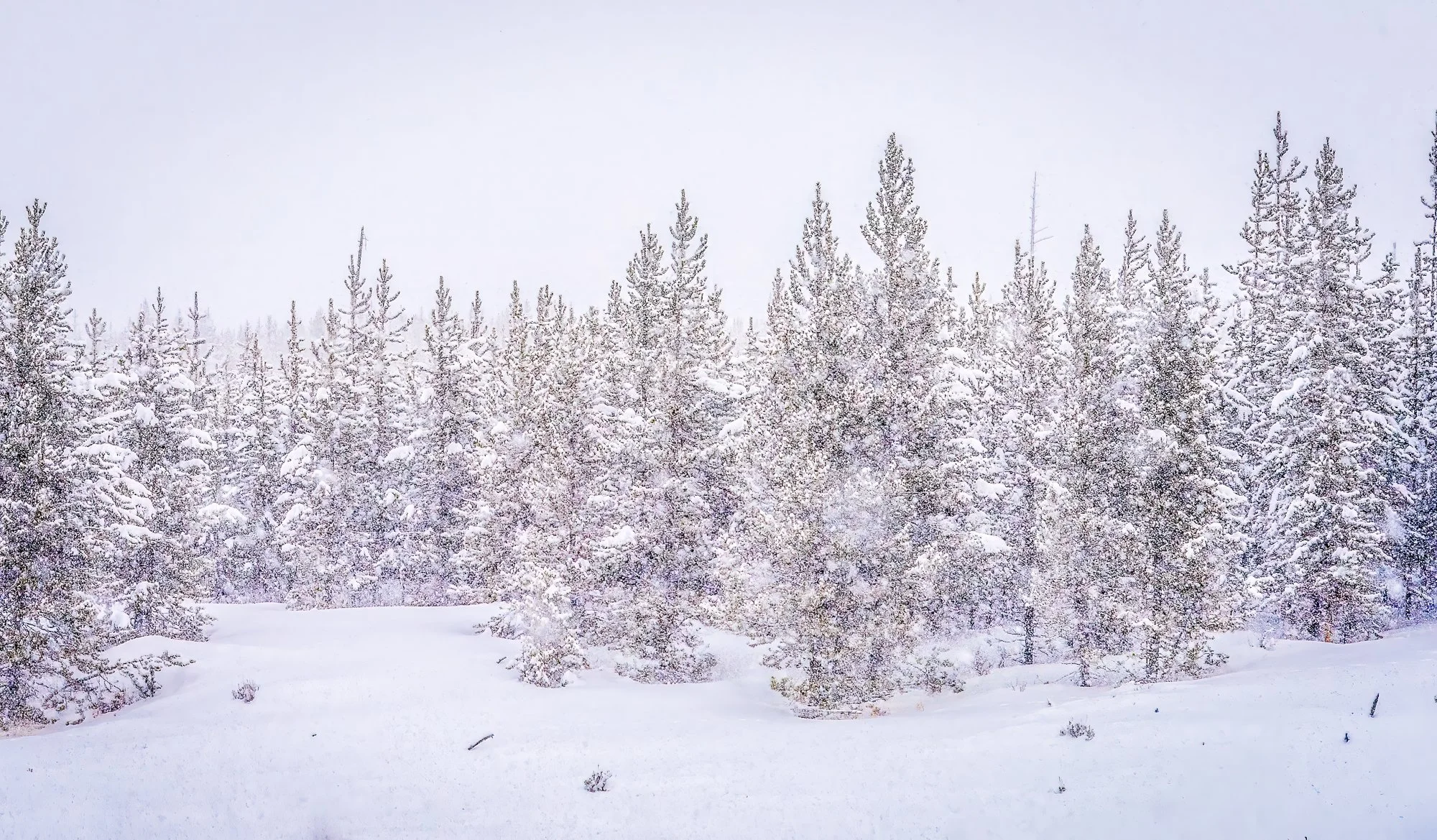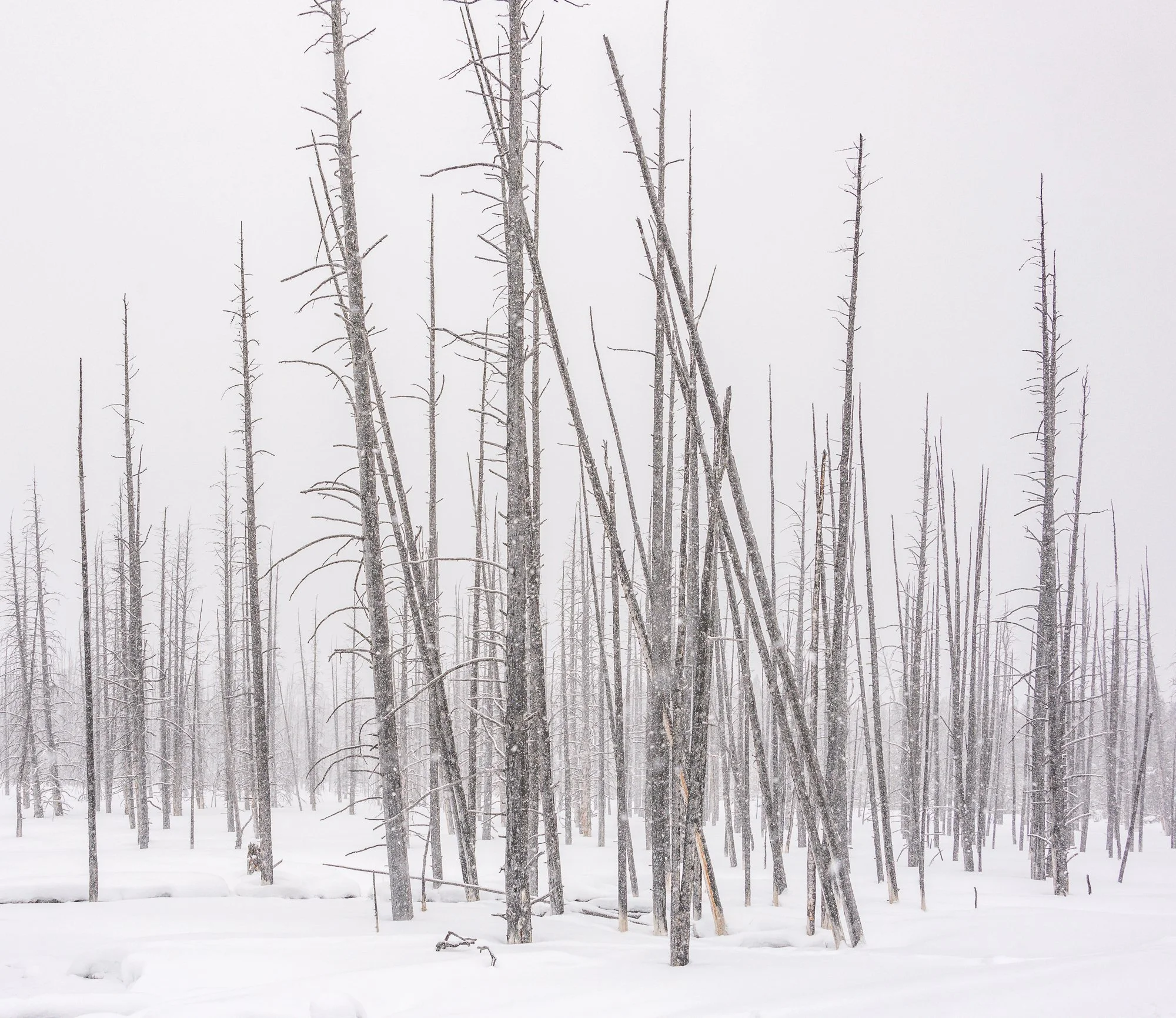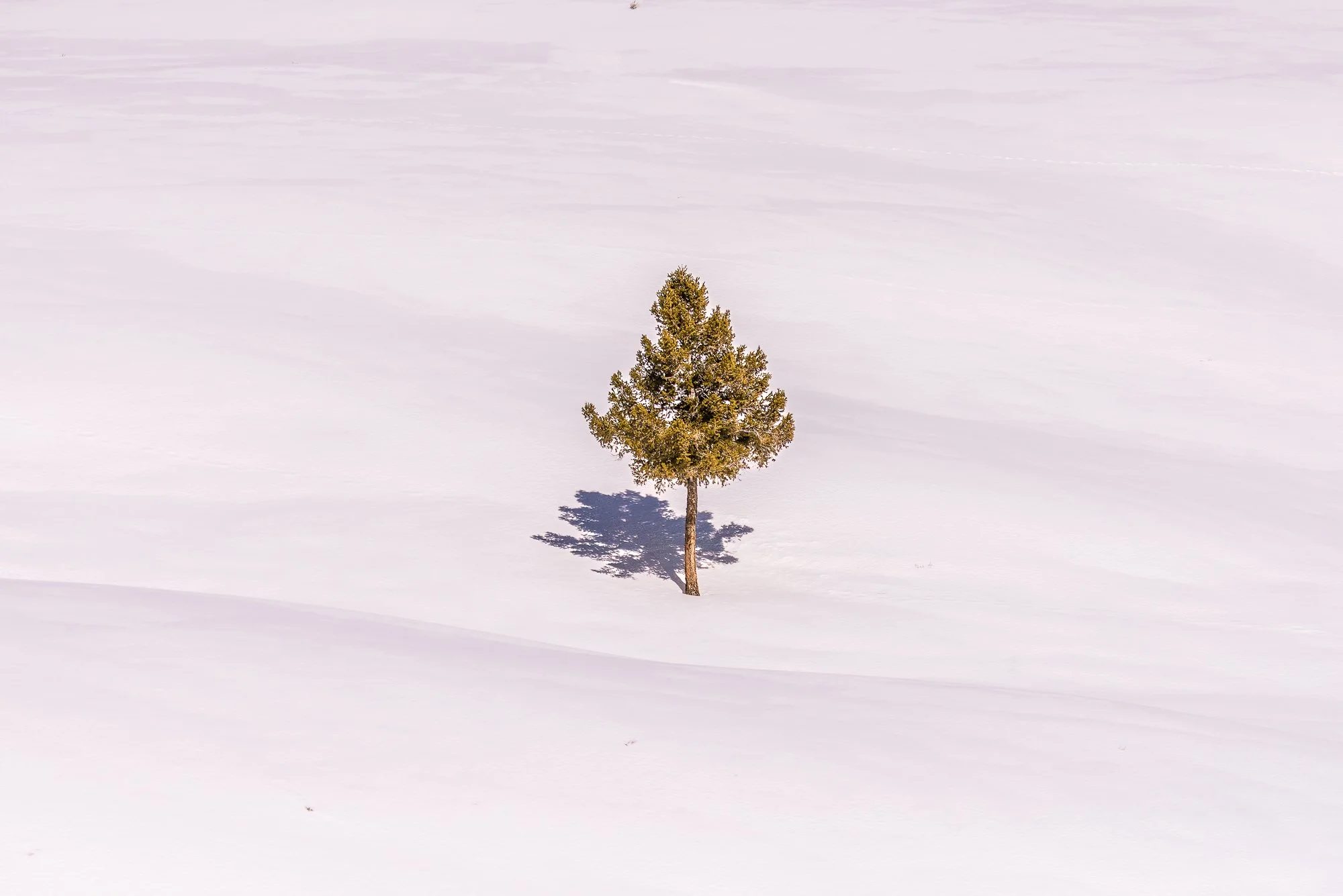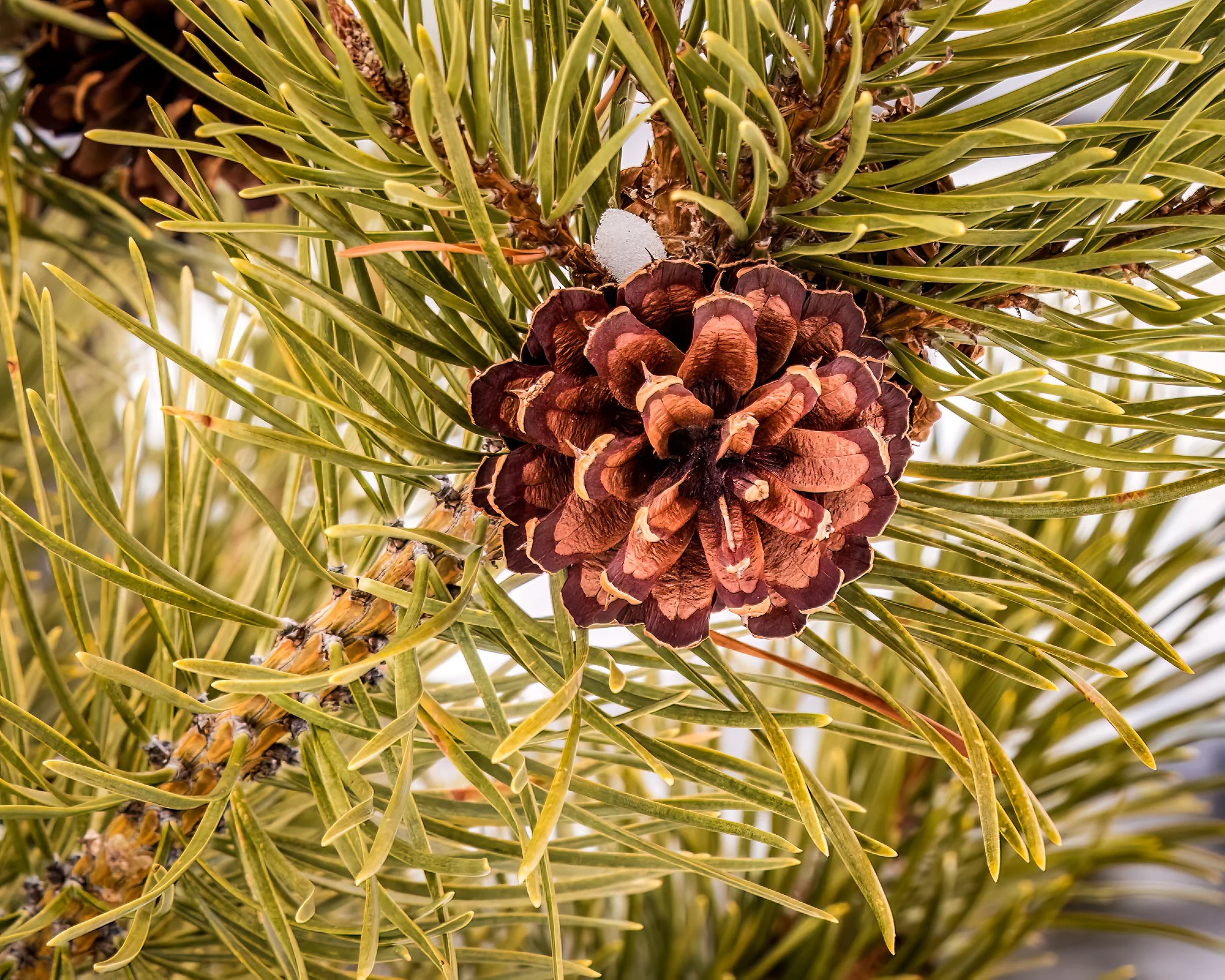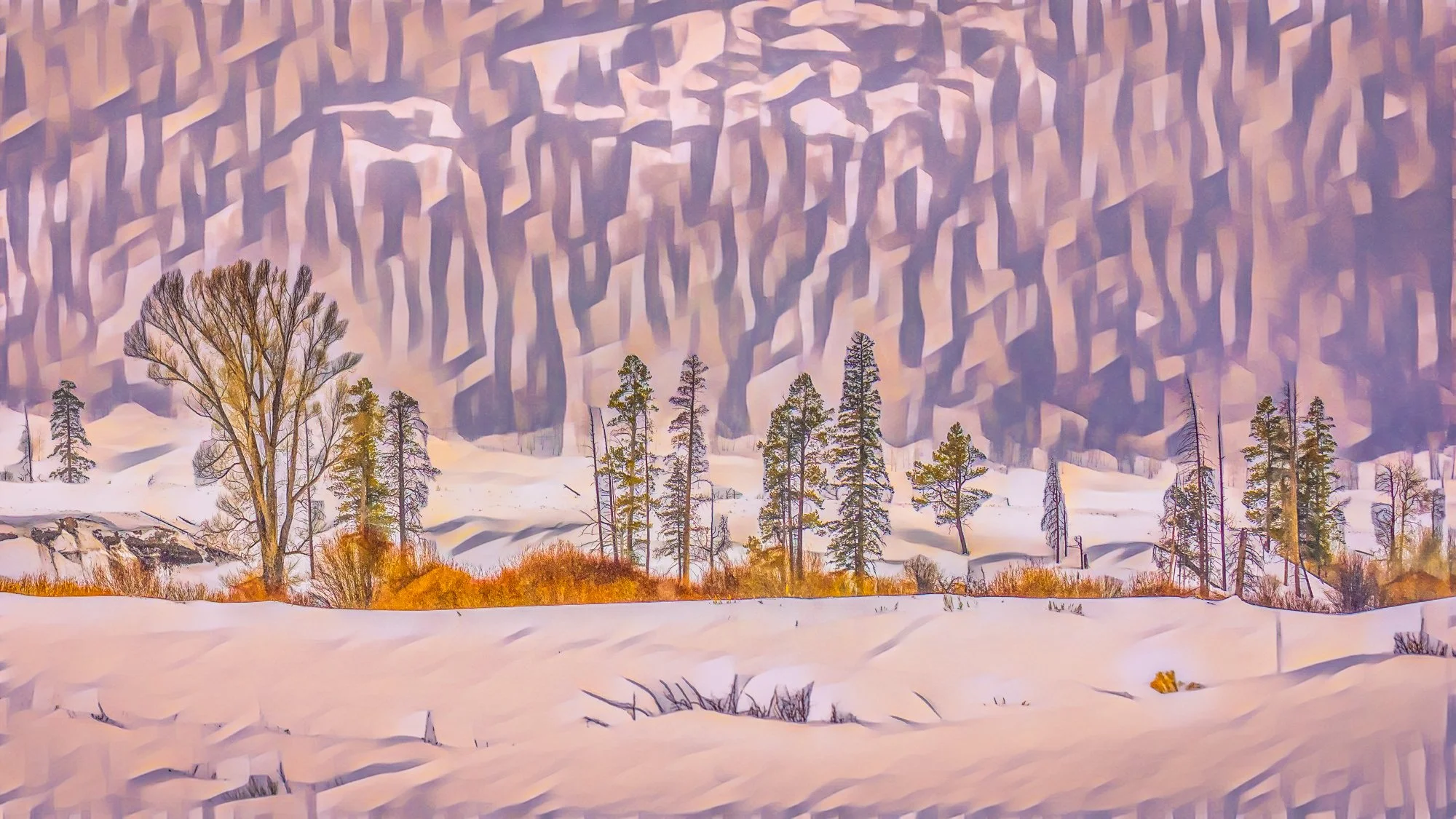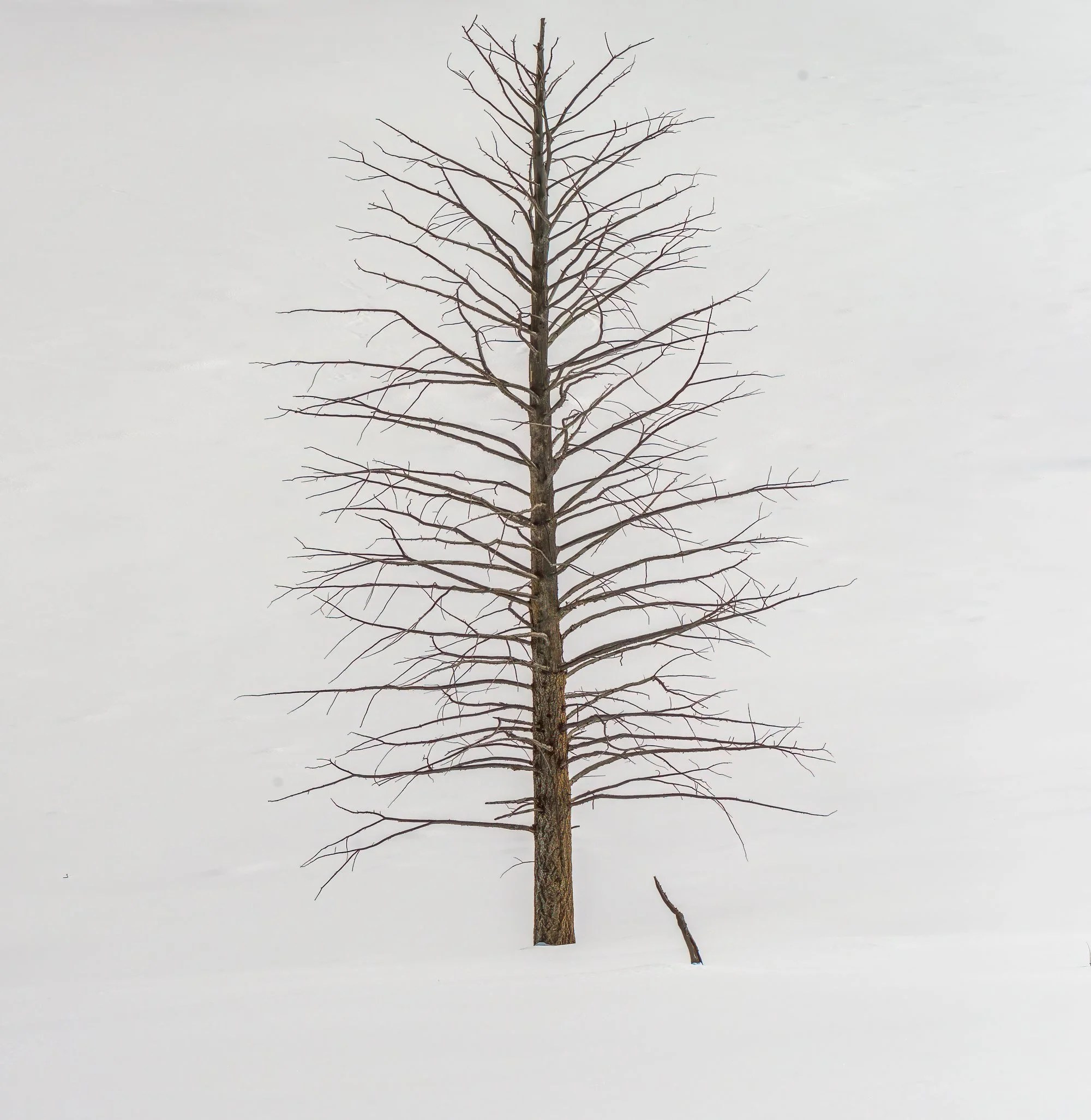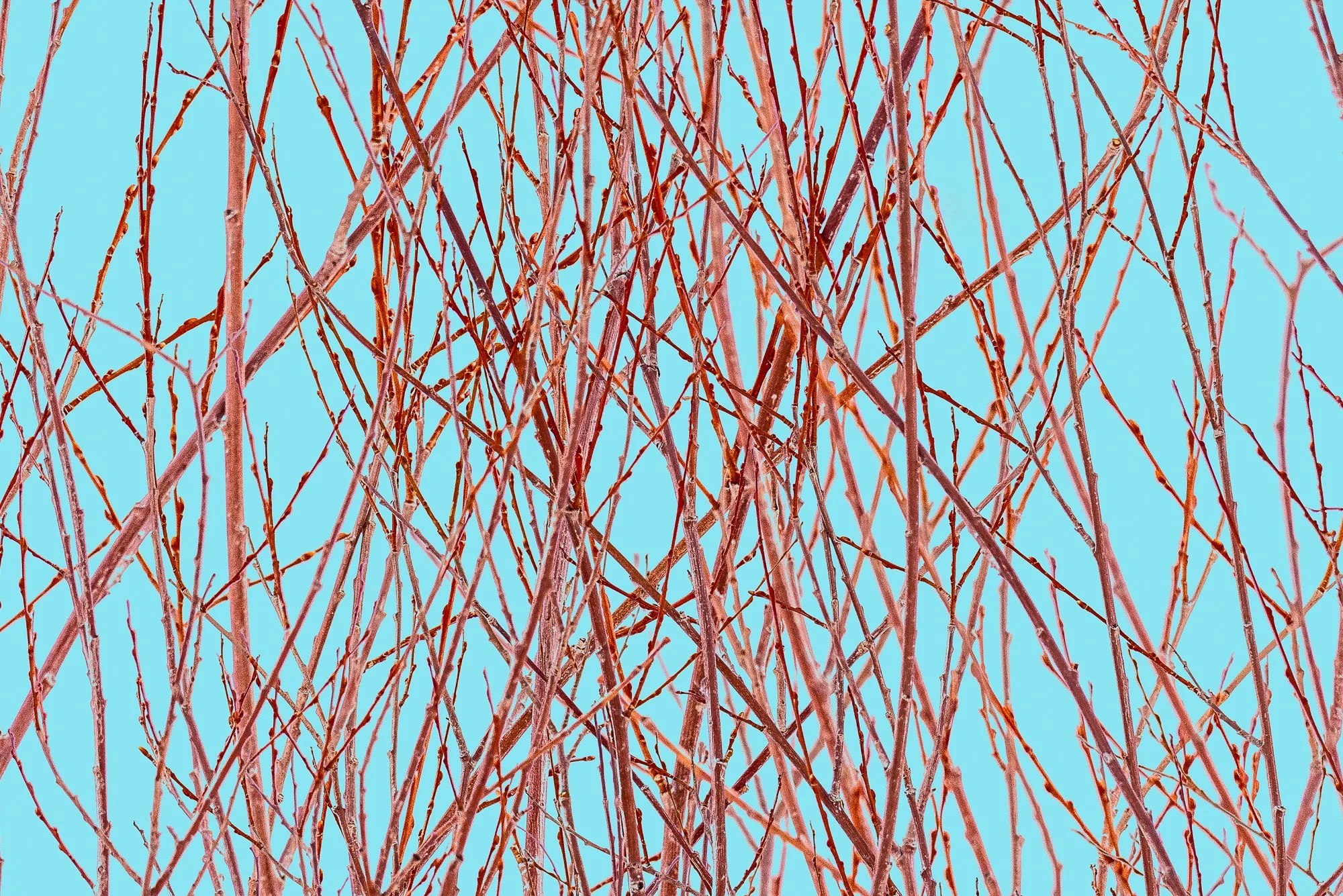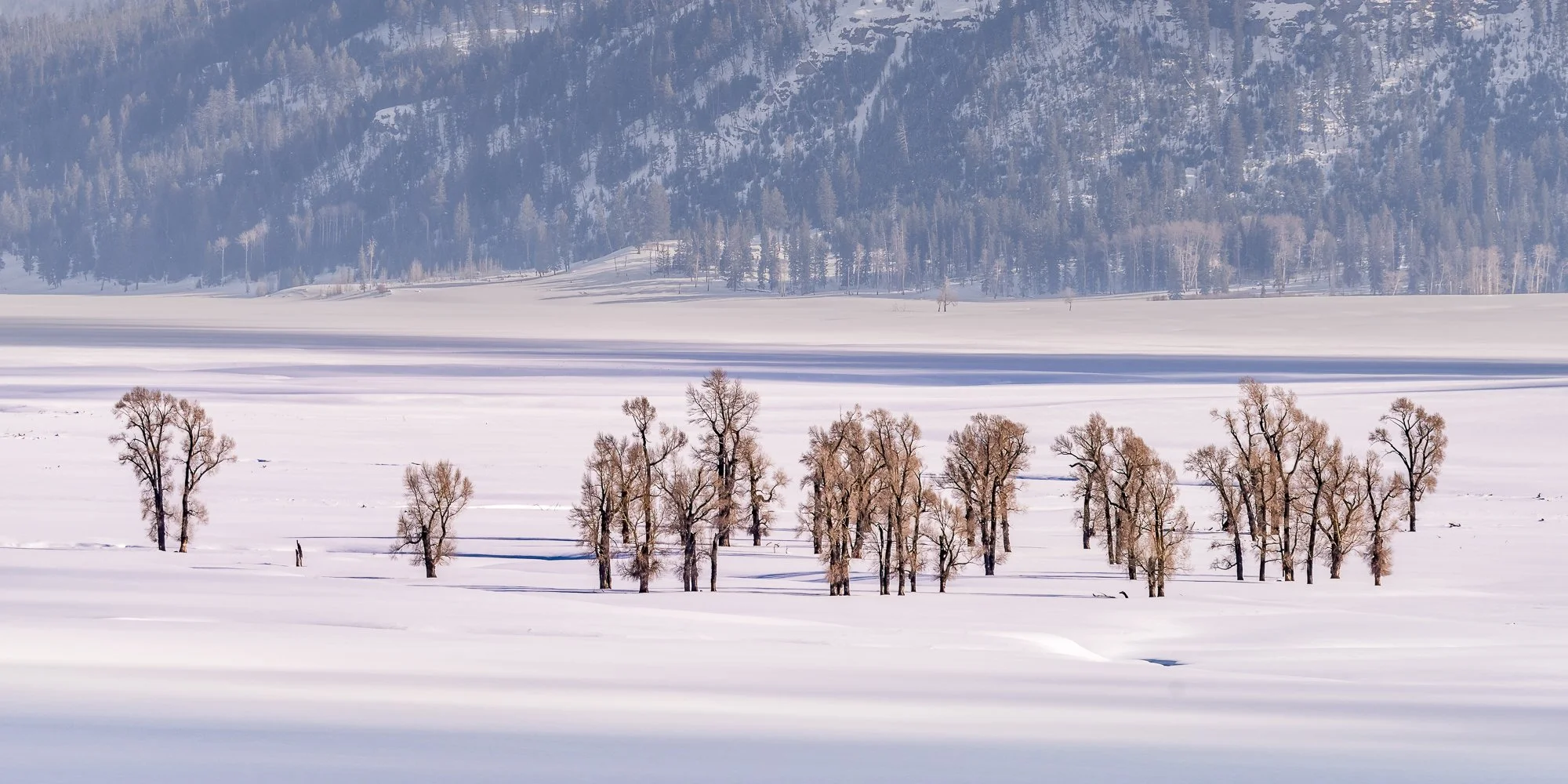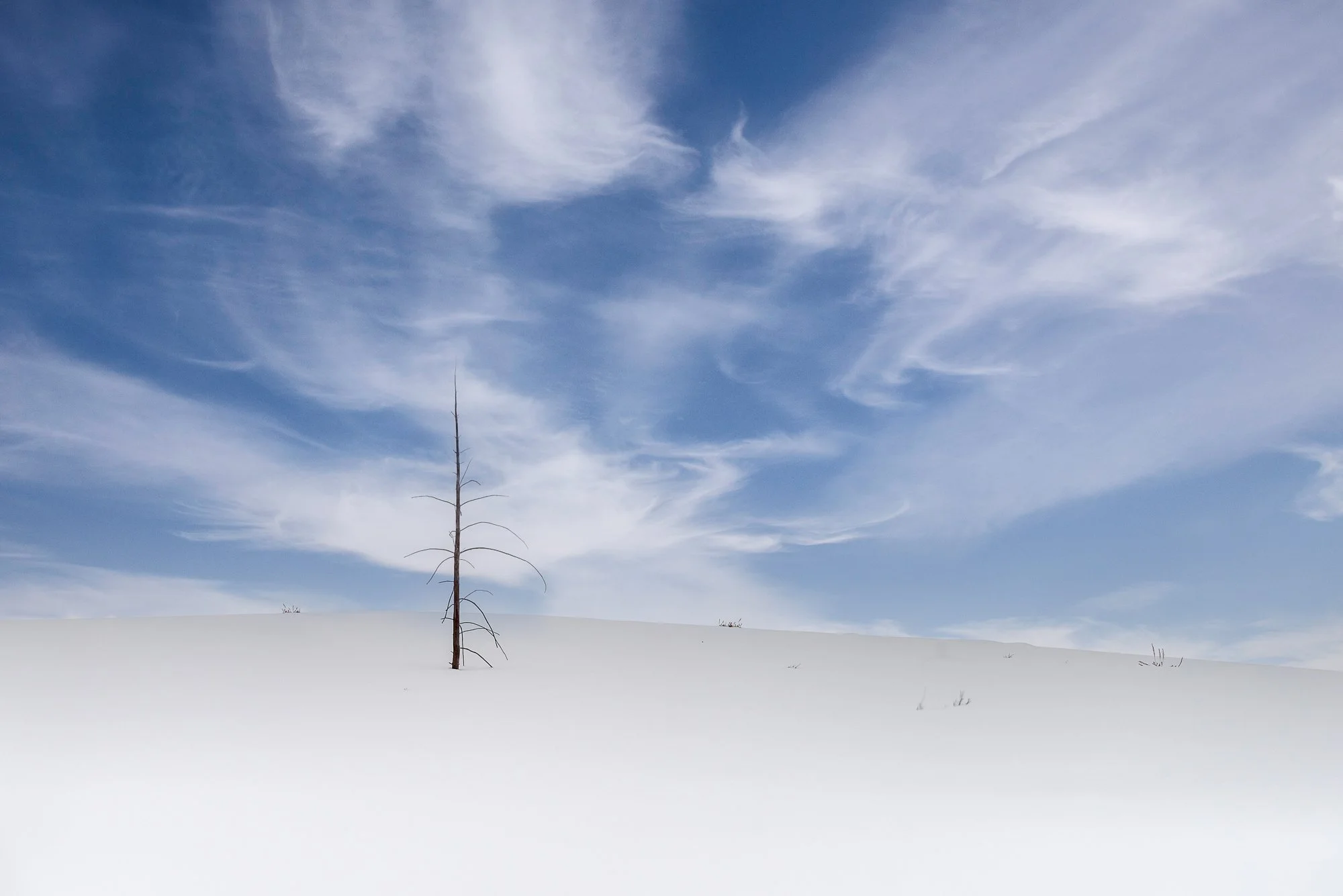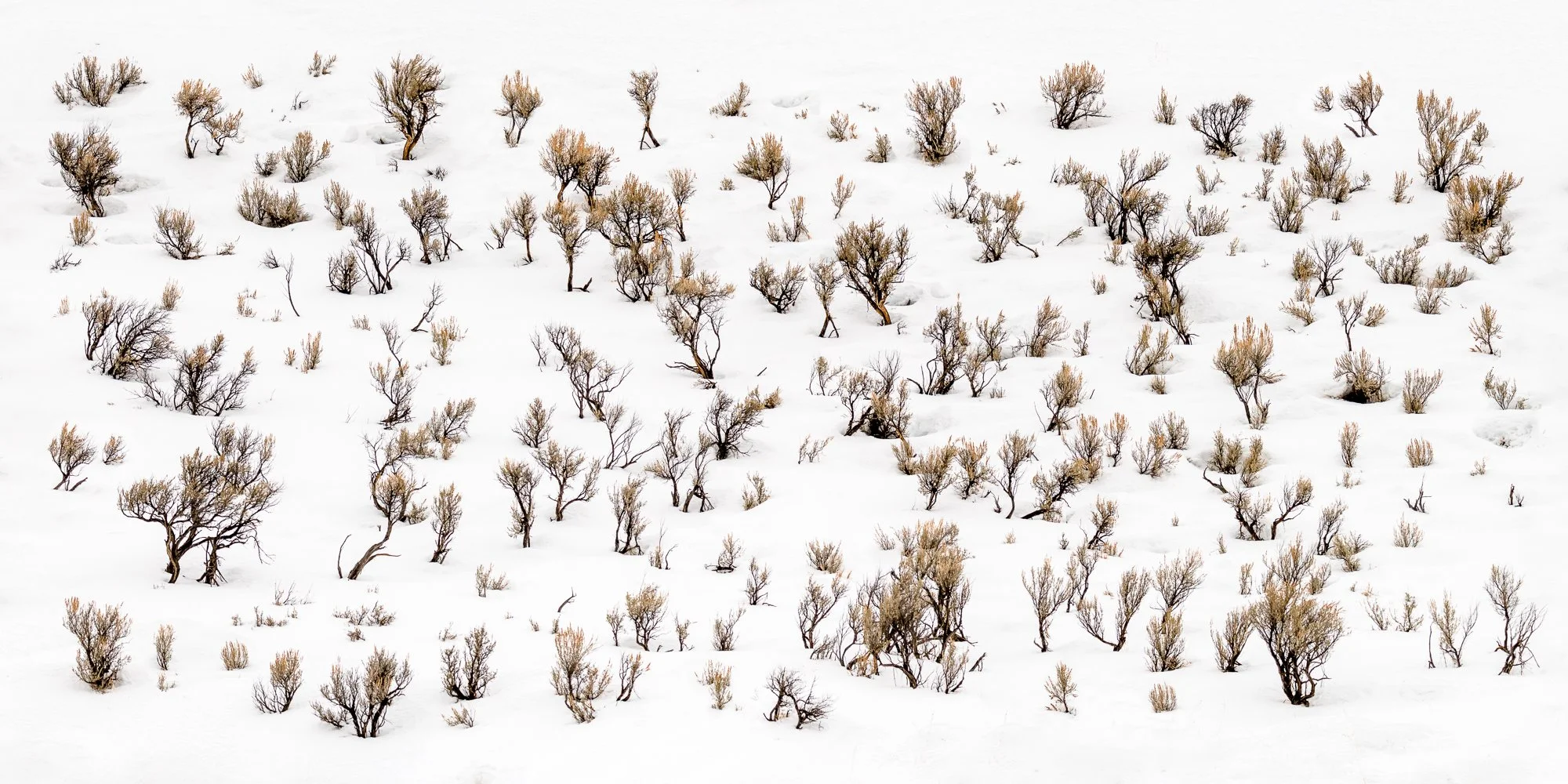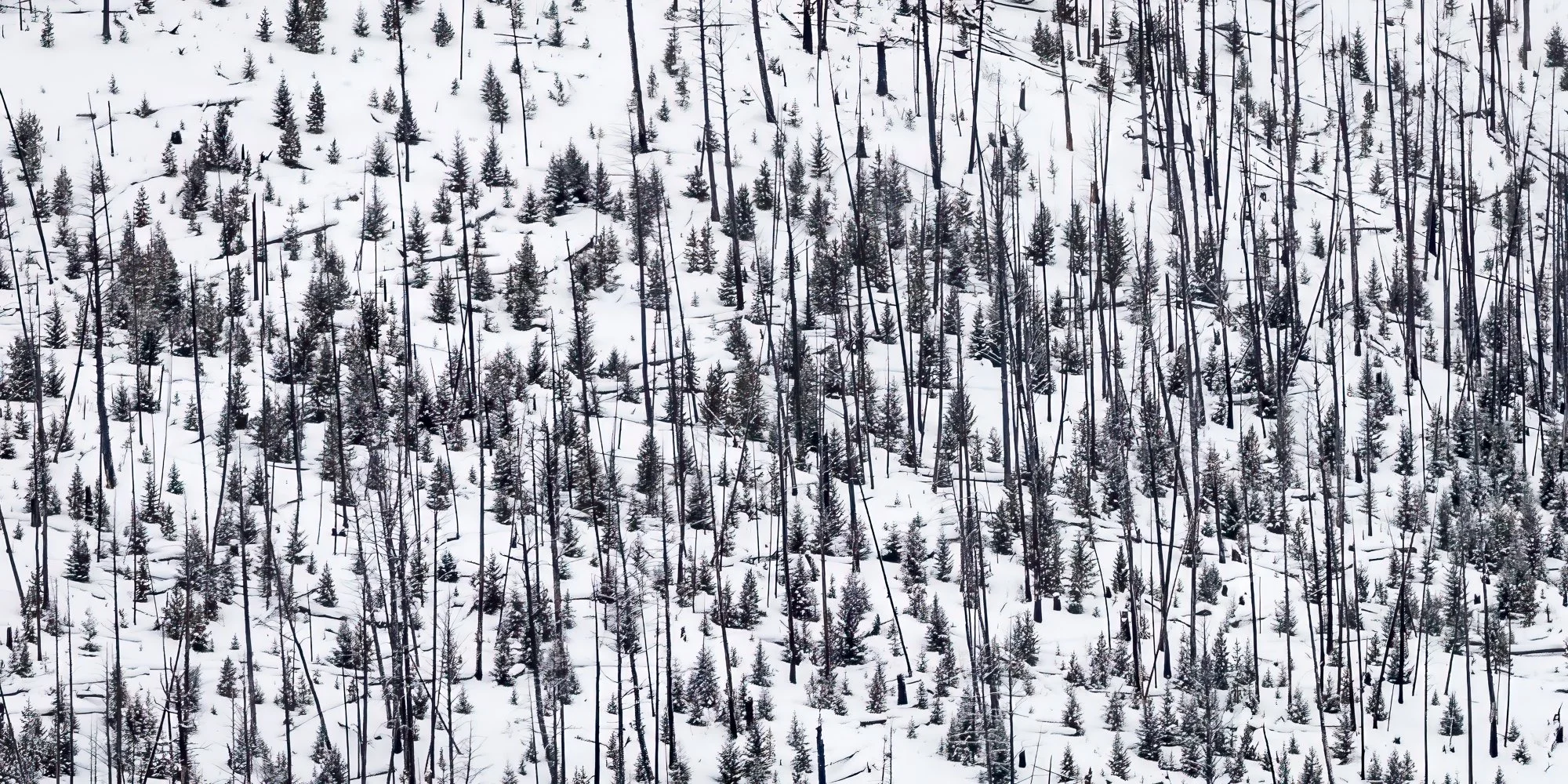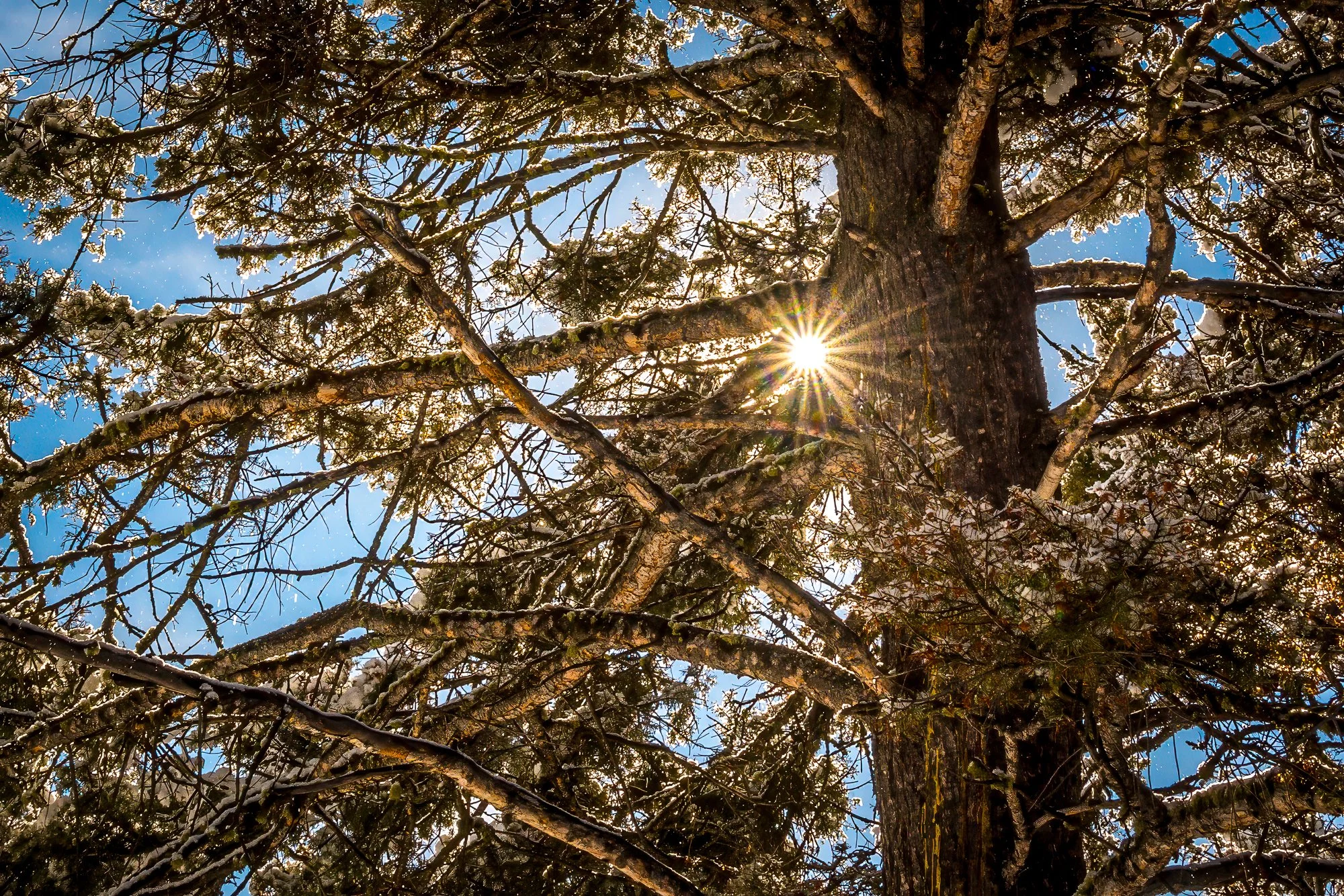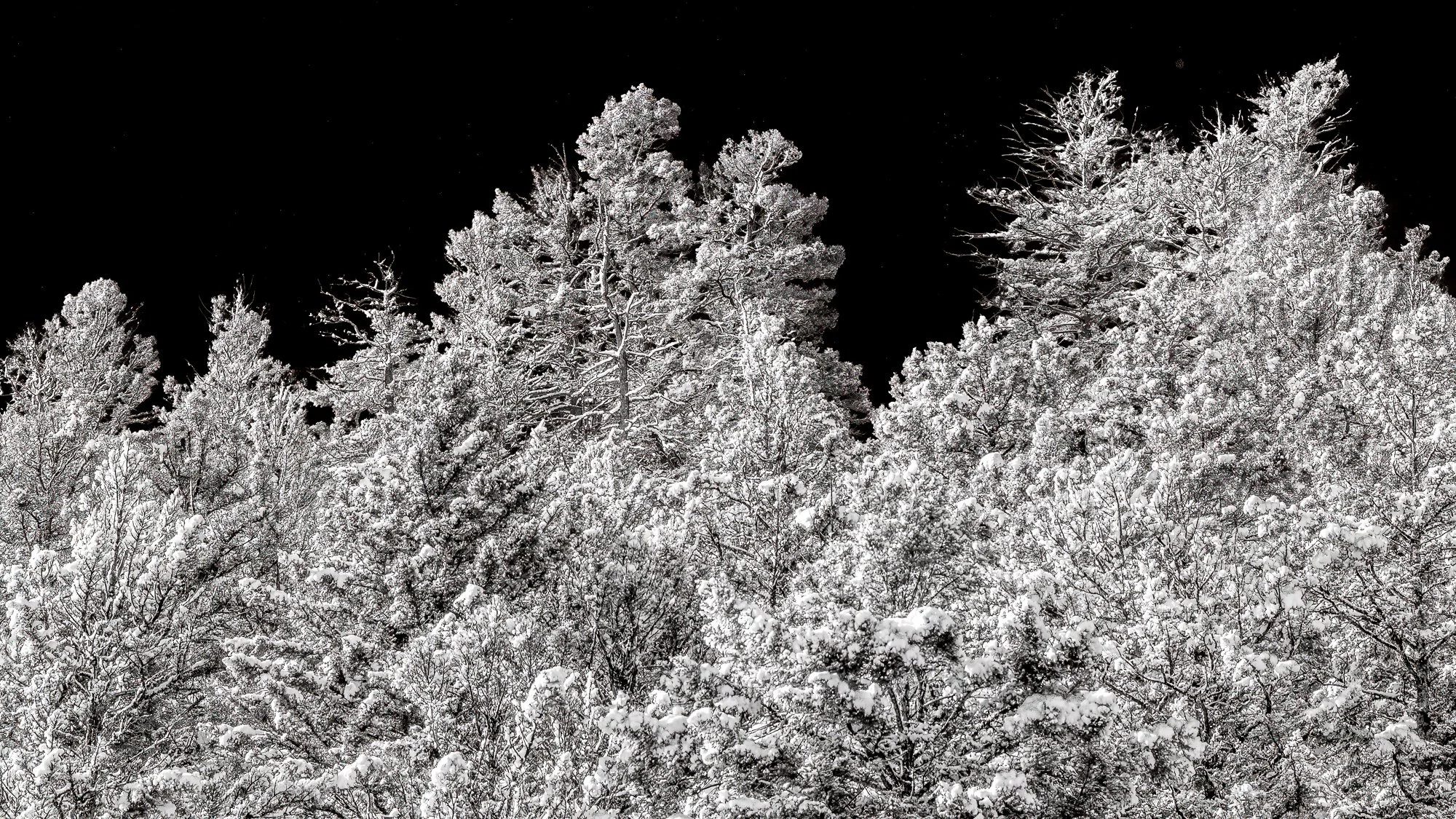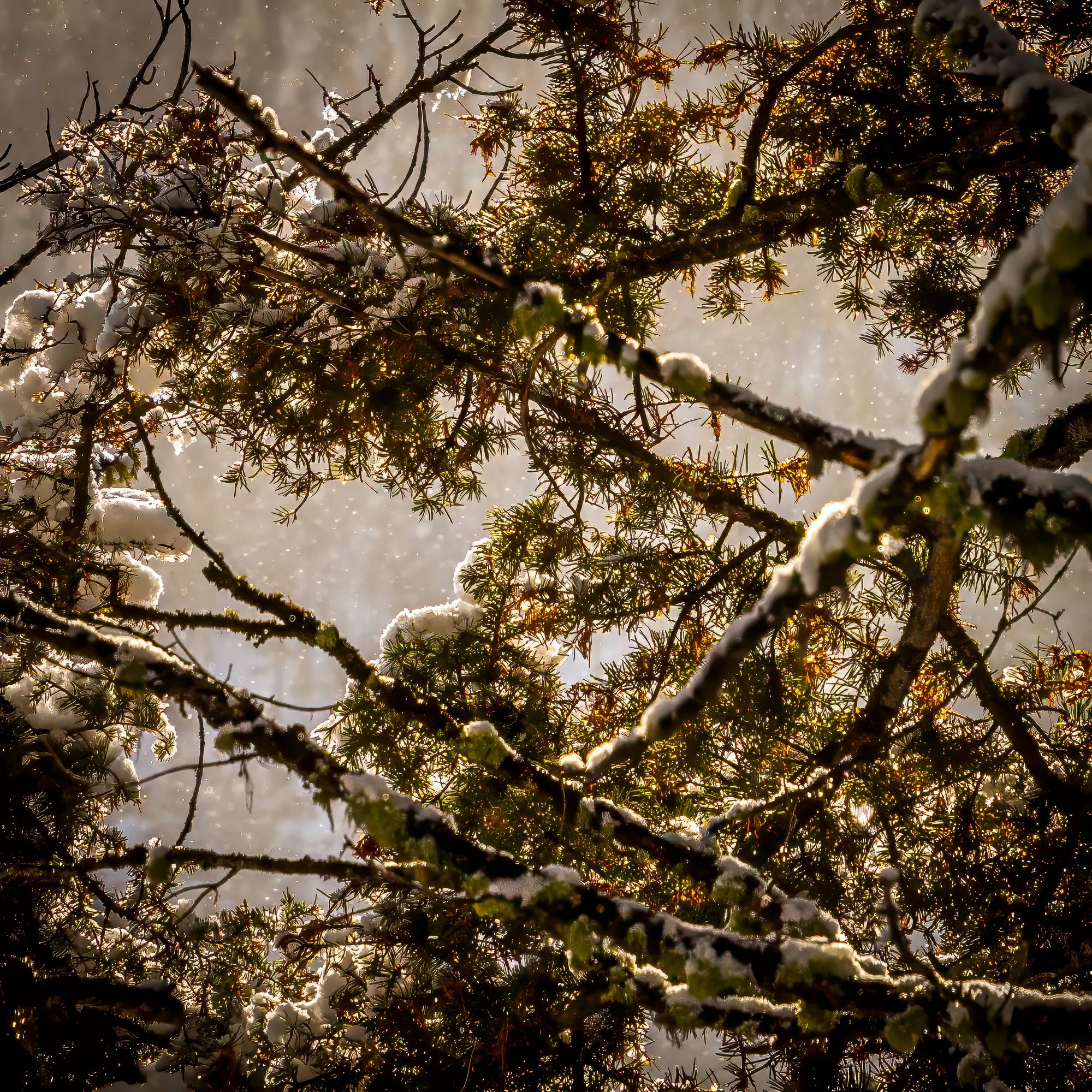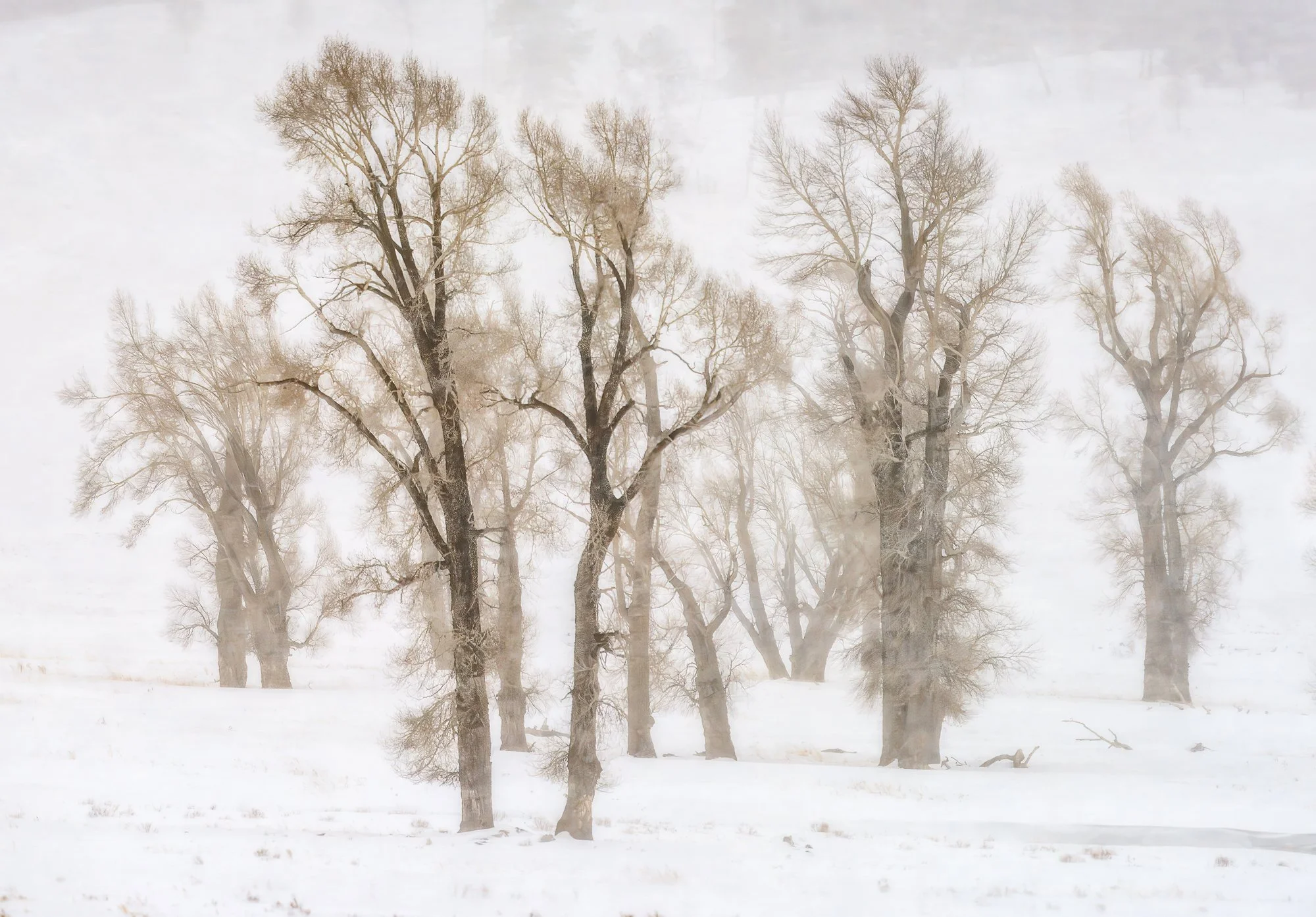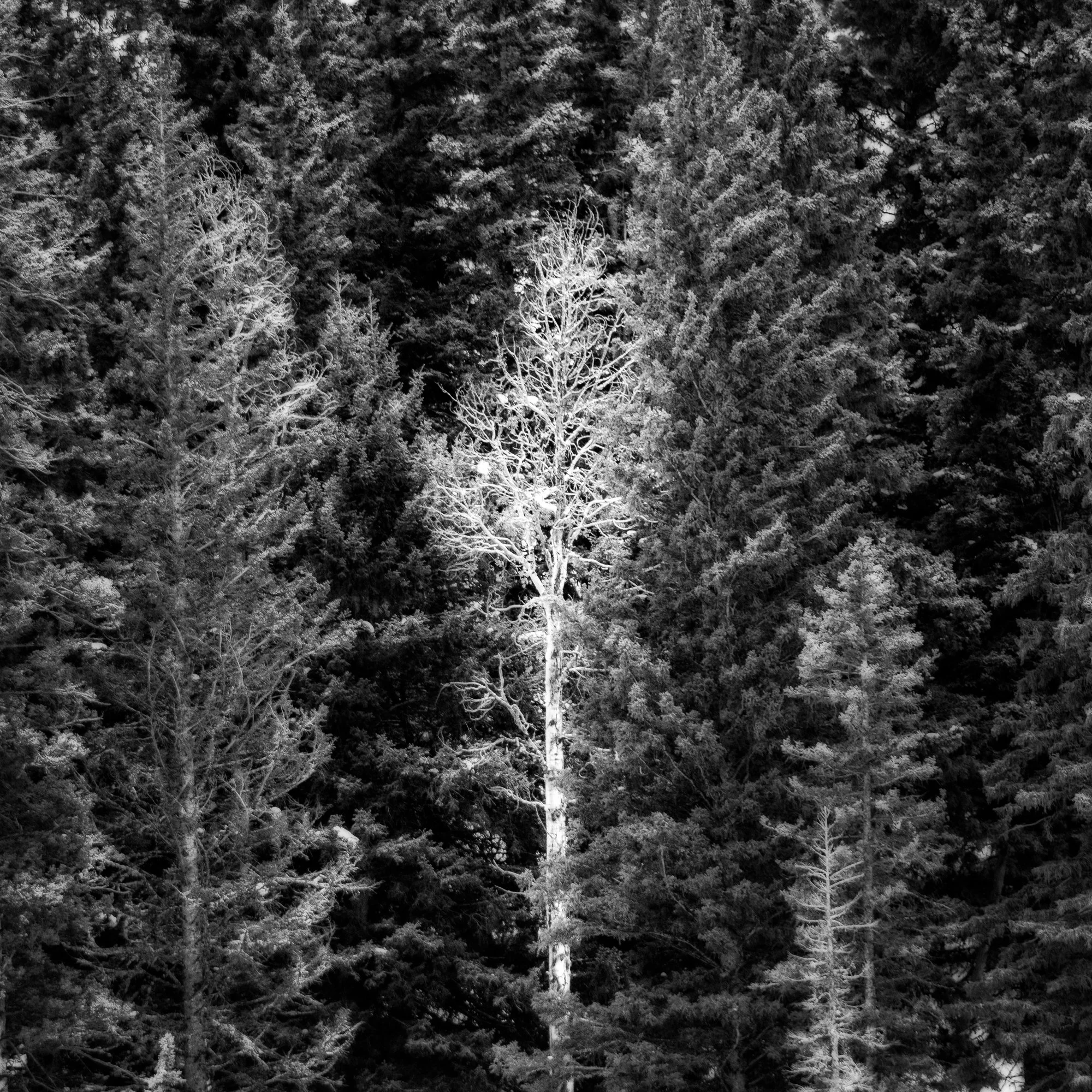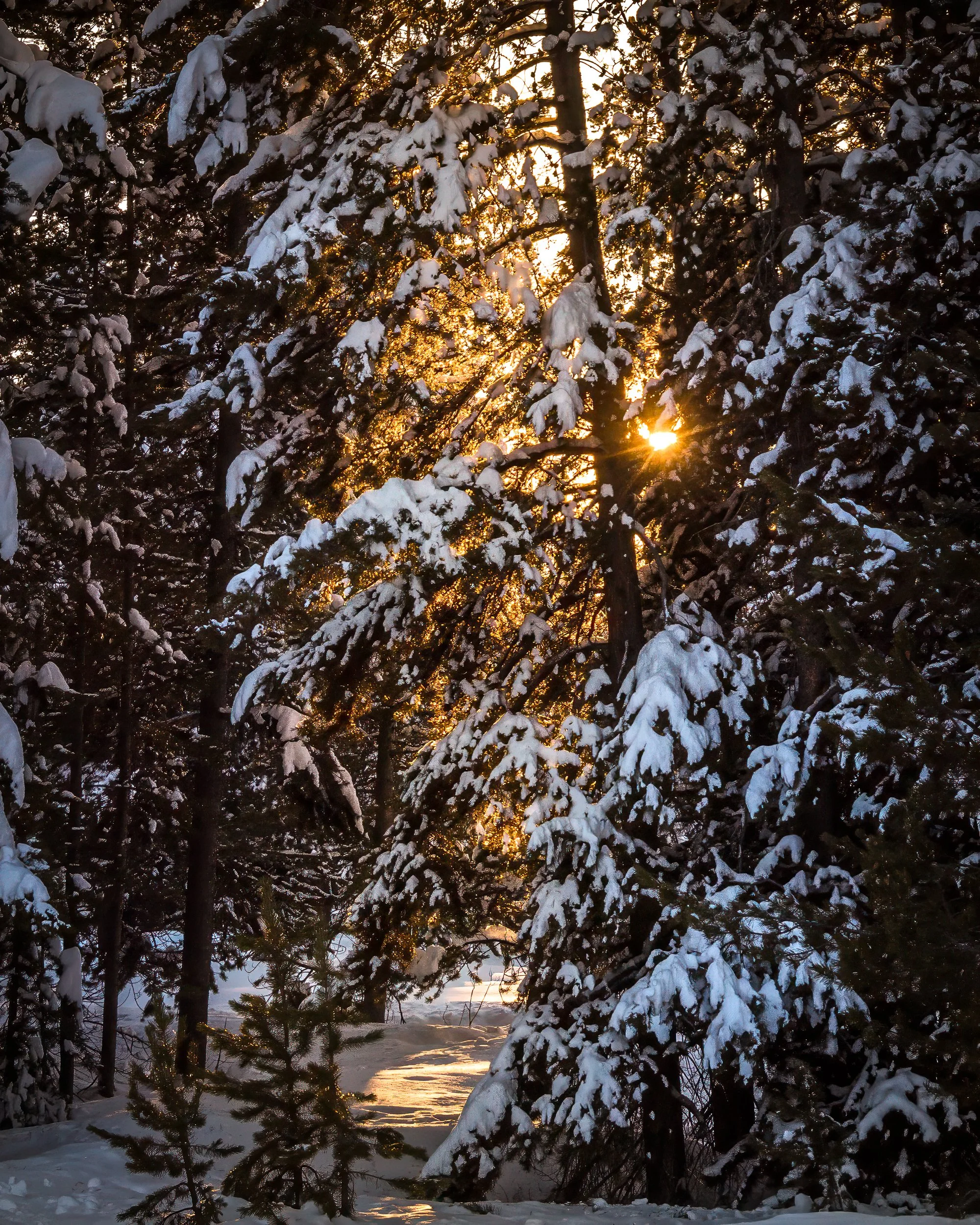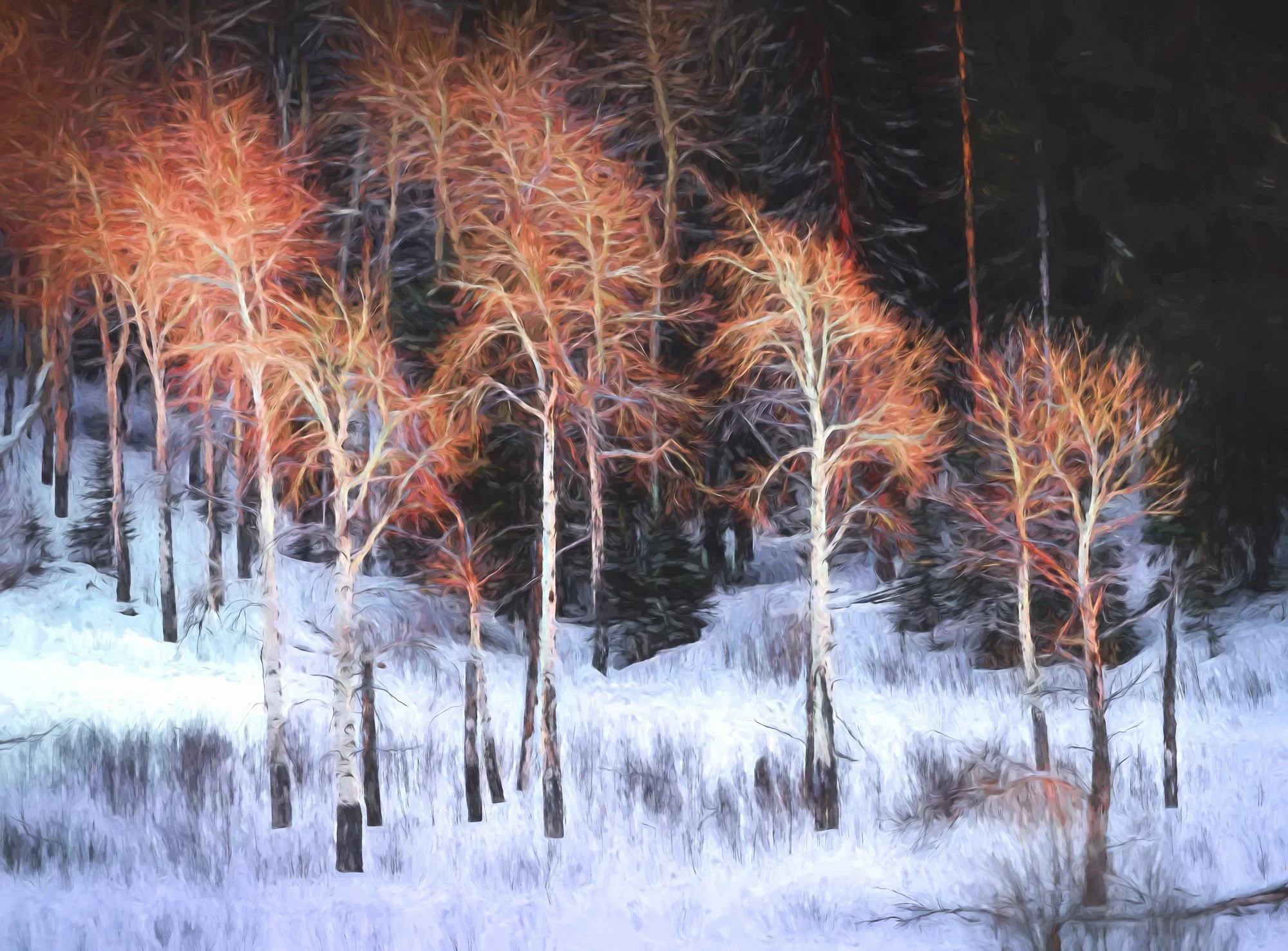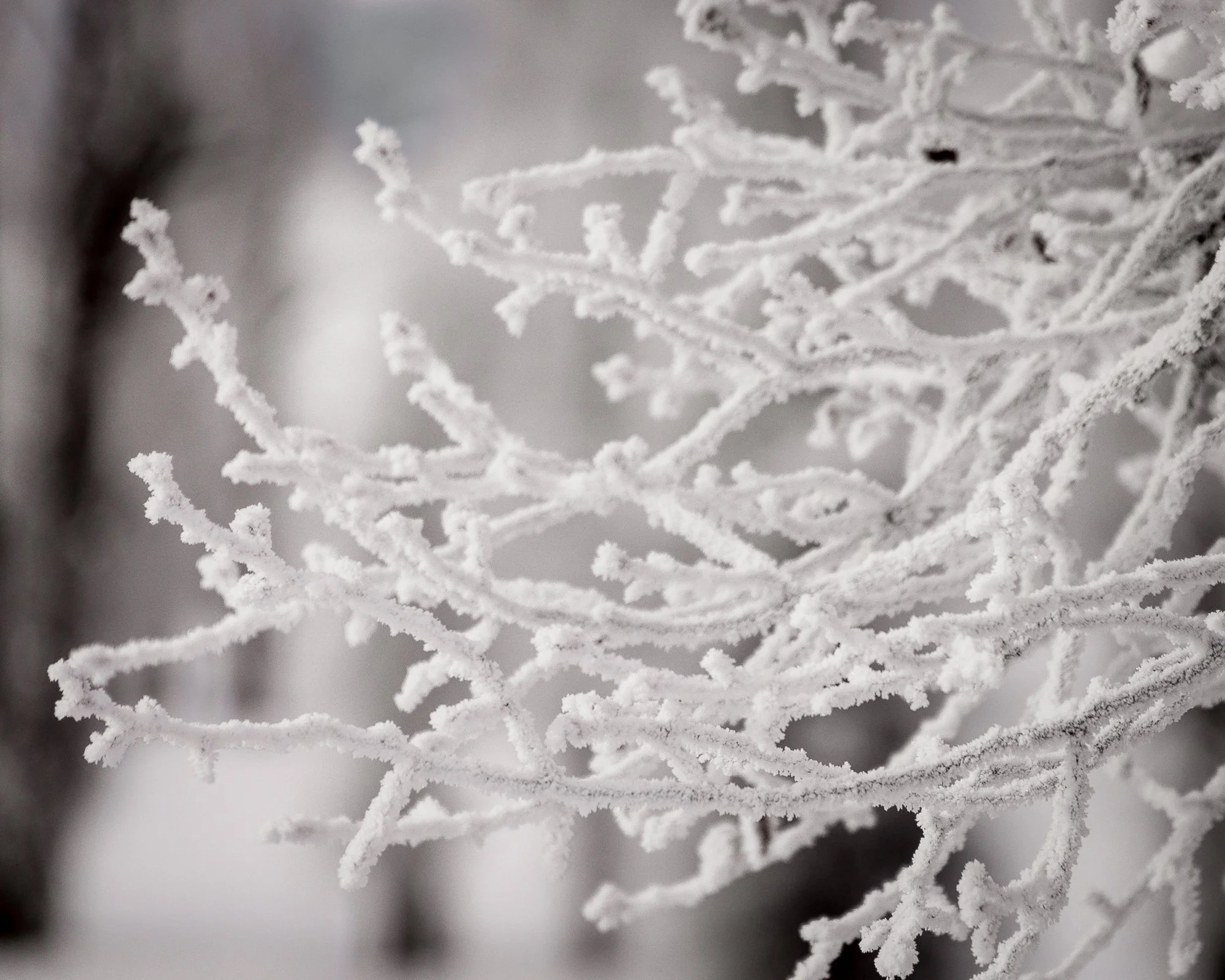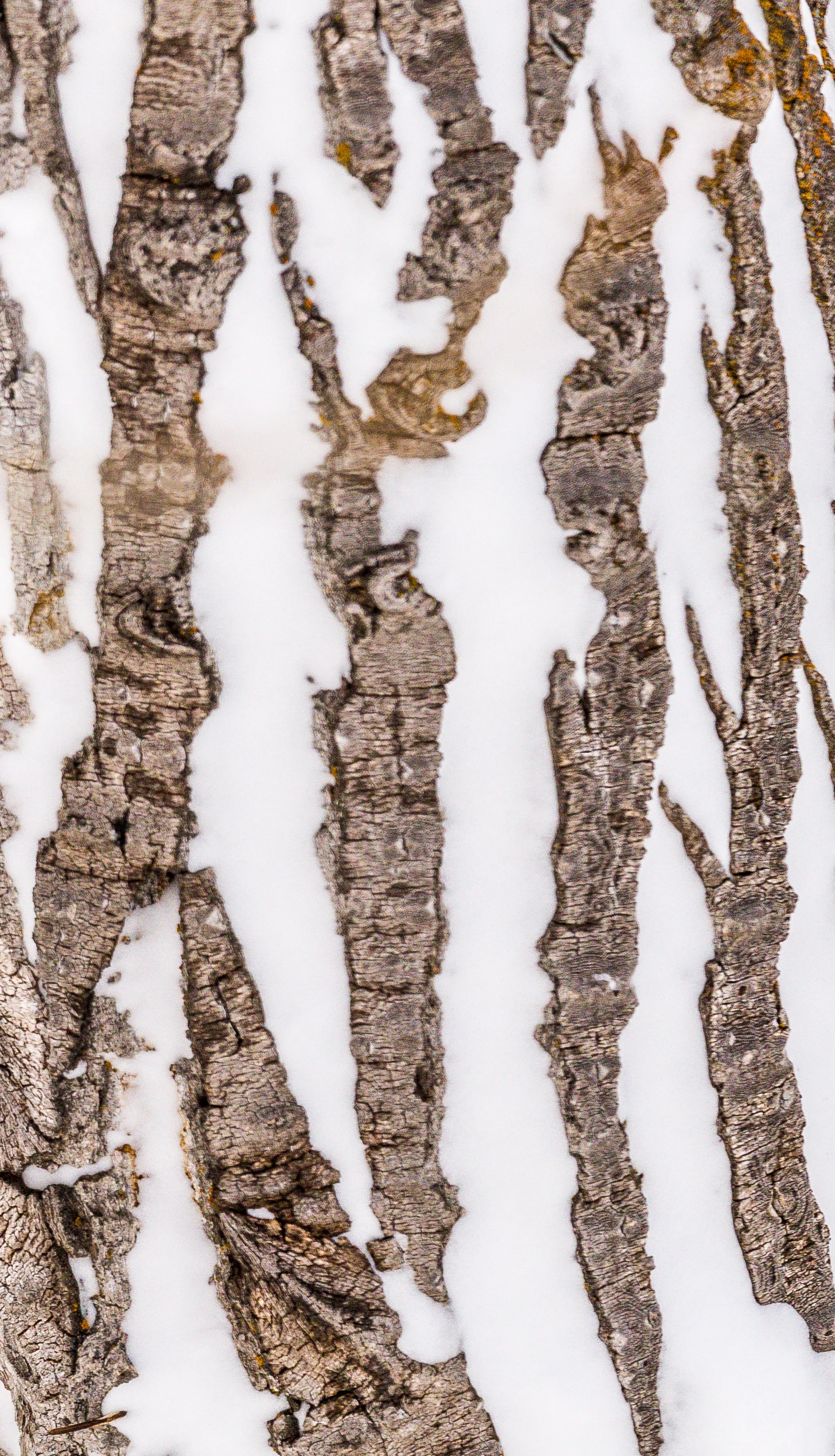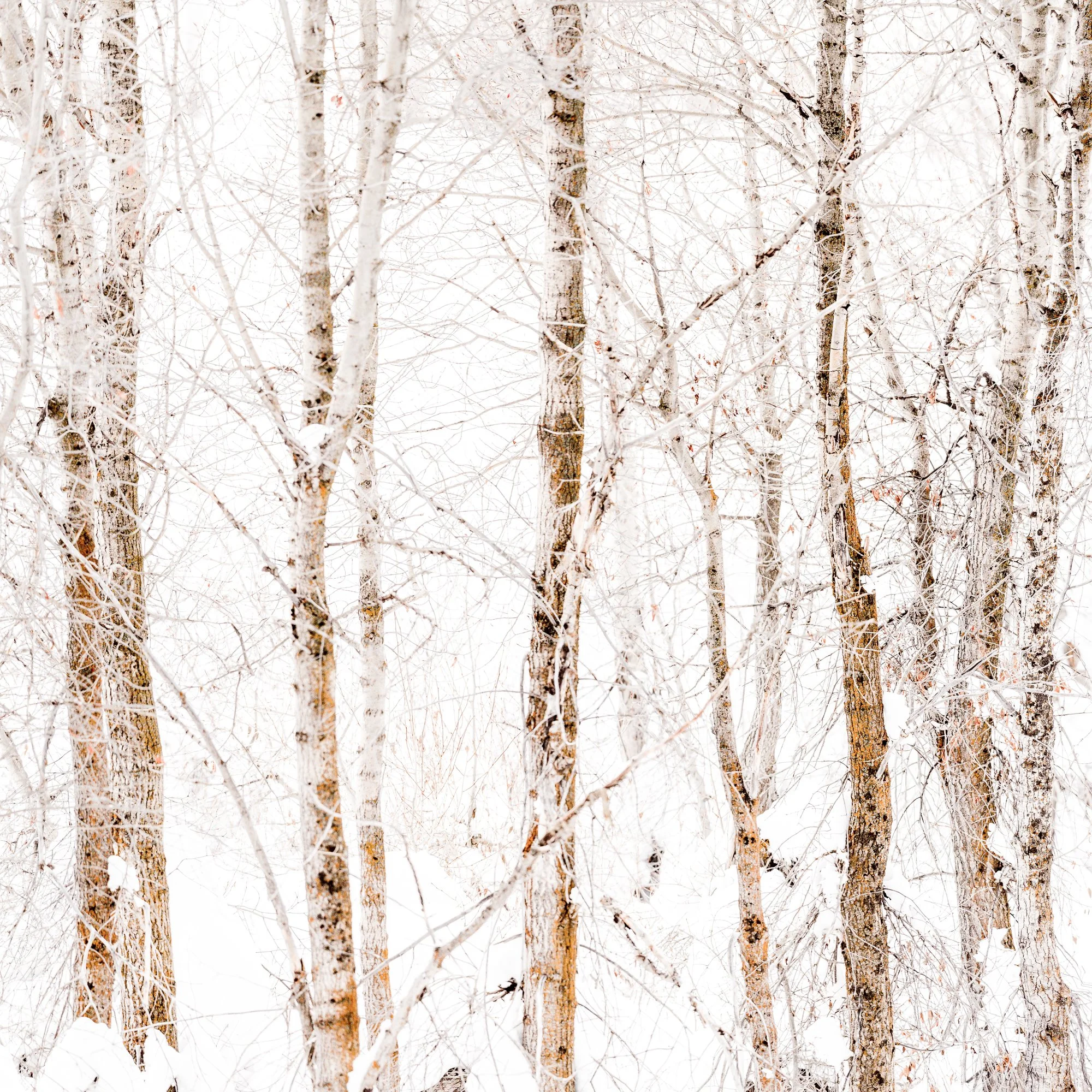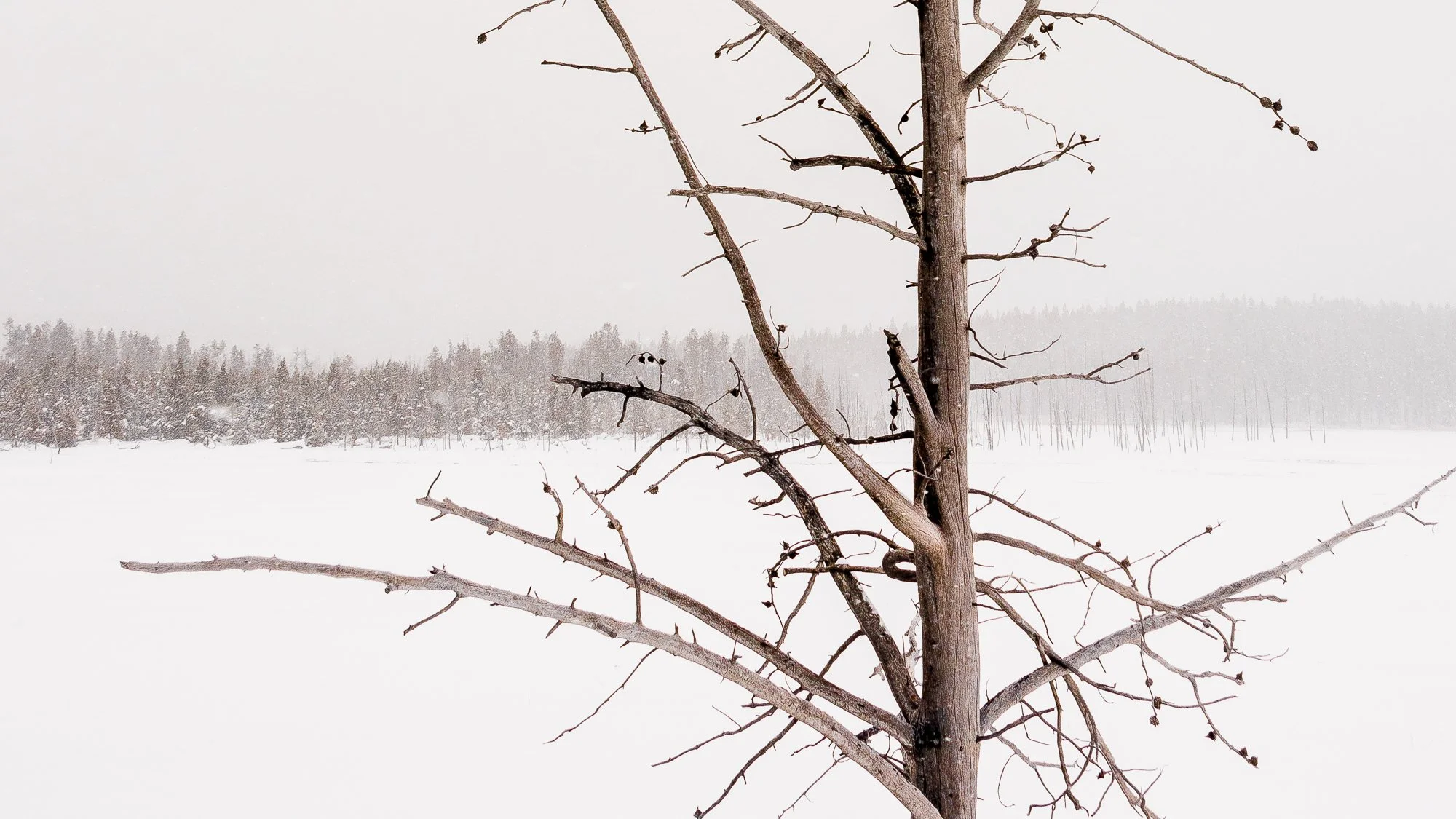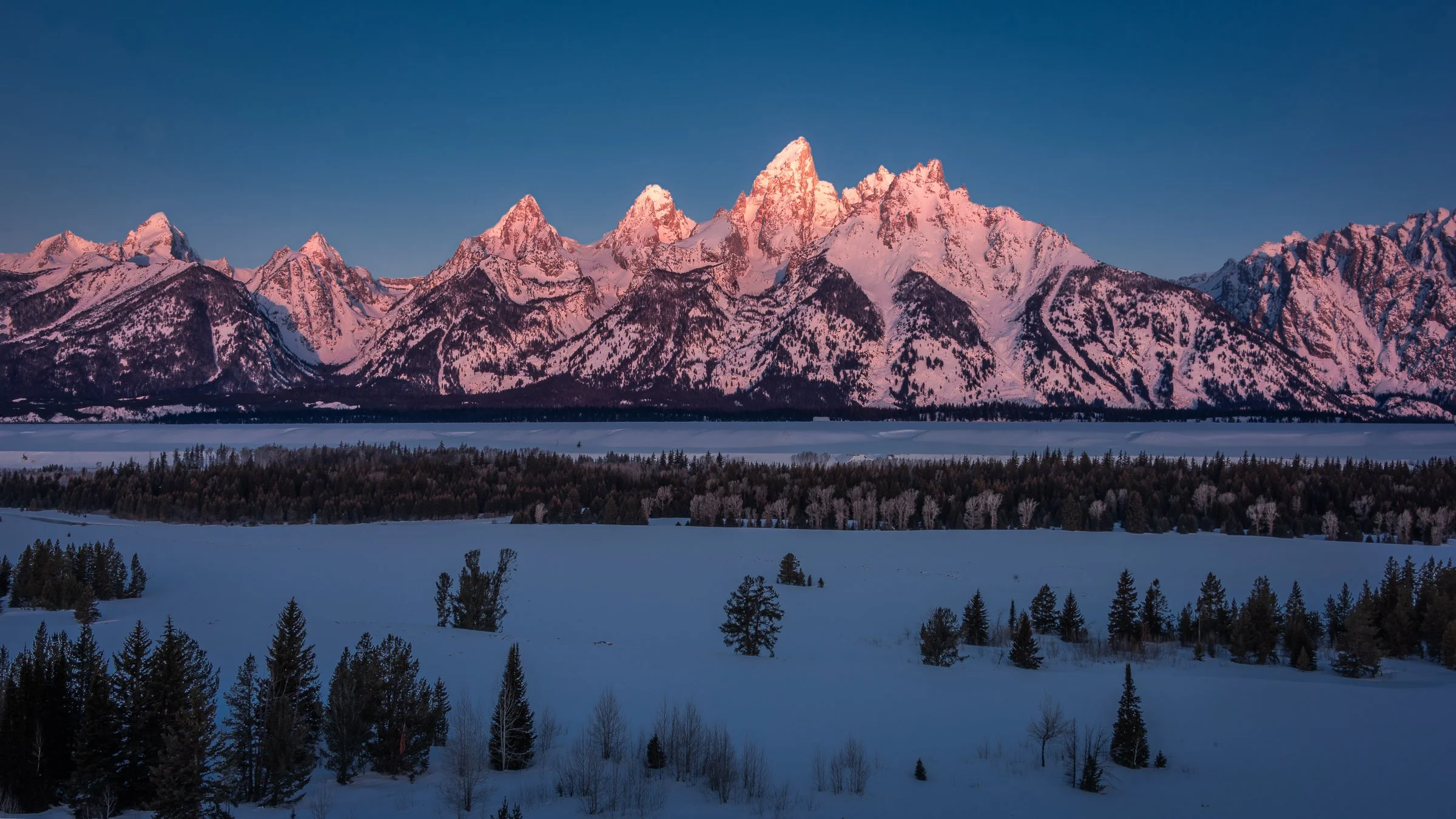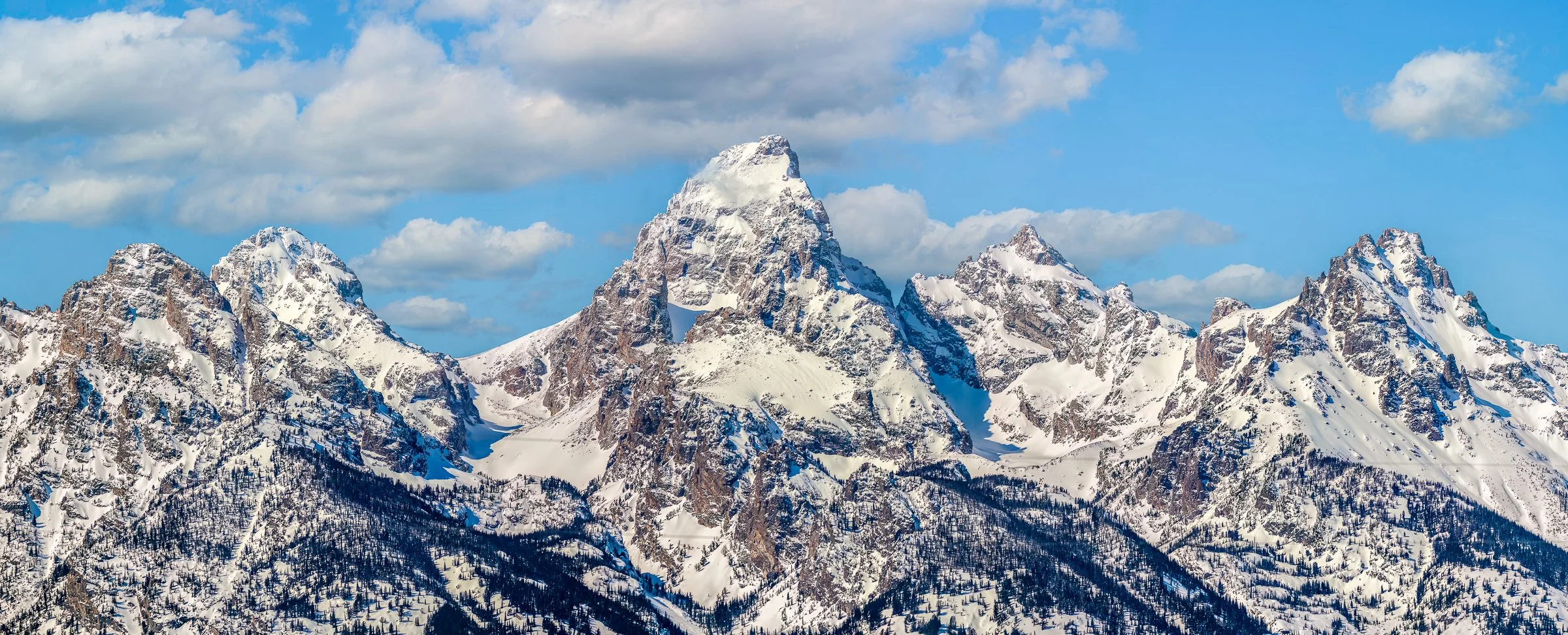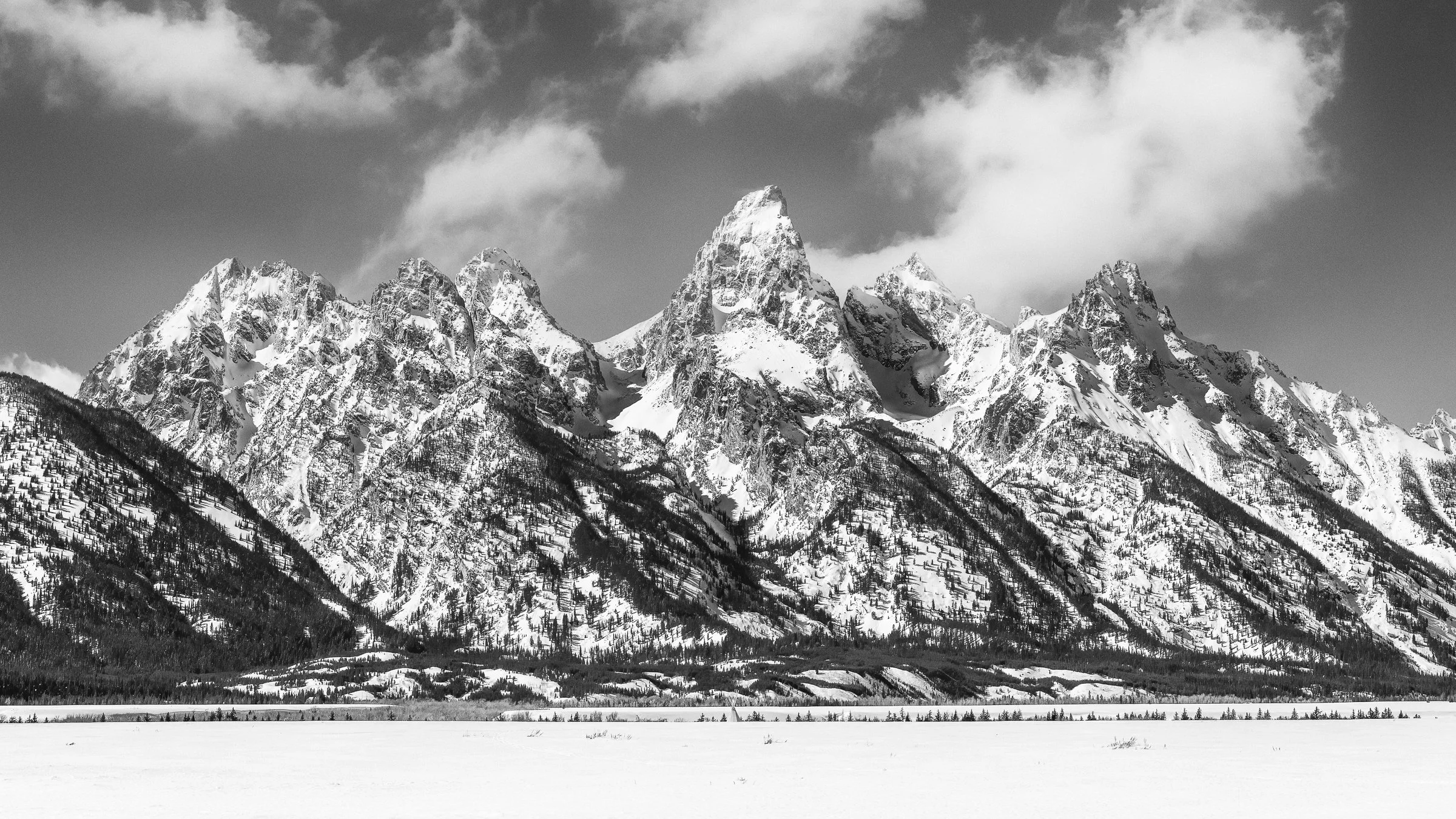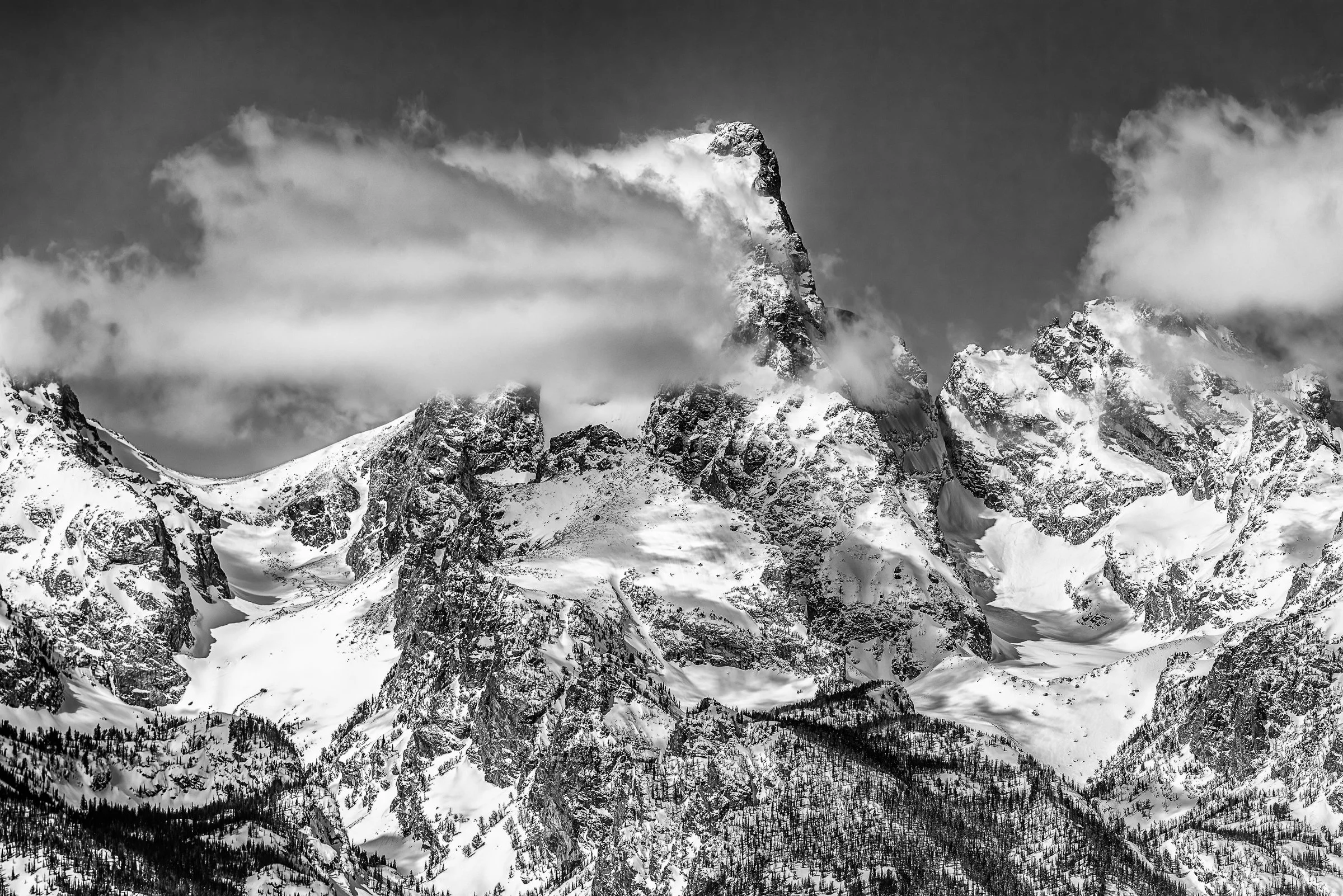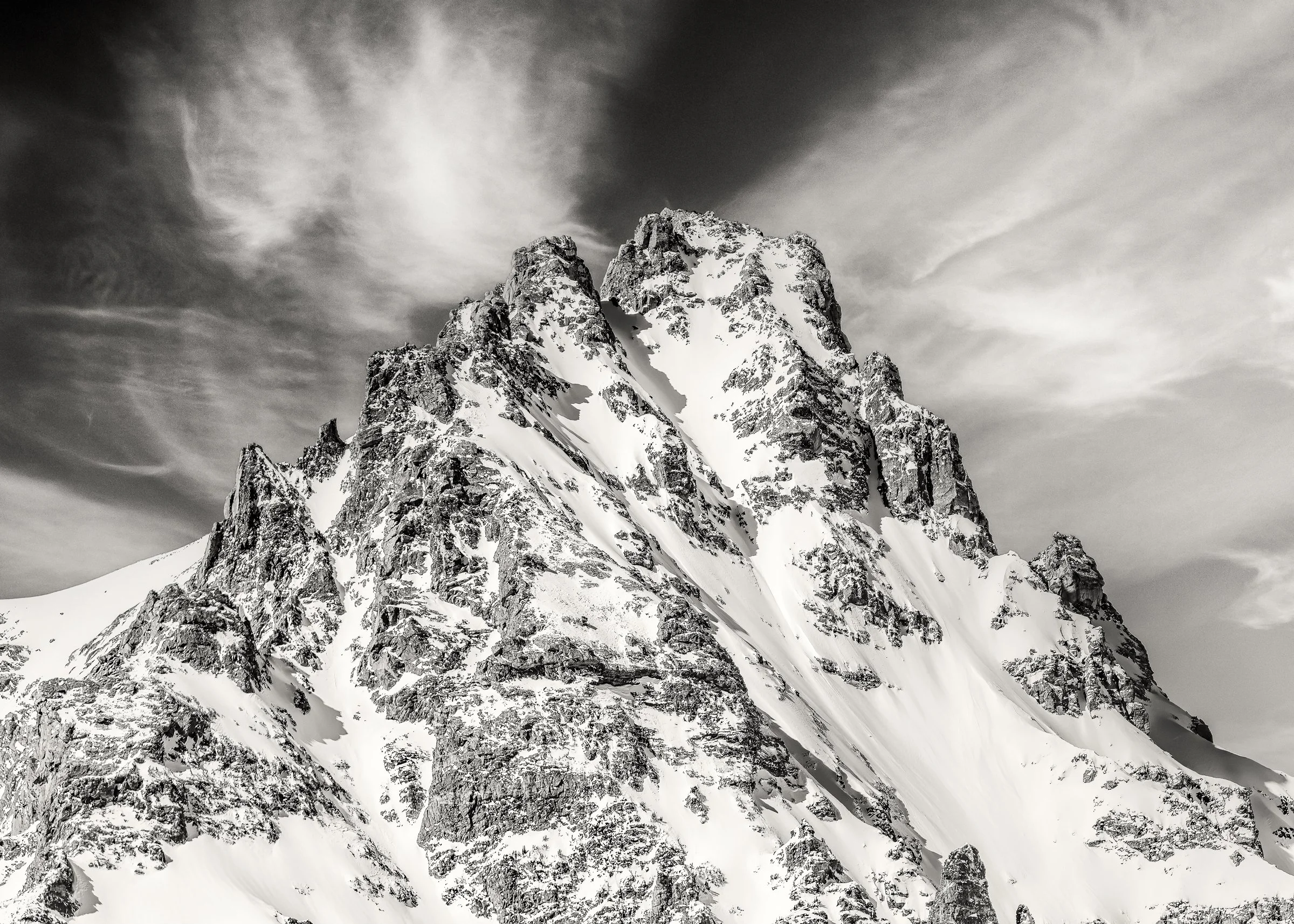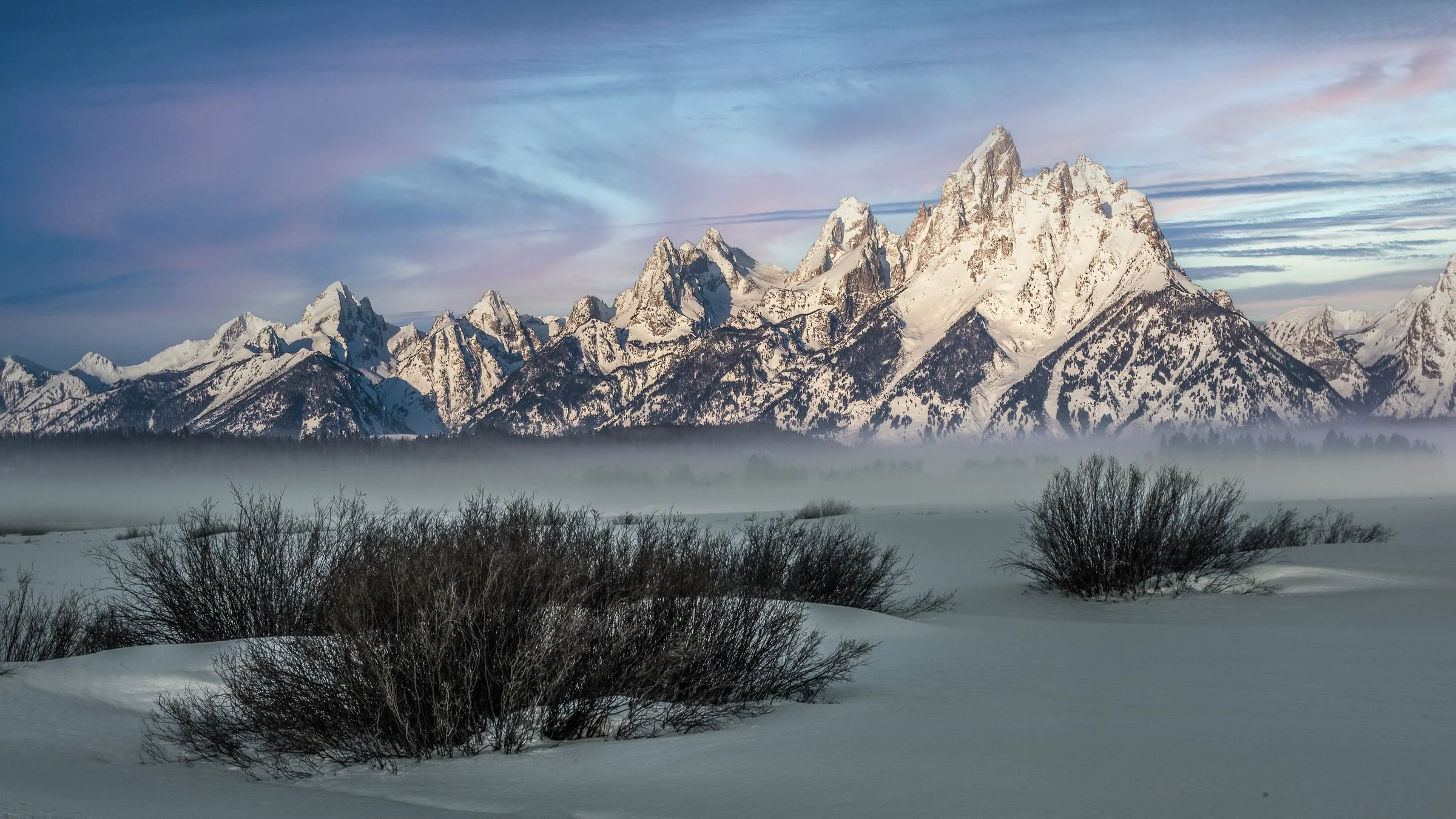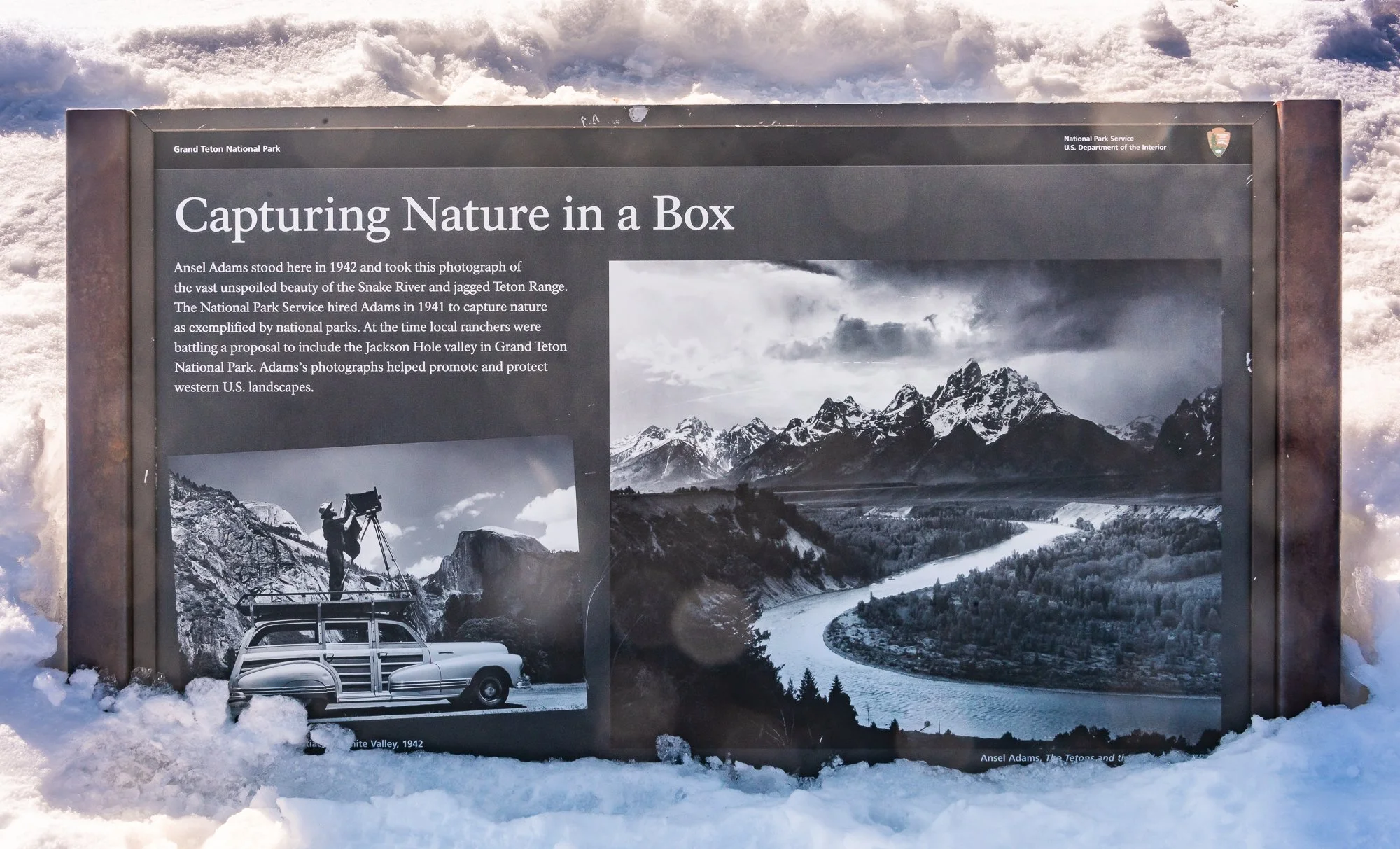YellowstoneInWinter
Yellowstone & tetons in Winter
Yes, you can certainly visit Yellowstone National Park in the winter (as well as Teton National Park), and it is well worth it if you are interested in seeing the wildlife of the parks.
We have had many summer, fall and winter trips, and the winter trips provide much more wildlife viewing than in the other seasons. You will be able to confirm that from the photos below.
My first Yellowstone winter trip was in January 2019, and was gifted to me by my wife, Ellen. The second trip was in March of 2023, with my son joining me. Both trips were wonderful and very productive for photography, as you will see from the photos.
Having just returned last week from four fall days in Yellowstone (September 2024), I can certainly testify that wildlife is much more abundant in the winter…and the animals are close to the very limited roads that one must travel.
My Two Winter Yellowstone Treks
For my 2019 trip I used the services of Brushbuck Wildlife Tours in Jackson, WY. Ellen arranged the 4-day “Winter Wolf Tour” and the 4-day “Grand Teton and Yellowstone Tour” (covering the Teton Valley and the West Yellowstone to Old Faithful route mentioned just below) back-to-back. My driver and guide for both of those tours was Daniel, and he did a fabulous job of spotting wildlife for us.
For the 2023 trip with my son Dale, we self-drove back-and-forth along the Mammoth Hot Springs to Cooke City route, staying in historic Cooke City and in Gardiner. Then, after making our way to West Yellowstone, we used one of the snowcoach tours for our Old Faithful adventure.
Only one drivable road exists in Yellowstone in the winter. When entering Yellowstone from the north through Gardiner, Montana, you are allowed to drive your vehicle between Mammoth Hot Springs and Cooke City using the Grand Loop Road to Tower Junction, and then US Hwy 212 to Cooke City, MT. Because the mountainous highway east of Cooke City is closed in the winter, the 80 nice folks of Cooke City and us tourists find the road to and from Mammoth Hot Springs plowed and well maintained. That provides great scouting for those seeking wildlife along that stretch of road, which travels right through the beautiful Lamar River Valley. Teton National Park has much more drivable roadways in the winter.
Here, you can see the road just mentioned, above.
Take a snowcoach to Old Faithful. Another way into Yellowstone NP in the winter is from the town of West Yellowstone, MT. One must either take a guided snowcoach or ride a guided snowmobile between West Yellowstone and Old Faithful Village…and this is a wonderful trip in the winter. You feel that you are just floating along the snow-covered highway on specially designed, extra-large tires. Or, there is the classic, red Bombardier tracked vehicles, if you prefer. You will see photos of both below.
Enough talk…let’s see what there is to see in Yellowstone and Teton national parks in the winter. The photos from both the 2019 and 2023 trips are intermingled with no attribution as to which trip they document.
TABLE OF CONTENTS
YELLOWSTONE NATIONAL PARK
American Bison (aka buffalo)
Bear!
Elk
Coyote
Fox
Wolves
Bighorn Sheep
River Otters
Birds of a Feather
Moose
Snowcoach Ride to Old Faithful
Barronette Peak
GRAND TETON NATIONAL PARK
13. The Peaks
TWO PARTING SHOTS [With a very special announcement]
NOTE: To view the photos, please click on the first image in a multiple-photo gallery, and then use either your computer’s arrow keys or phone-finger-swipe to advance to the next photo.
When you cycle back to the first photo of a gallery of photos, click on the “X” in the upper right.
I hope that you view the photos on your computer, as it gives you a much more immersive experience.
YELLOWSTONE NATIONAL PARK
American Bison
You can call them bison, or you can call them buffalo, but do not get too close. Each year several people are injured because they do not heed the signs to stay well away.
A WORD ABOUT CLOSENESS: You will see many photos of wildlife that look as though I must be standing right there next to them…this is not so. A 600mm lens in my kit lets me get up-close-and-personal without actually doing that.
An artistic effect has been applied to this photo
Here you will will see several photos of the bison/buffalo with their head nuzzled down in the snow. This is the way they must graze in the winter. They bulldoze the snow away with their head until they get down to the grasses below. Our guide told us that this is why they have that large hump of muscle on their back…it’s about their winter survival.
I mentioned above that wildlife seems to be closer to the road in winter than in summer. Perhaps it is because the roadway offers a much easier transportation route for them.
Here you will see a bison/buffalo walking down the road for a bit before he plows his way back into the forest.
Snow-covered bison/buffalo…this is the quintessential winter image of these fascinating animals.
It seems that our winter-enduring friends came up with an exit strategy as this meandering herd farewell path would suggest.
Here we see the path of a large herd of bison
Right now you are probably asking yourself, “Were all of those horned creatures male? Are there no female bison?” There was a mix of both genders, as both females and males have horns. The diameter of their horn where it meets their skull is the giveaway…this according to a couple of our guides. I find it difficult to distinguish the difference if two are not standing close to each other. There are other ways to tell the gender, but I will not go there.
2. Bear!
Are there bear in Yellowstone and Tetons? Yes, there are. Mid-march is when the bear come out of hibernation and begin their search for winter-killed bison, moose, elk, coyote, or whatever meaty animal has perished during the winter. There are both grizzly and black bear in residence. Most of the photos below are of the grizzly variety, like this first fellow.
An artistic effect has been applied to this image
Might the sign below be a warning to be bear aware? Yes, it was. And, we would not have even seen this sleepy fellow if a couple of cars had not been pulled over with their occupants busily staring down the slope. We thought it was an empty hole…until that sleepy bruin stuck his head out to see what all the hubbub was about. This is a photo from the March visit, and he is ready to come out to begin filling his belly.
Let’s start with a stare-off to see who blinks first…
Well, who would have thought?!
In the next set of photos, these two grizzly have a talk to decide who will be alpha and who will be beta.
WARNING: Claws are coming out!!!
Hey, let’s give these folks a little show
In the end, all is well…and they prove it with a real-life bear hug.
And it ends with a true bear hug. Sweet!
Being a bit clairvoyant, I know what you’re thinking right now. And, that’s this: “Did Steve actually take these photos of two grizzlies in the wild?”. Well, yes and no. Yes, I did take the photos. No, they were not in the wild. In the small town of West Yellowstone, there is a wonderful facility called the “Grizzly & Wolf Discovery Center”. Both summer and winter visits have made it clear that winter offers a much more wild-like and isolated view of these bruins…the same for wolves, which you’ll see later.
The seven bears in residence at the time of this writing were captured and brought here to spare their lives…most from Montana. The usual circumstance is either the death of the mother when they are cubs, or they become dependent on human communities for food, which makes them a threat more than just a nuisance. These are not small bear by the way…Coram tips in at 800 pounds.
3. Elk
Once again, a 600mm lens let’s us get close to these majestic animals.
Did you know that elk have prominent eyelashes? I certainly didn’t…but here’s proof.
4. Coyote
Wylie Coyote has left the desert in his frustration with the Road Runner, and here he is in winter Yellowstone. He looks a bit lonely, but love awaits in the spring…as the last photo will testify.
Wylie Coyote now seems to have settled in with contentment. No more need for that Acme dynamite nor wrecking ball. That last photo in the grouping above shows that he has hooked up with no other than Cyndi Coy Ohtee of howling fame. You will see her howling group just below.
Cyndi is the one in the middle with her legs femininely crossed. They just finished a cover of “Howl Me to the Moon” by Bee B. Coyotee.
All kidding aside (yes, I was kidding), my son Dale and I encountered that group in Teton NP during broad daylight at about 2 o’clock in the afternoon…and they were indeed howling away. It might have been primitive instincts, but I did feel a chill going down my spine as they sang away.
Are they carnivores? Do they eat winter-killed elk and bison? Yes…see for yourself…
Go ahead and get on in there Wiley!
I was able to take numerous photos of Wylie coyote as he went to and fro…and he was definitely keeping an eye on me, too. So, I just placed him into a solo tableau to save space. It looks to be a male coyote, doesn’t it?
5. Fox
From Wylie Coyote to Sly Fox. Such beautiful creatures. Its as if this one was dropped right from a kid’s fairytale.
It looks as though someone might have passed by this tree before.
Well he’s off! Must be about lunch time as he seems to be licking his chops!
Finally, from the Teton valley we see that this one is both sly, and shy. Who made those tracks in the snow? I’ve cropped the photo a bit so that you can see for yourself.
6. Wolves
Coyote, fox, and now wolves.
We encountered wolves in the natural environment, as well as the aforementioned Discovery Center. However, as you will see, actually seeing wolves in the wild is different than just looking at a spot where we are told that wolves are located. Let’s start off with locating wolves in the wild.
The first two photos are of two different wolf locating crews. The antennae they are holding are essential in finding the wolfs’ location…as you will see in a moment. As they drive the well-maintained road with the antenna held aloft, whenever they get a tone in their headphones, they stop and pinpoint the wolfpack direction. A small number of the wolves have been tranquilized by sharpshooters in helicopters and then radio-beacon collars you can see in the third photo are attached.
Now the fun begins. The only information they have is the direction. The photo below has a red circle showing you the location of the now known wolf location. Can you see a wolf within the red circle? Nope.
Image is from Google street view
High-powered spotting scopes are brought out on their tripods and the search begins. The wolf docents use their trained eyes to find the wolf pack and then we can each take a look. Here you can see my son Dale getting a general idea of just exactly where the wolves are hanging out. What he is looking for in the spotting scope are landmarks, like a large rock or identifiable copse of trees.
Next, we train our camera’s telephoto lens in search of those landmarks…checking a photo or two on our camera back to see if there is evidence of a wolf or wolves.
Hmmm. Not sure. Maybe. Is that black dot a wolf? Only by taking a number of suspect photos can you see that yes, indeed, there is something moving there…the images change a slight bit from one shot to the next.
Here are two photos of those moving dots. Those are wolves and they are 1.3 miles away using the Google map distance-measuring feature.
Here are some “wolf dots”. The proof is the movement of the wolf-dots.
Here is another photo showing the location of a pack of wolves. That red circle is 2,660 feet away…almost exactly a half mile. Now, we are a “lot” closer. So we should be able to actually discern wolves as more than “wolf dots”.
Image is from /google street view
Yes!!! We have three or four actual wolves in the wild playing lazy dog on a warm March afternoon.
Now, as special treat, we are going back to the Discovery Center to see well-cared-for wolves in a natural environment. I love the fact that the wolf caretakers bury food in the snow so a wolf can use its wolf skills to ferret out the morsels. These are truly some of the most beautiful of God’s creatures.
And, like our dogs at home, they enjoy play with each other. And, they seem to even share concern for how one’s friend is doing.
And, there’s even time for an afternoon snuggle.
The eyes have it!
7. Bighorn Sheep
You have to love these guys! Here you will see bighorn sheep from adolescents to mature sheep. And it seems they are almost always standing on a slope.
Here’s an adolescent giving it a go to retrieve a tender morsel…or maybe it’s just a mouthful of grass.
Take it home and eat it later, maybe?
8. River Otters
Now it’s time for a bit of otter fun. These little torpedo-like guys love to slide down snowy slopes into the water. They are silky smooth in their motions and oh, so graceful when in the water…or out, for that matter.
Because I can, and I enjoy doing it, I once again take several images of these little fellows and put them into one composite photo. Here you see the same three otters as above taken from the many photos that I snapped while they were playing…at least it seemed that they were playing, and I’m not sure what they were trying to accomplish if they were not.
Can you find the three otters above in the composite below?
I title this photo, “An Otterly Fine Day for Fun”
An Otterly Fine Day for Fun!
If you would like to have an otter of your own, you can “adopt” one from the same “Grizzly & Wolf Discovery Center” shown above. Just click HERE to start the “adoption” process. I don’t want to burst your balloon, but the adoption is to help support the river otters there at the Discovery Center. A worthy endeavor.
9. Birds of a Feather
Eagles abound in our American west national parks, with Yellowstone and Tetons not being an exception. Here are a few that I’ve seen along the way, both bald (like me) and golden eagles.
These Trumpeter Swans are reportedly the largest bird on the North American continent. They certainly are graceful as they transition from aquatic birds to birds of the air.
10. Moose …or is it Meese?
Ahhh, finally Bullwinkle…you do remember Bullwinkle, don’t you? And Rocky? Their long, gangly legs allow them to wade in water where they forage for aquatic plants. The large antlers of the male moose allow the doe moose to hang laundry to dry on sunny days.
I was wondering if moose shed their antlers. It seems they do. For proof, just do an internet search for “Ring camera captures Alaskan moose shedding antlers” and you will see it happen right before your eyes.
11. Snowcoach Ride to Old Faithful
There is a lot to see on this scenic ride. You can hitch your ride in the town of West Yellowstone, at the west entrance to Yellowstone NP. Be sure to plan ahead and make a reservation, as these are very popular trips. Here are a few of the vehicles one might hire…and you can’t just go in on your own, I’m told.
Stops are made at geyser basins, waterfall overlooks, etc. With the farthest point to the trip being Old Faithful Village, with old reliable Old Faithful geyser doing its thing. There is even time for lunch at the Snow Lodge, which is open all winter.
Here are a number of photos from along the way…and I’ll leave out the narration.
And now…Old Faithful And before you ask, yes that bison was right there.
12. Barronette Peak
Dale and I kept coming back to this view. A stunning, sheer mountain rising up as if from the snow. And, there are hidden surprises.
And, can you see that there are actually 6 mountain goats in the photo? They are below the two clumps of trees that look like eyebrows.
There are several frozen waterfalls that in photo, also.
Now I reveal the mountain goats. In the next photo they are a bit dingy in color.
13. Snowscapes
I close with the overall beauty of Yellowstone National Park in winter. Rather than calling them landscapes, as the “land” is not visible because of snow, I call them “snowscapes”. And, a prominent feature of the snowscape is often a solitary, or perhaps a copse, of trees projecting toward the heavens. And color? Yes, even in winter it abounds…particularly in the orangish willows along the streams.
TETON NATIONAL PARK
14. The Peaks
Teton National Park is know for the Tetons…duhhh. This is where peaks galore can be seen rising out of the Teton Valley. Beautiful in the summer, but glorious in the winter.
Last, you will see a beautiful sunset photographed from the famous Snake River Overlook that Ansel Adams made famous in 1942. You can see that over the 82 years since he made his photo, that view has vanished because trees have grown to obscure the river.
Two Parting Shots
The next photo was featured on the cover of a photo magazine a couple of years ago. I title it “Where Yellowstone Gets Its Name”. It was also an Honorable Mention in the Nature category of the “16th Annual International Color Awards” of 2023.
And, by-the-way, in case you haven’t heard, I was selected as The Photographer of the Year for the “17th Annual International Color Awards” of 2024.
Where Yellowstone Gets Its Name
The simple snow scene below is one of my favorite photos of the trips…it is such an iconic winter-wonderland scene that brings me peace and joy.
Winter’s Peace
I am very thankful that God has created such beauty, and that He has granted me the ability to spend time within it. If you would like information for planning your own winter trip, just ask.
Thank you for making it this far. This is it…The End.



